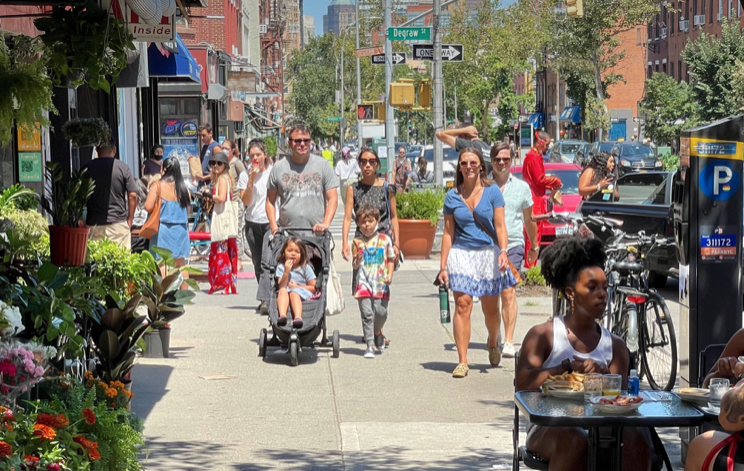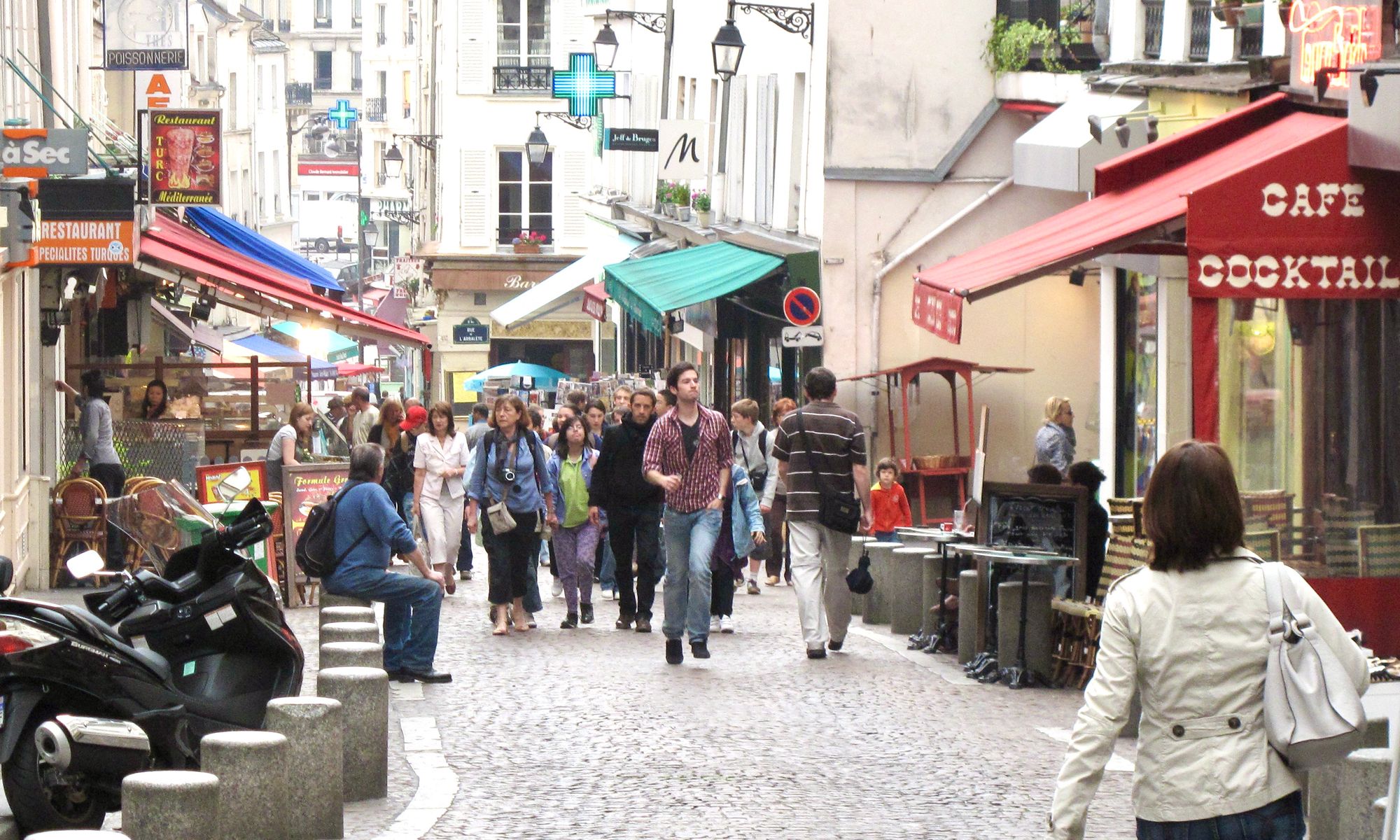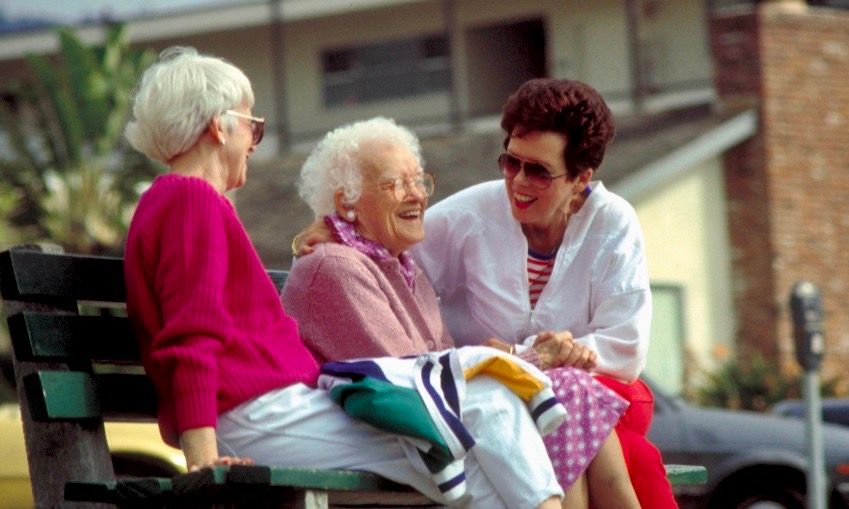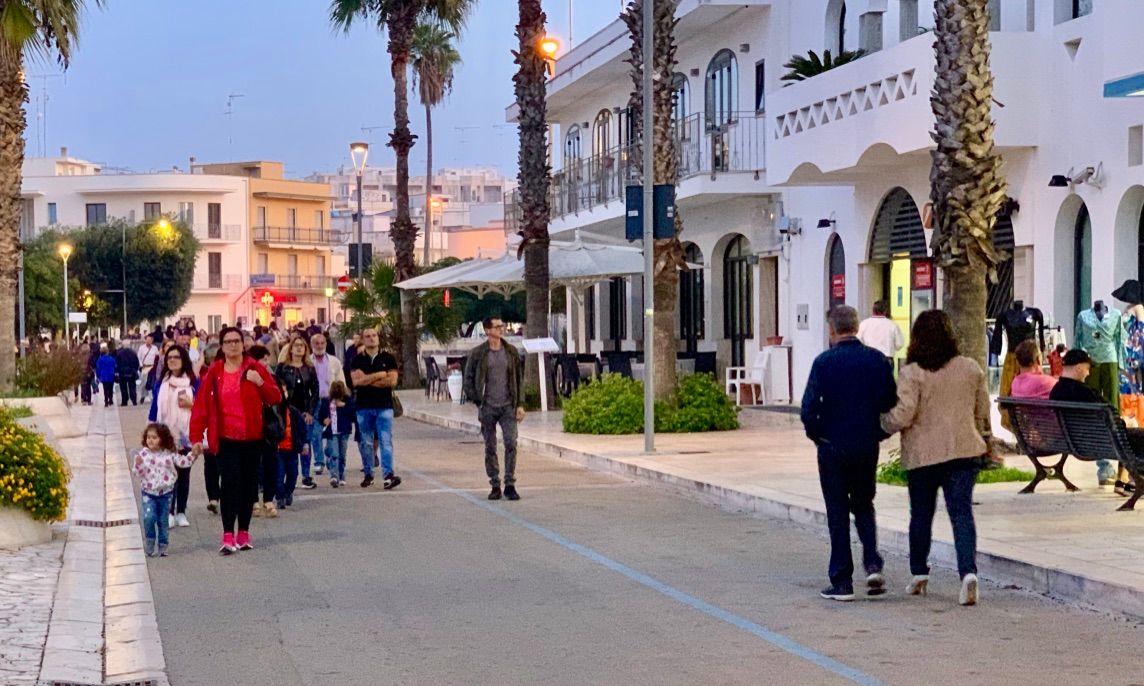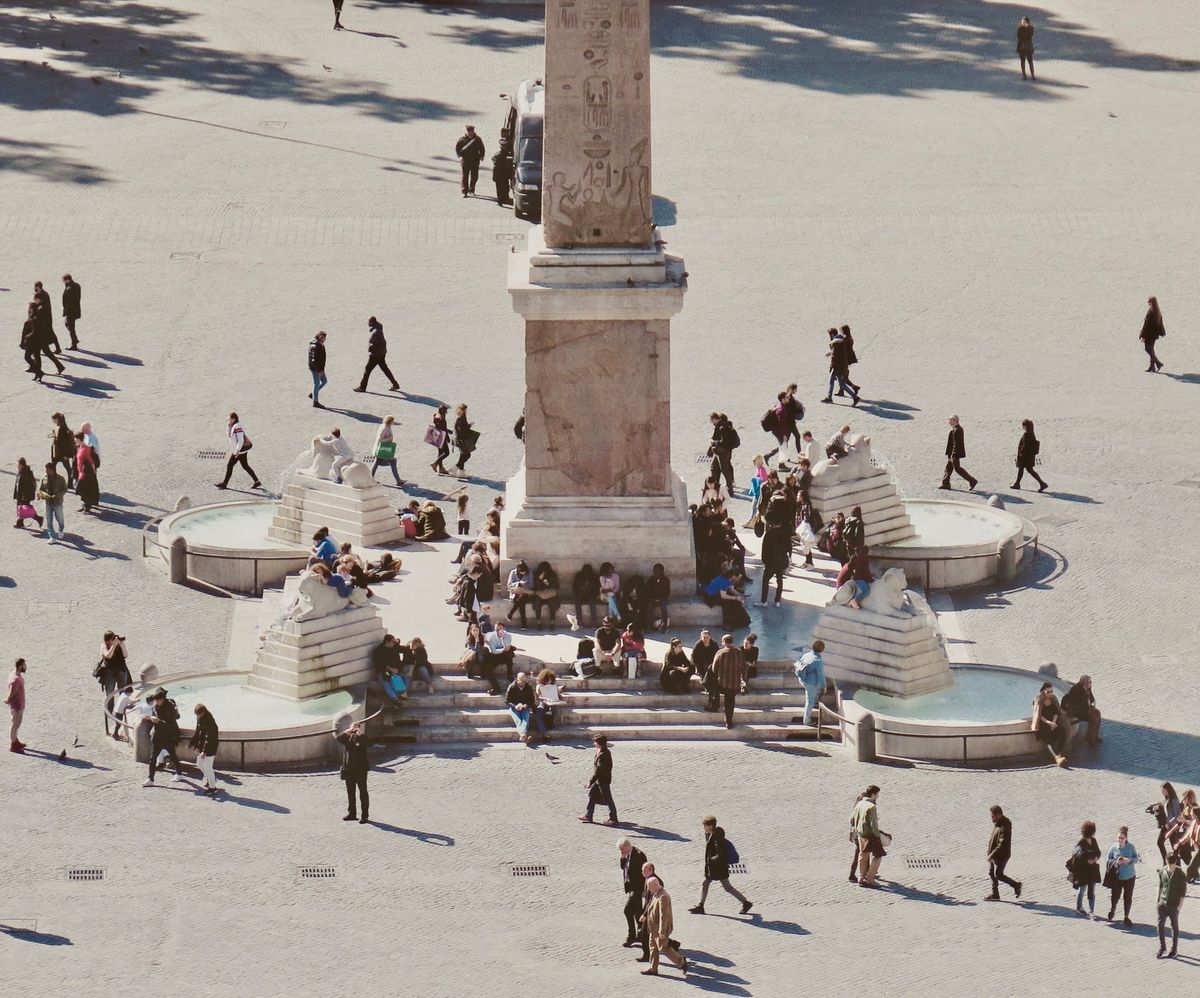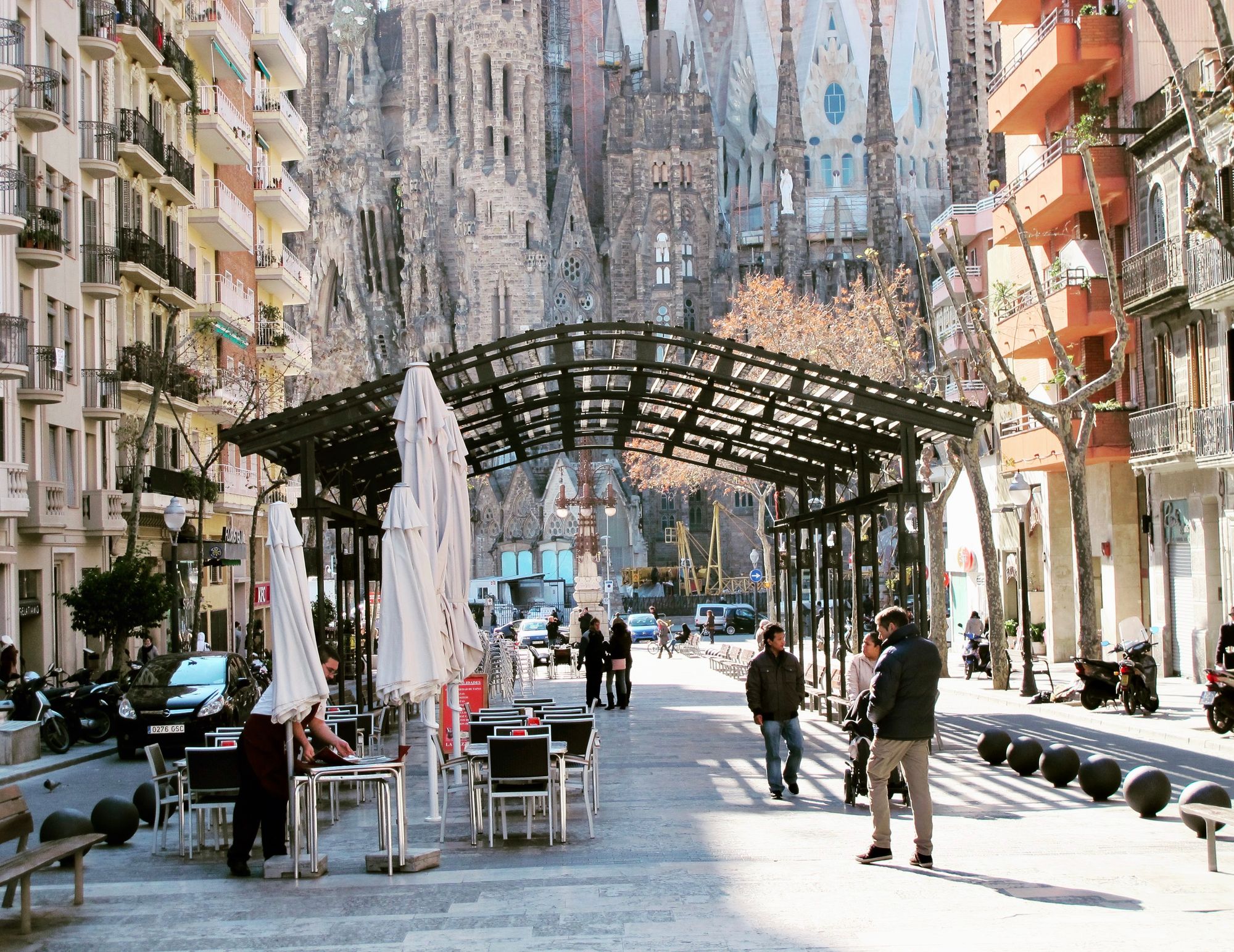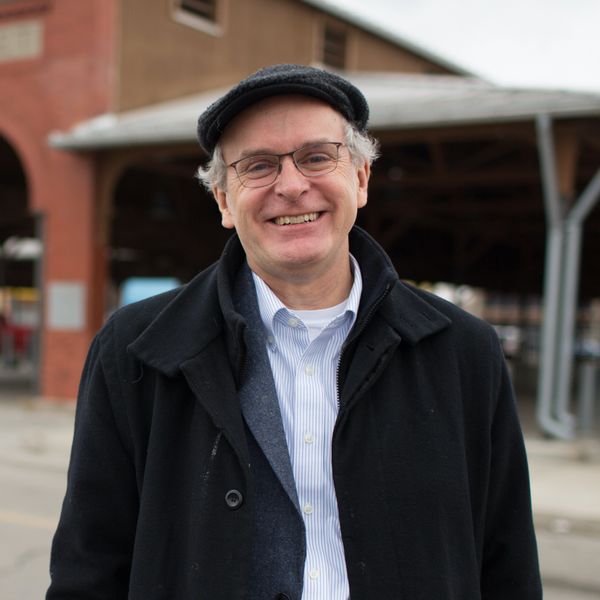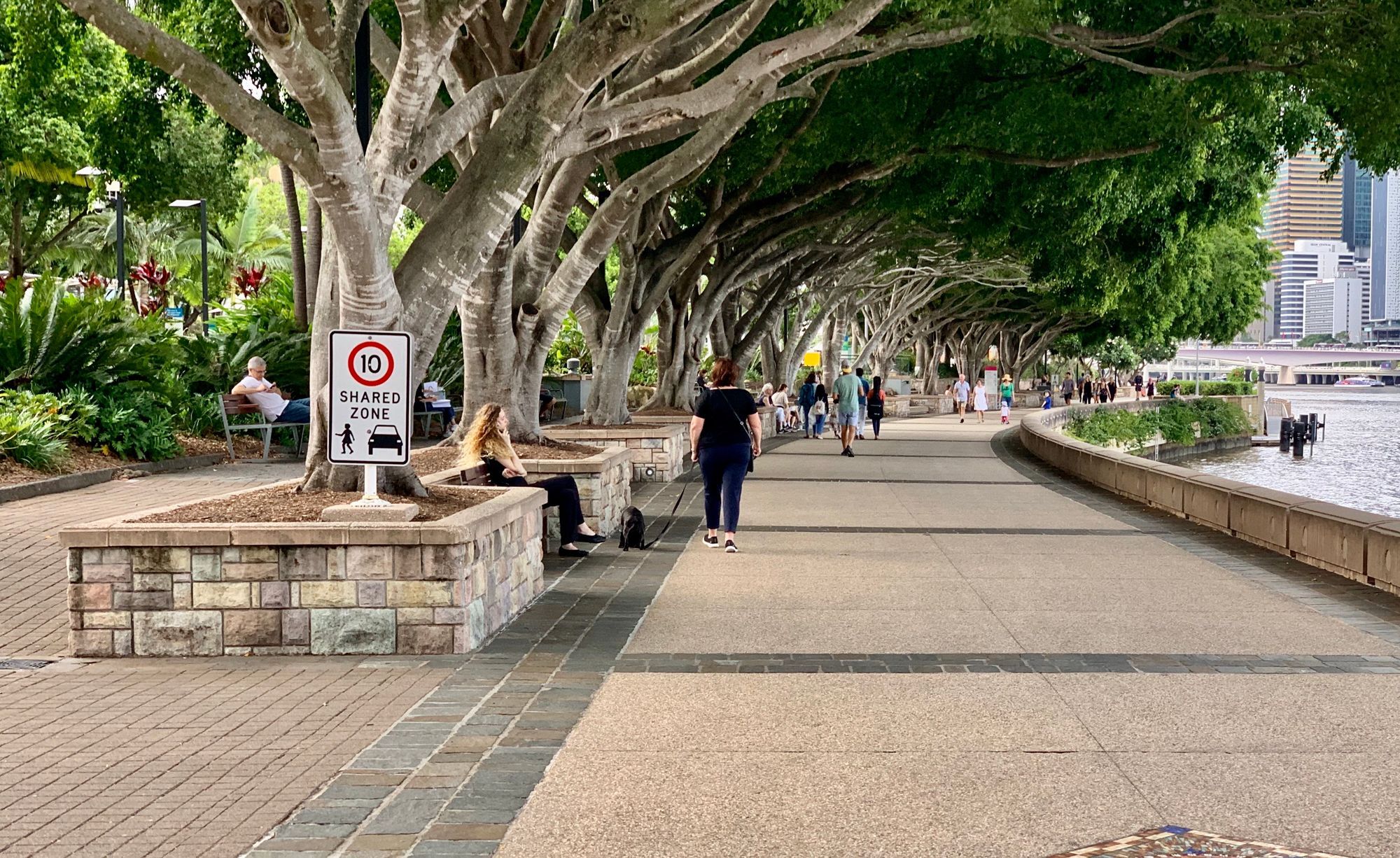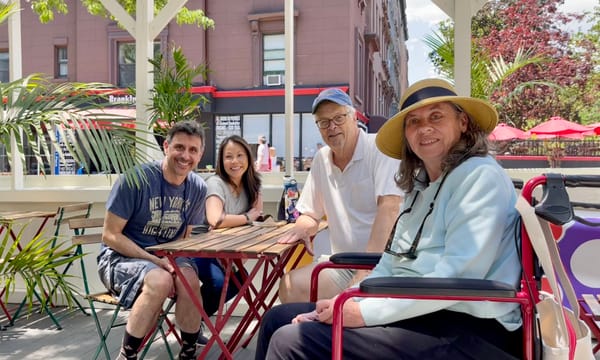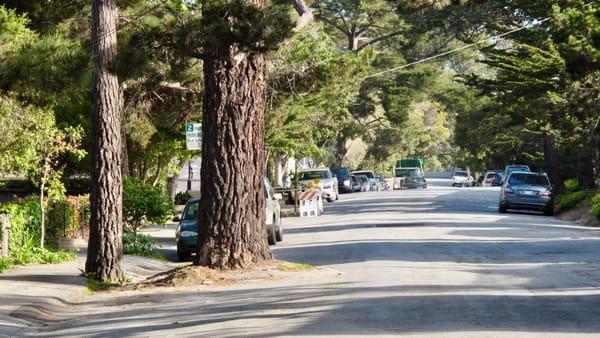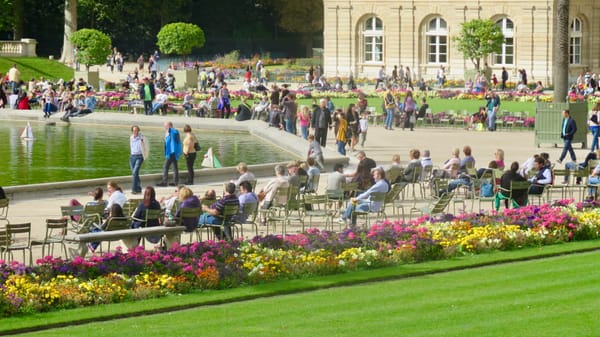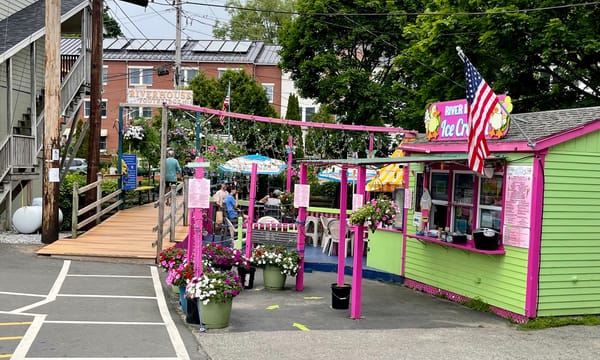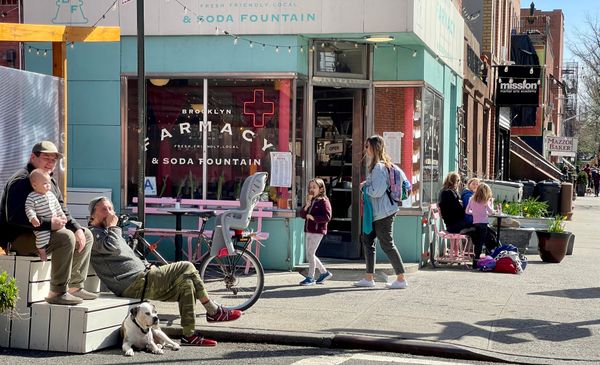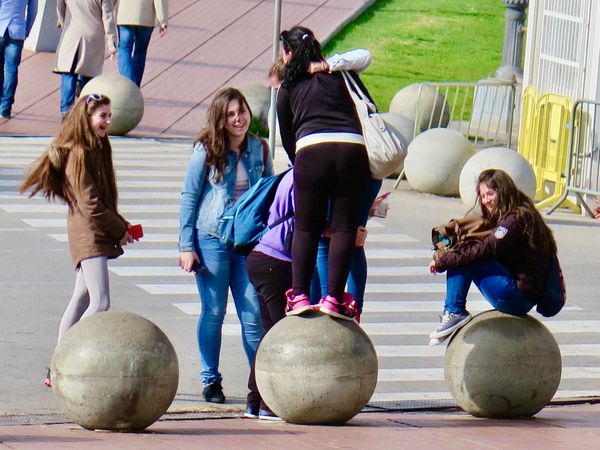Trees, canopies and awnings can support both Social Life and climate resilience.
It seems that summertime always brings up the conversation about the health benefits of spending time outdoors — and how we can make the outdoors accessible to everyone. Something that is often overlooked, but one that makes a big difference, is shade.
For public spaces, shade can be the difference between a comfortable place to hang out and a space that becomes nearly uninhabitable during the hottest parts of the day. People orient themselves around it – it can be a huge draw, in no small part because it provides thermal comfort and refuge from the sun. In this way, it is a natural supporter of social life in communities, allowing people of all ages to comfortably gather in public spaces.

But shade is not only critical for social reasons: It has a direct connection to mitigating and adapting to climate change. As we witness major climate-related catastrophes (excessive heat and wildfires have run rampant in recent years), it is clear that our communities need a plan to come to grips with these hazards. So where does shade plug in to all this? To give an example, one way to enhance health outcomes and well-being during heat waves is to ensure that public spaces are well-shaded – something often accomplished through the planting and/or care of street trees. These trees also have the parallel environmental benefits of improving air quality, absorbing carbon dioxide, and reducing urban heat islands.
So it makes sense that when we think of shade, trees are nearly always the first thought that comes up. Sometimes they are seen as an environmental strategy in and of themselves, but to go even further, pairing shade (whether from trees or otherwise) with walking and seating together is a powerful placemaking combination.
It all comes down to the fact that keeping people cool and sheltered from direct sunlight can be an integral part of a community's social life. That's why it is so important to get shade right in our public spaces. What we found from our past travels were scores of images of how shade works in our parks, our main streets and other special places around the world. Some of the examples surprised us:
Carmel, California — Making Trees a Priority
In Carmel, California, it seems that every tree has a sacred role throughout the community. They embrace intersections and give a unique presence to the façade of every retail shop or restaurant. In many cases, the sidewalks seem to be designed around them! The result: Streets brimming with character, providing passers-by with ample shade.
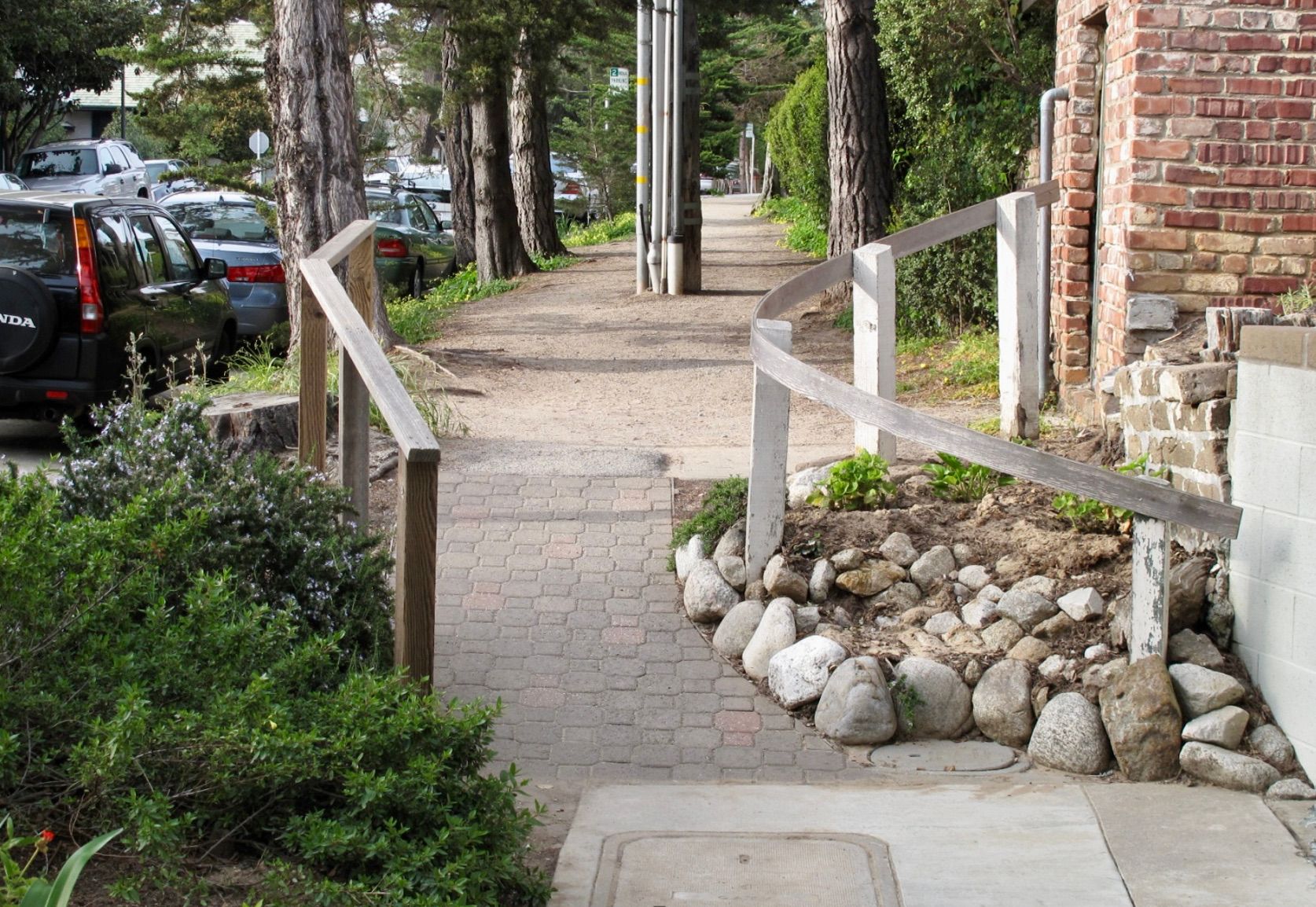
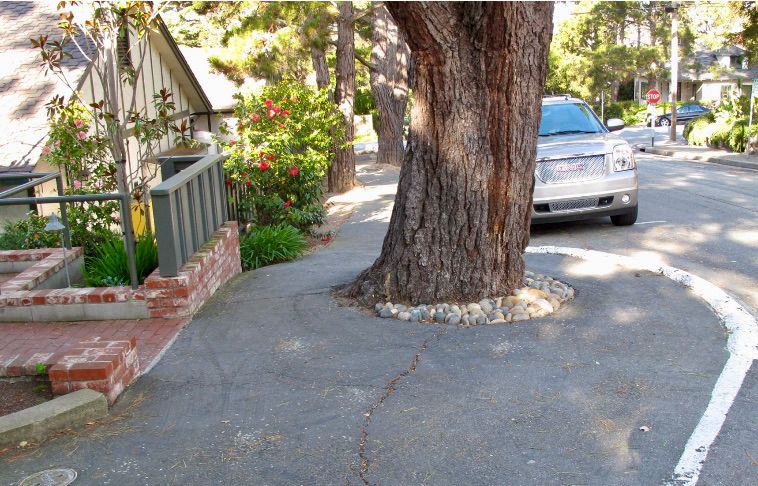
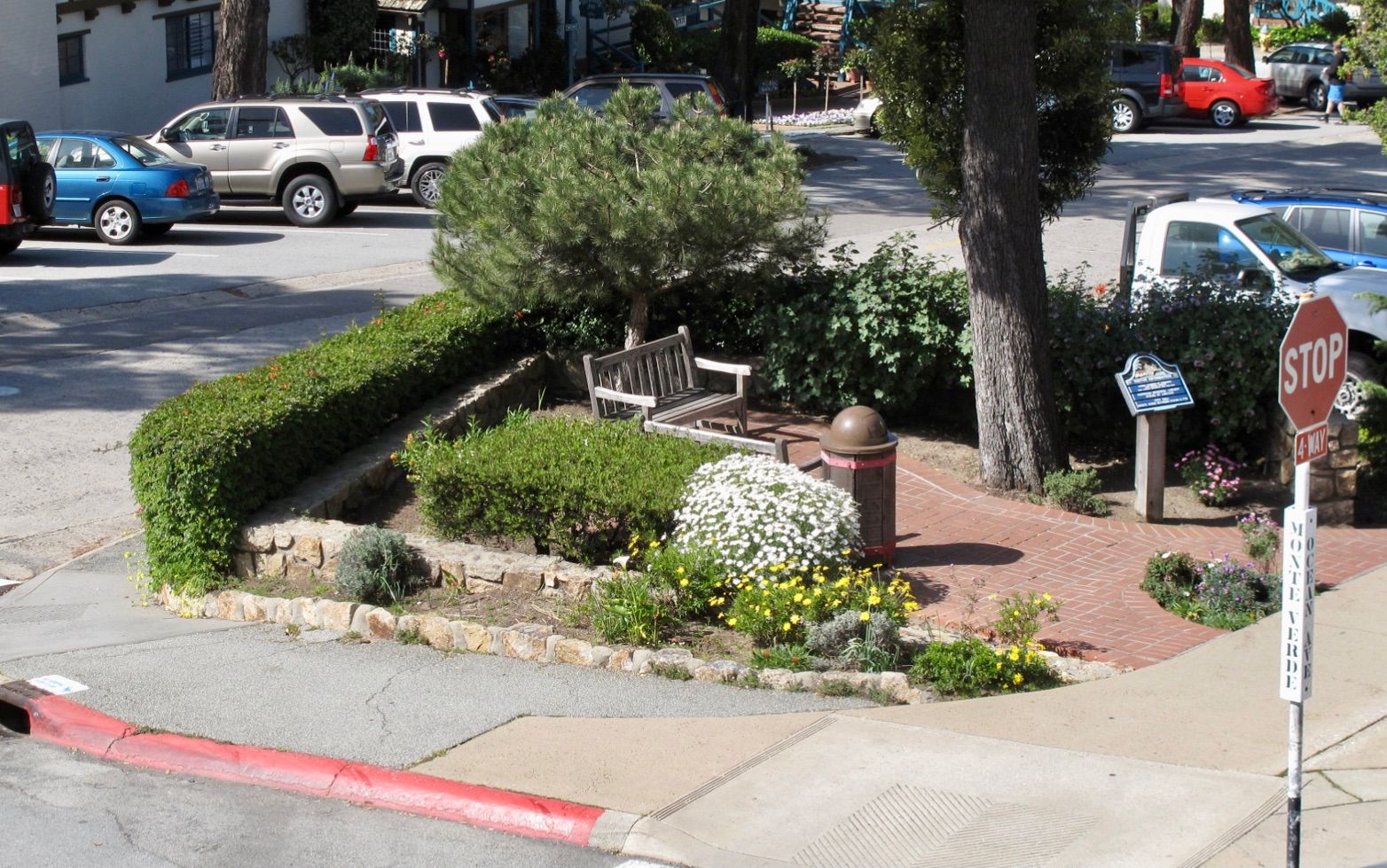
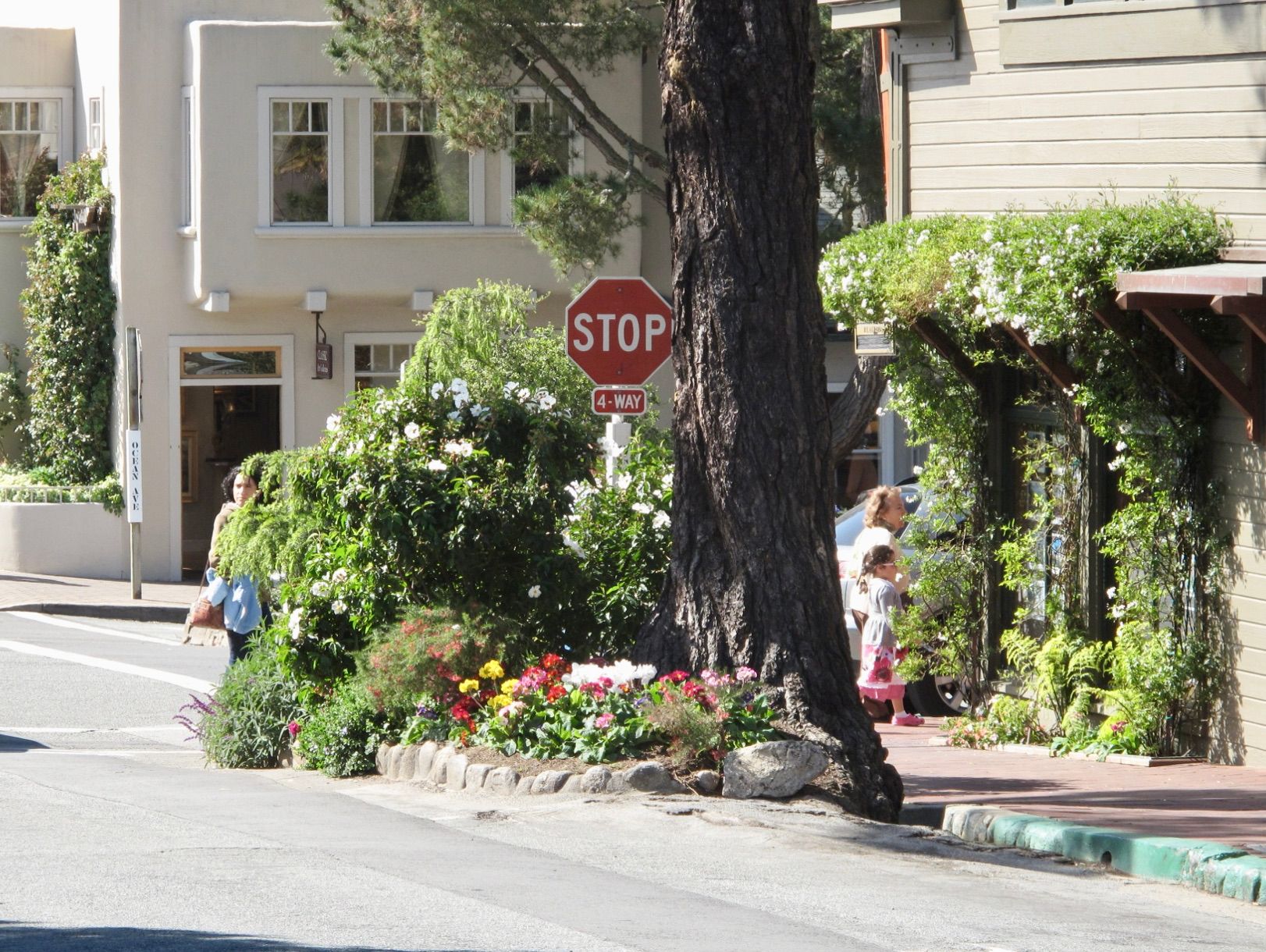
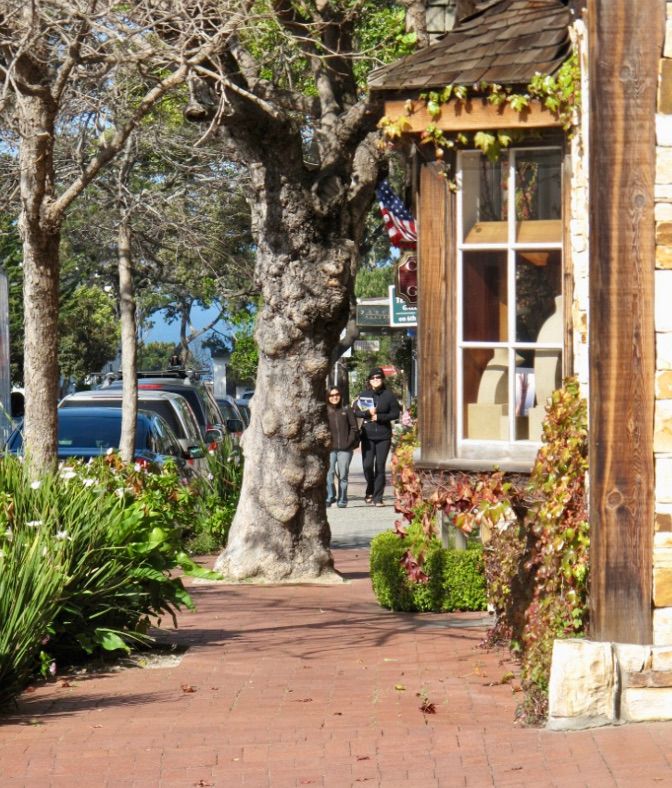
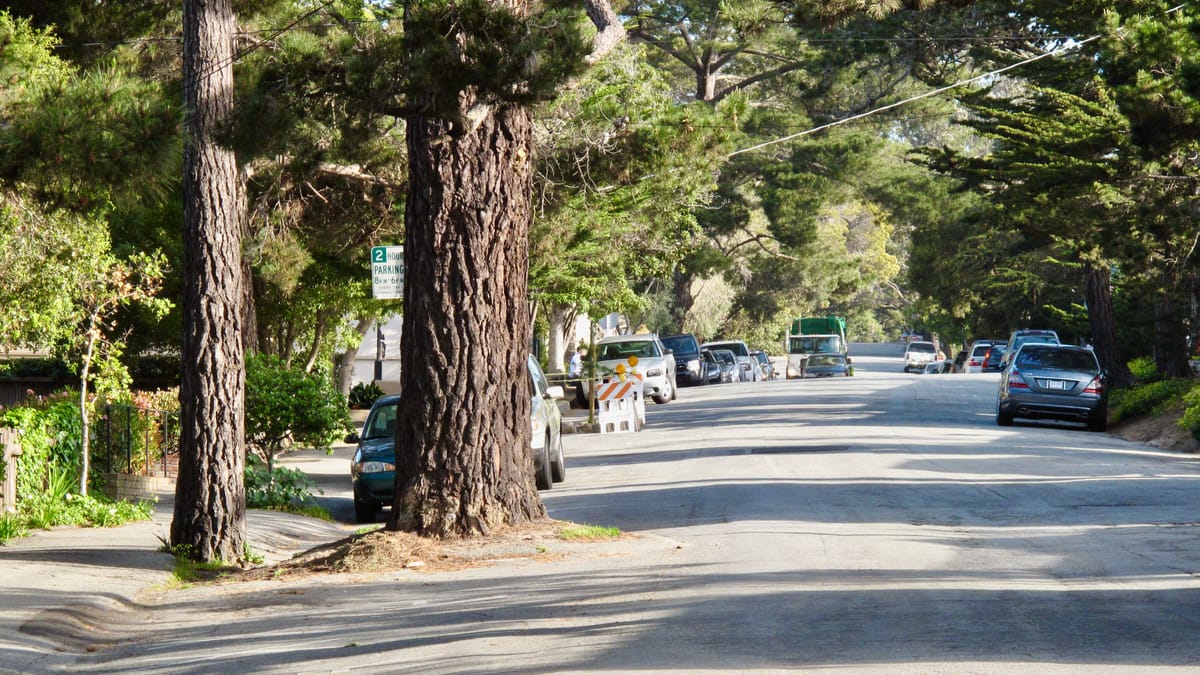
Brisbane Waterfront
Brisbane's South Bank and Greenhouse Event Space, part of the Howard Smith Wharves, all lie along the Brisbane River. These spaces demonstrate myriad ways to provide shade, featuring promenades with well-cared-for trees, suspended planters, and sheltered indoor-outdoor areas with seating. Some areas are also unpaved, which can reduce the temperature of an area that might otherwise feature hot asphalt surfaces.
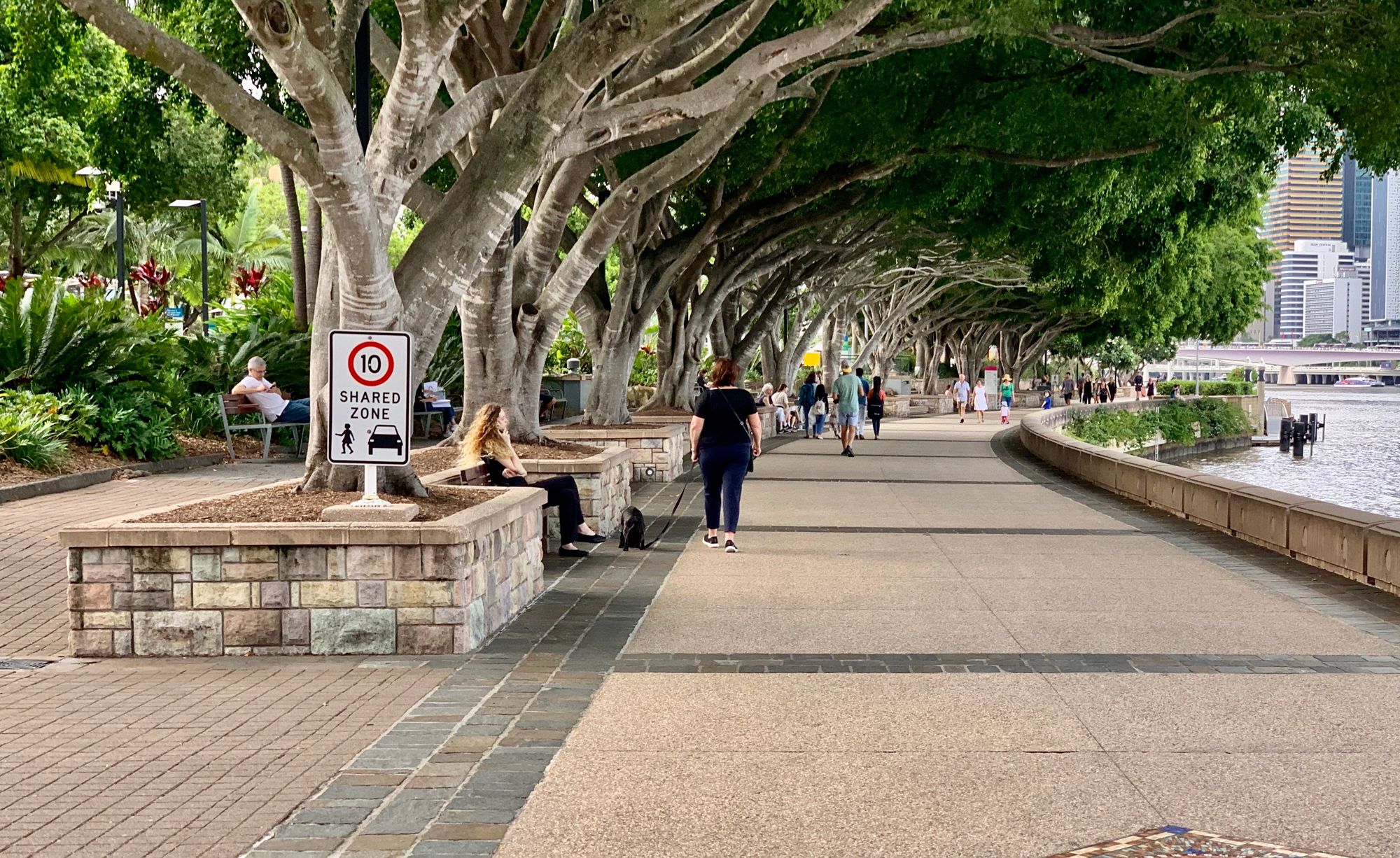
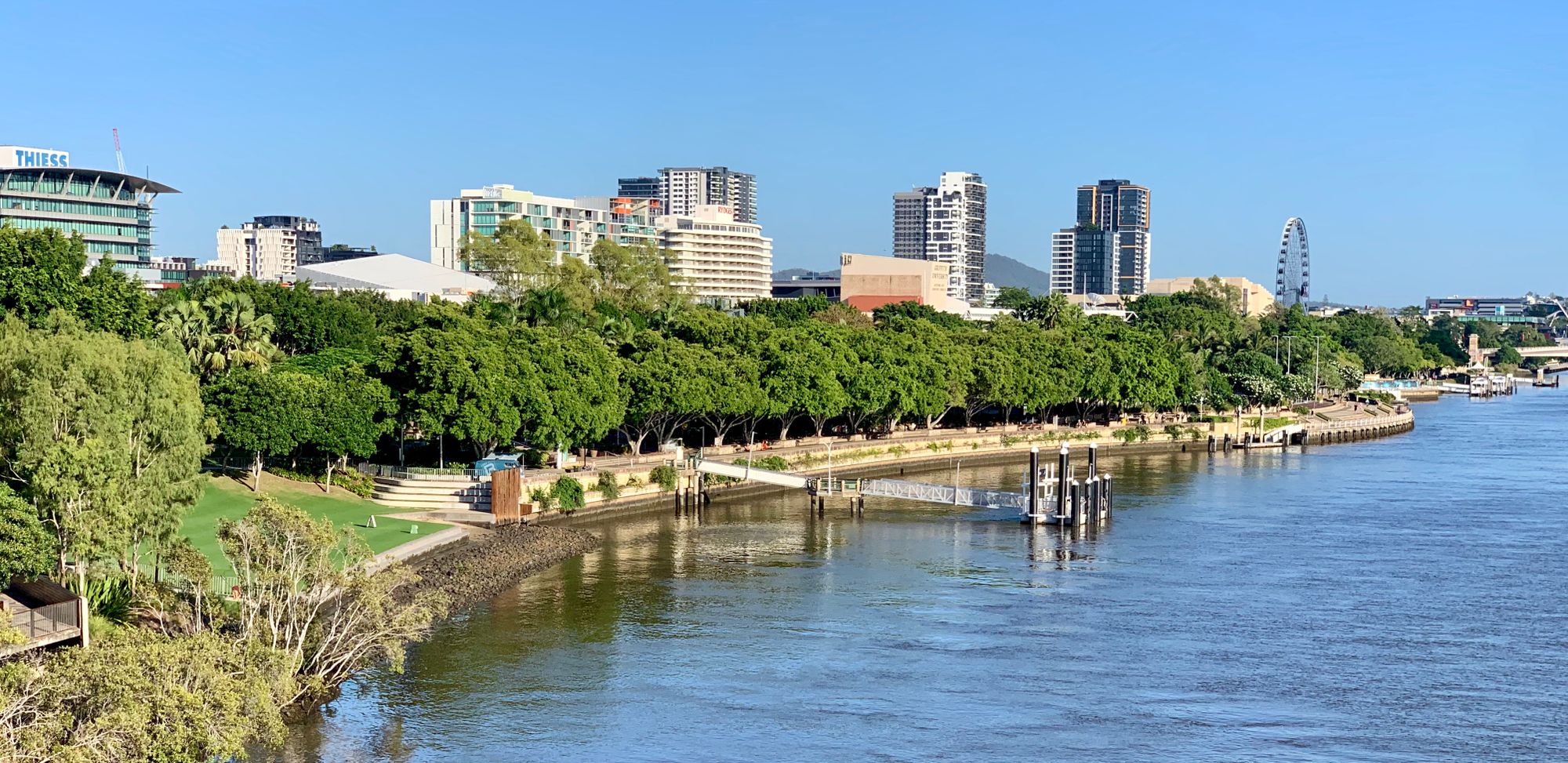
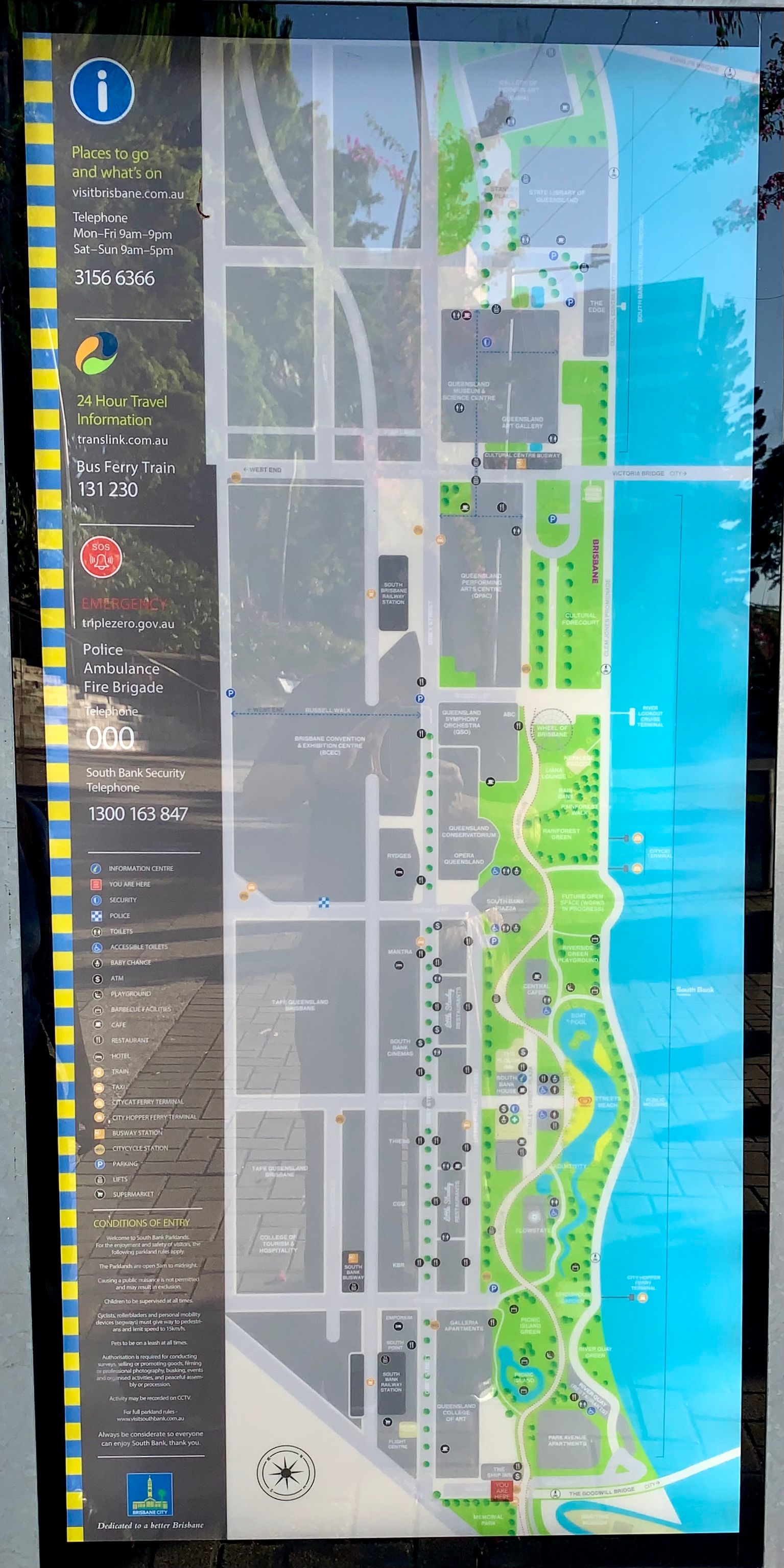
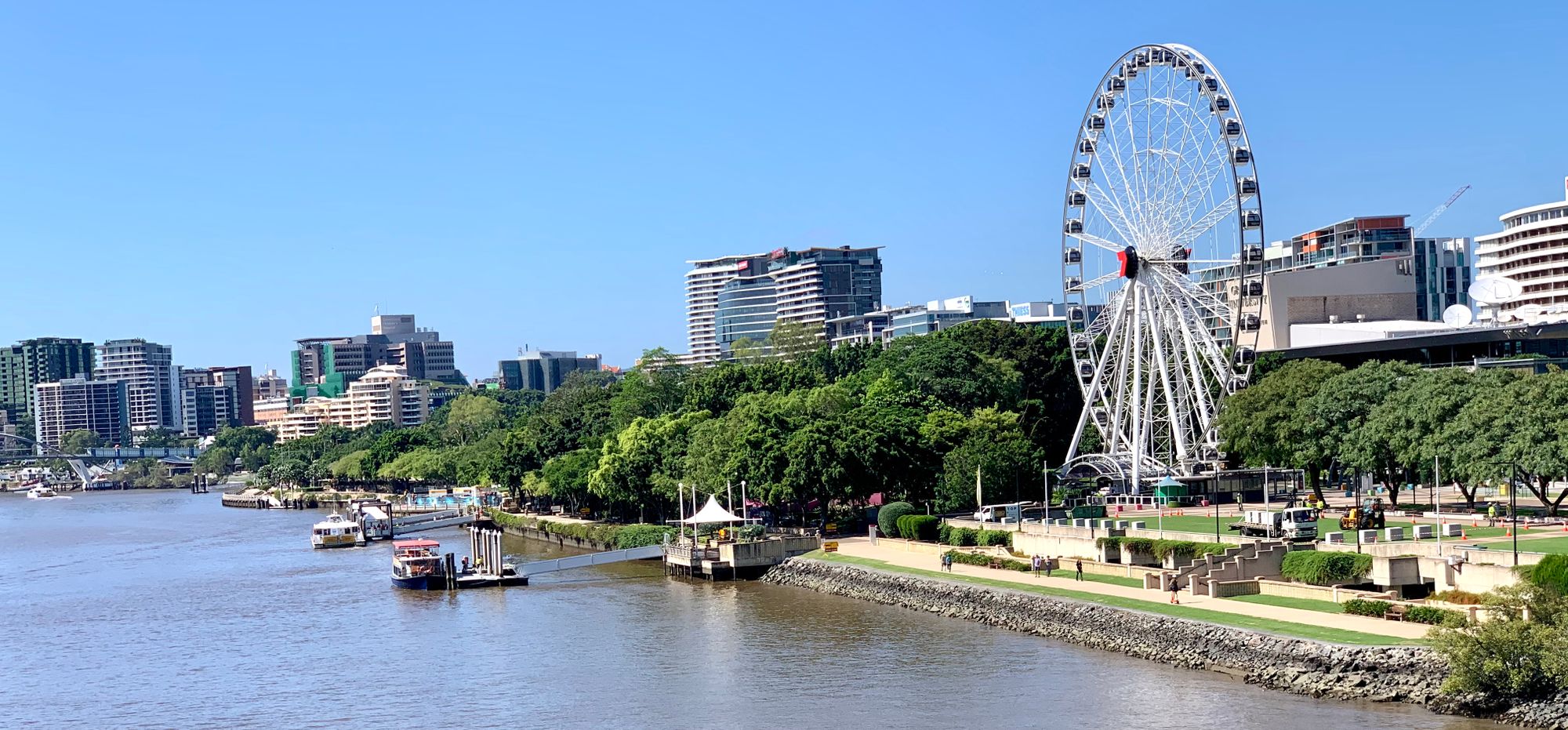
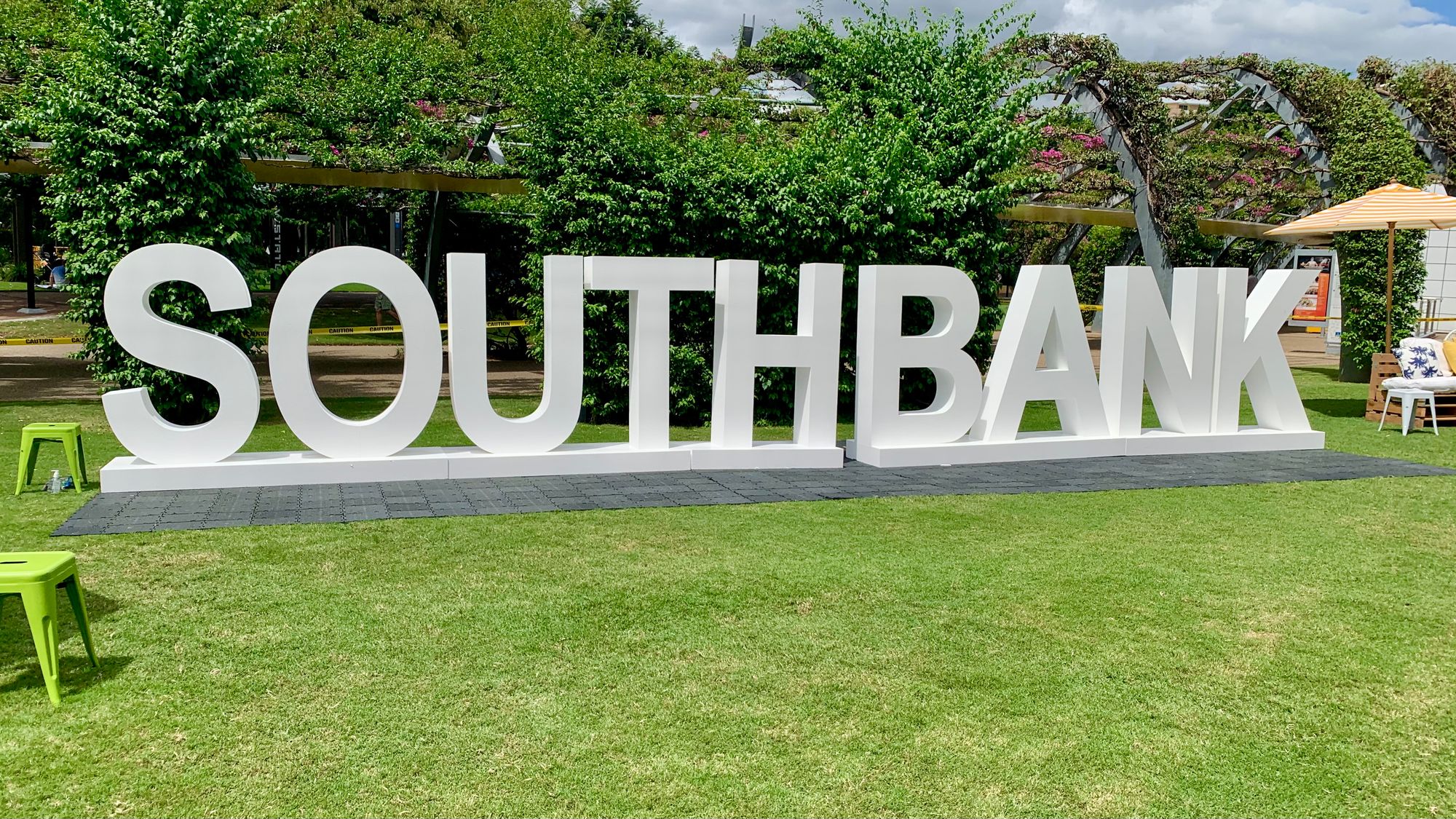
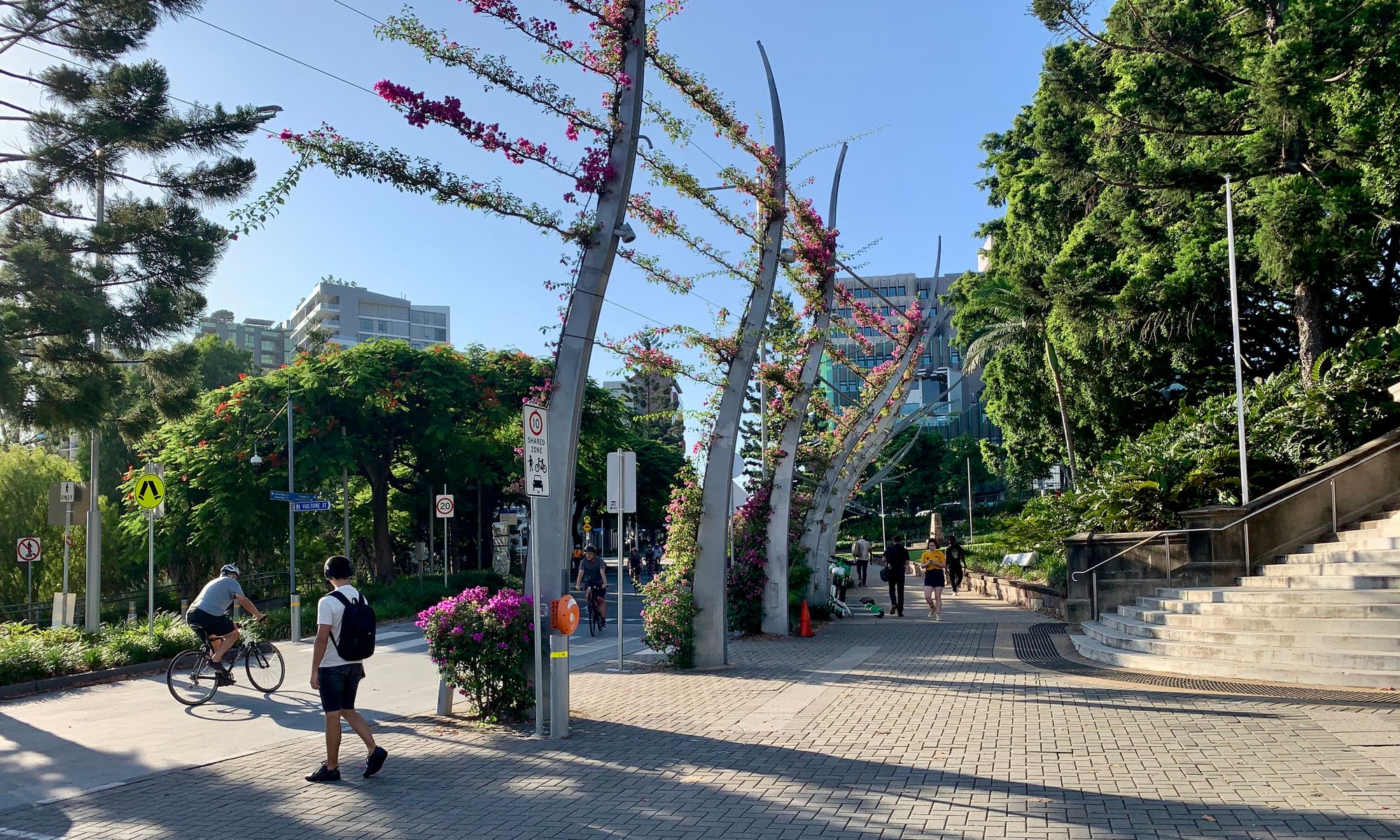
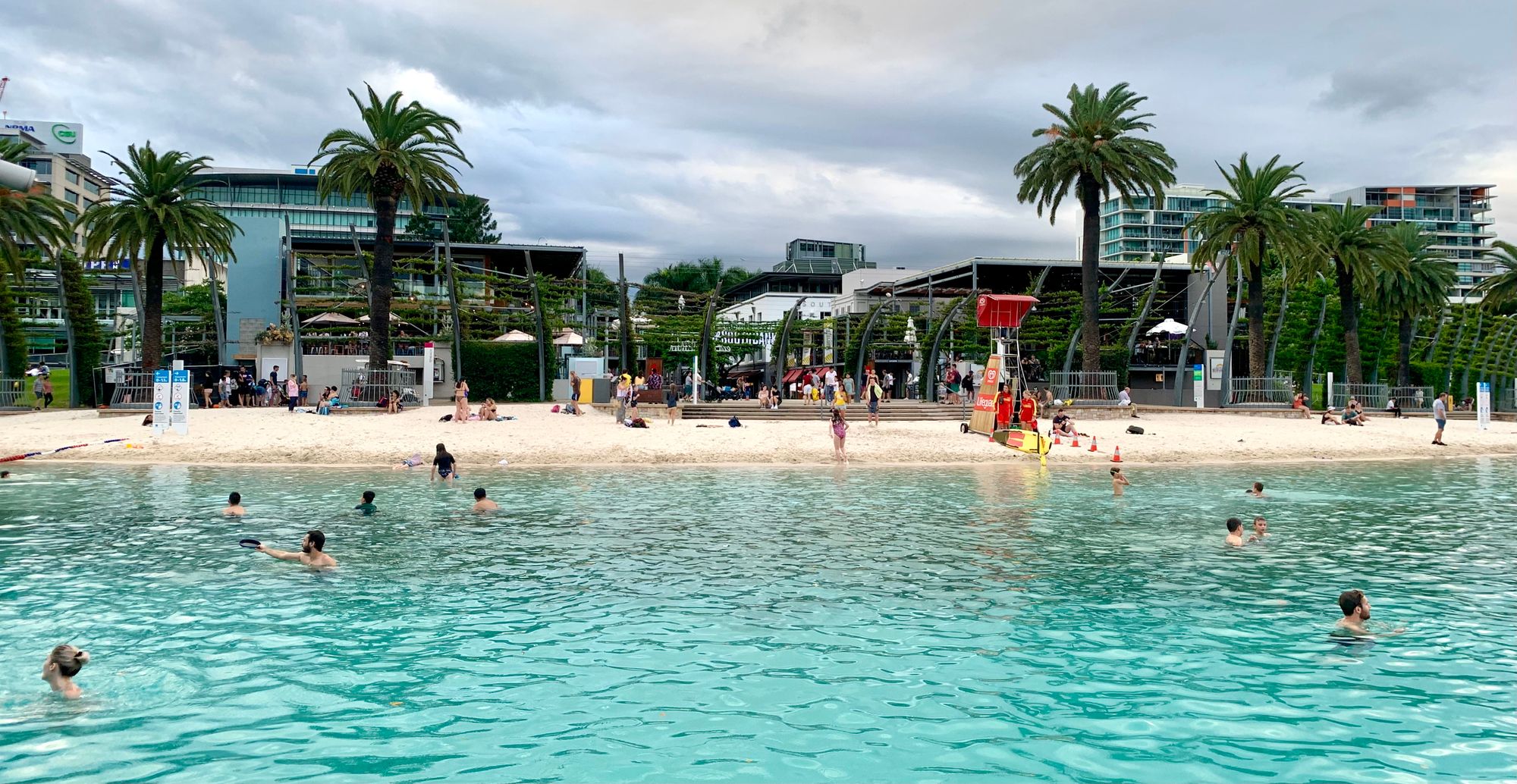
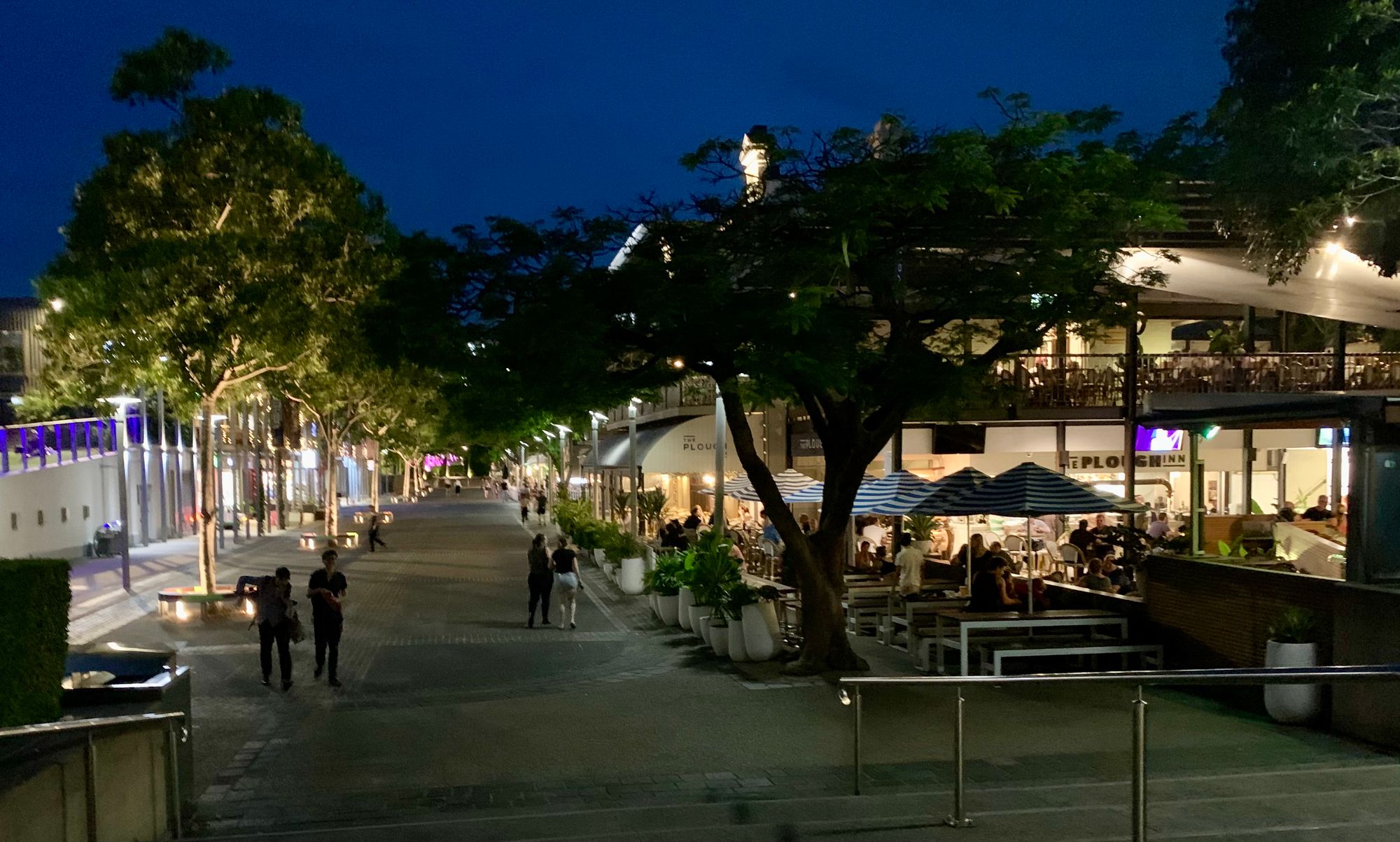
South Bank
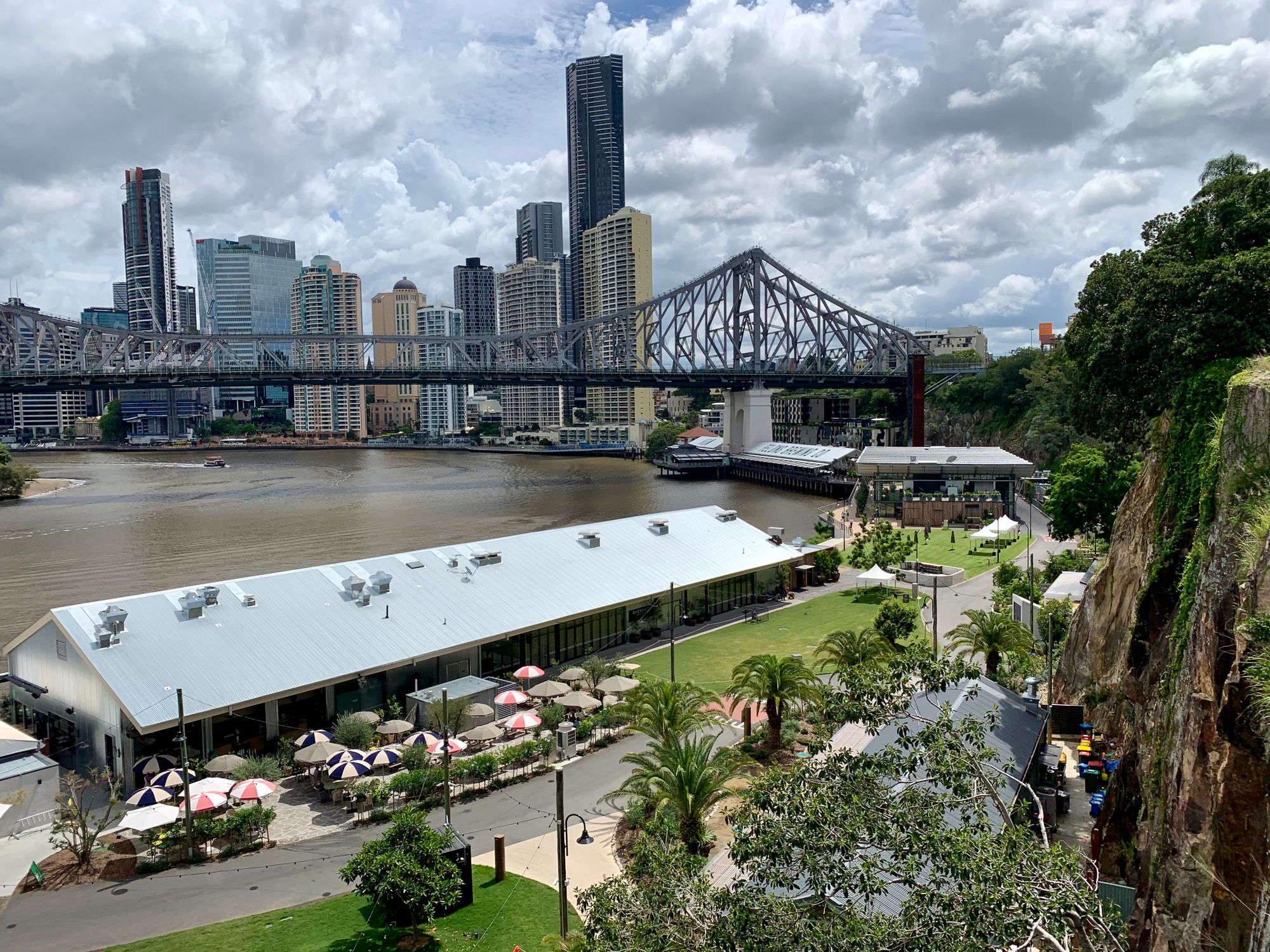
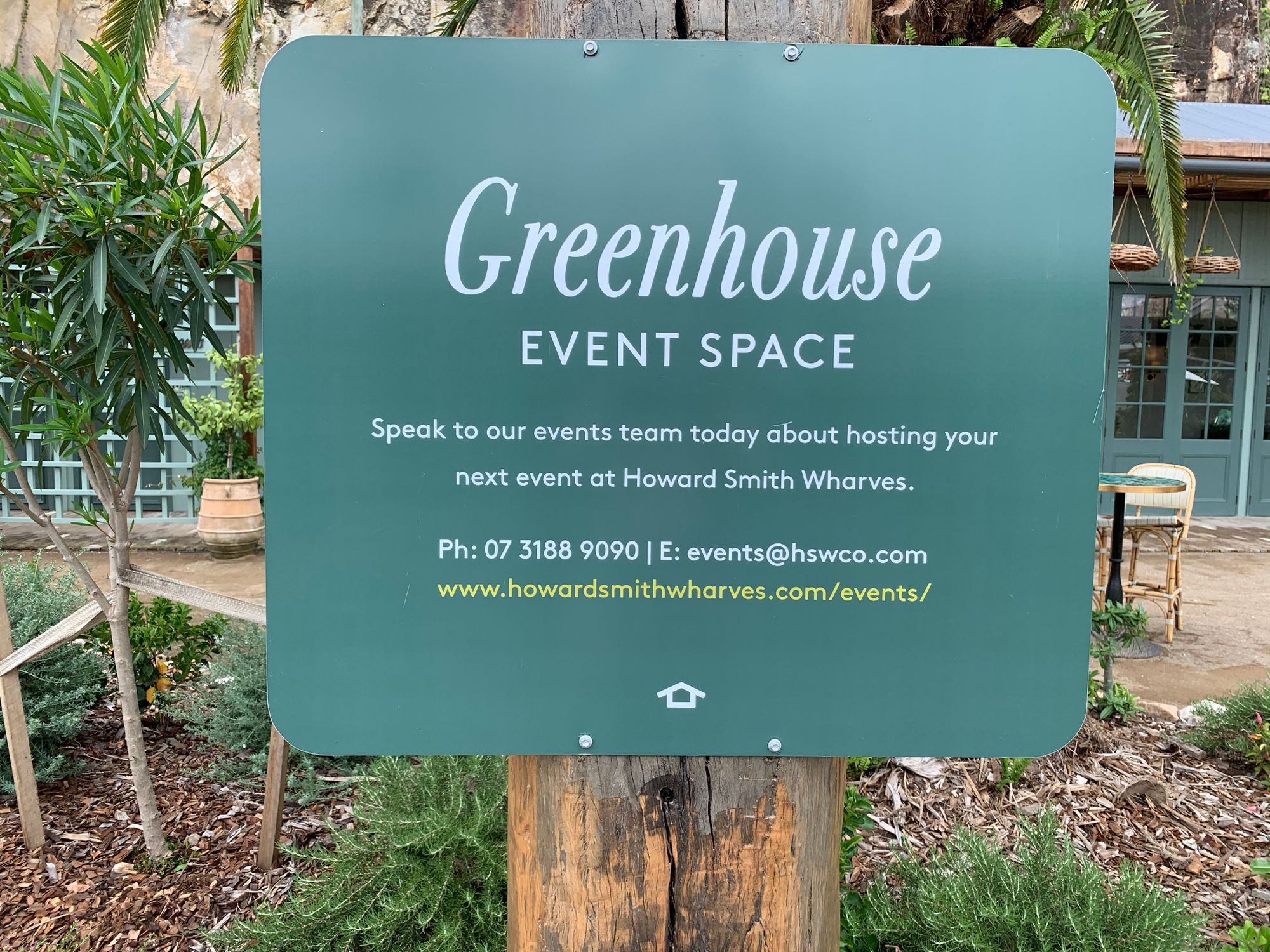
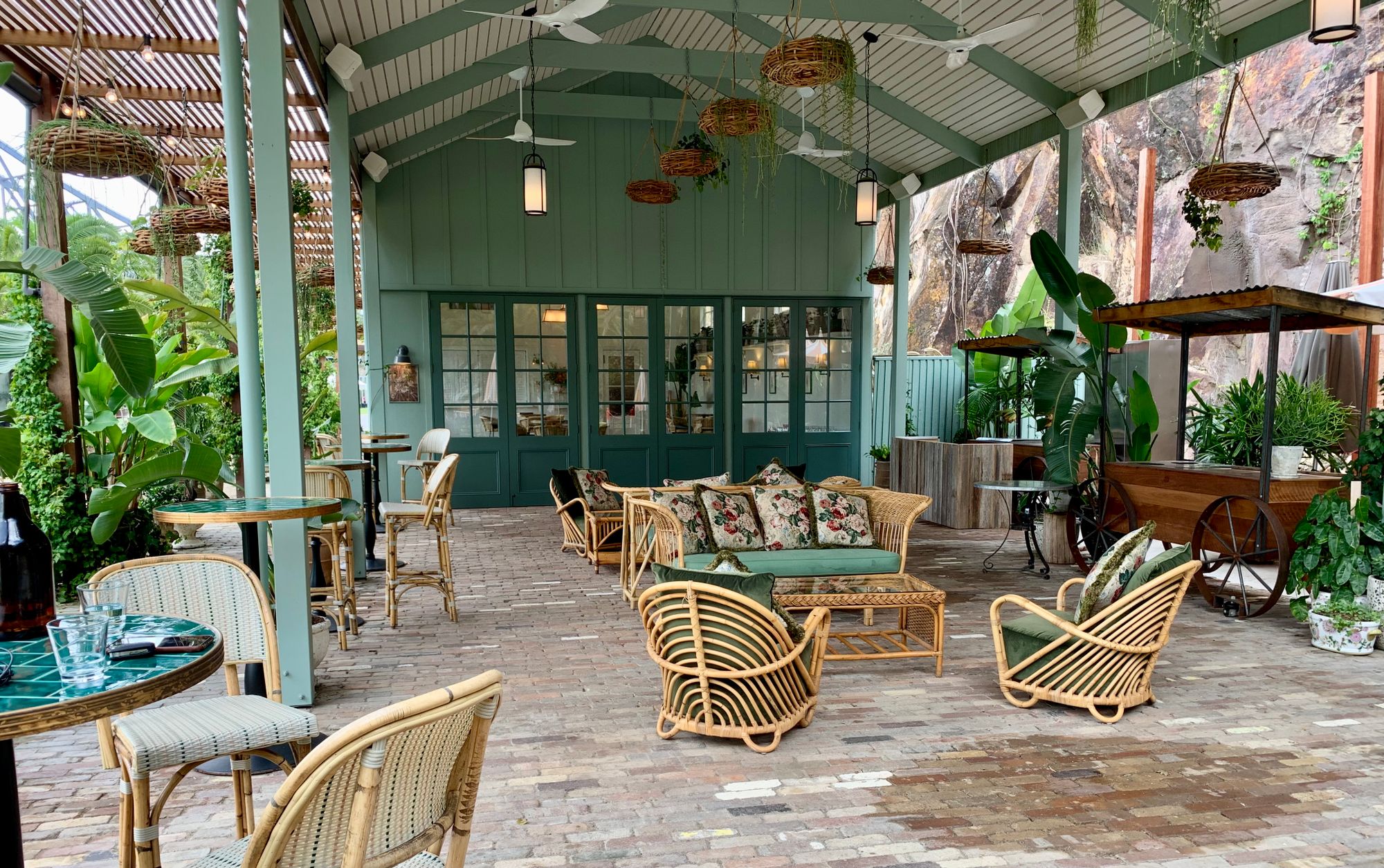
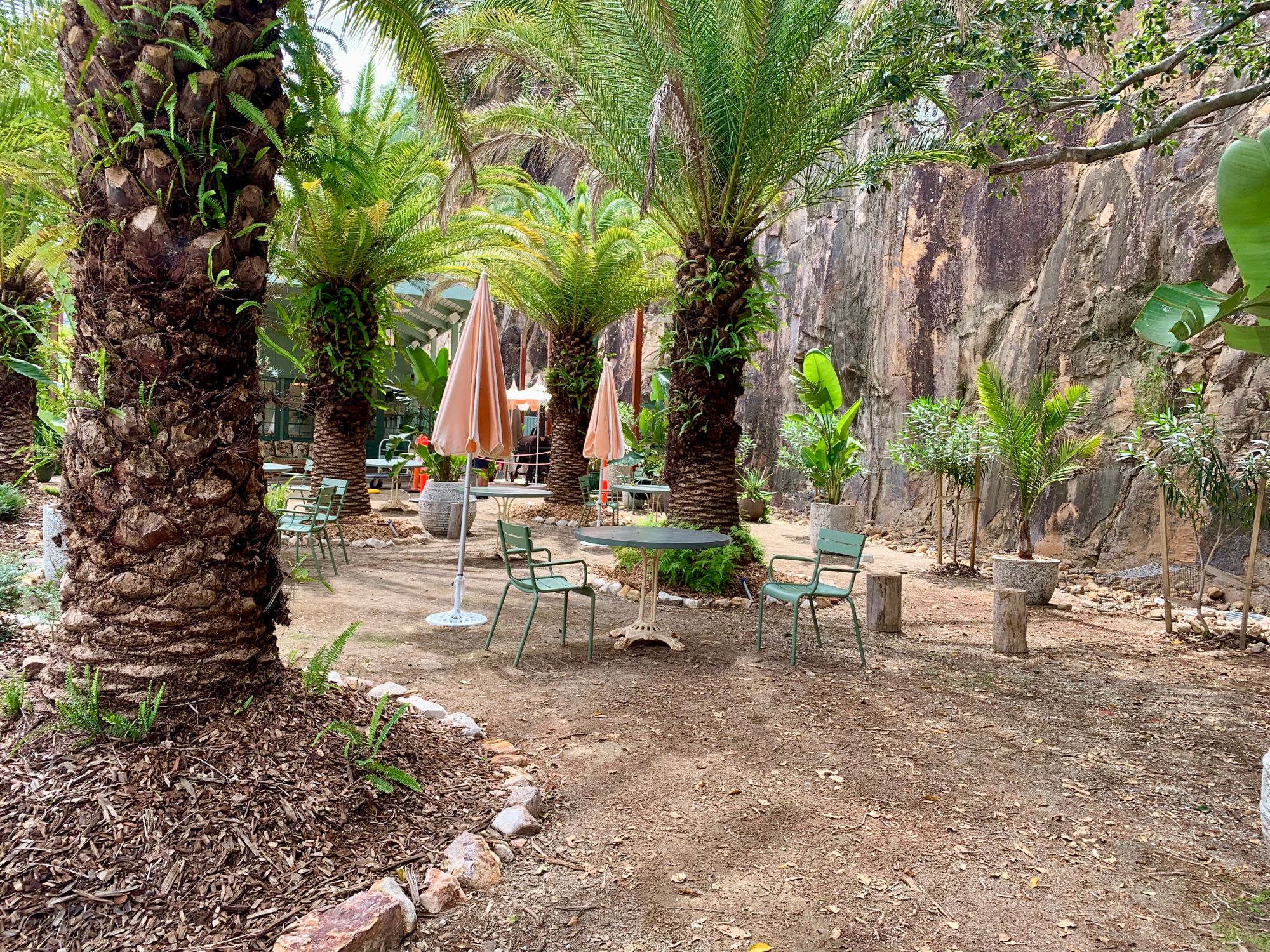
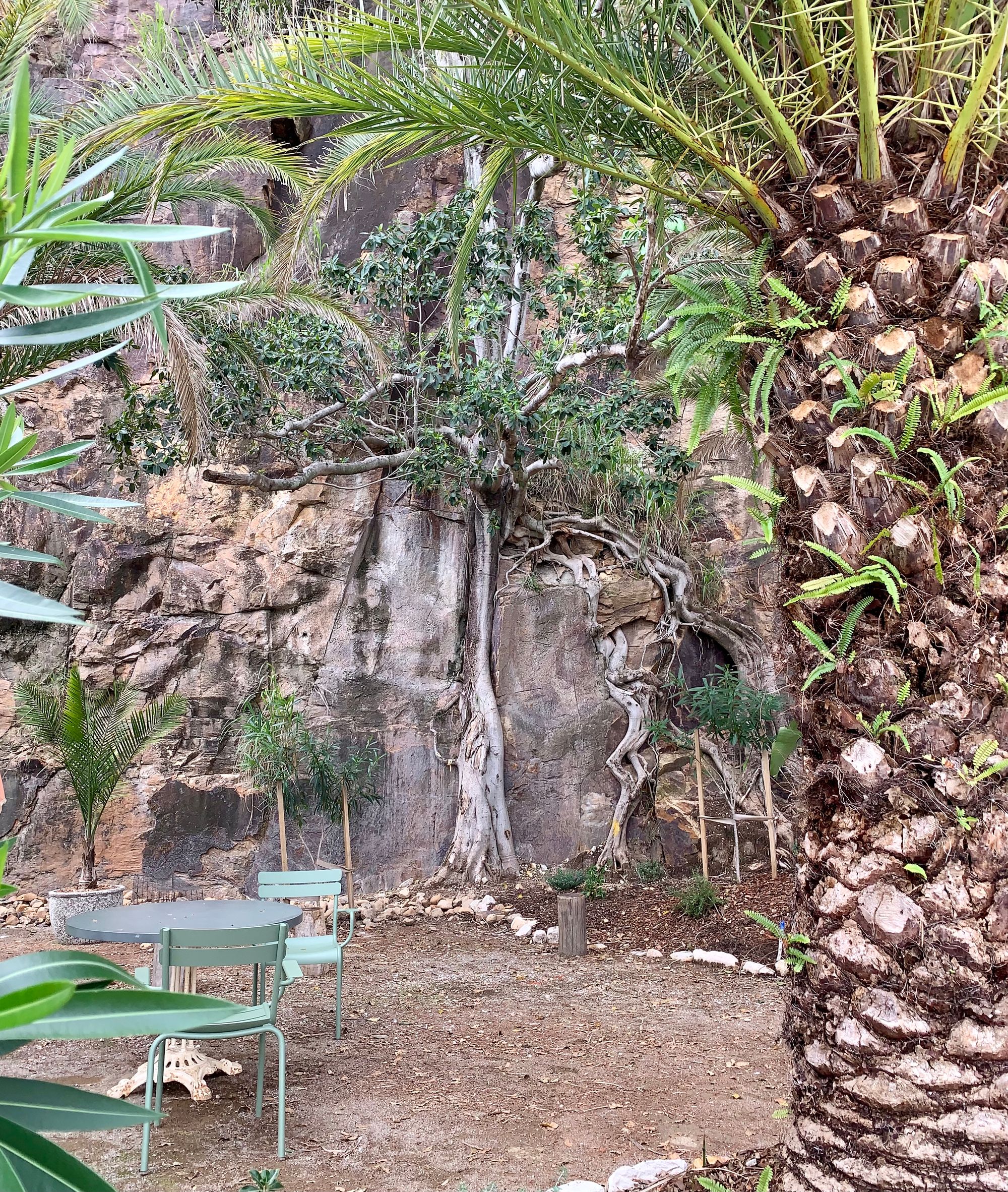
Howard Smith Wharves — Greenhouse Event Space
Bryant Park (New York City) where Shade Dominates
Whether under an umbrella while dining or enjoying the shade of a tree while sitting on the lawn, visitors to Bryant Park take advantage of spaces sheltered from the sun. Instinctively, and sometimes unknowingly, people gravitate towards shaded spots.
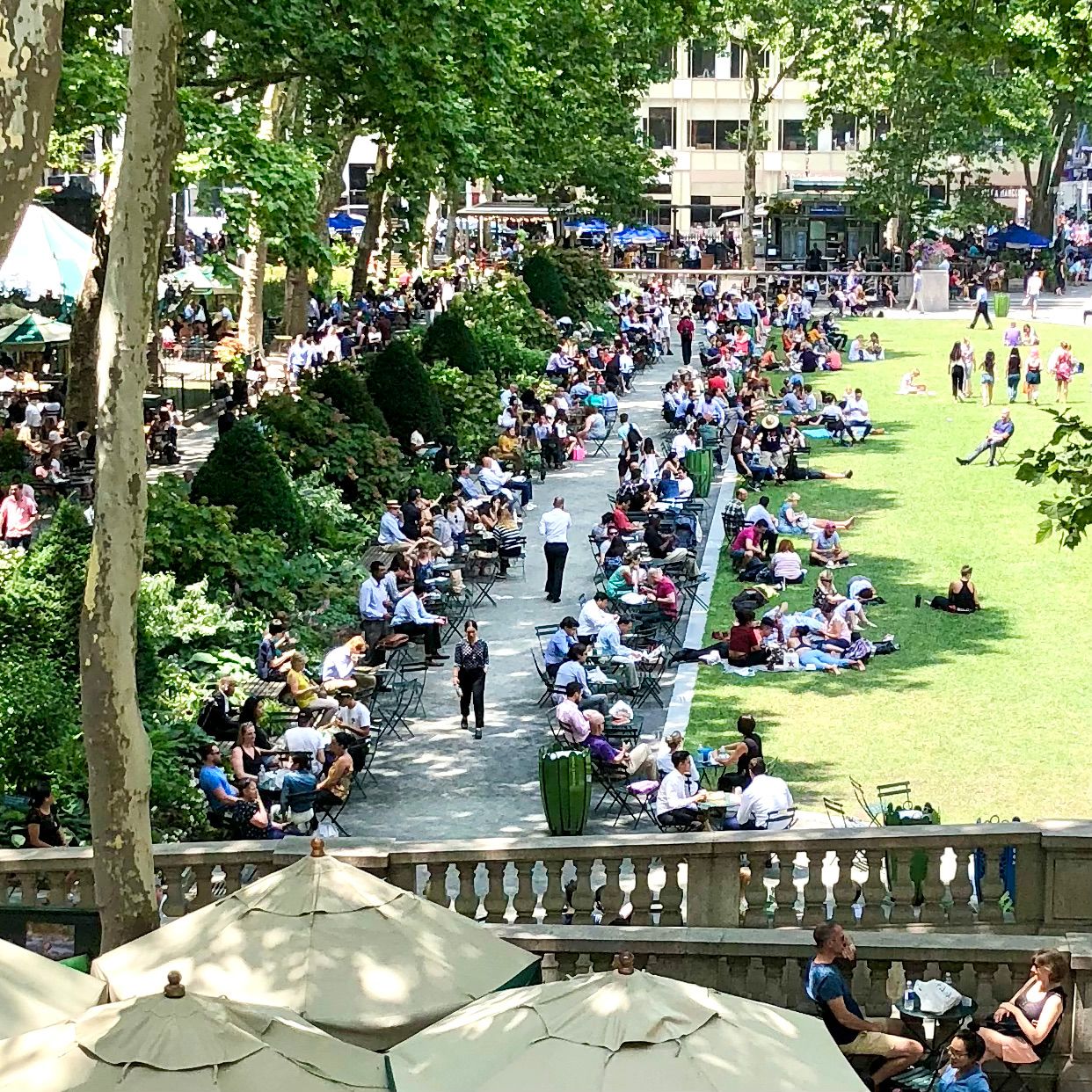

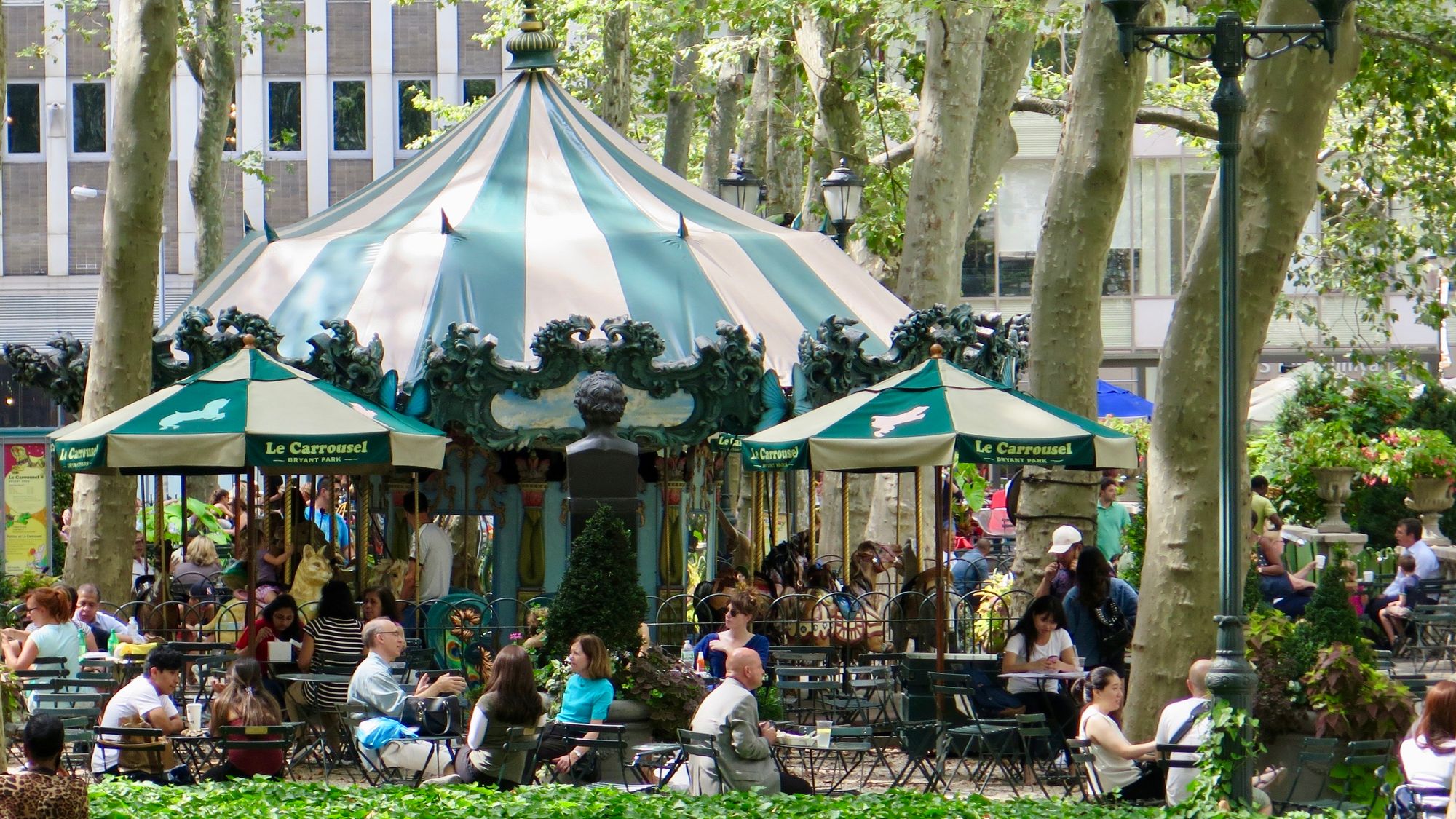
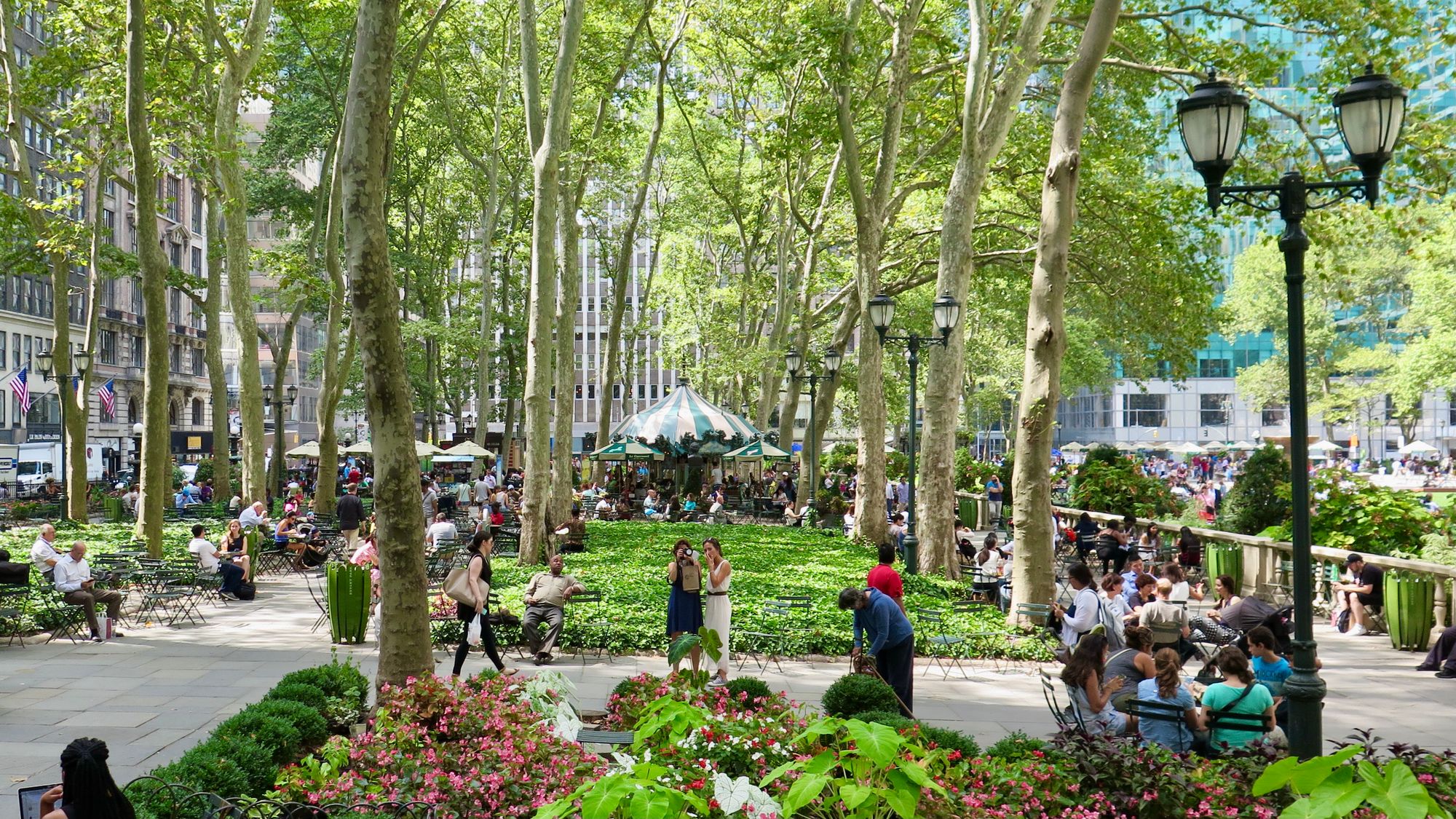
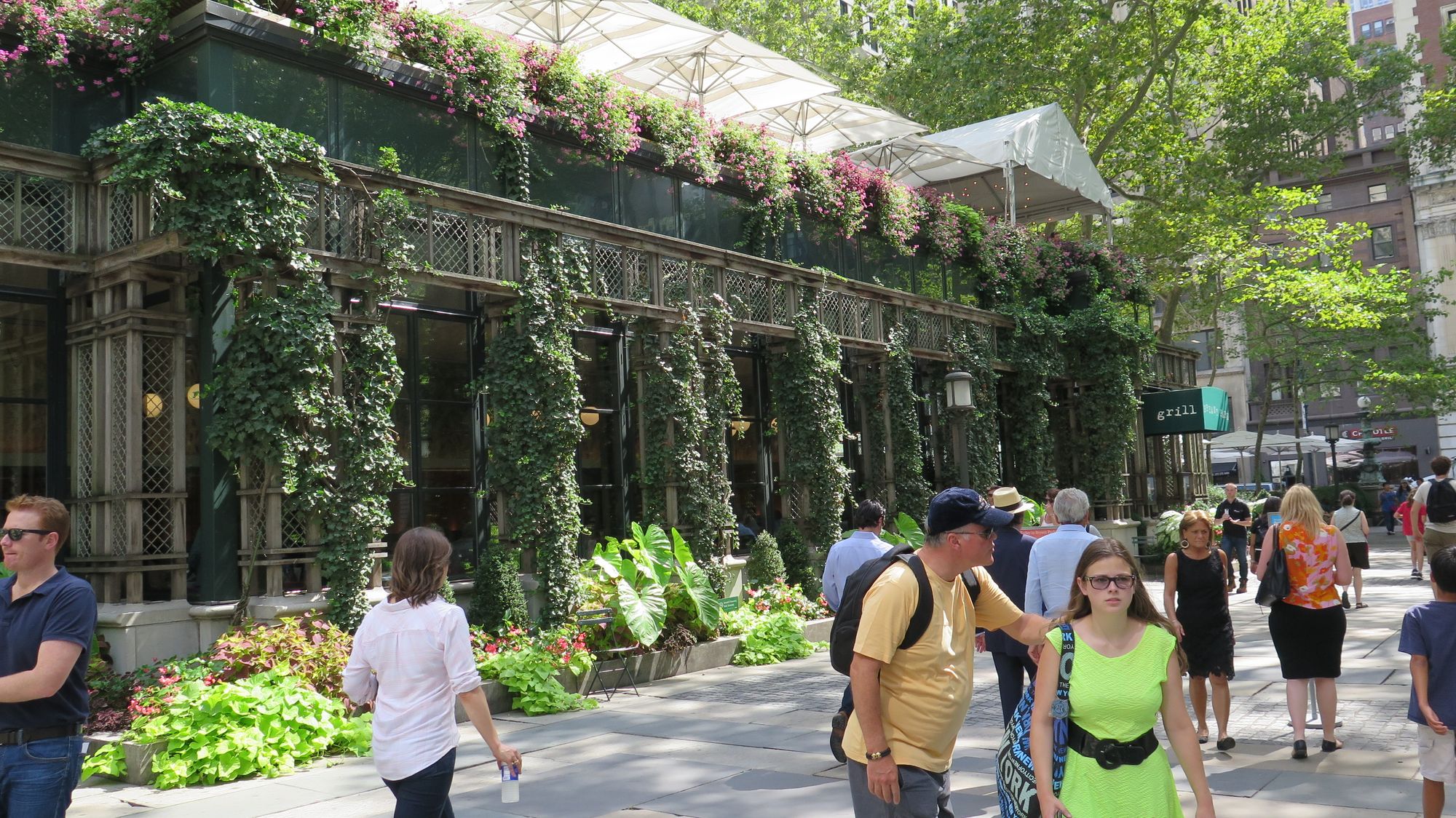
Many of the edges of the Park are lined with rows of trees.
Stockholm and Helsinki 's Tree-lined Esplanades bringing People down to the Waterfront
Stockholm's Kungsträdgården's path down to the waterfront is both an exciting connection and a place to stroll with opportunities for dining along the promenade. Trees and cafes with awnings and canopies provide a very pleasant setting and demonstrate how local businesses can be a part of providing that powerful combination of shade and seating.
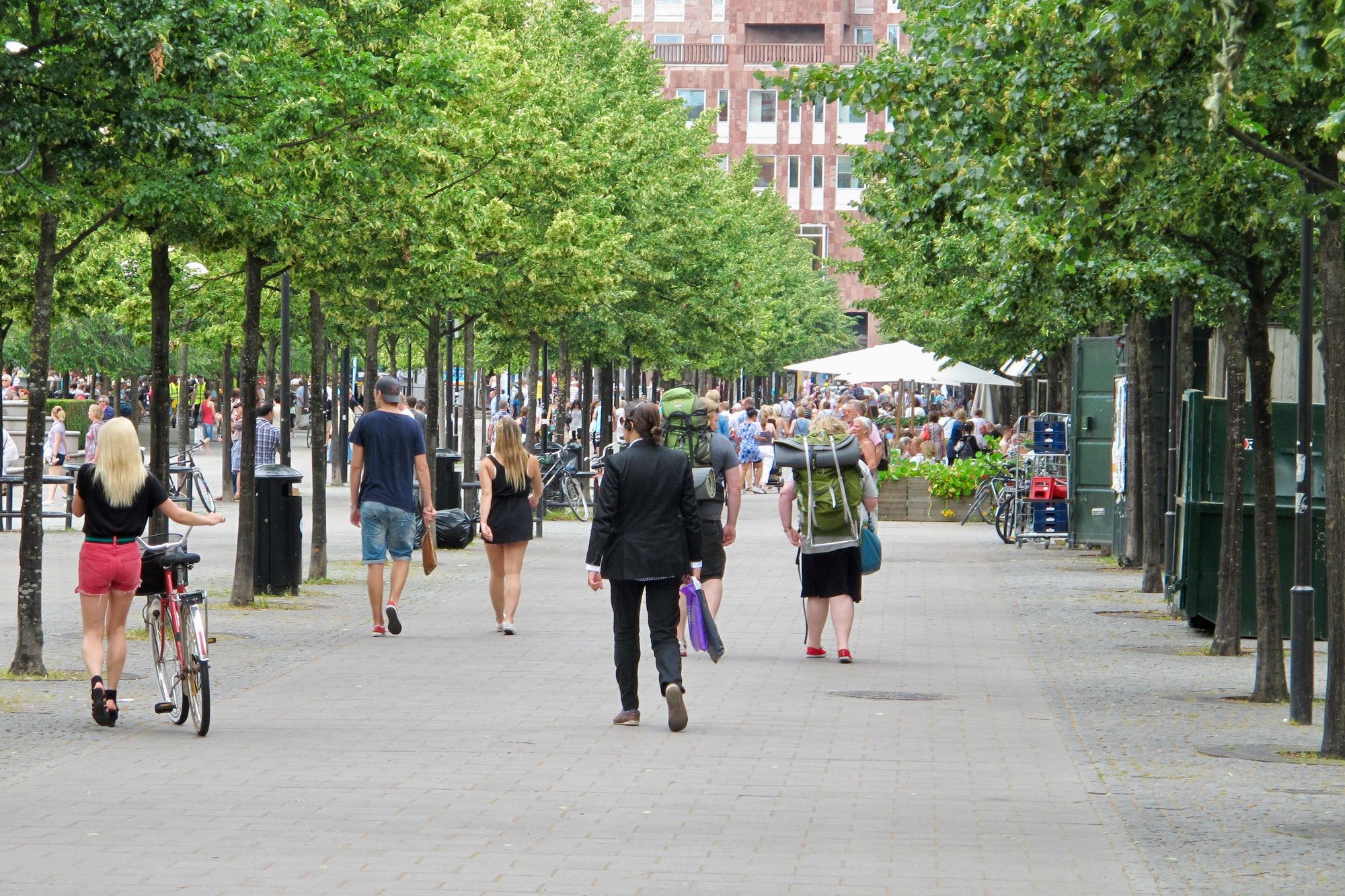
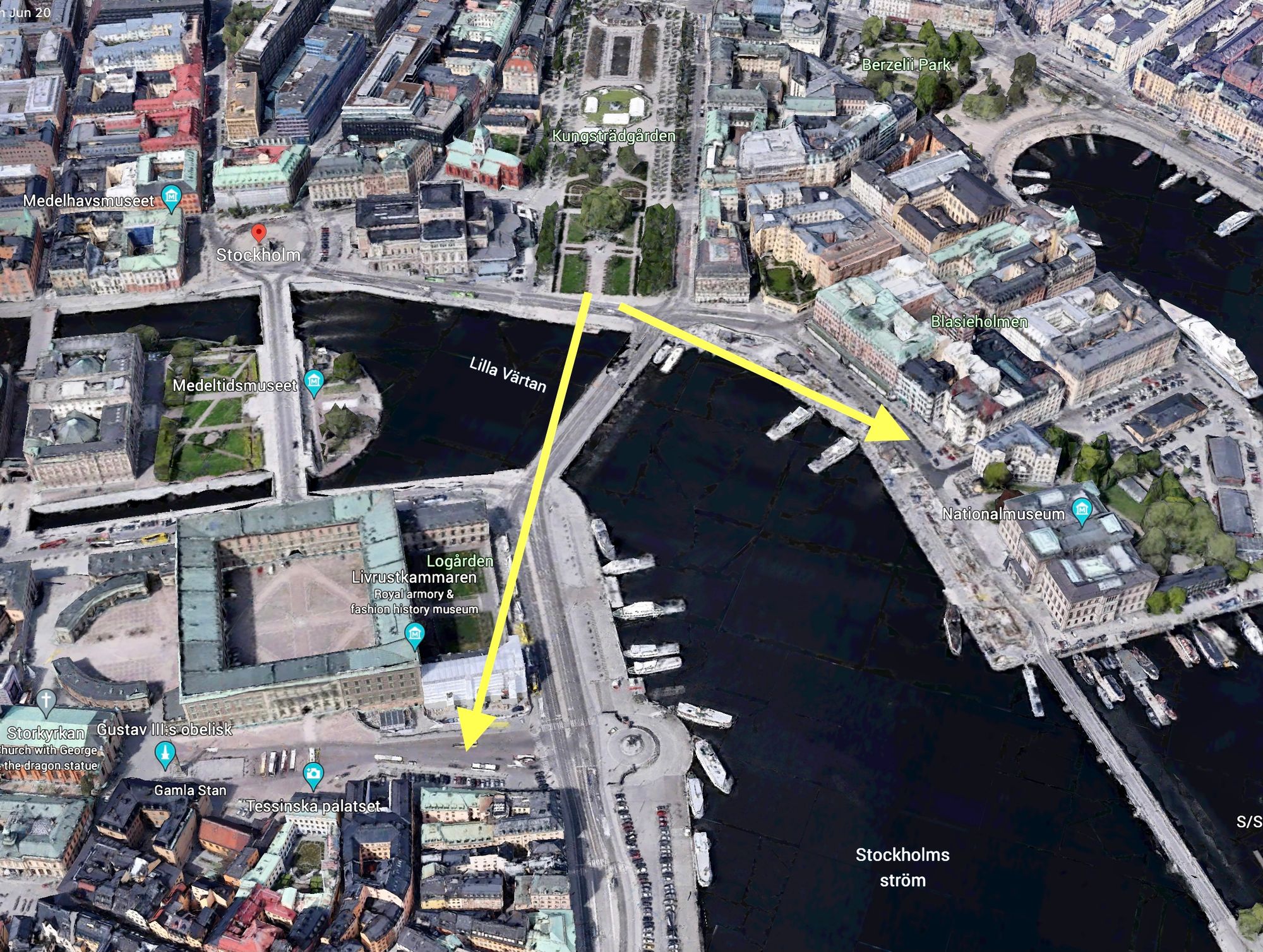
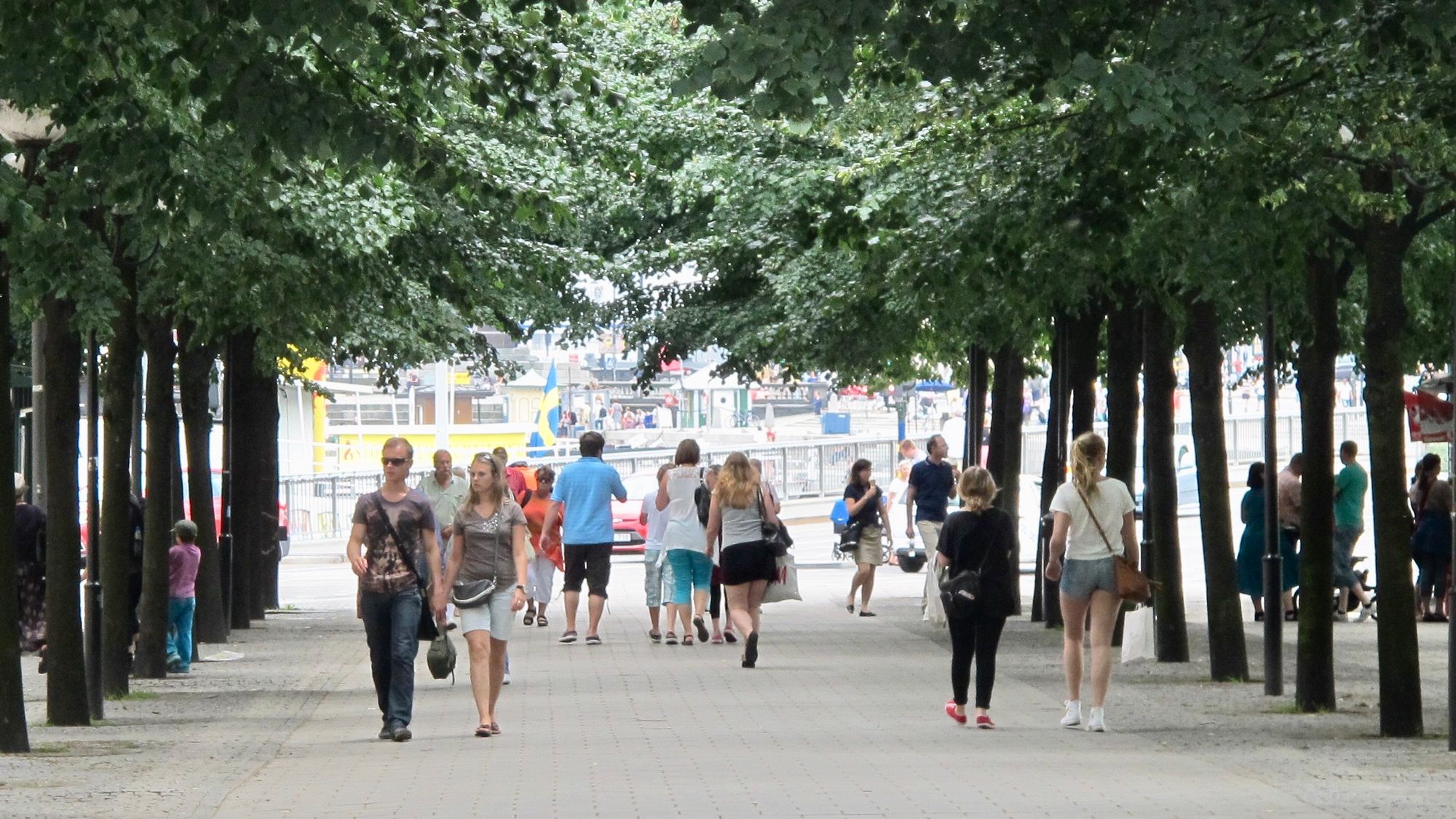
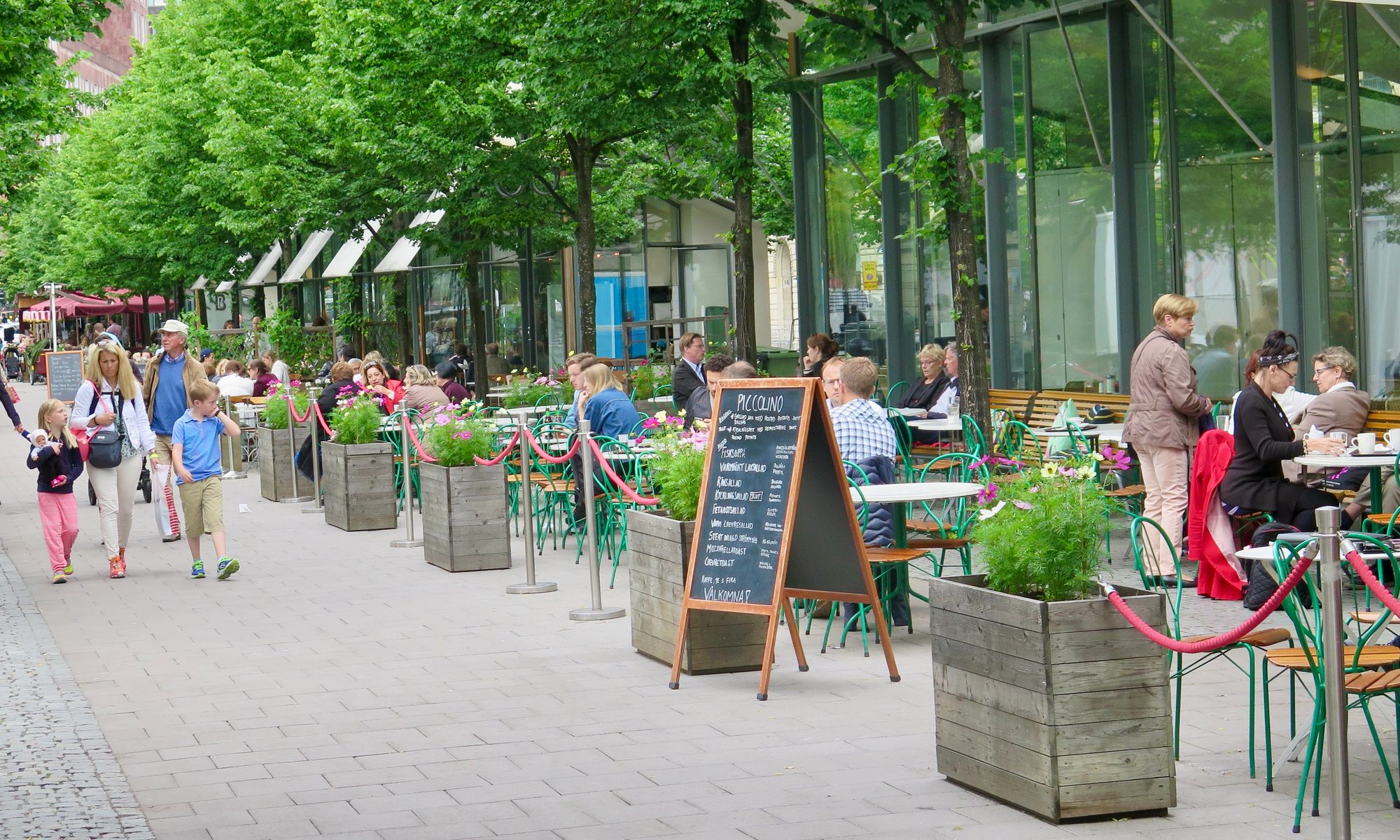
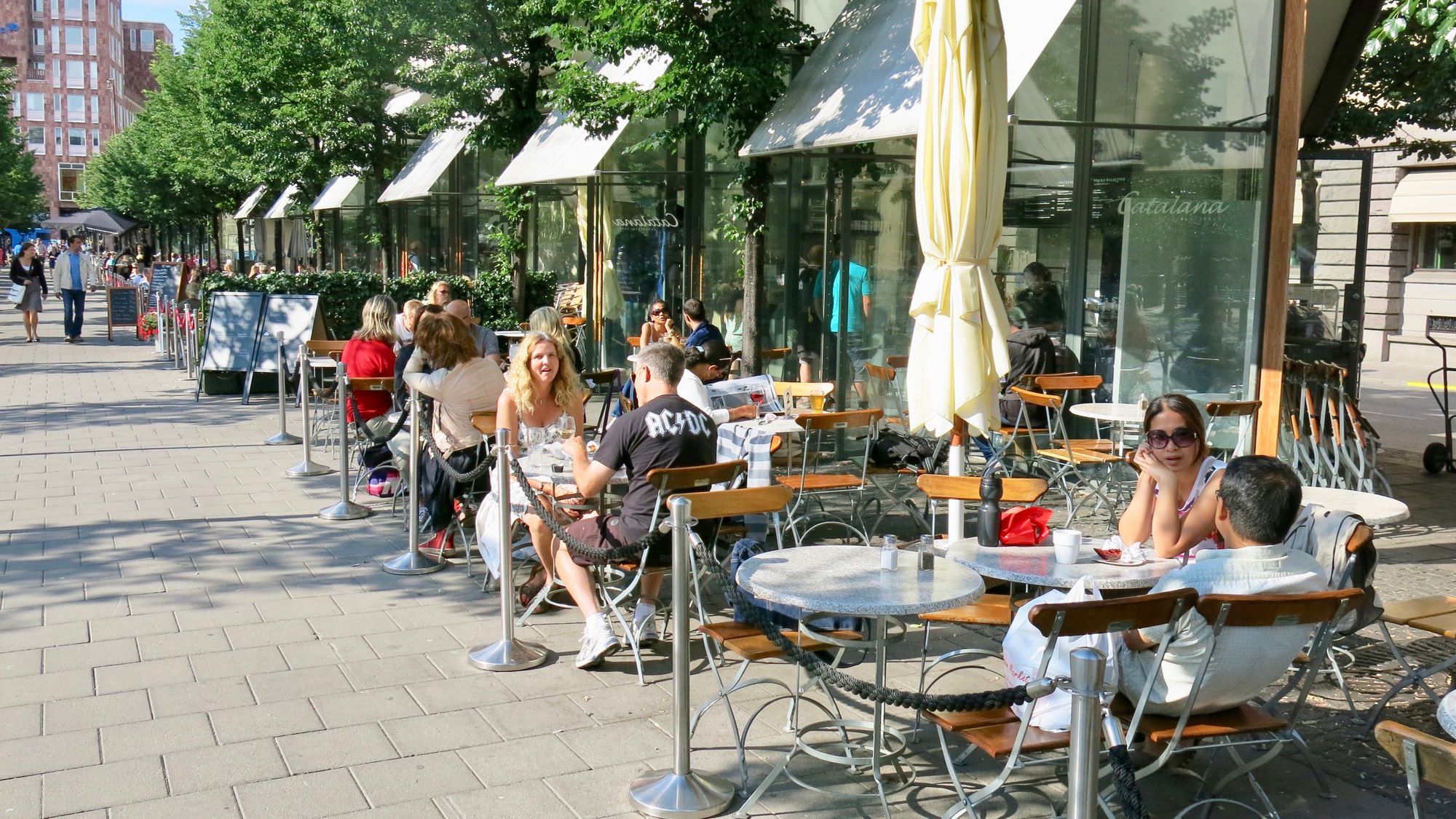
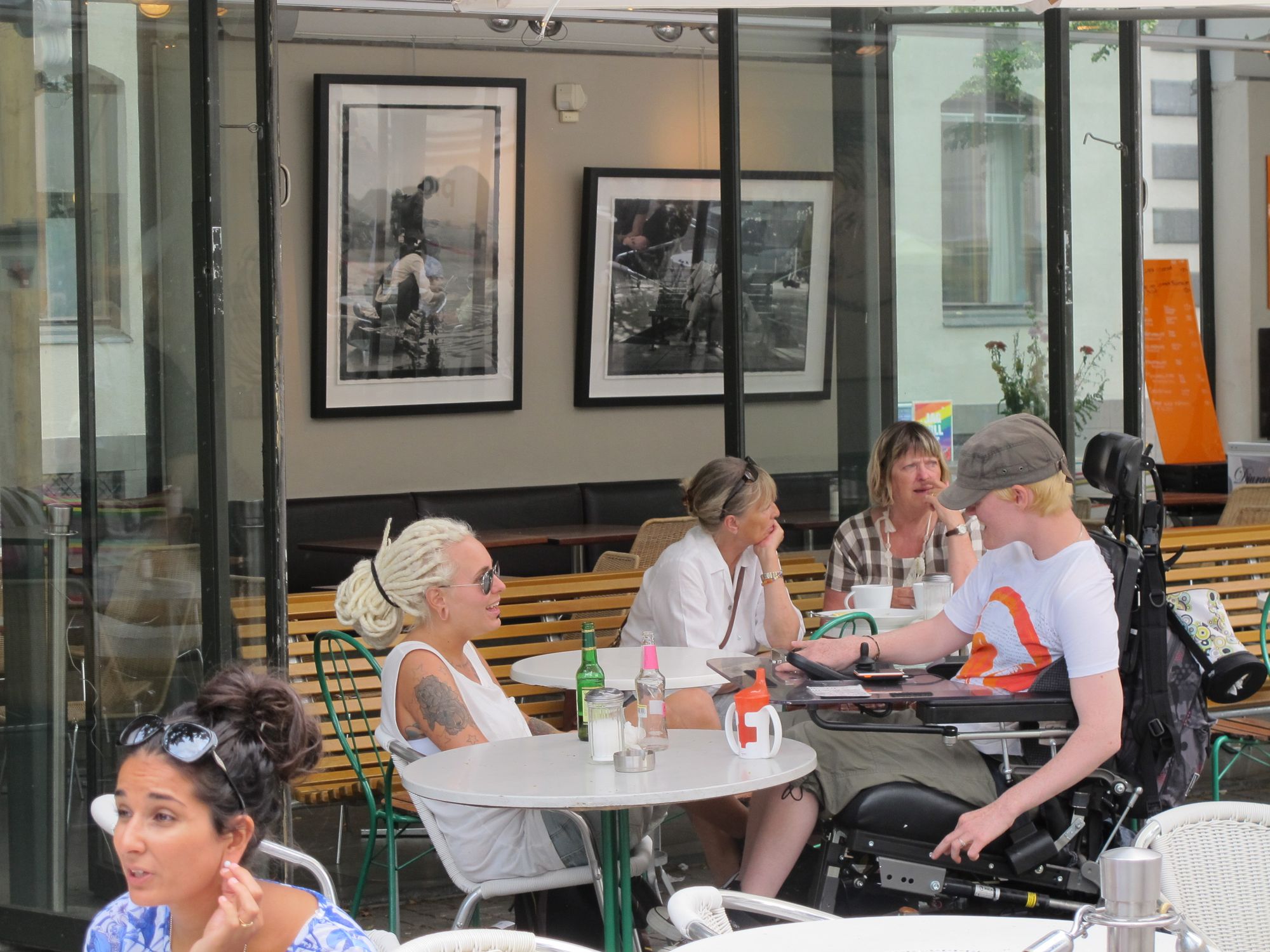
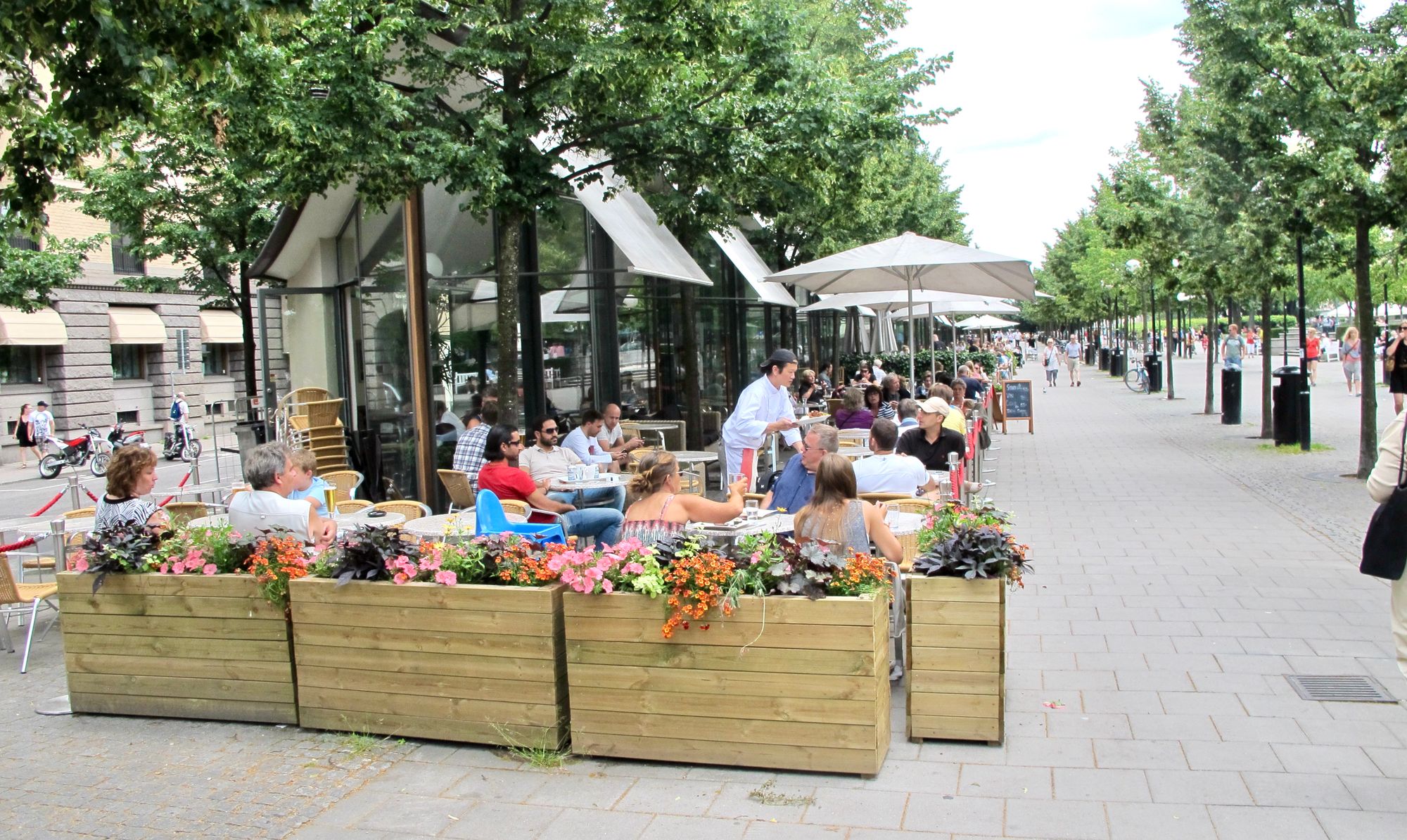
Helsinki's Esplanade
Similarly, the Esplanade in Helsinki is an attraction that draws people down to the waterfront. Well-connected with hotels and restaurants via adjacent streets and neighborhoods, its function is strengthened by all the greenery that keeps it cool and comfortable for visitors.
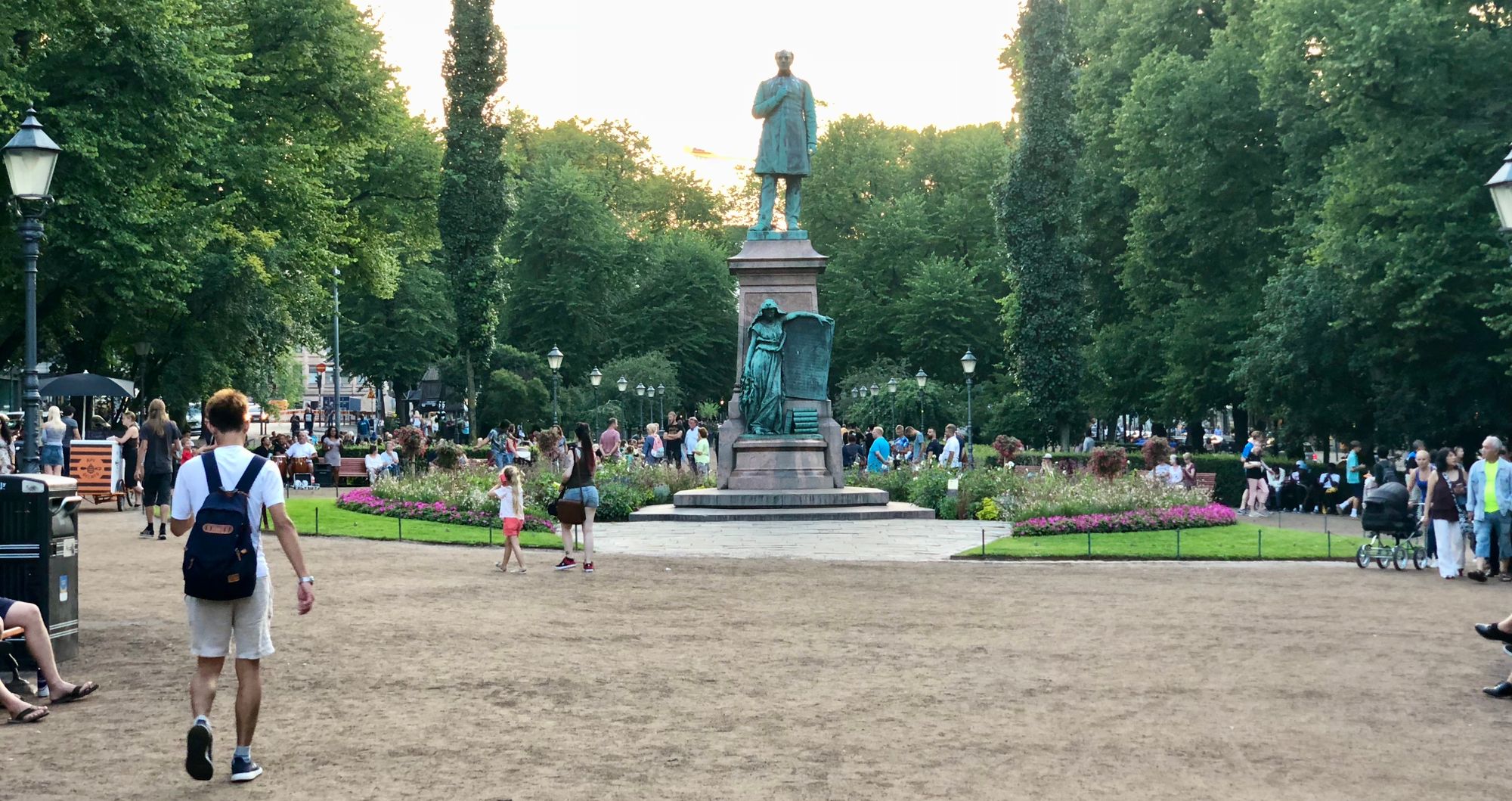
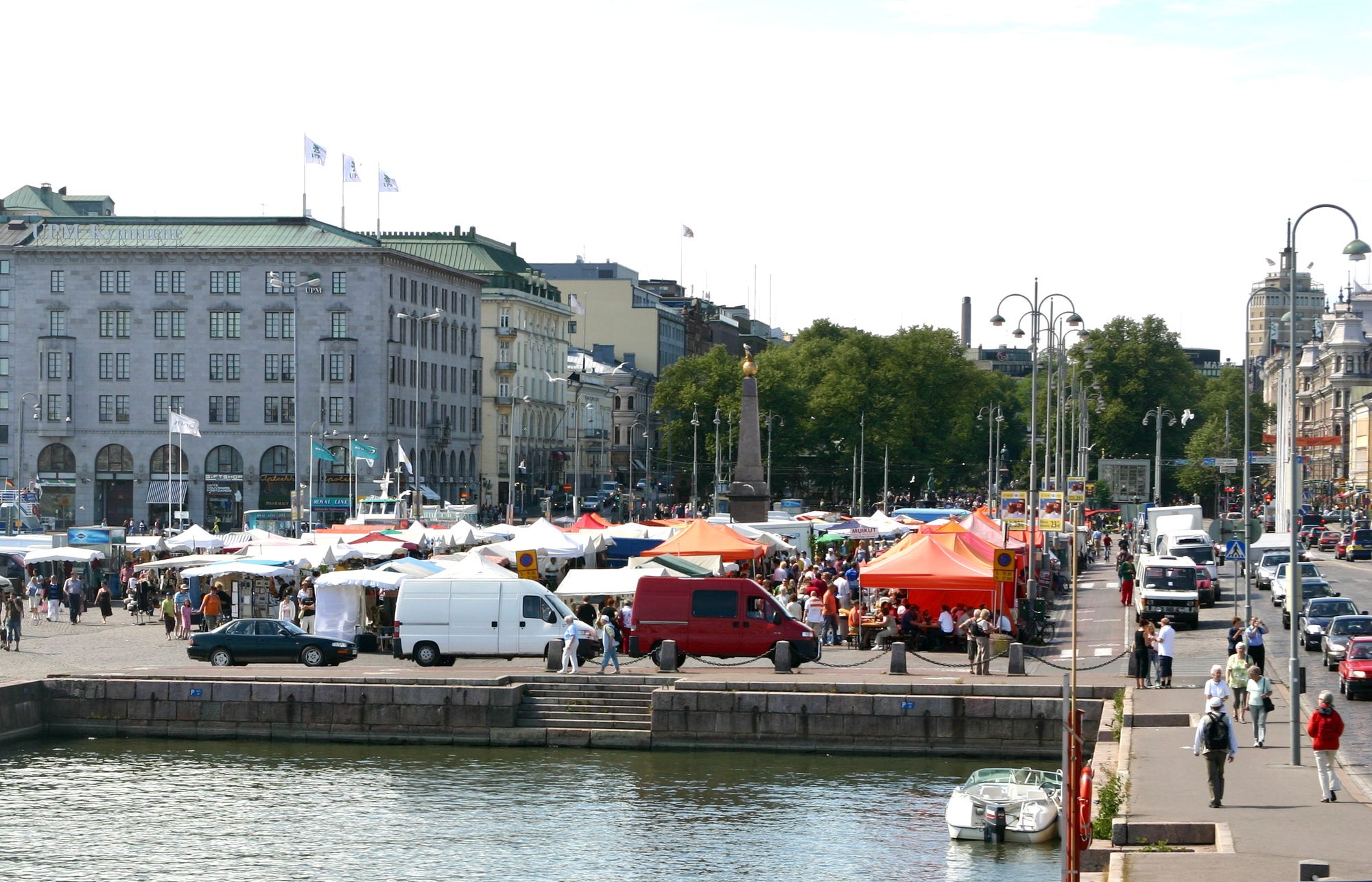
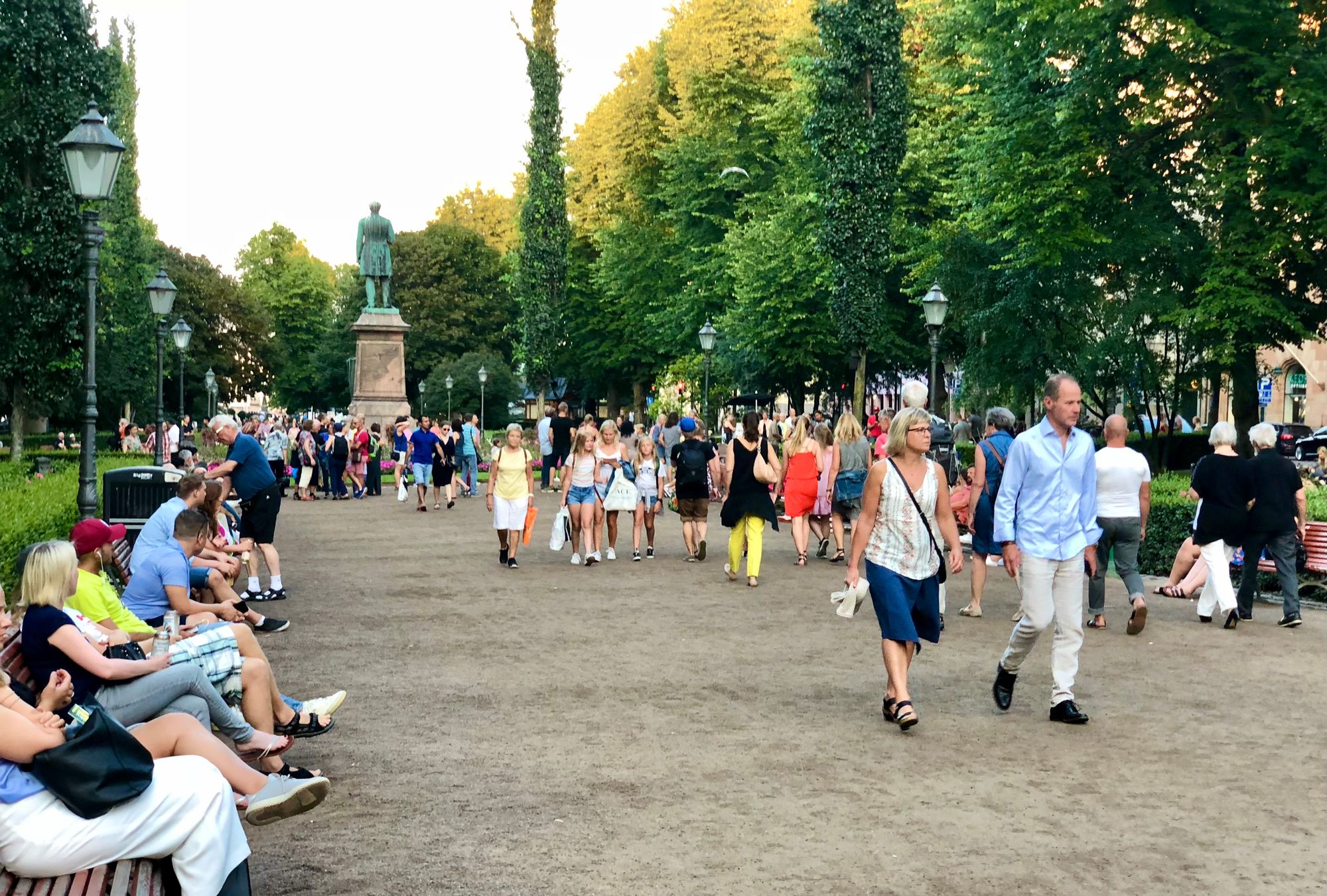
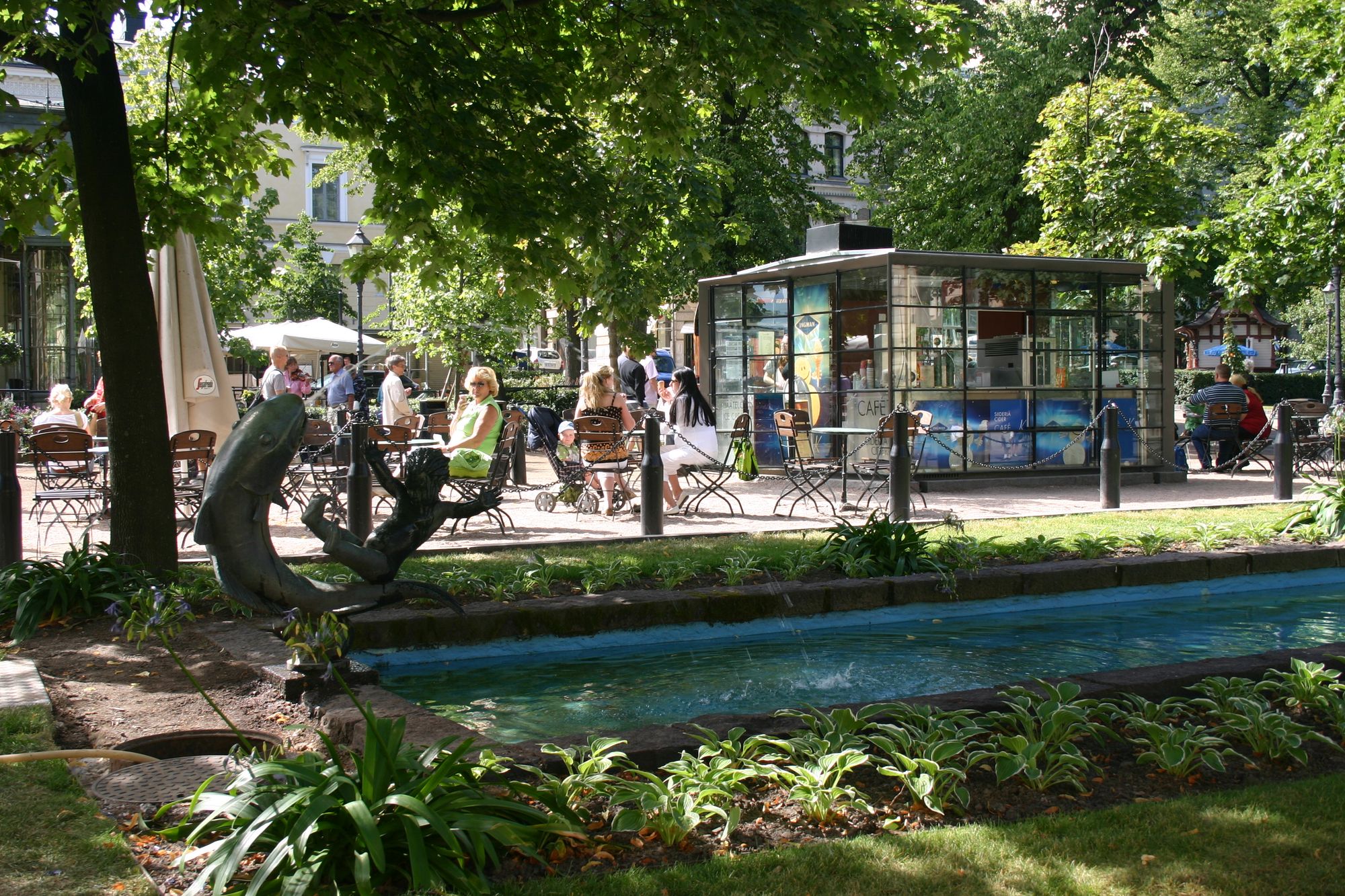
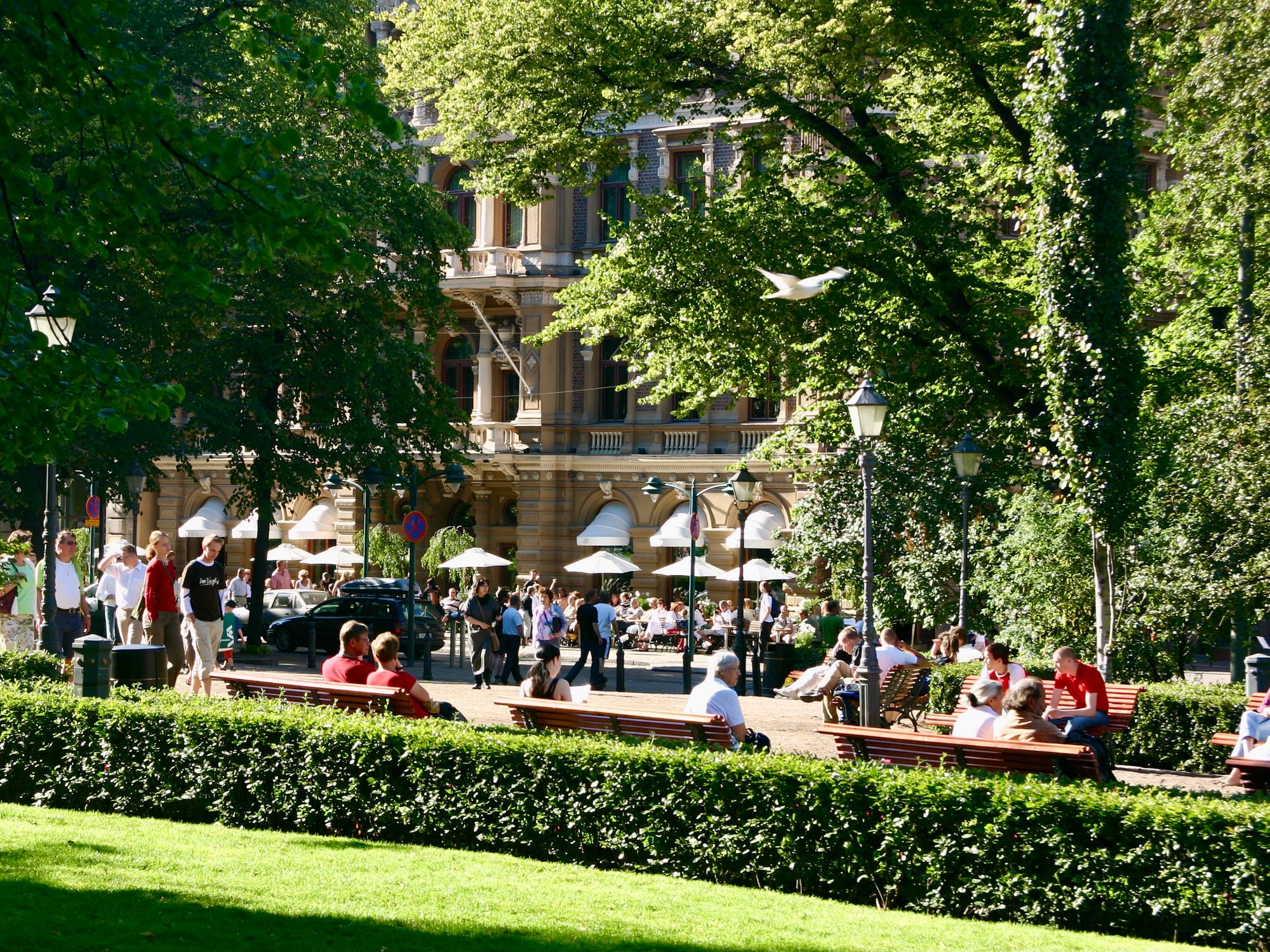
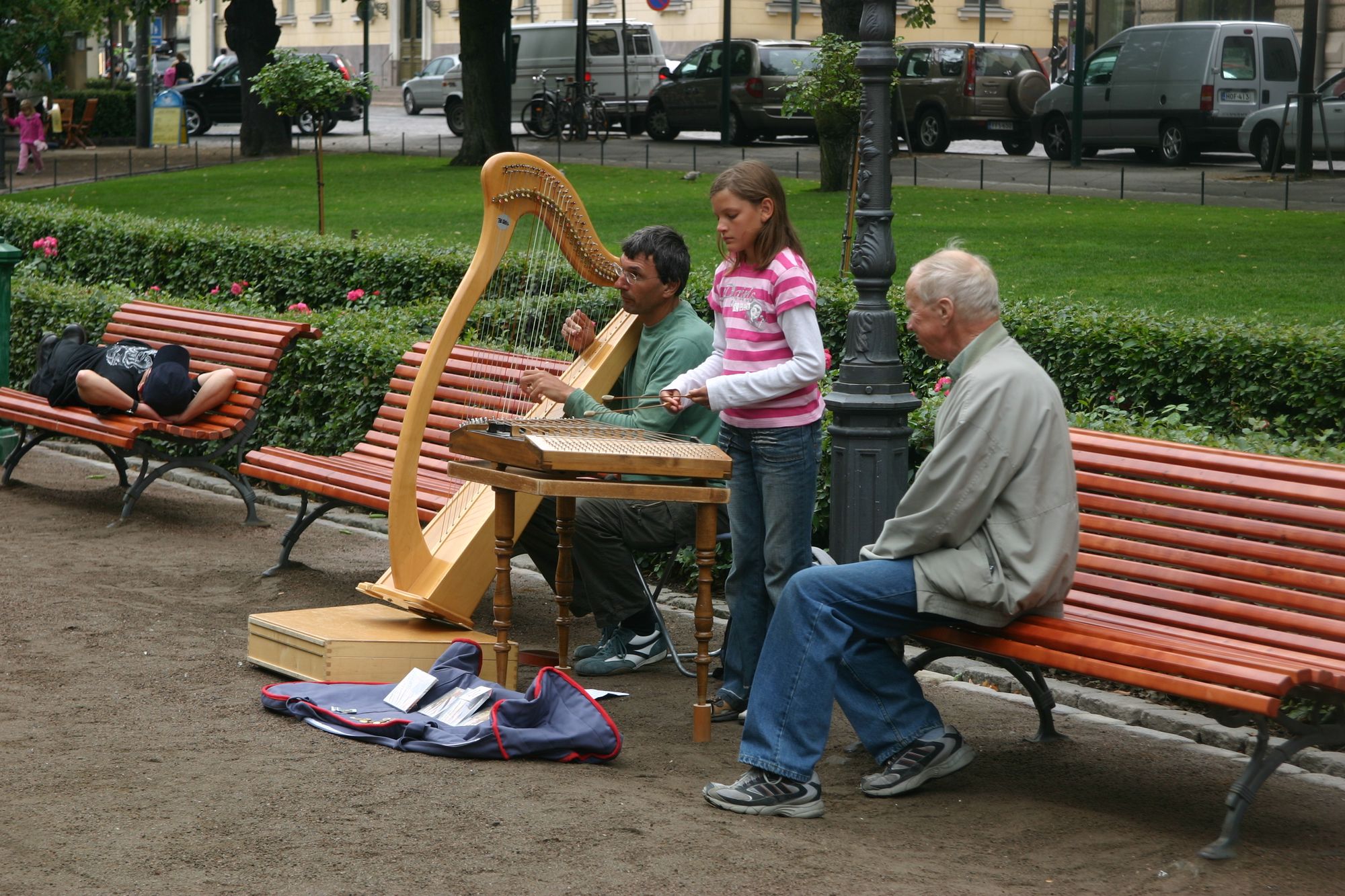
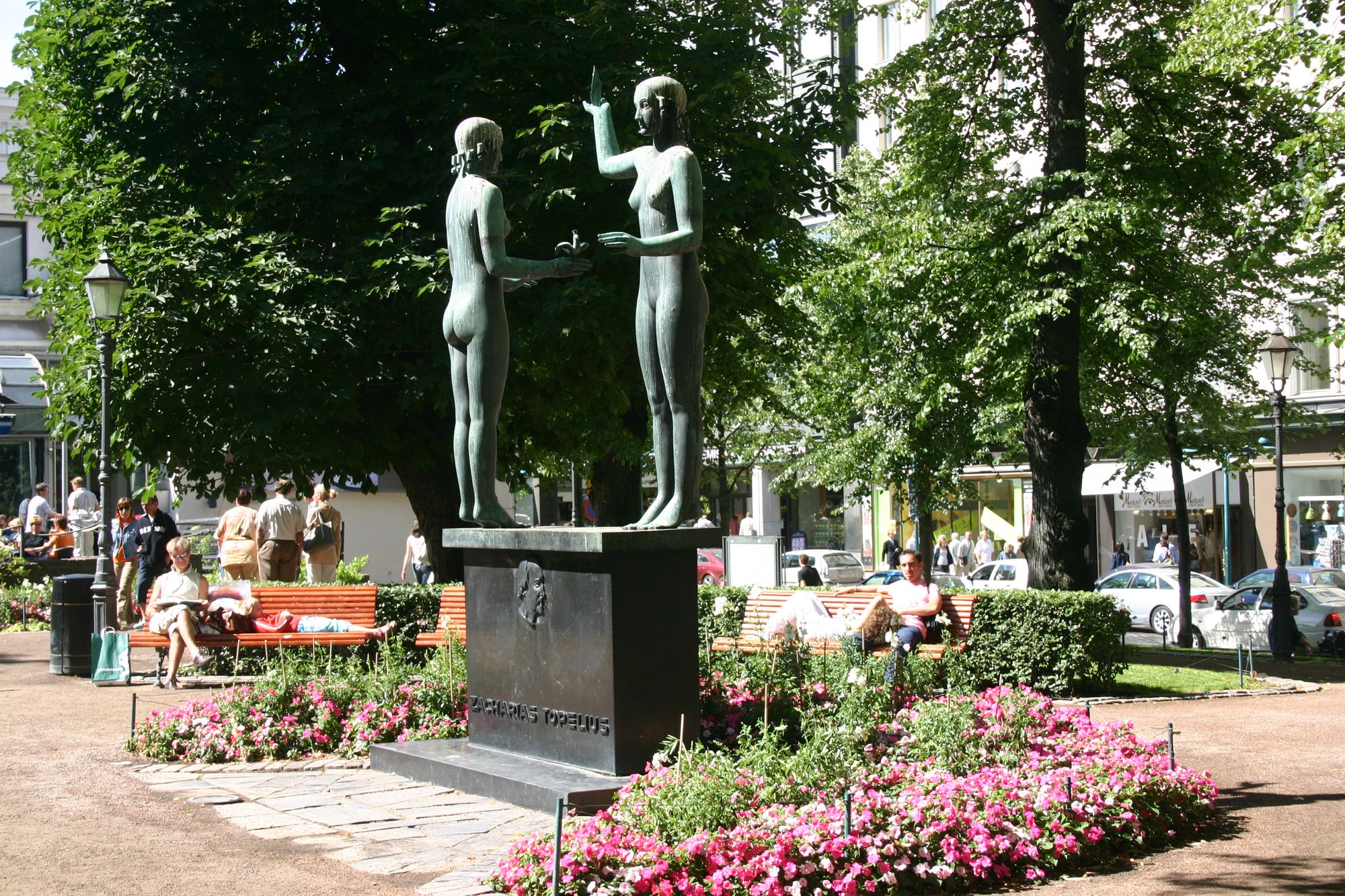
Helsinki, Finland
Singapore
Shaded areas and spectacular canopies dominate some of Singapore's prime dining destinations. Tree cover and awnings seem to meet in the middle, at times, ensuring that pedestrians stay cool.
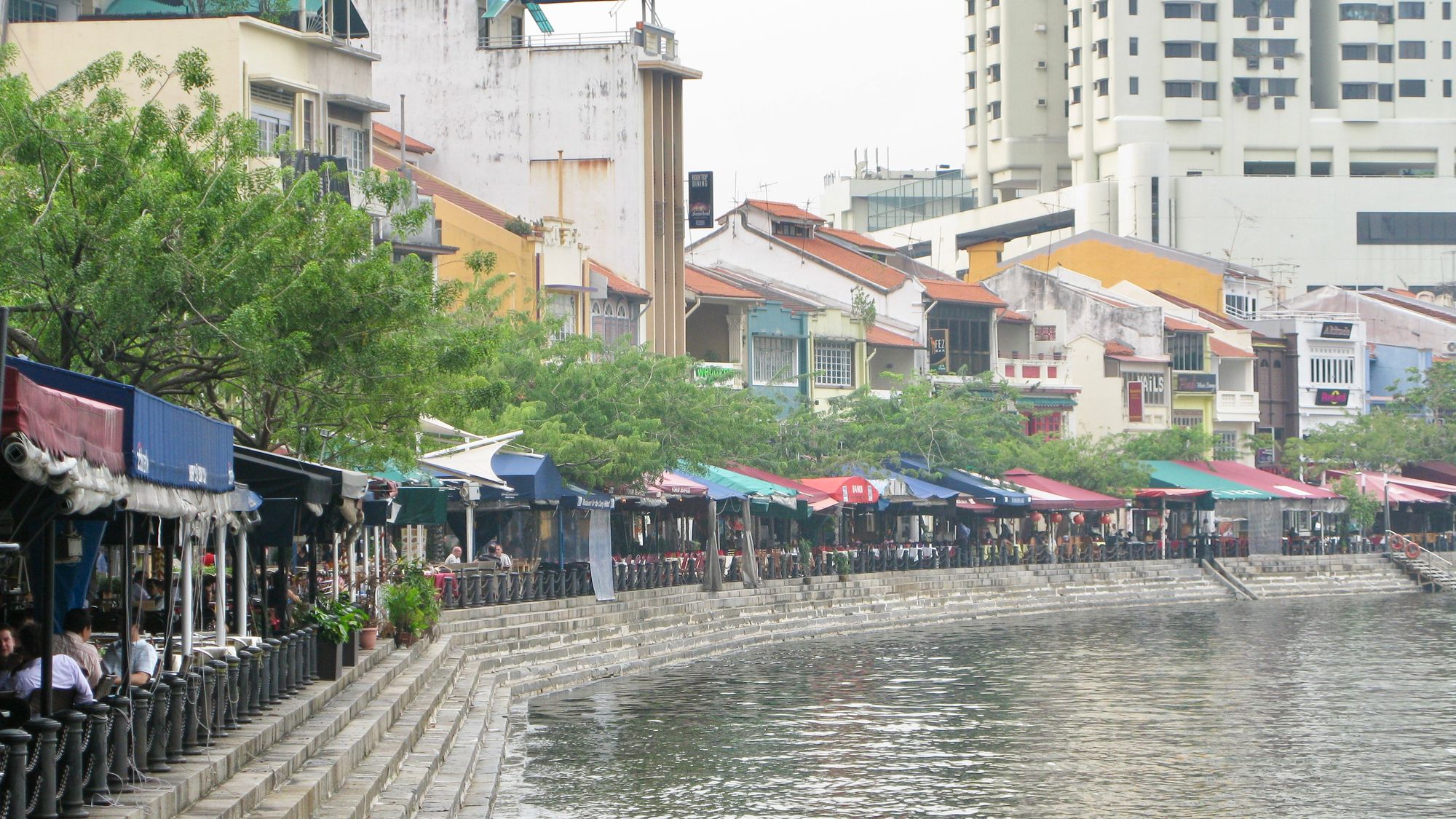
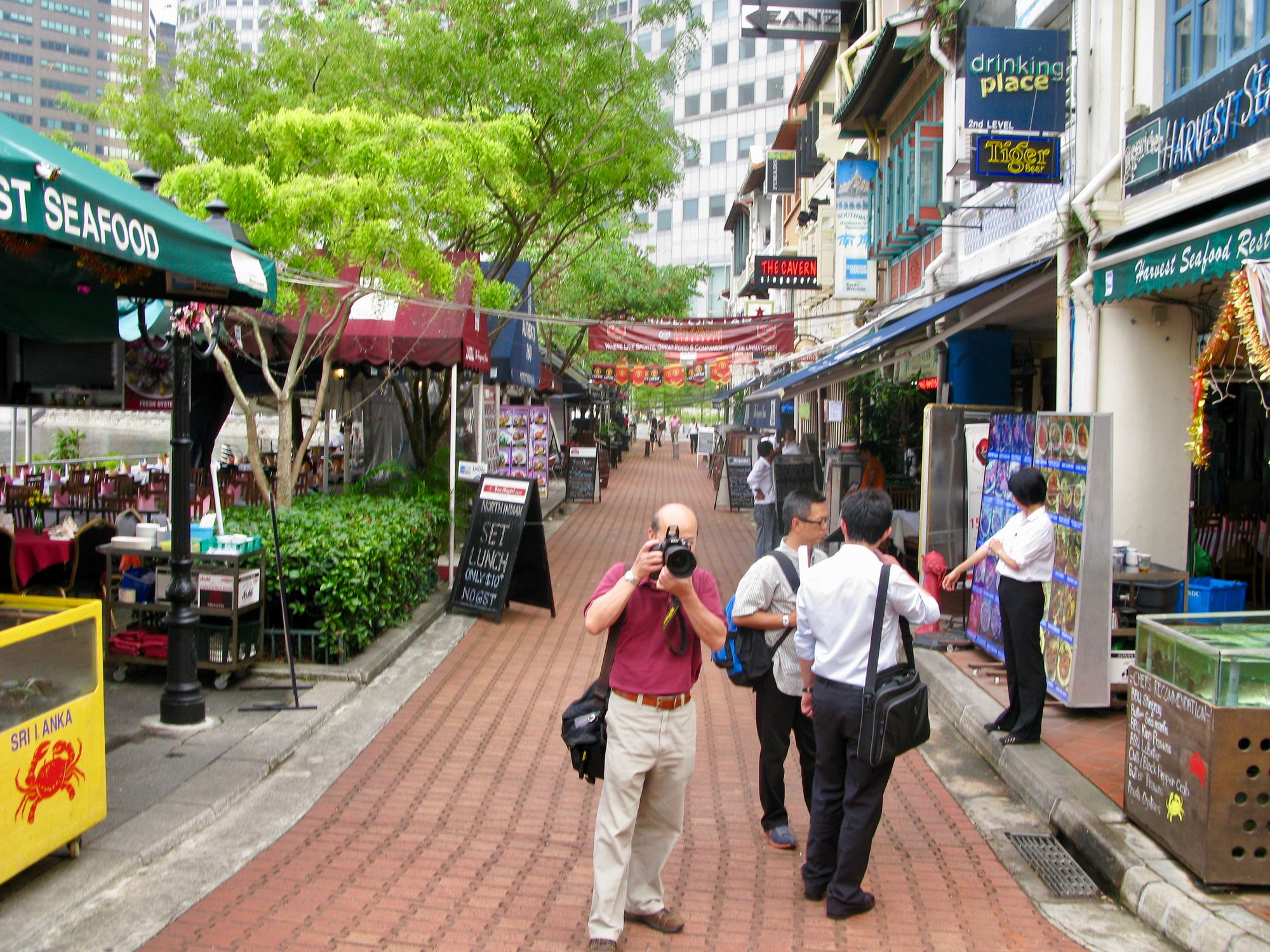
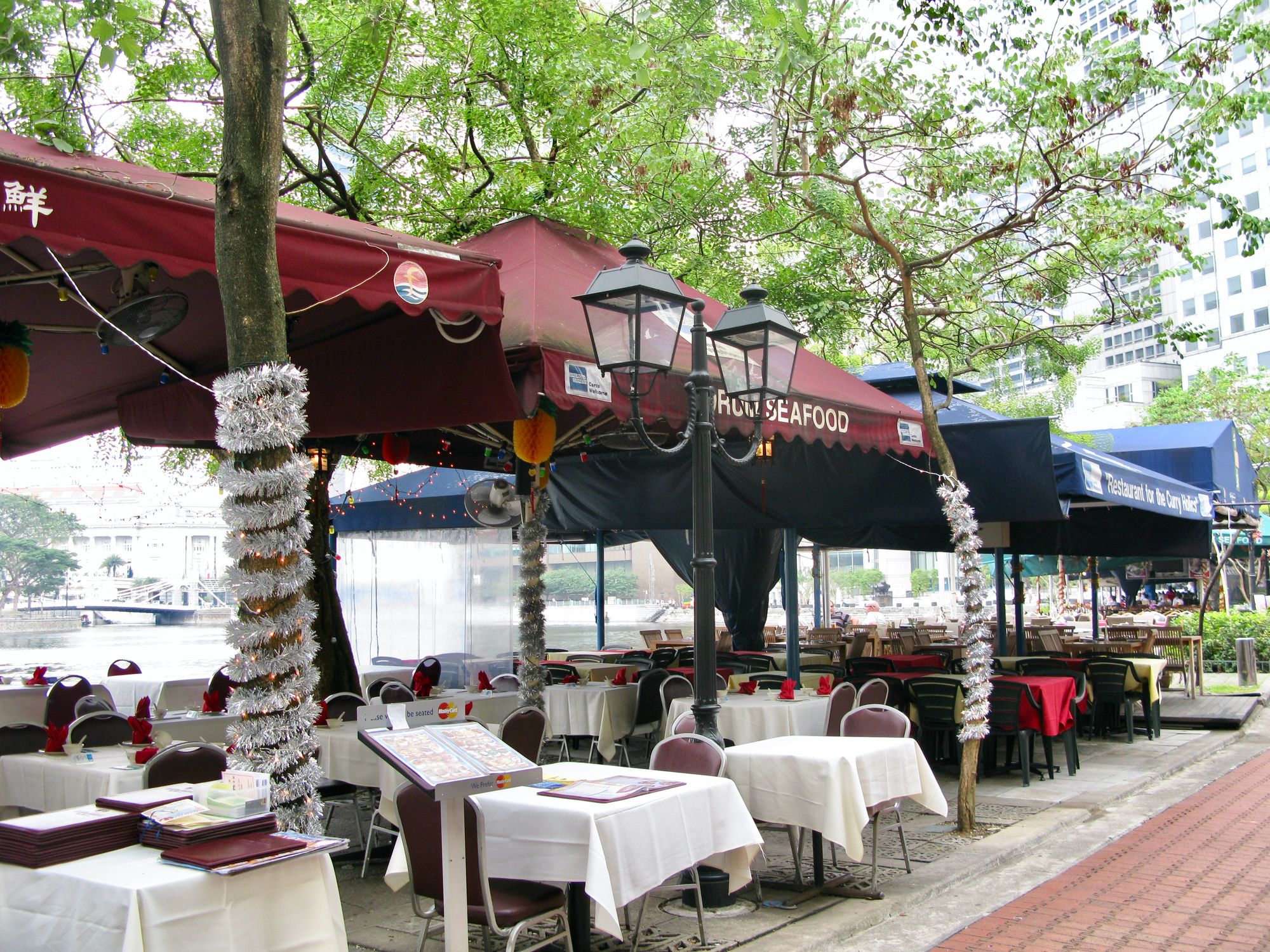
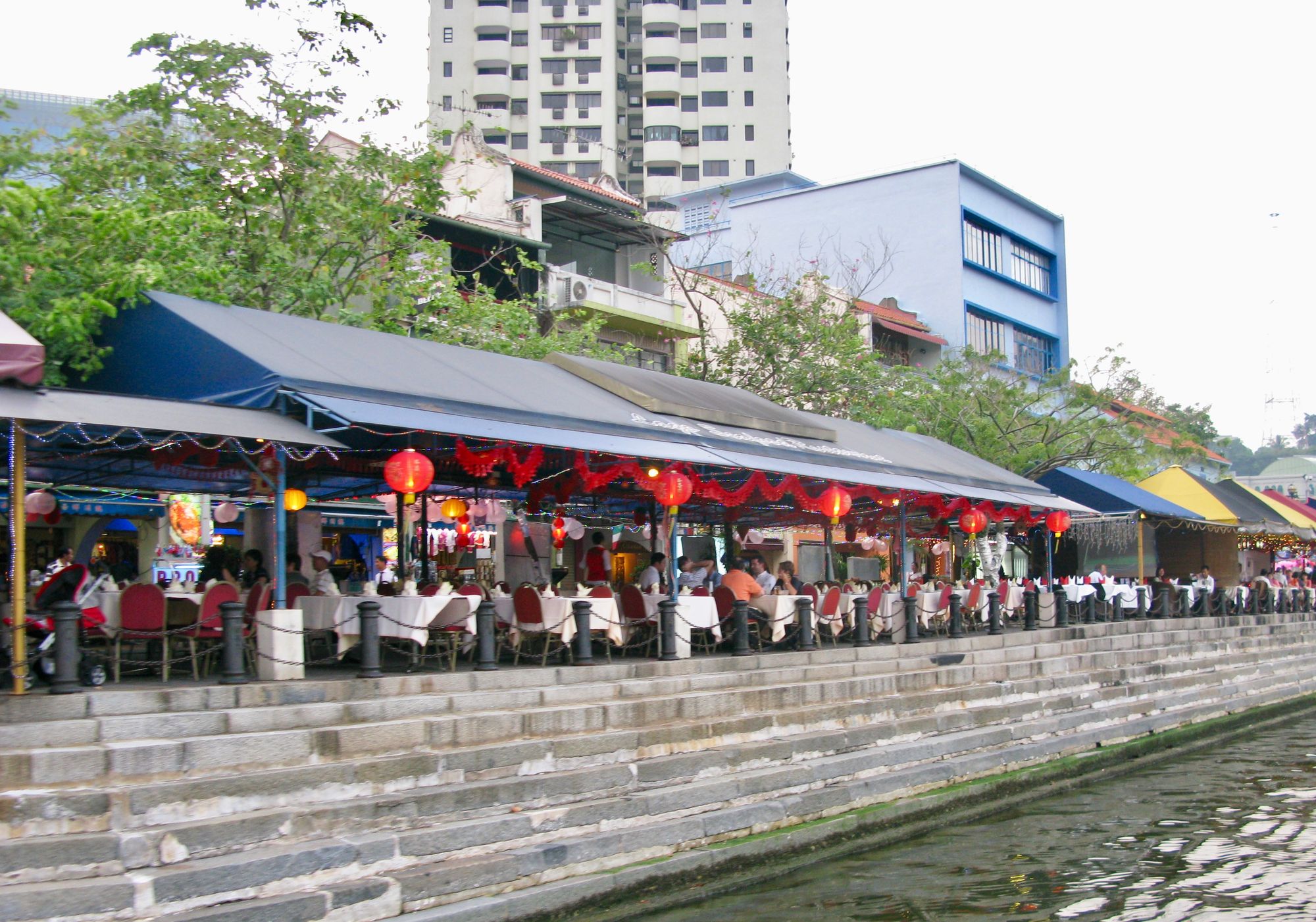
Singapore — Boat Key
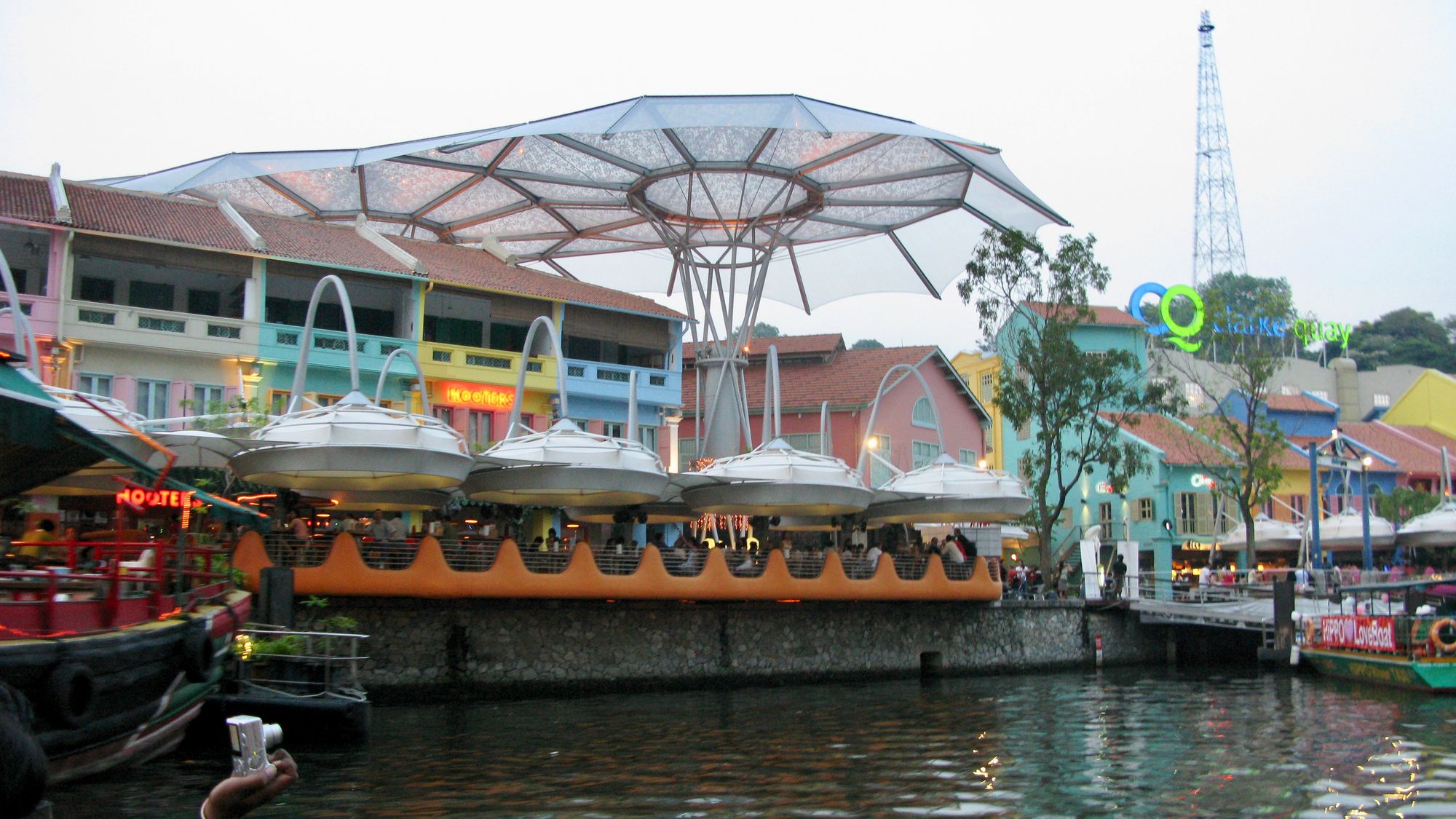
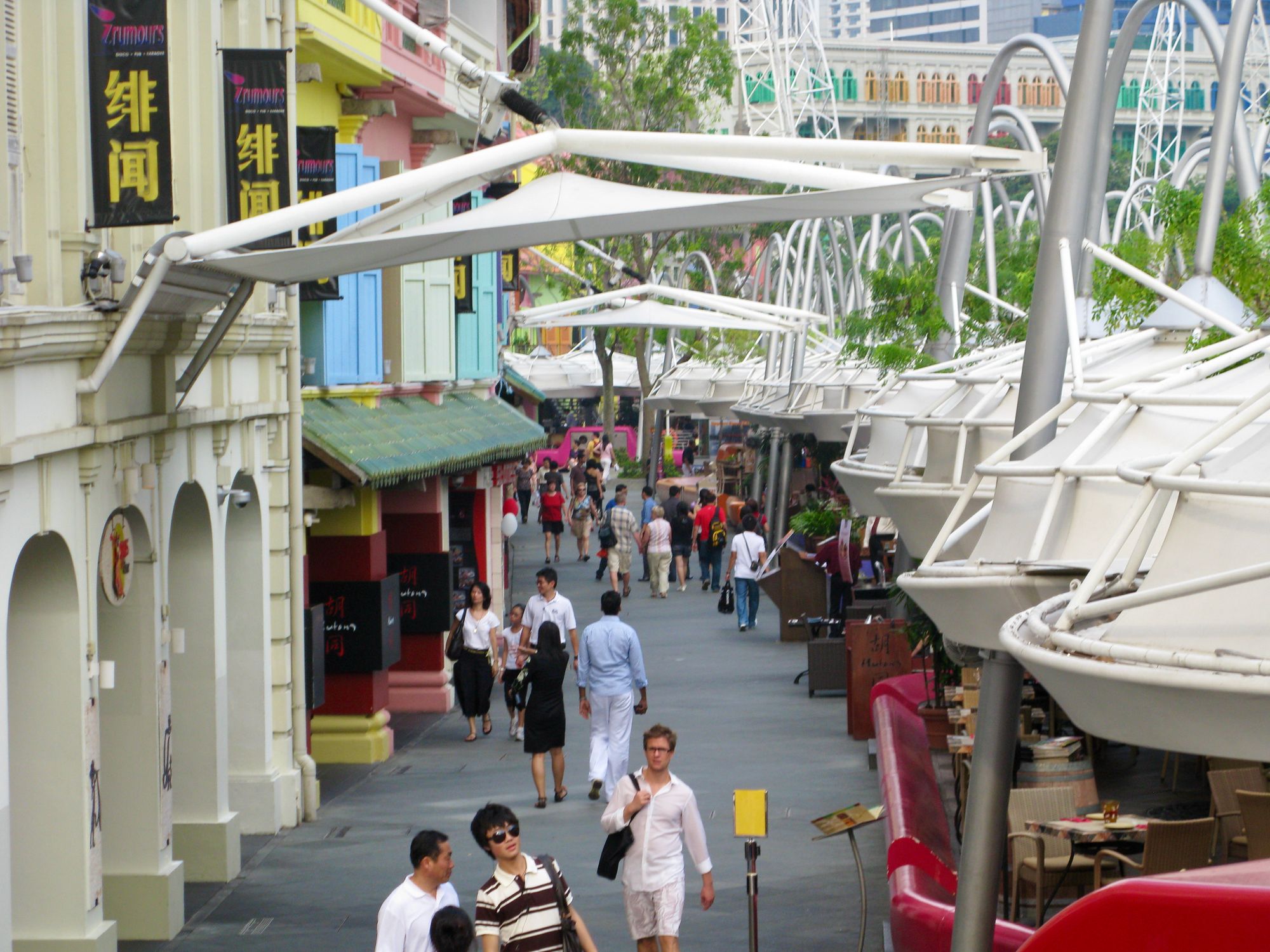
Singapore Clark Key
A How-To on Providing Seating Around Trees
Cobble Hill, Brooklyn
This bench has recently become a fixture where we live in Cobble Hill (Brooklyn). This type of seating works especially well when there are other uses, such as cafés nearby. Then, the effect is multiplied — and people stop to enjoy their coffees or snacks in comfort.
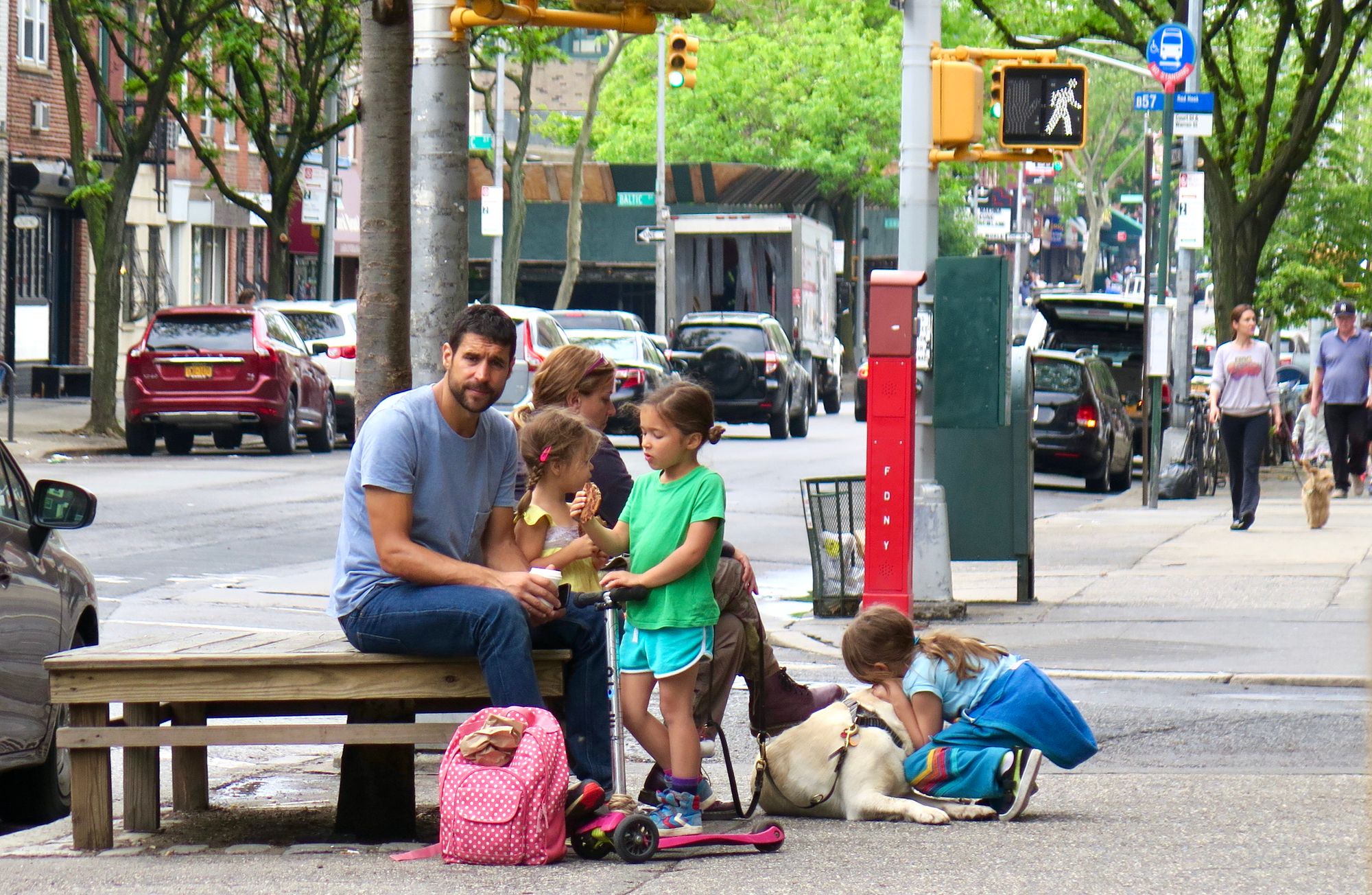
This bench is of a fairly simple design and has been repeated in a few places in Brooklyn. Because it combines shade and seating, it transforms street life with ease, especially for the shops outside of which they are placed.
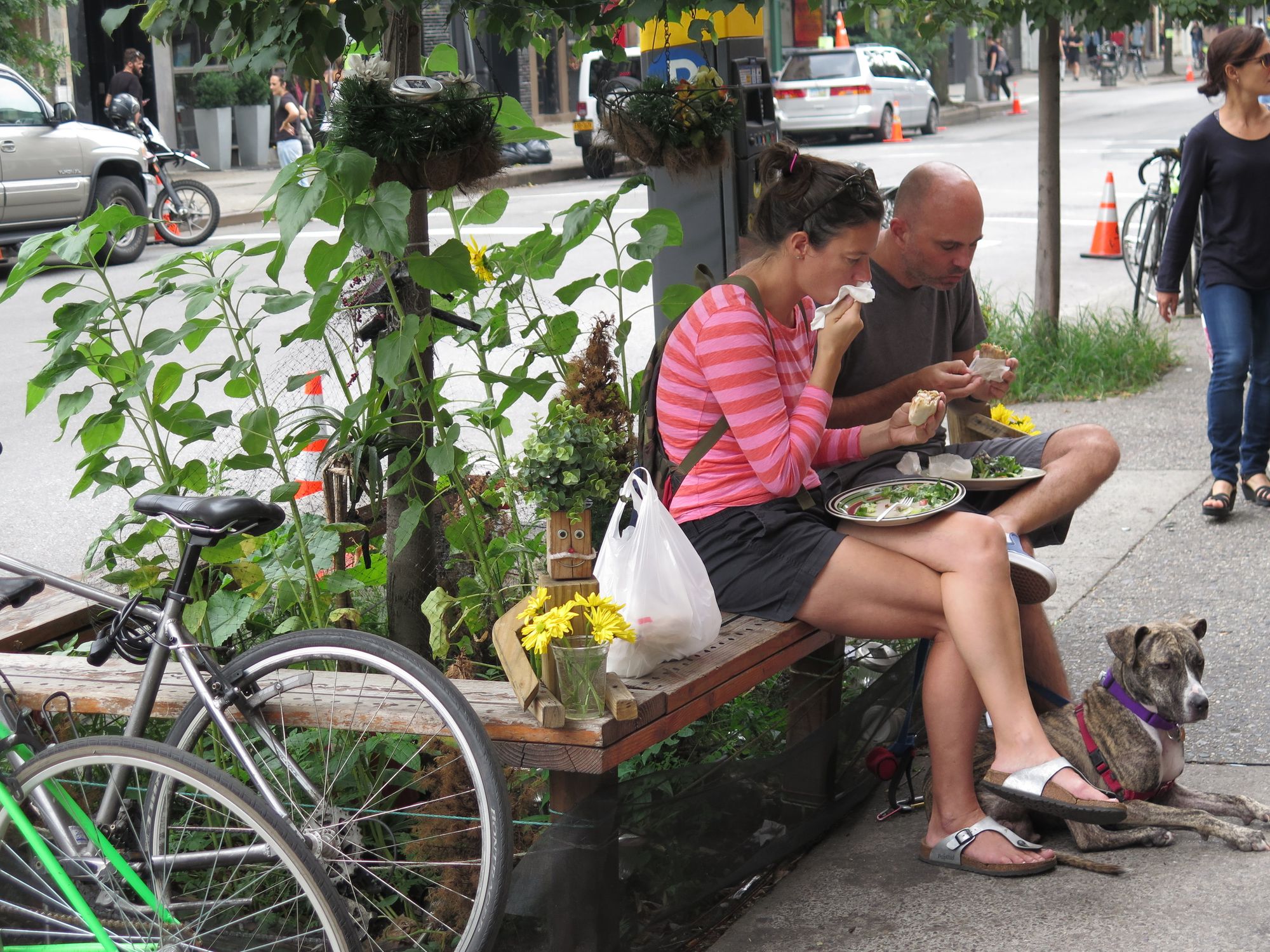
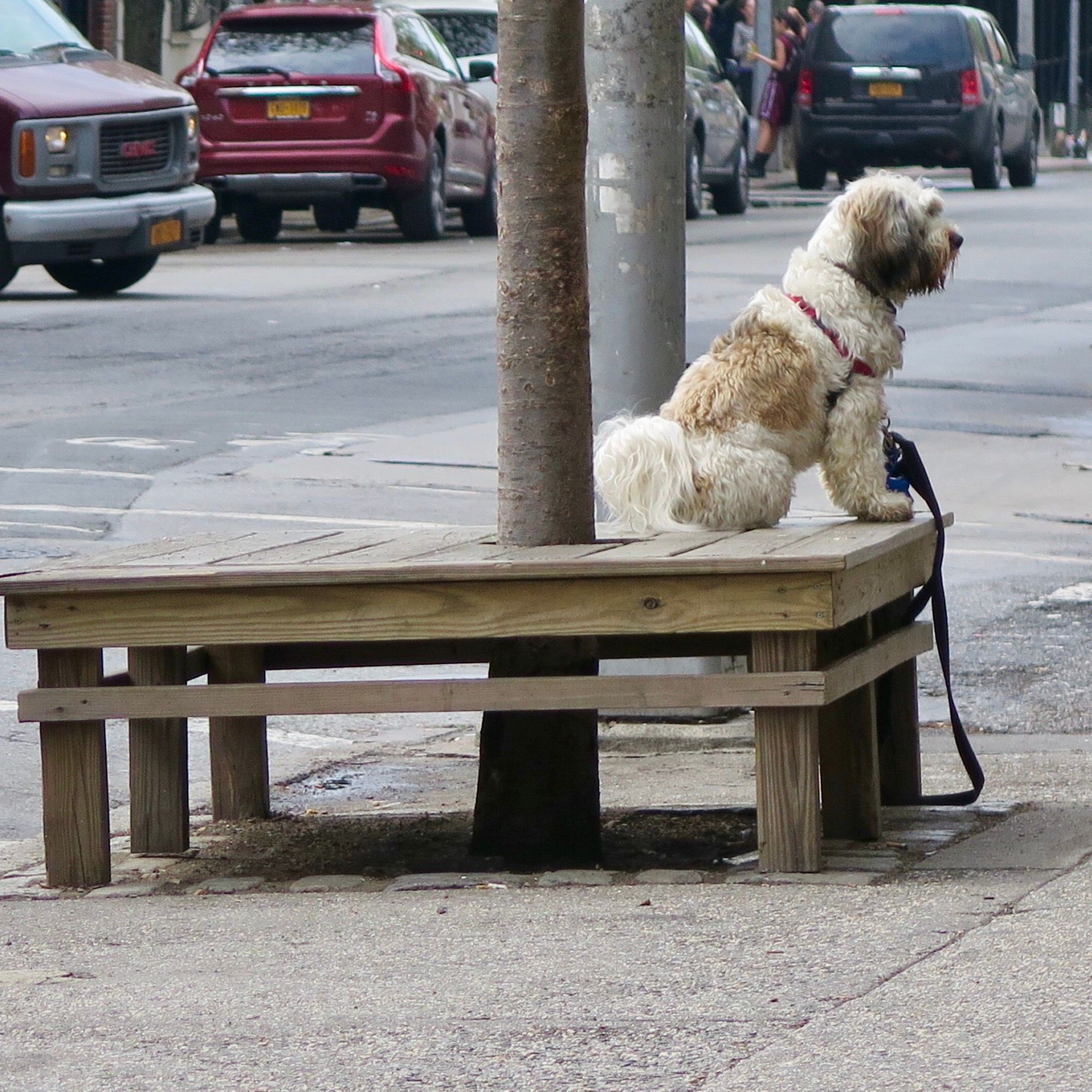
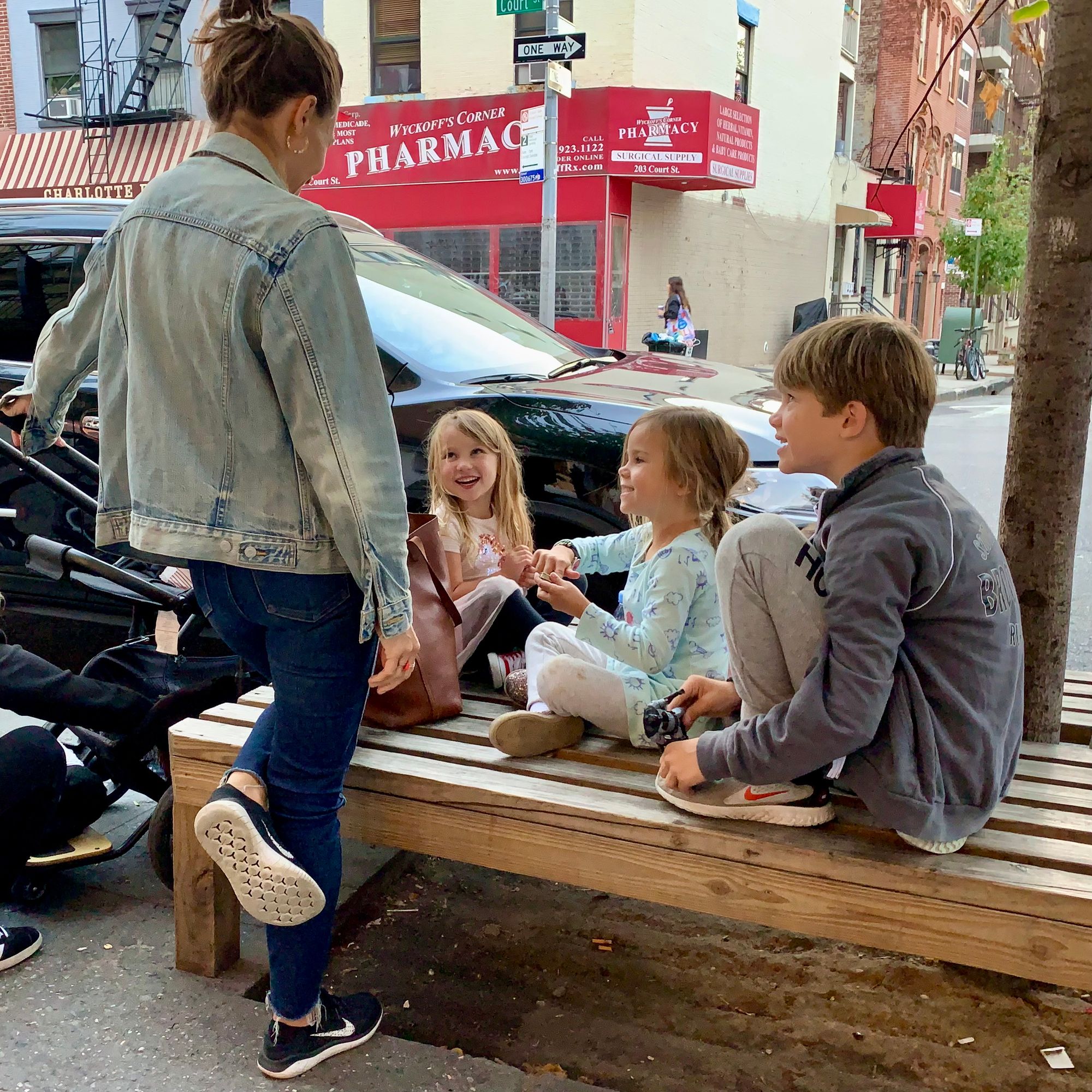
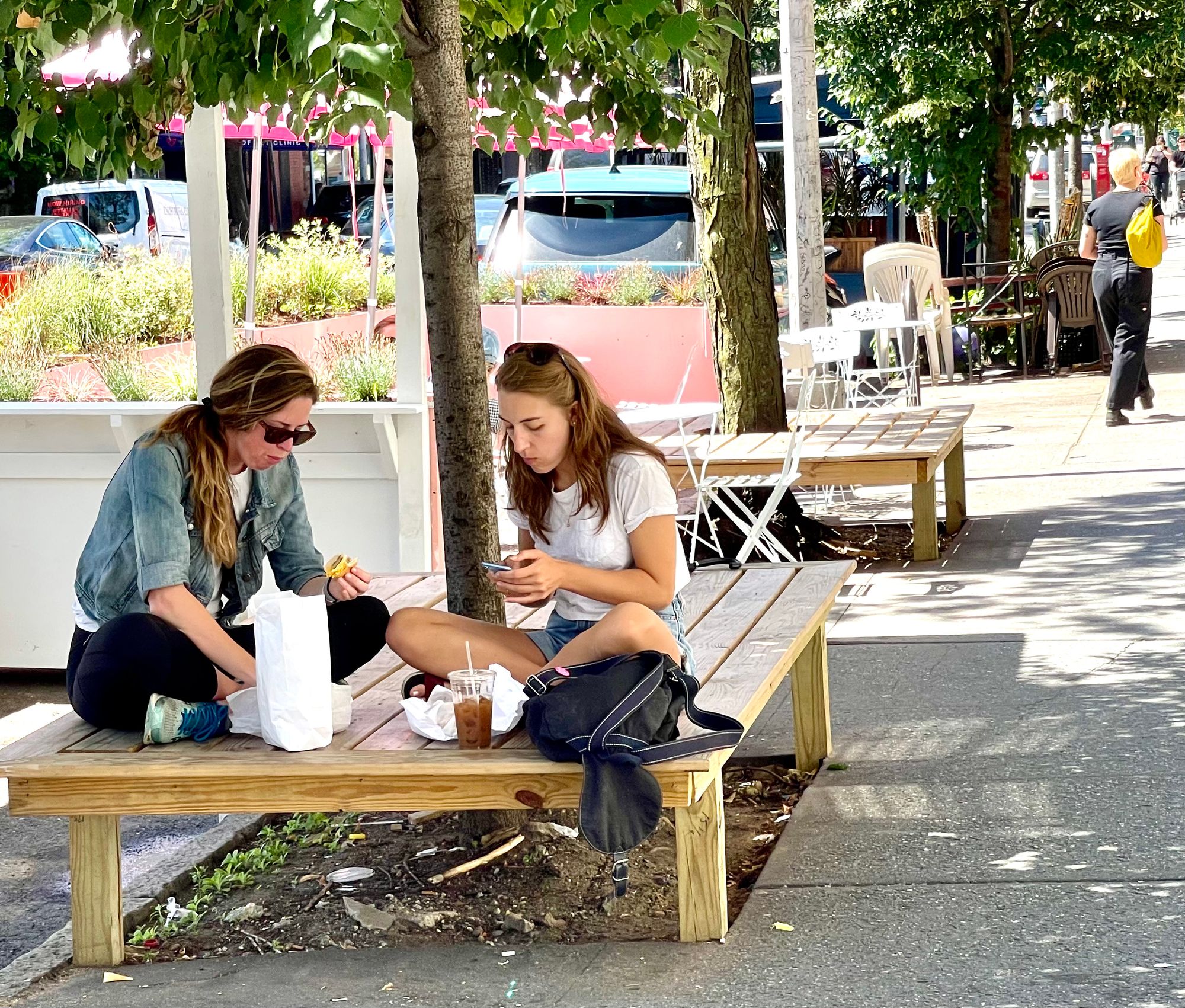
Gaudí Bench, Barcelona
Designed by Antoni Gaudí, these circular structures in Barcelona provide a space for trees and plantings, while doubling as benches: A perfect example of combining seating and shade!
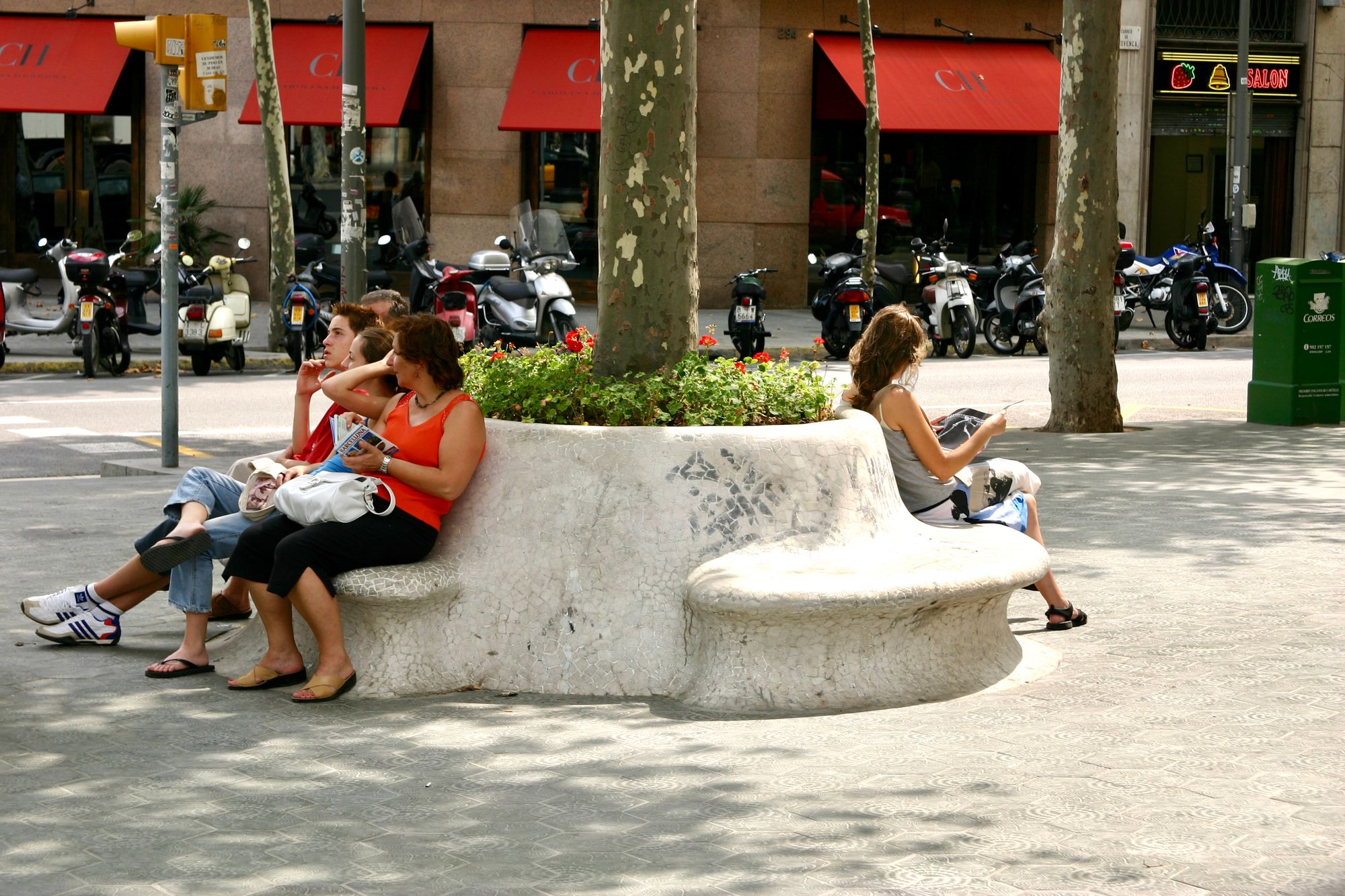
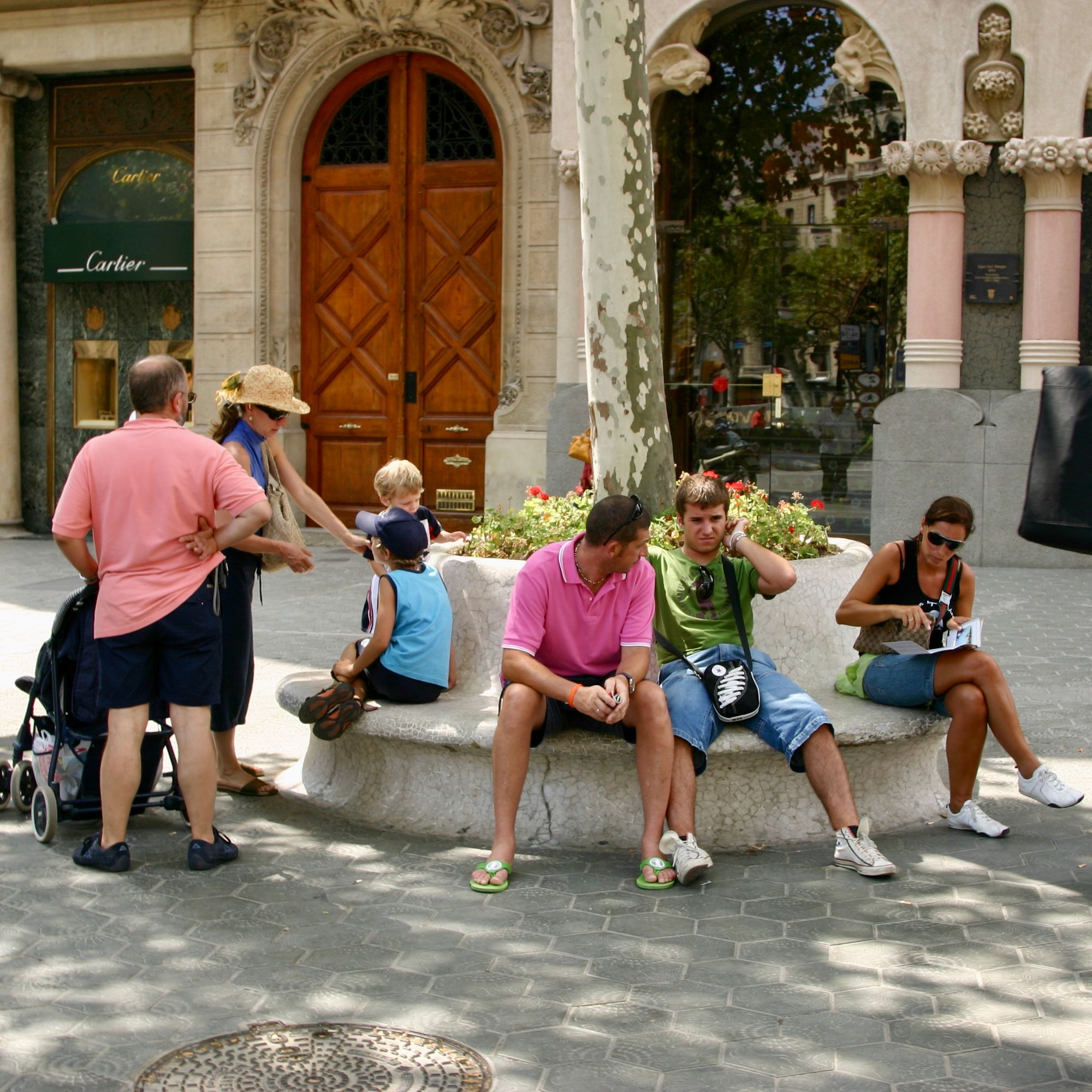
Antoni Gaudí designed these benches.
Creating "porches" on main streets
One of the great things about turning shops and restaurants "inside out" is that it often means more shady spots to congregate. Whether with roofs that extend a storefront, awnings that form the entryway to a restaurant, or with umbrellas, businesses can play a huge role in making an entire street more comfortable — all while drawing in more potential customers!
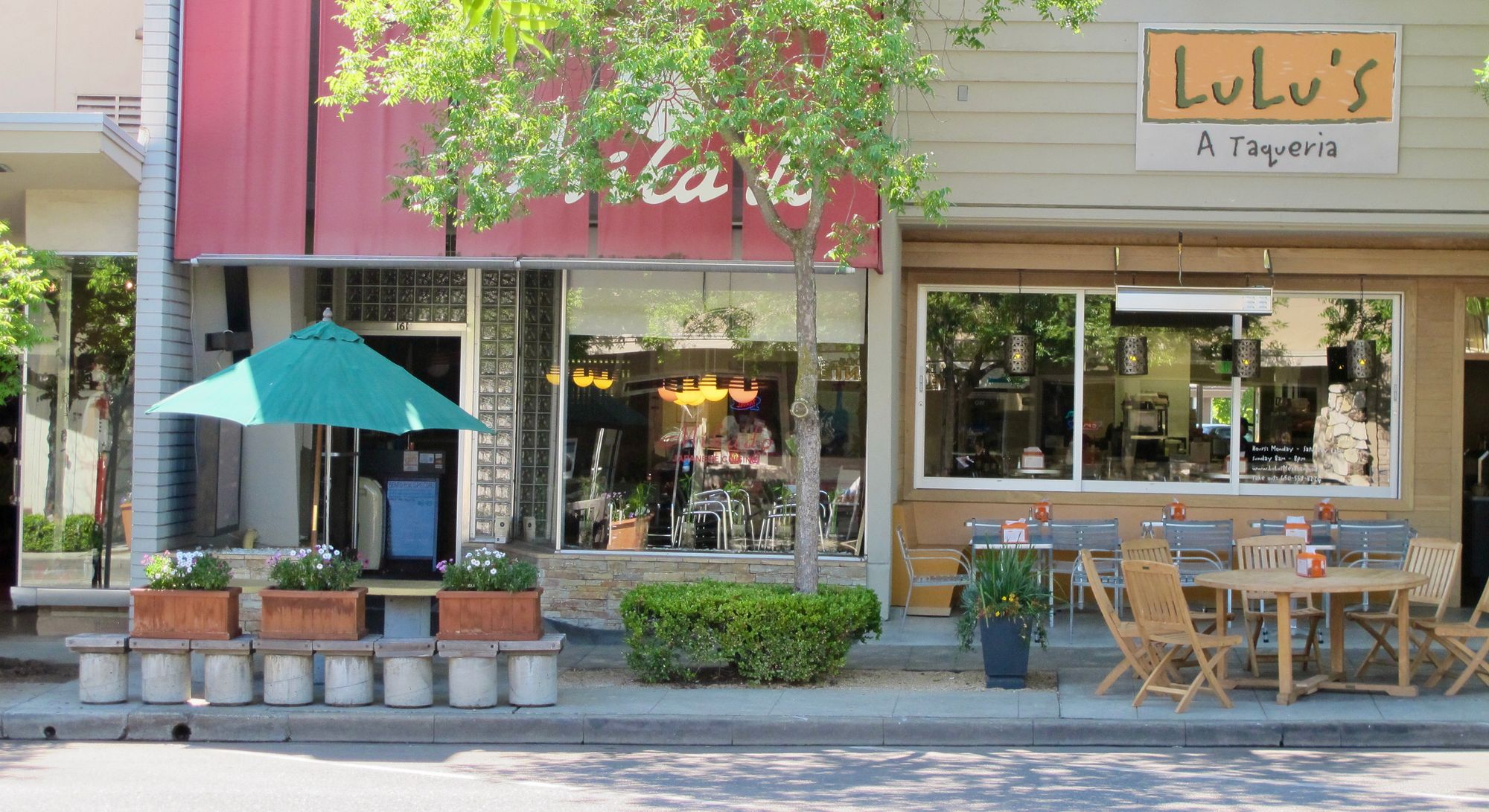
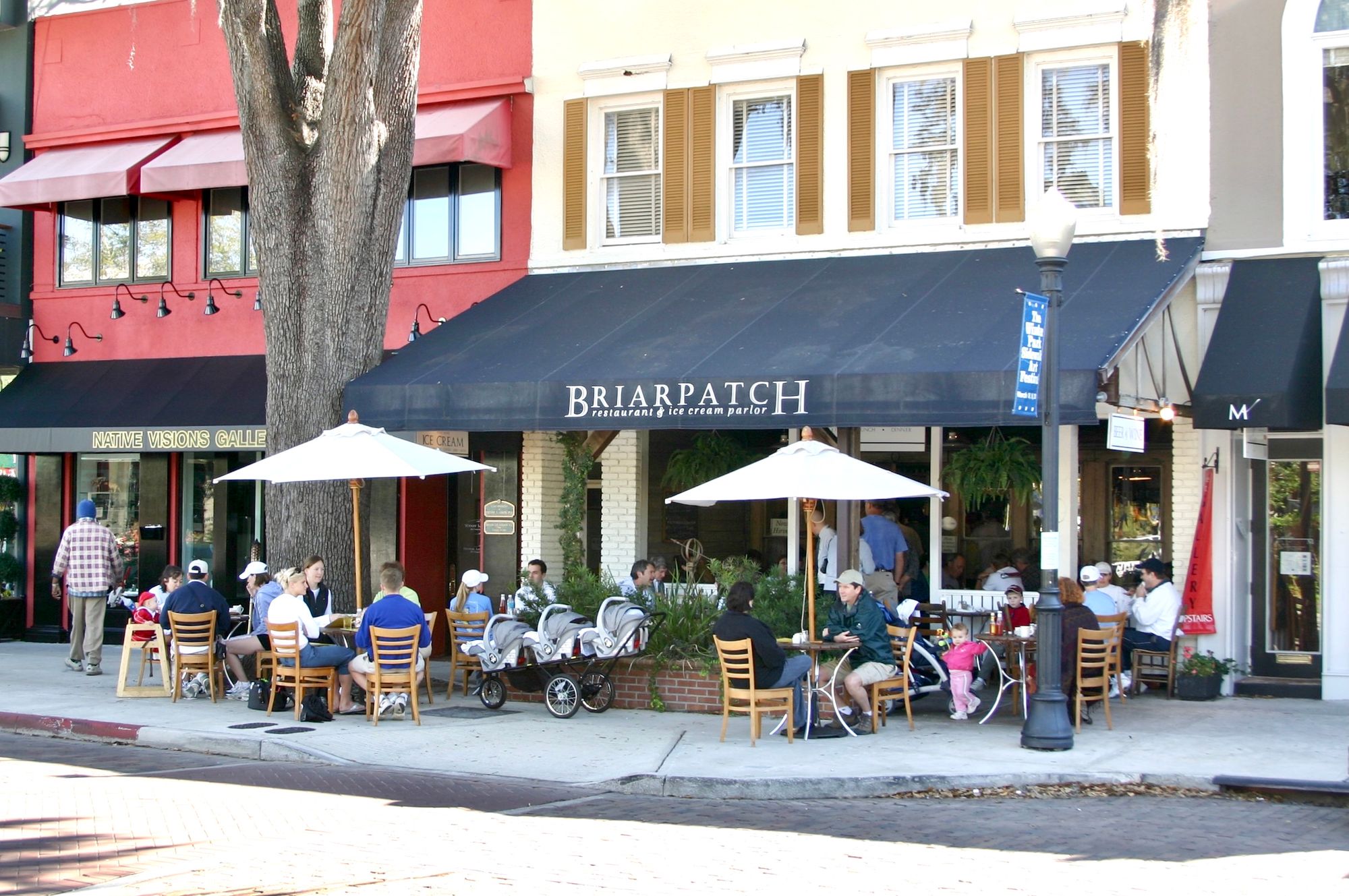
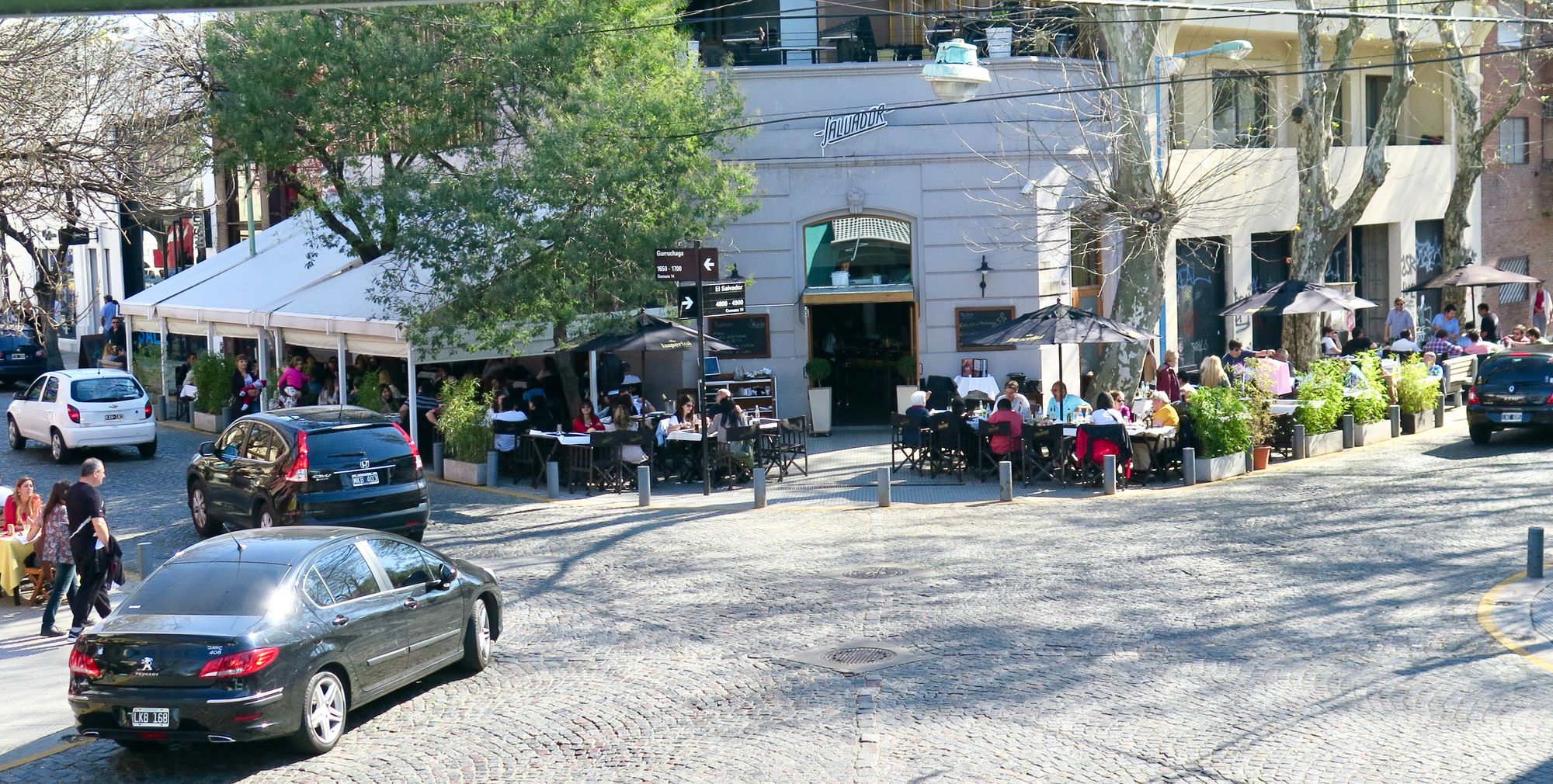
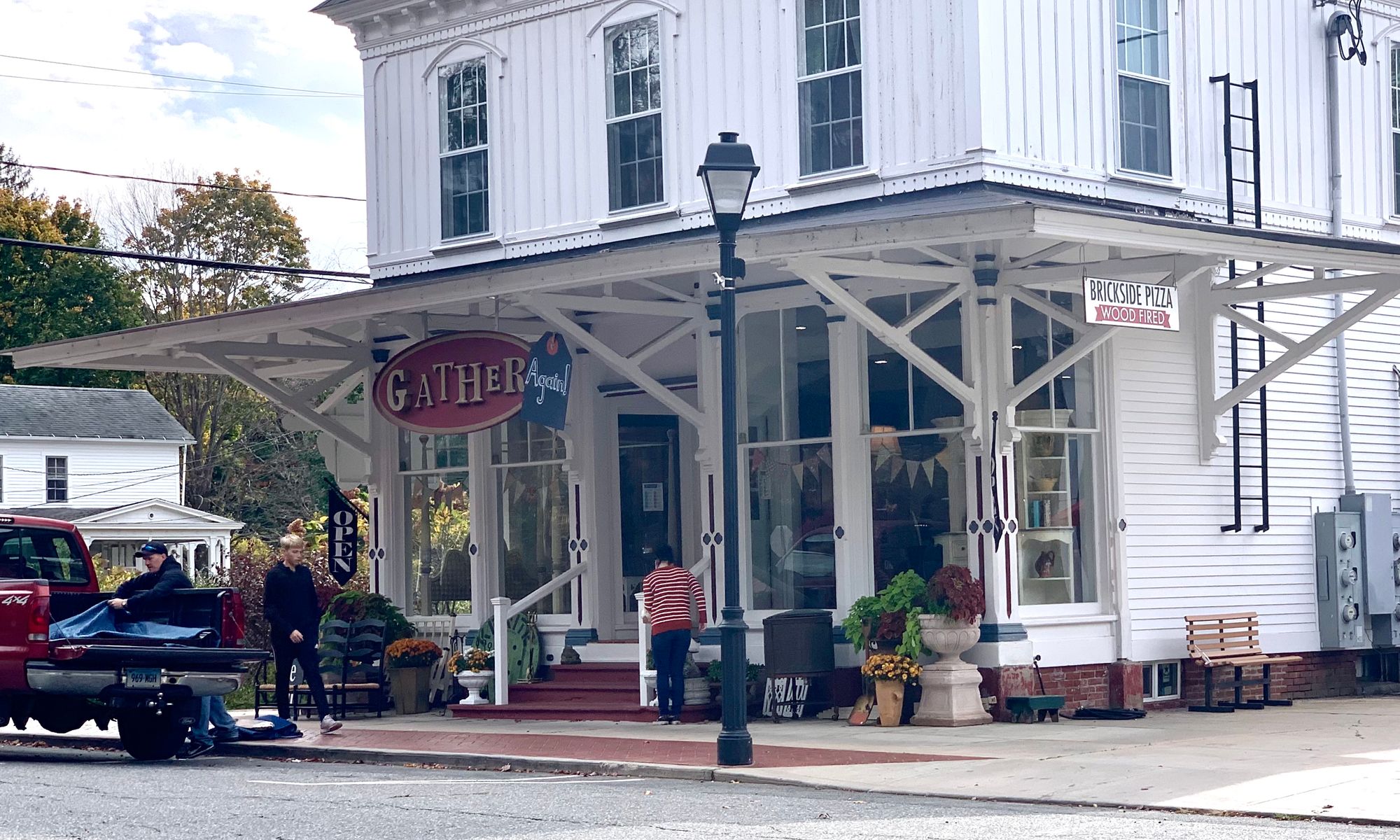
Los Altos, CA, USA; WInter Park, FLorida, USA; Buenos Aires, Argentina; Ivoryton, CT, USA
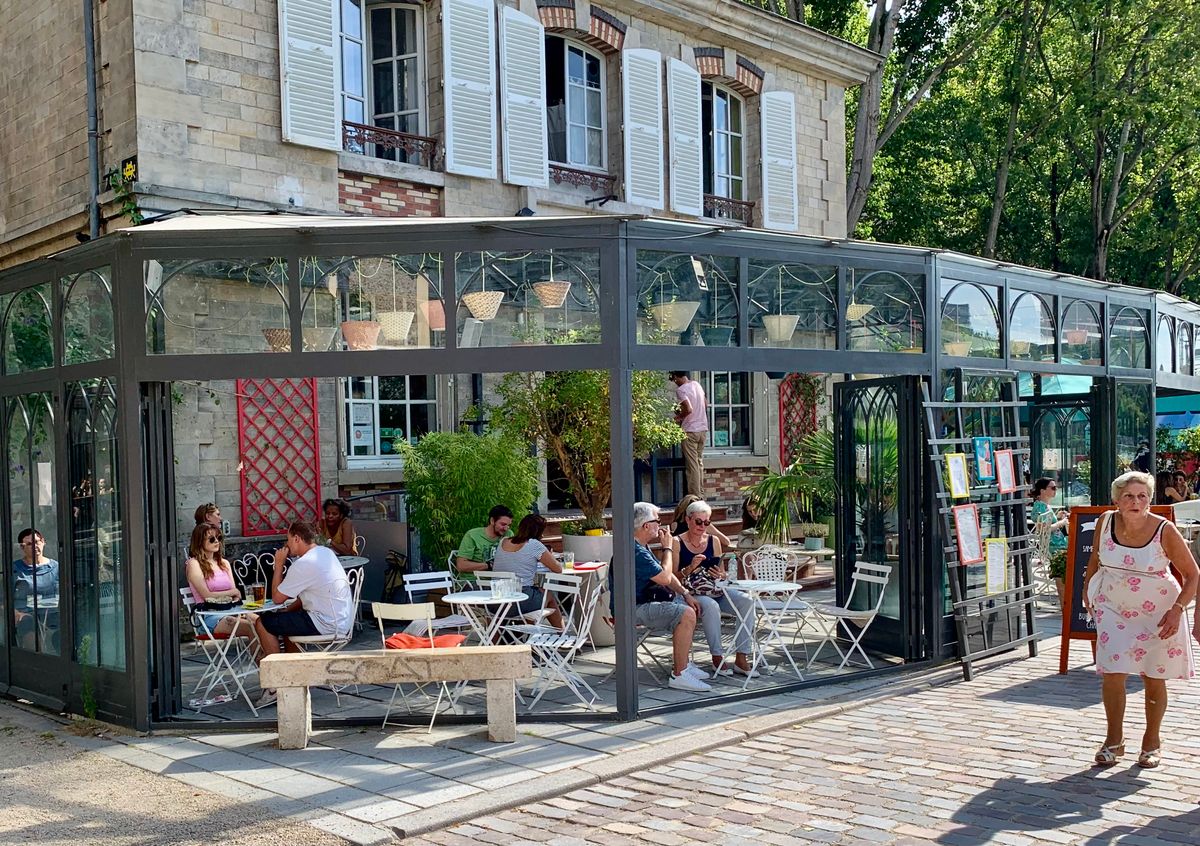
Shade Structures
Shade structures have filled this need in many places, becoming a basic element in public spaces around the world. These structures are an opportunity to craft the visual identity of an area, or to create aesthetically pleasing, sculptural shade features.
Saudi Arabia - Medina and Riyadh
Shade structures abound in cities like Medina and Riyadh, where daily temperatures are frequently above 100 degrees Fahrenheit. Saudi Arabian public spaces feature creative solutions, ranging from art projects focused on natural shade like tree plantings, to impressive architectural features in places like Medina's Grand Mosque.
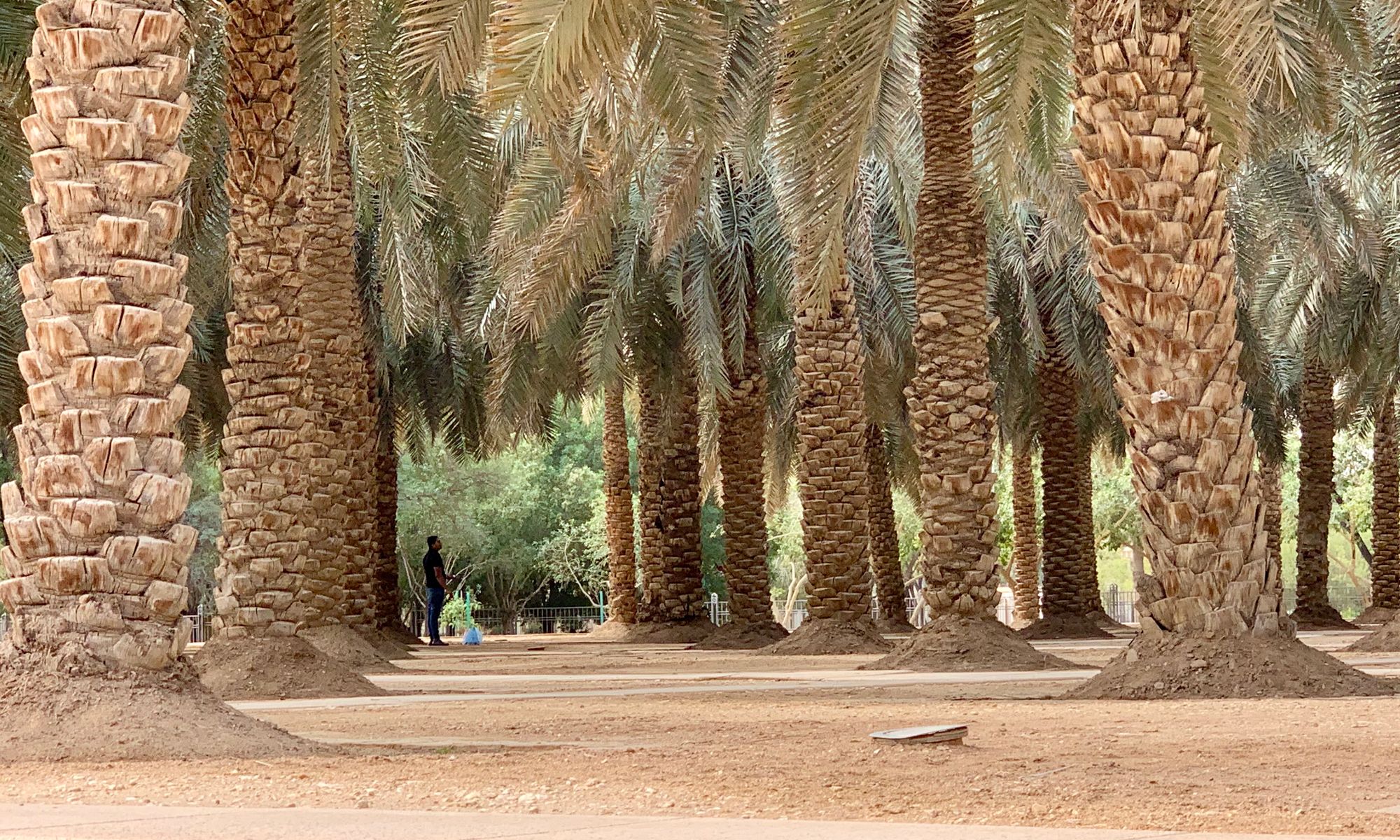
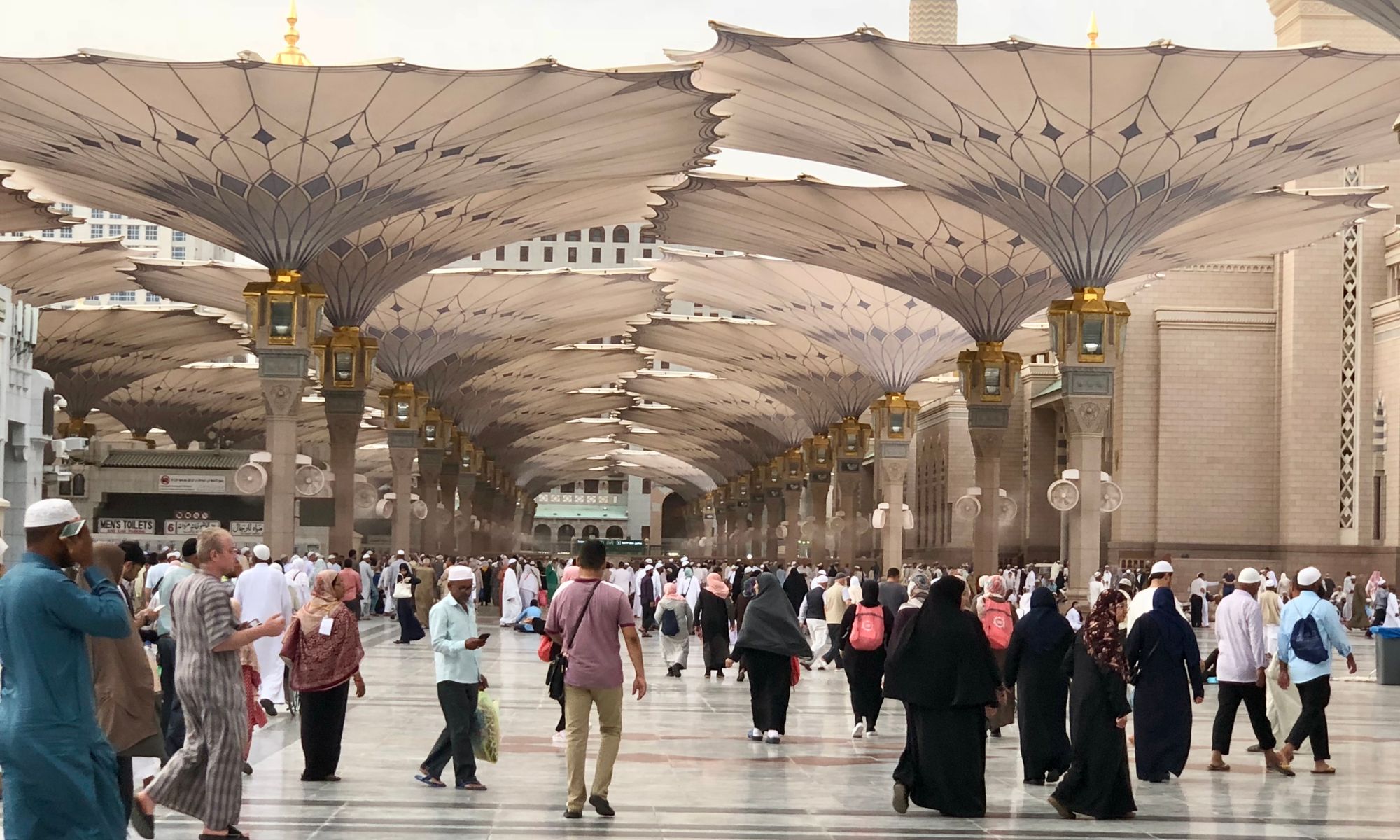
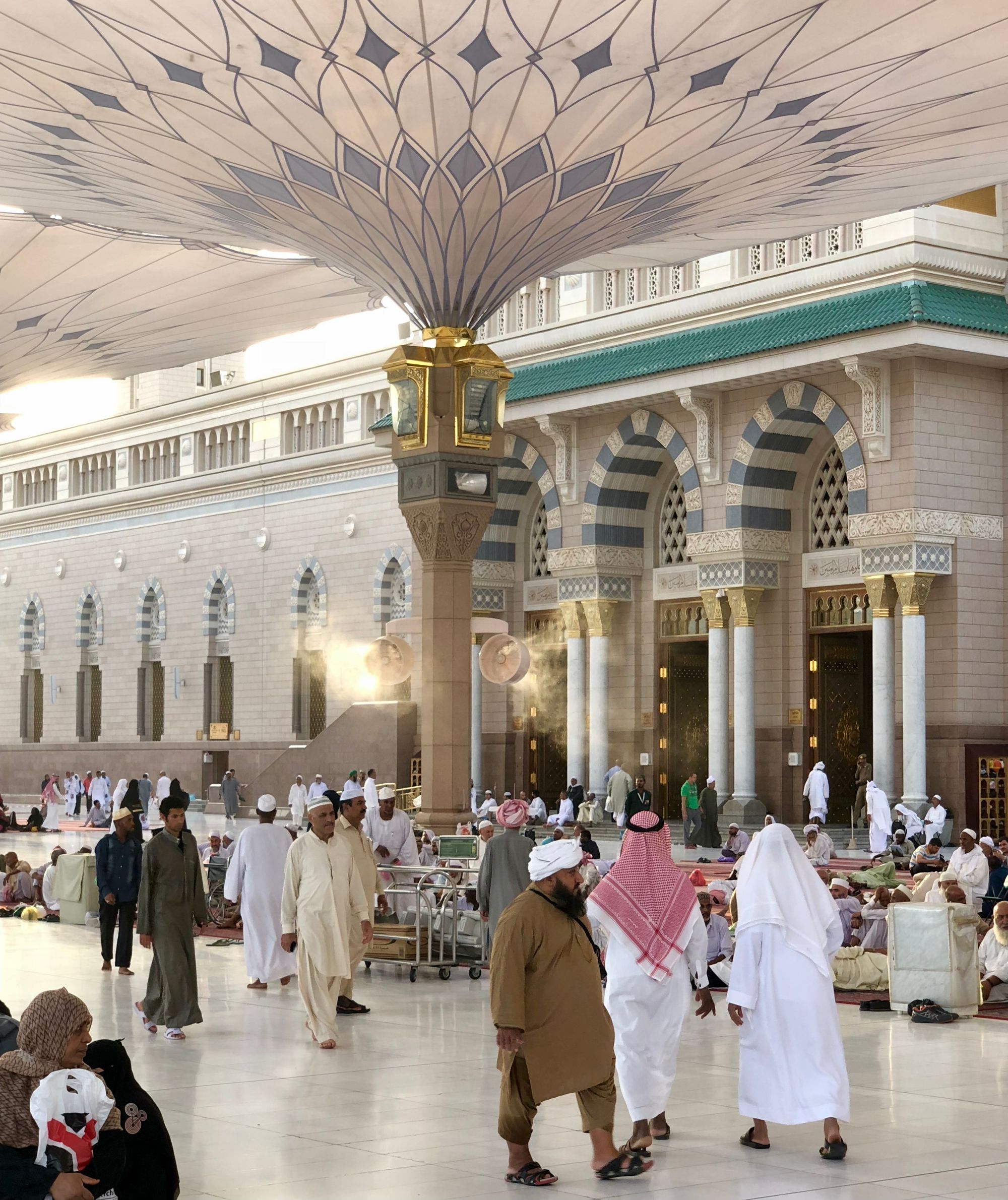
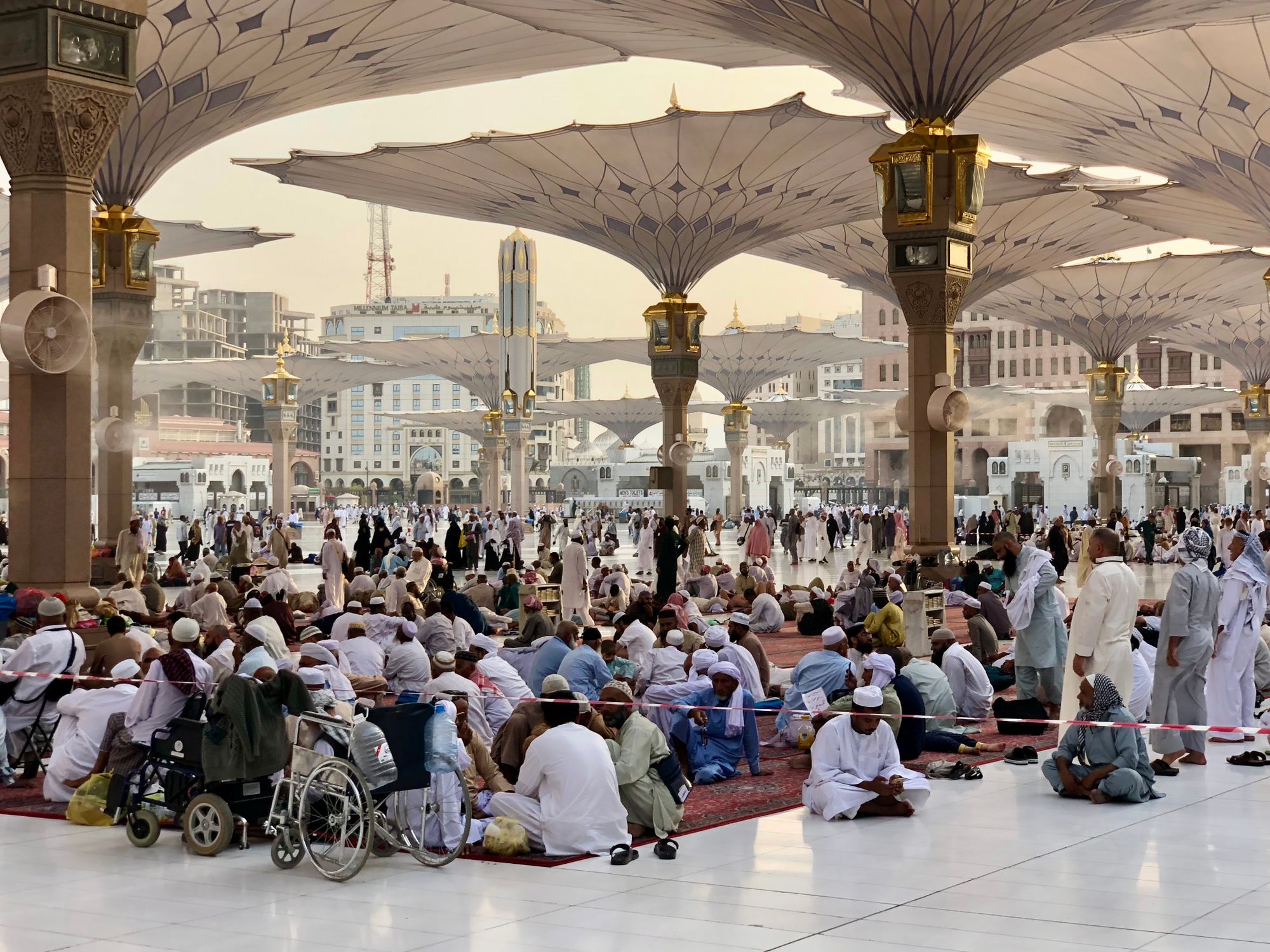
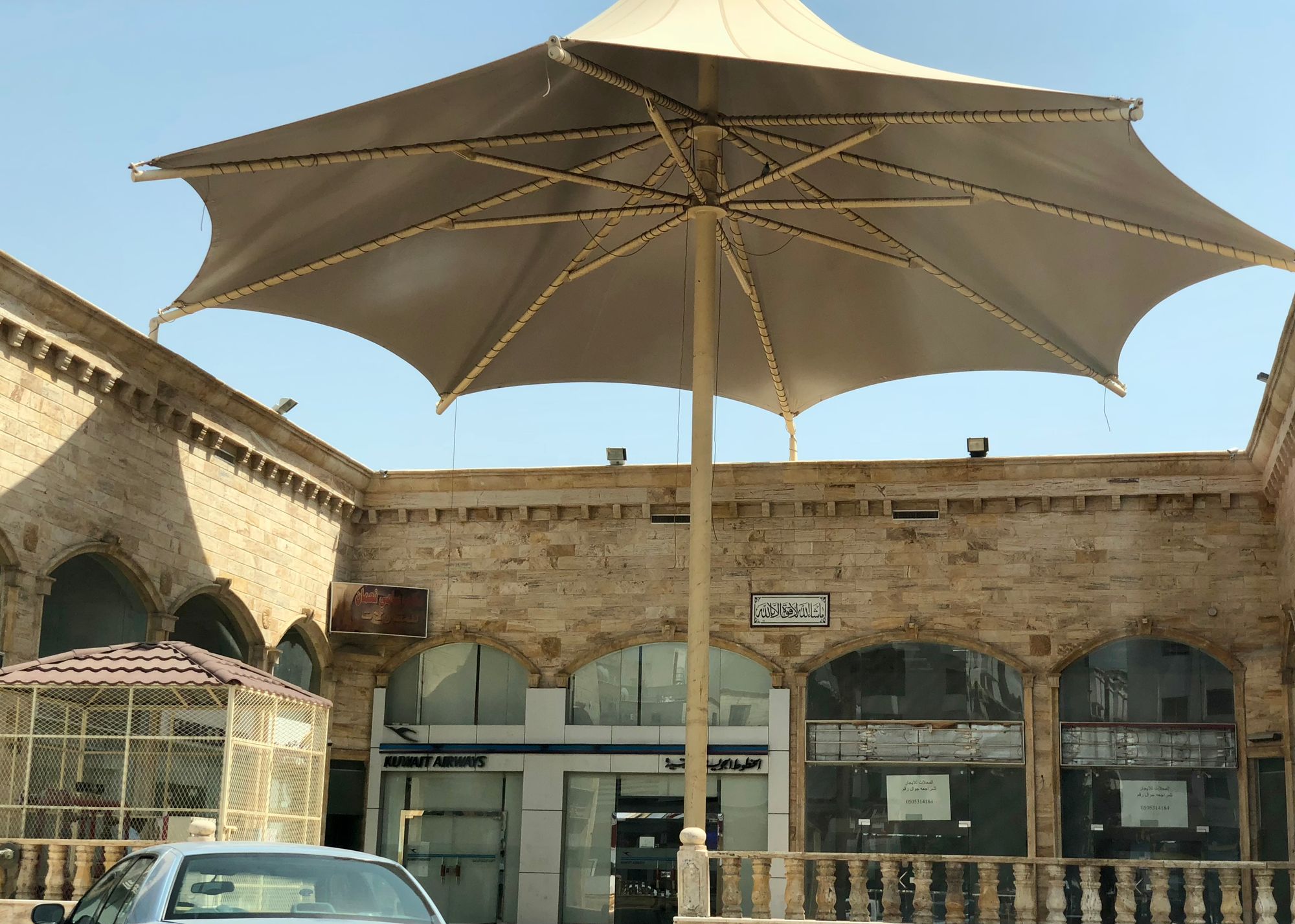
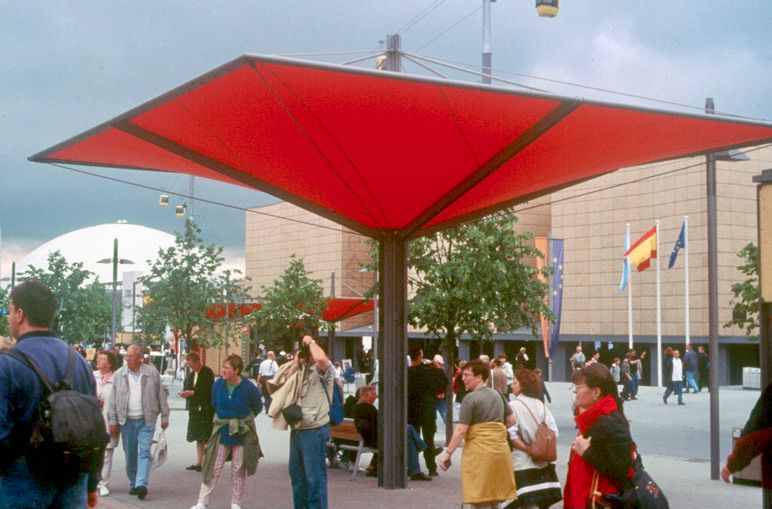
Medina
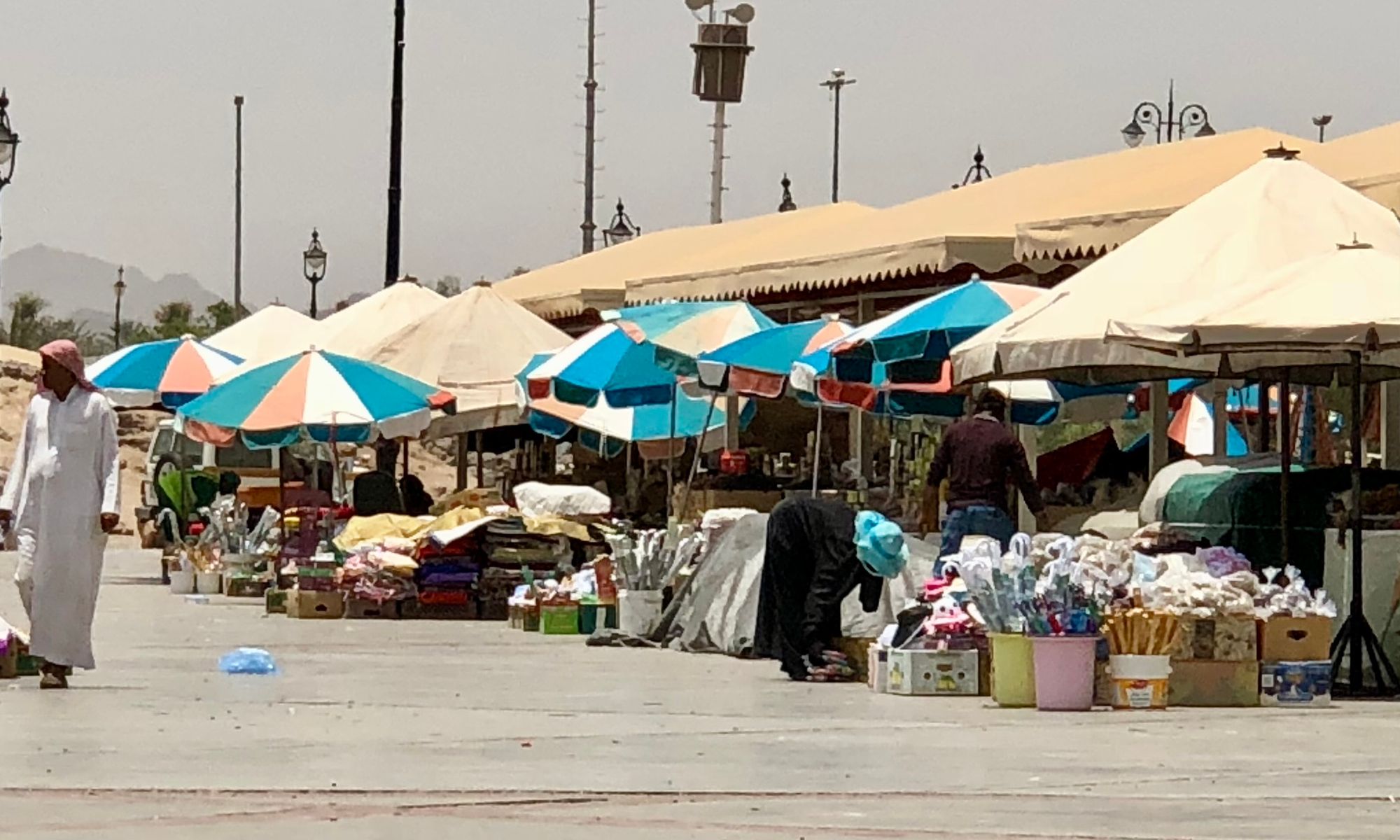
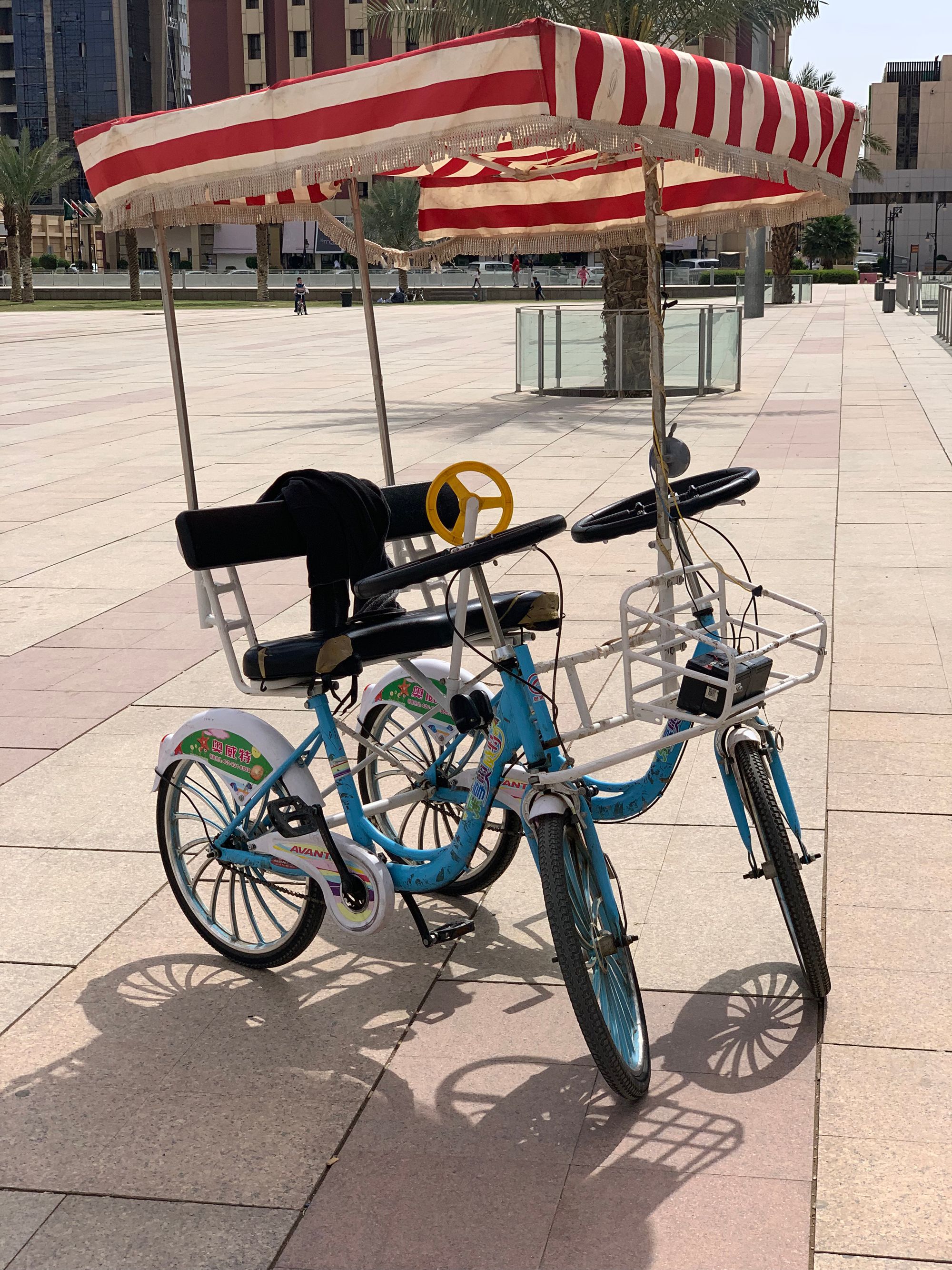
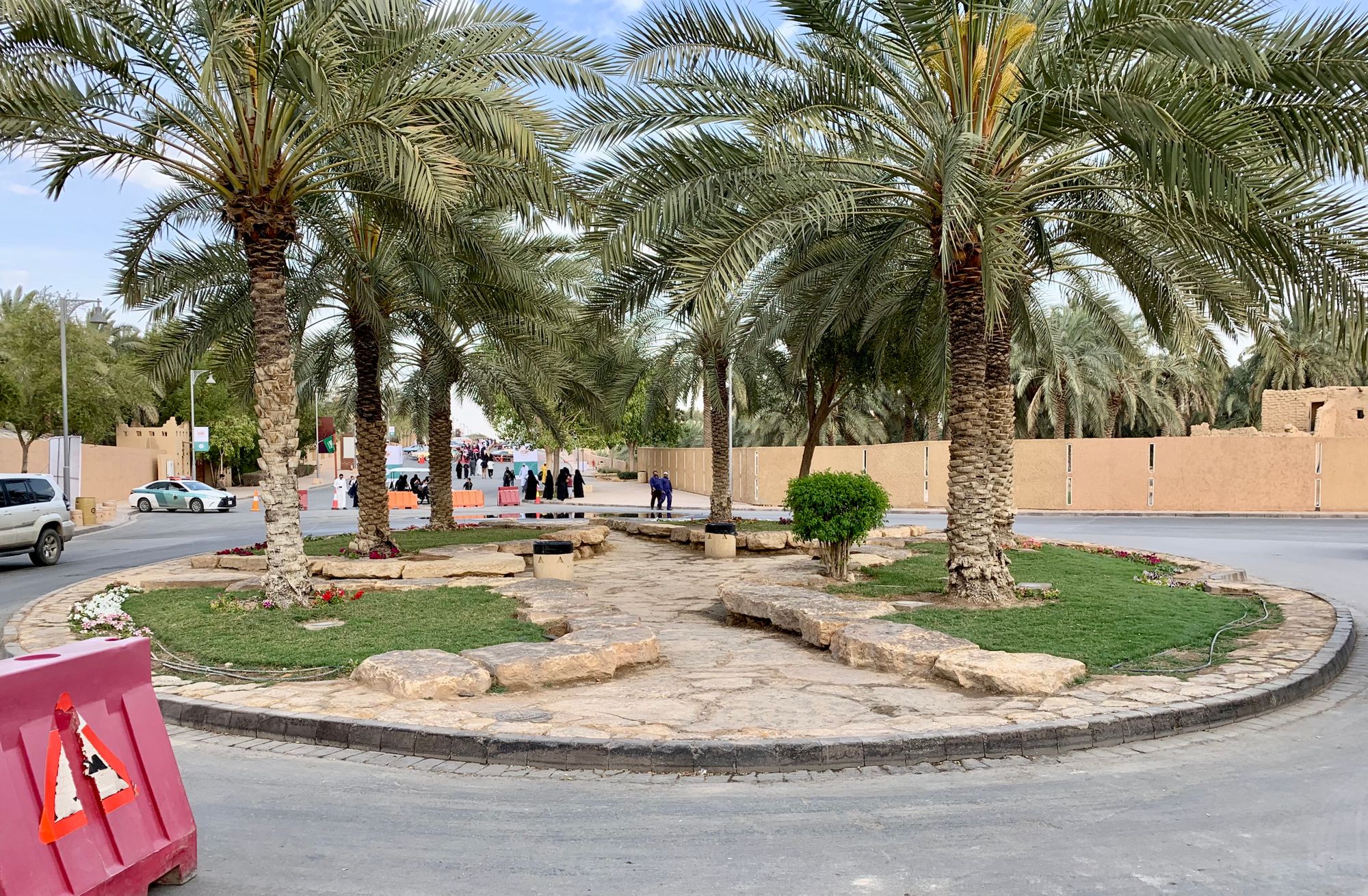
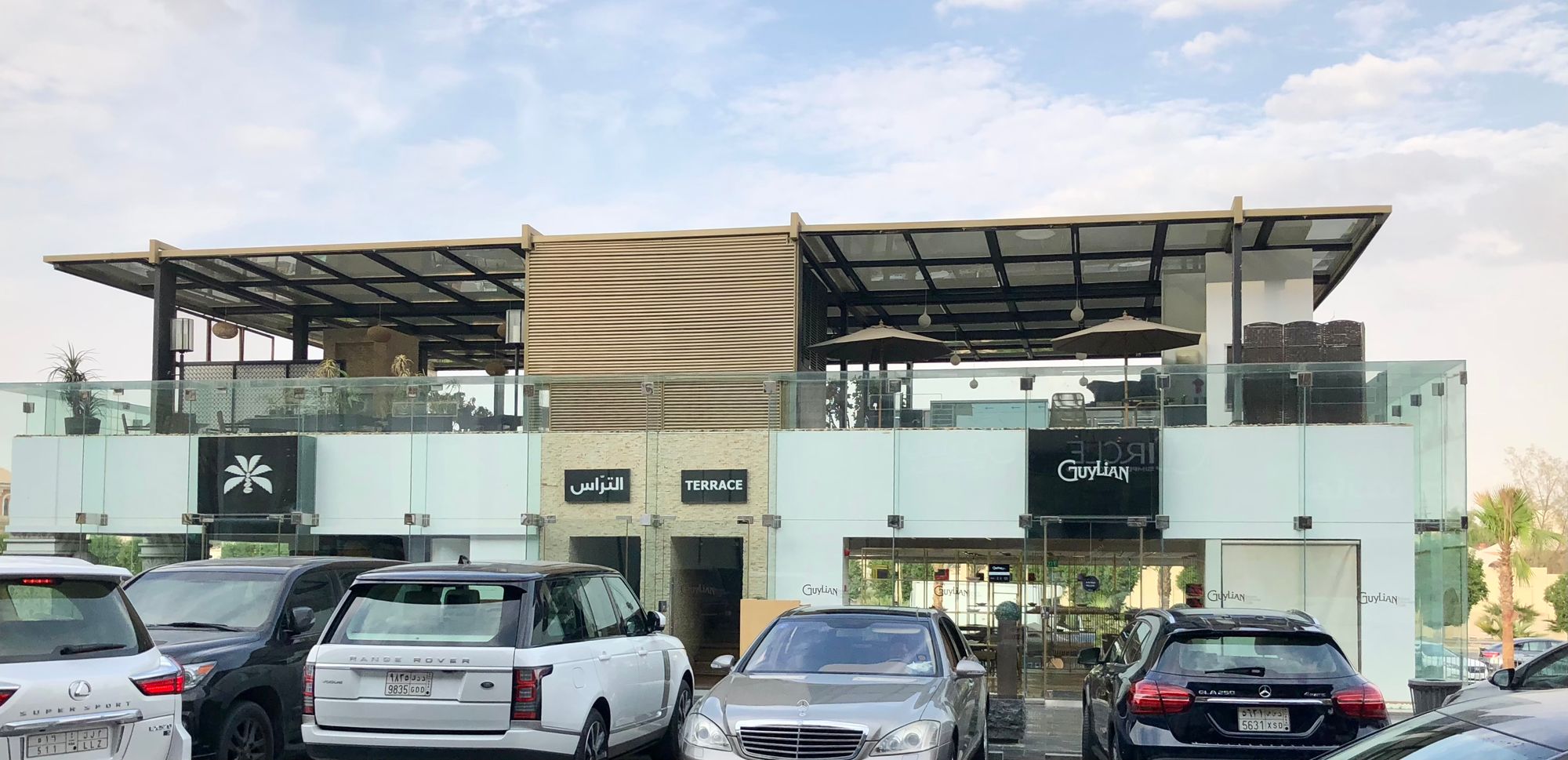
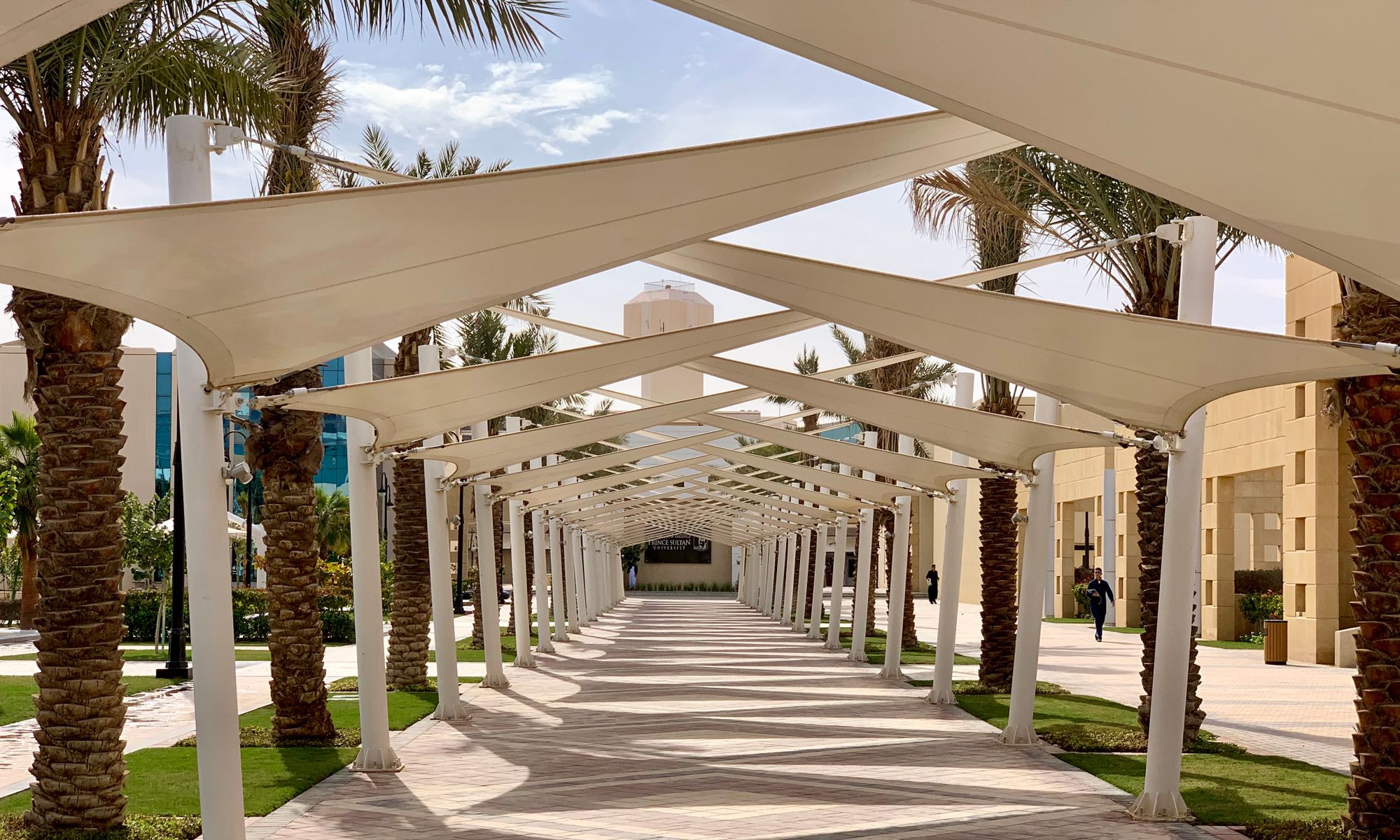
More Examples of Success with Shade
Fremantle, Australia
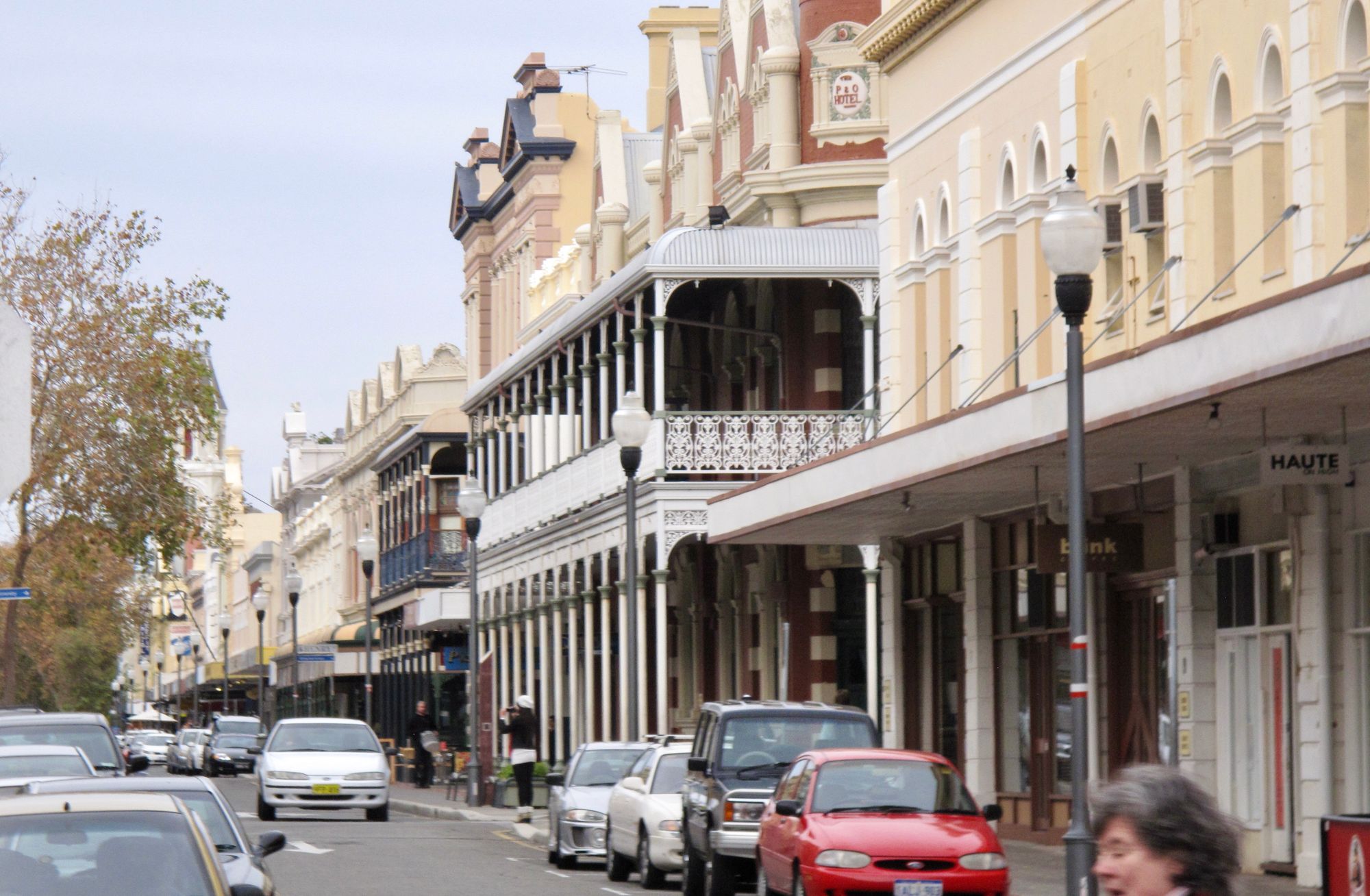
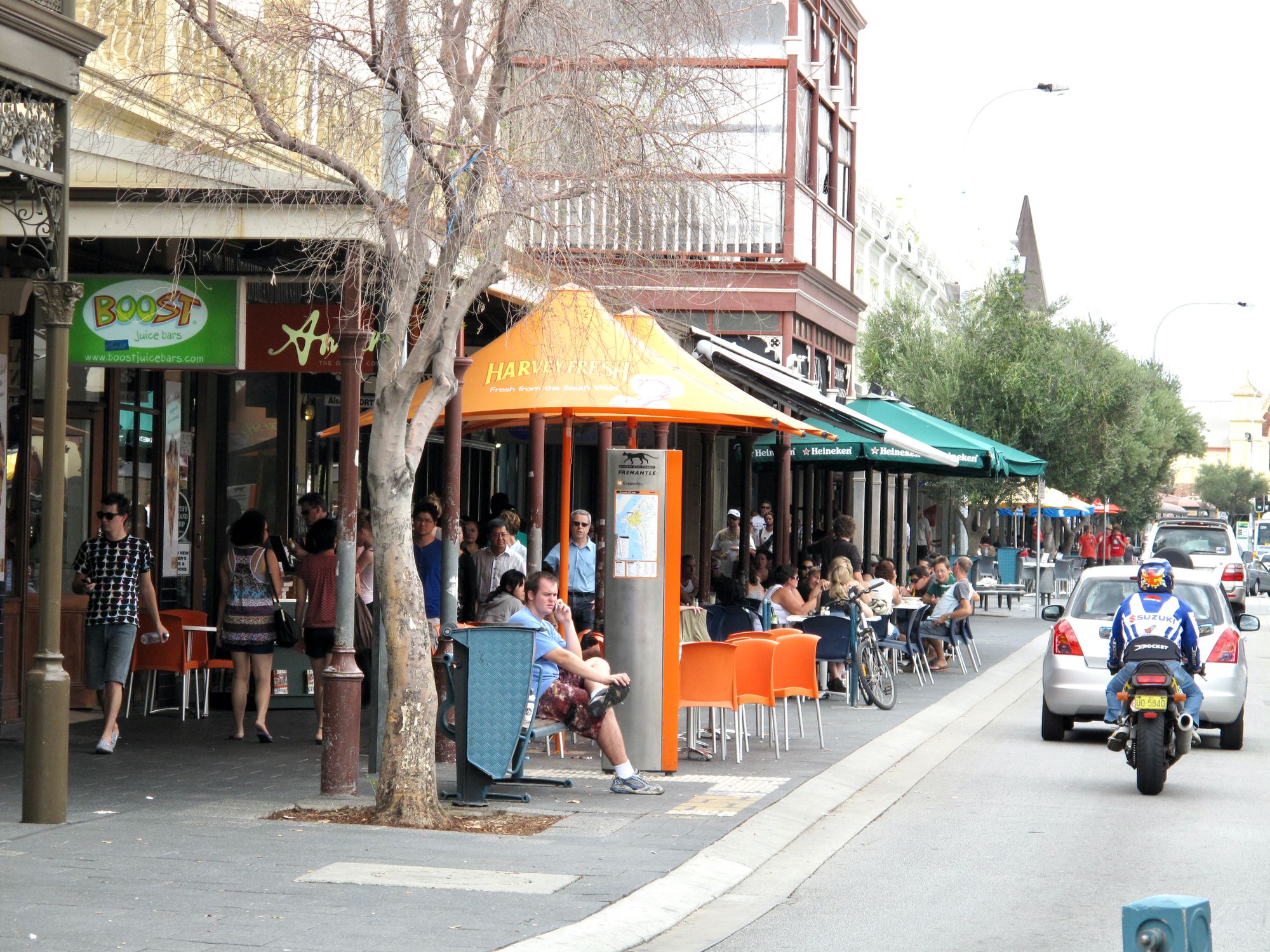
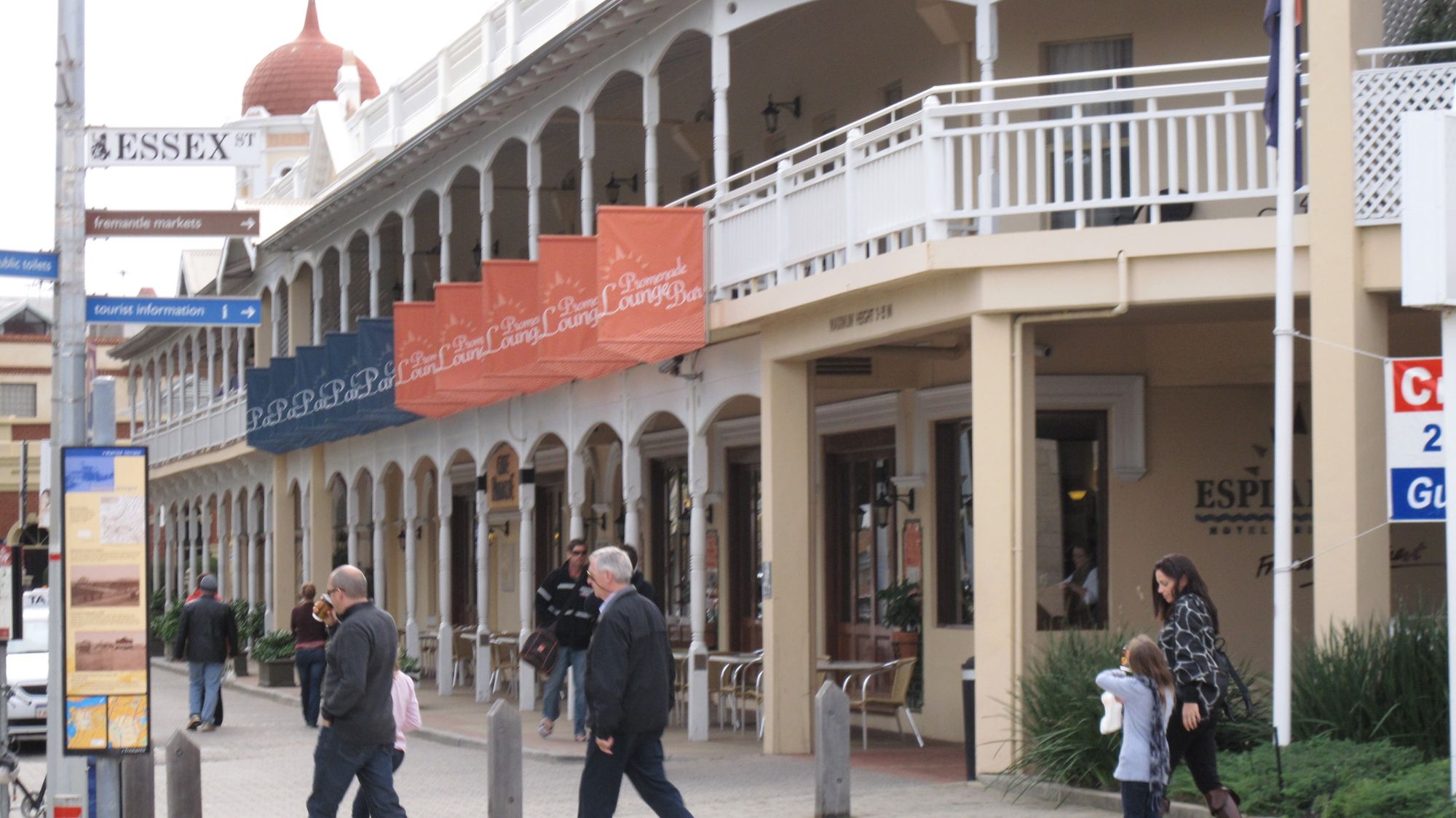
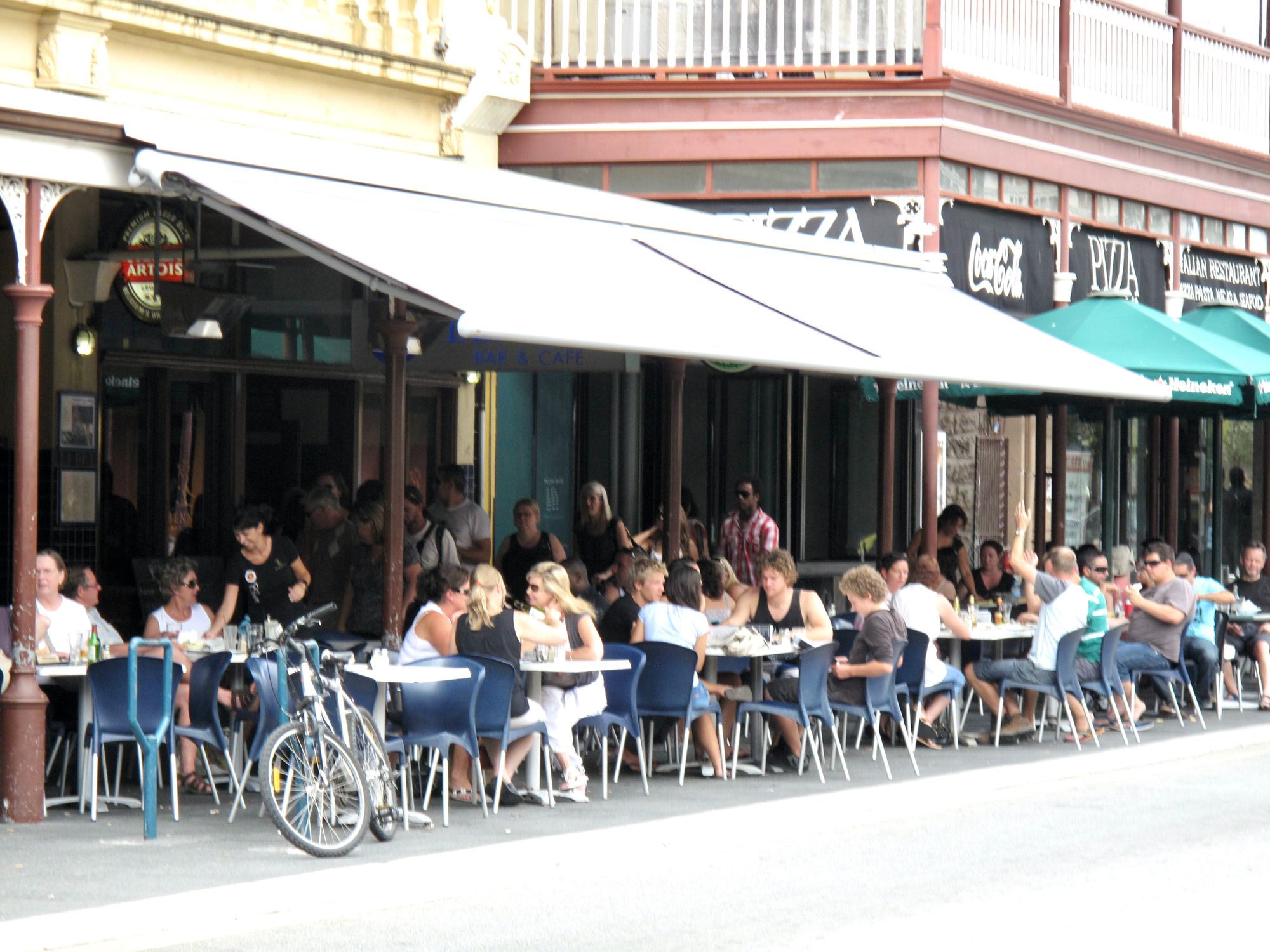
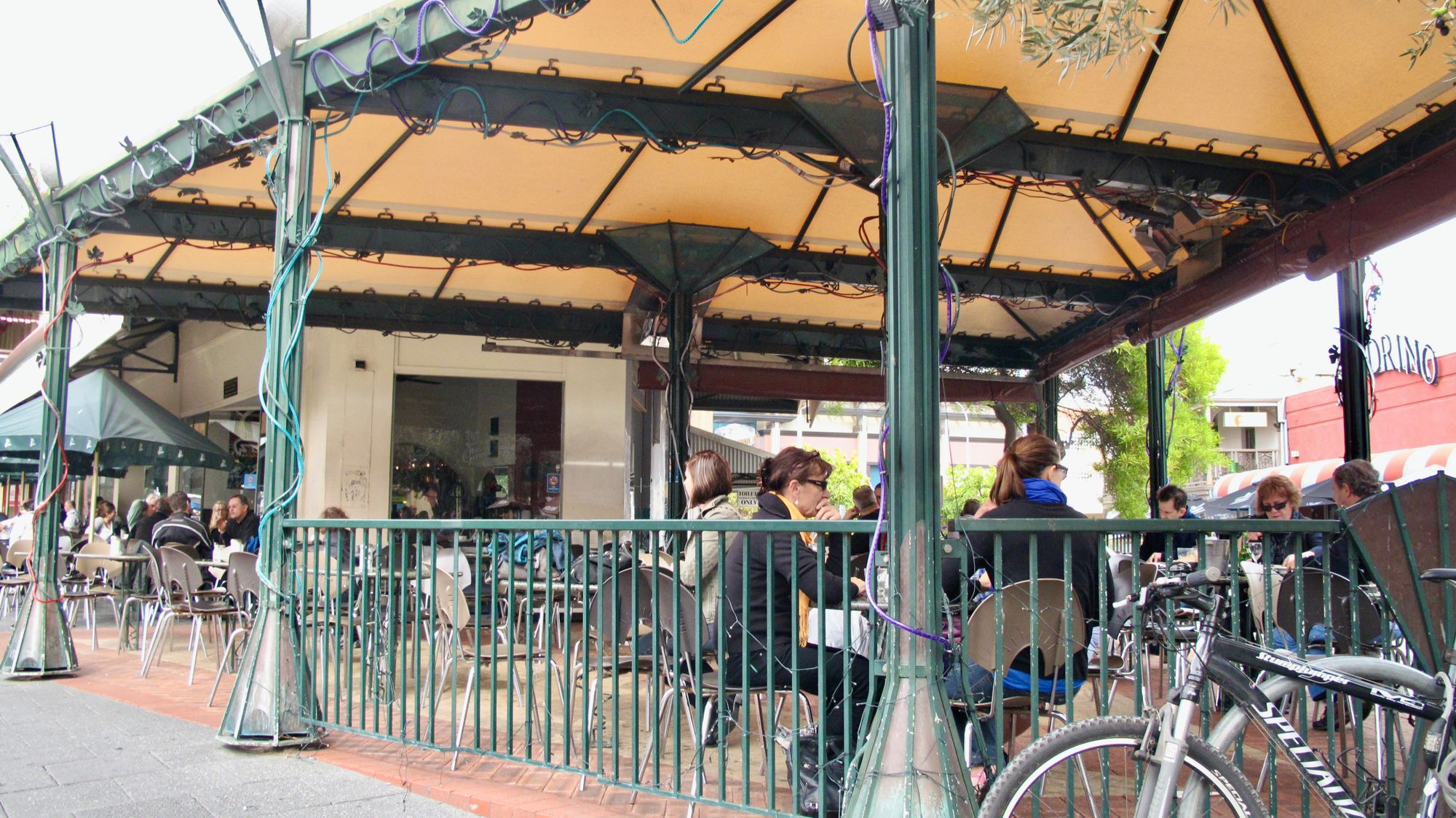
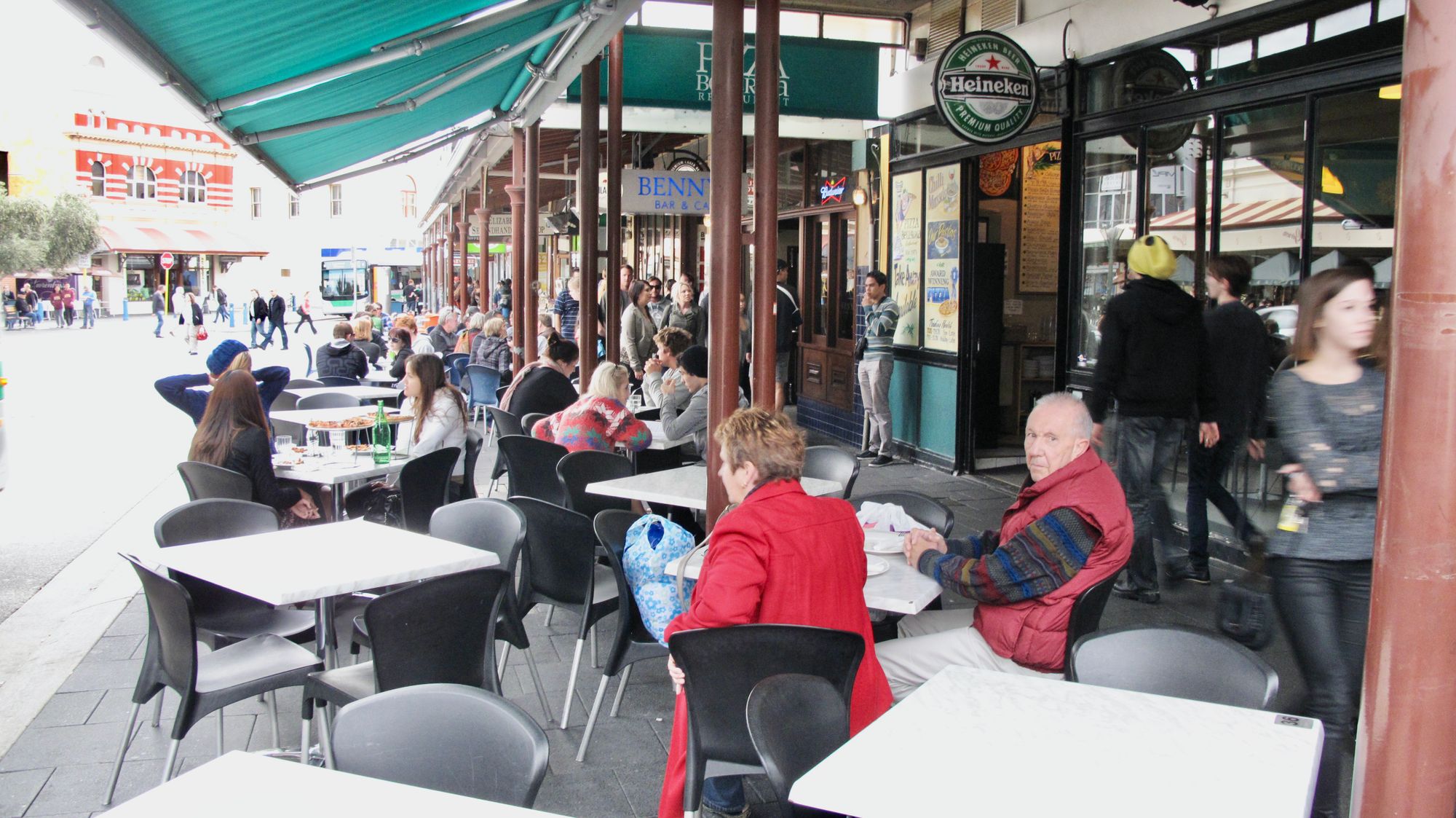
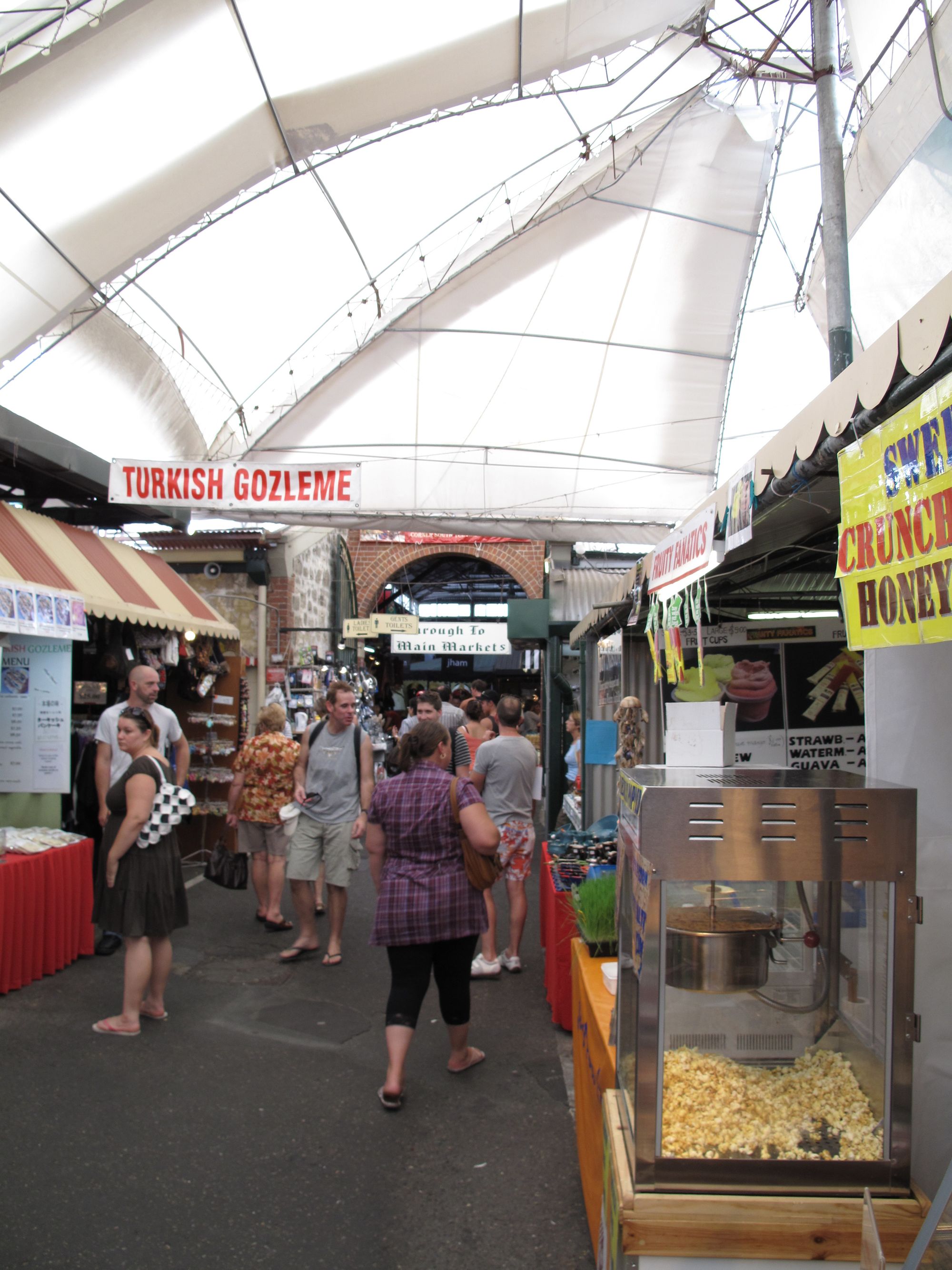
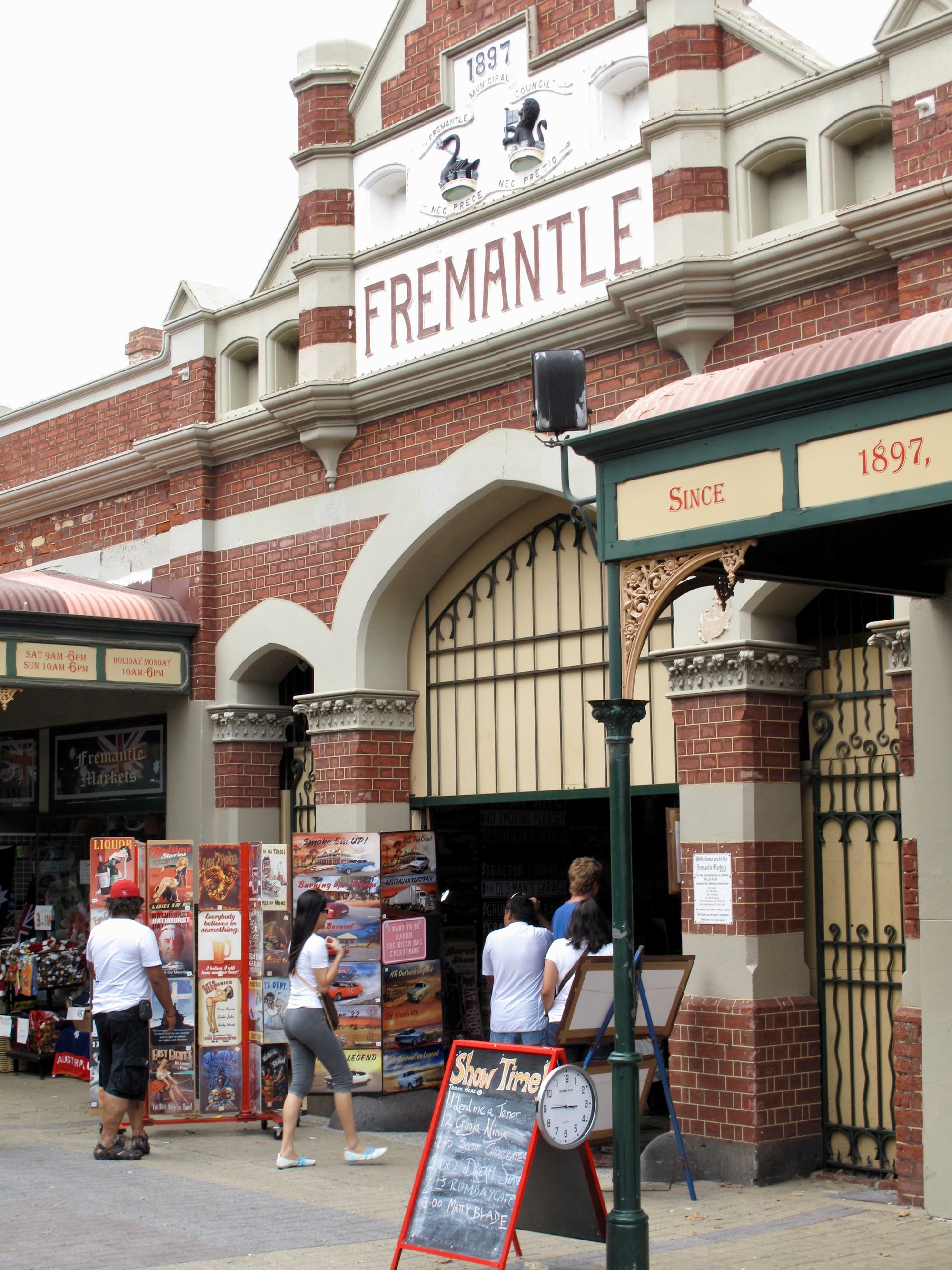
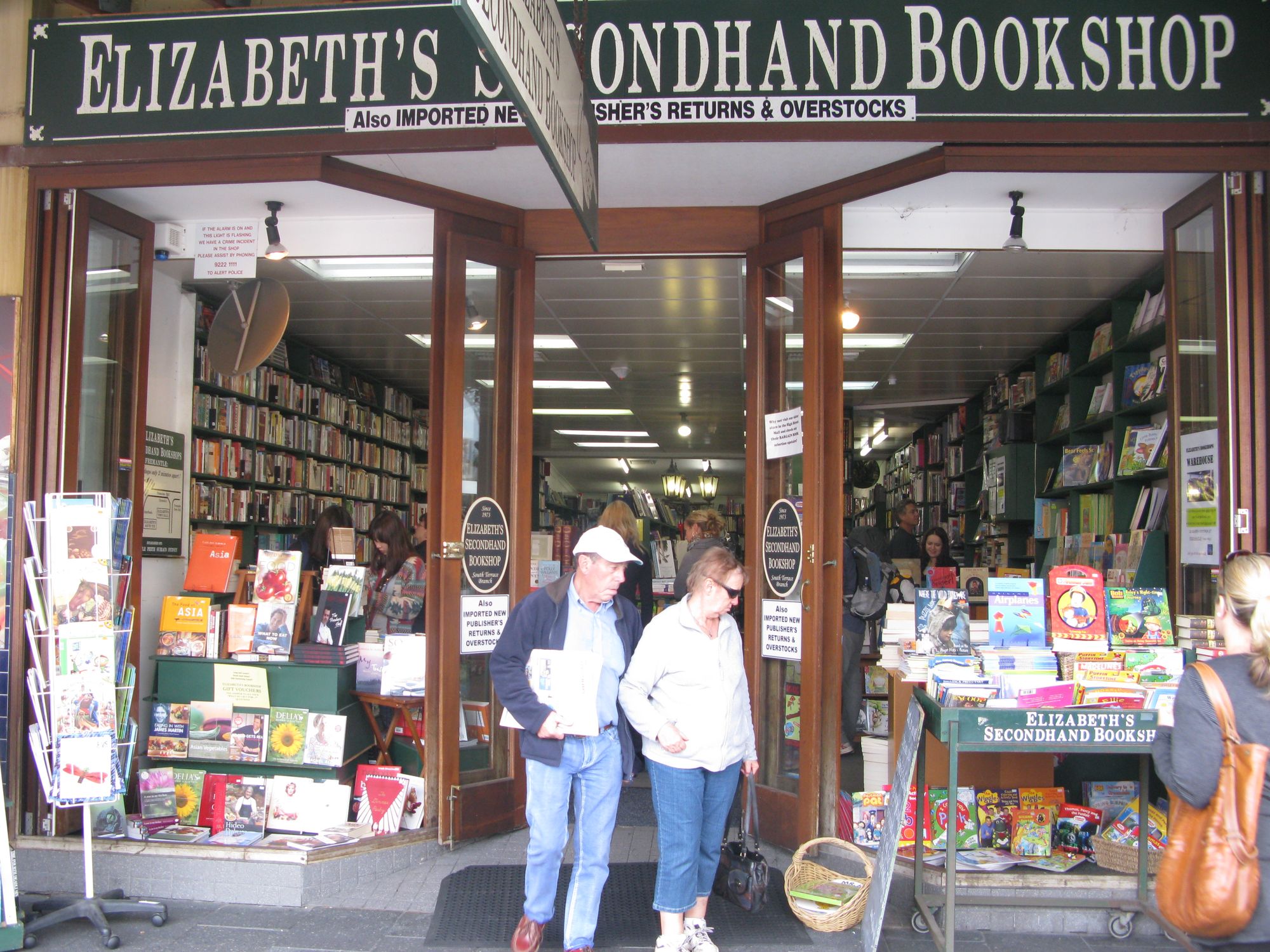
Fremantle, Australia — A canopied street with extended umbrellas
Paris
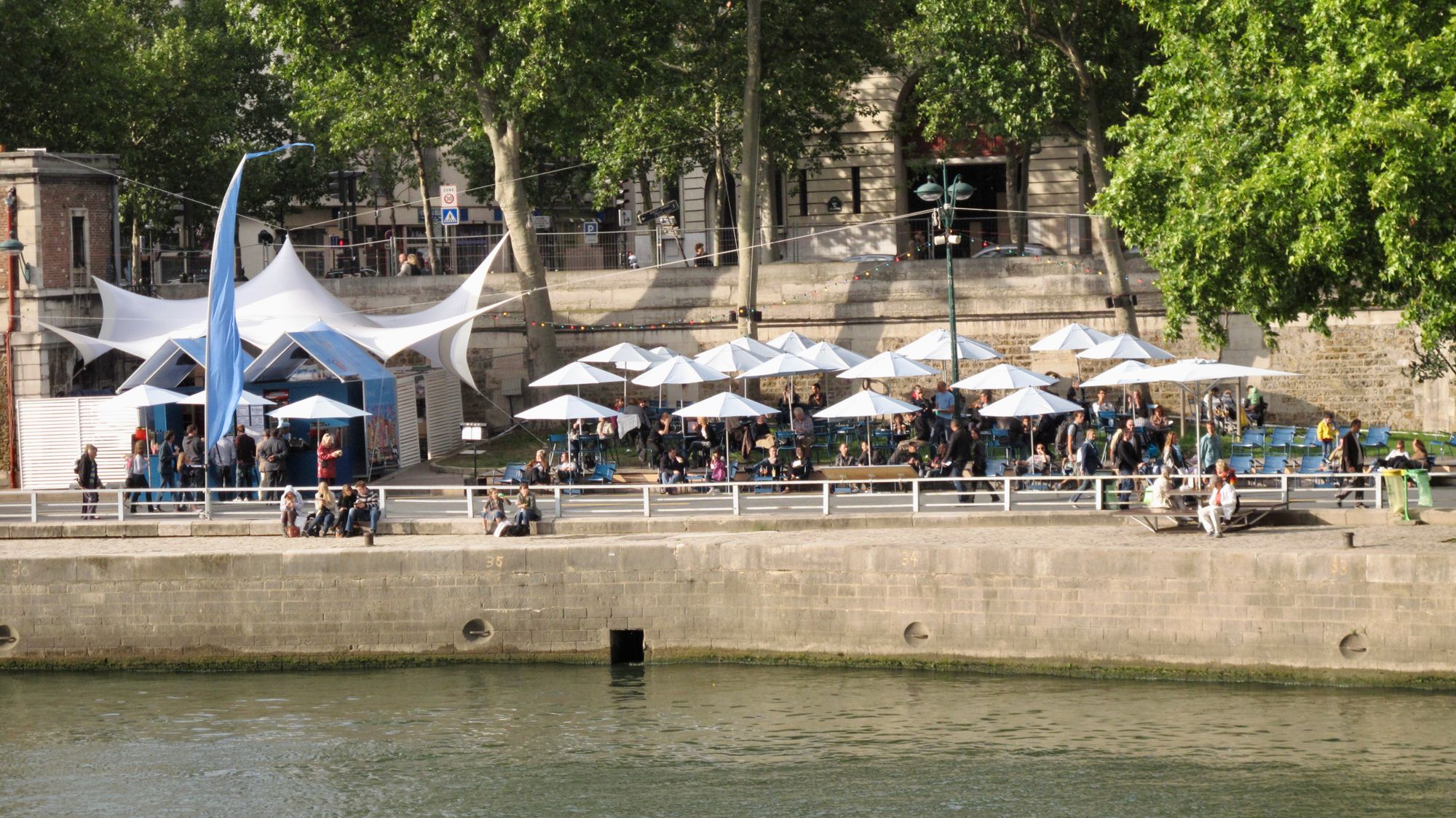
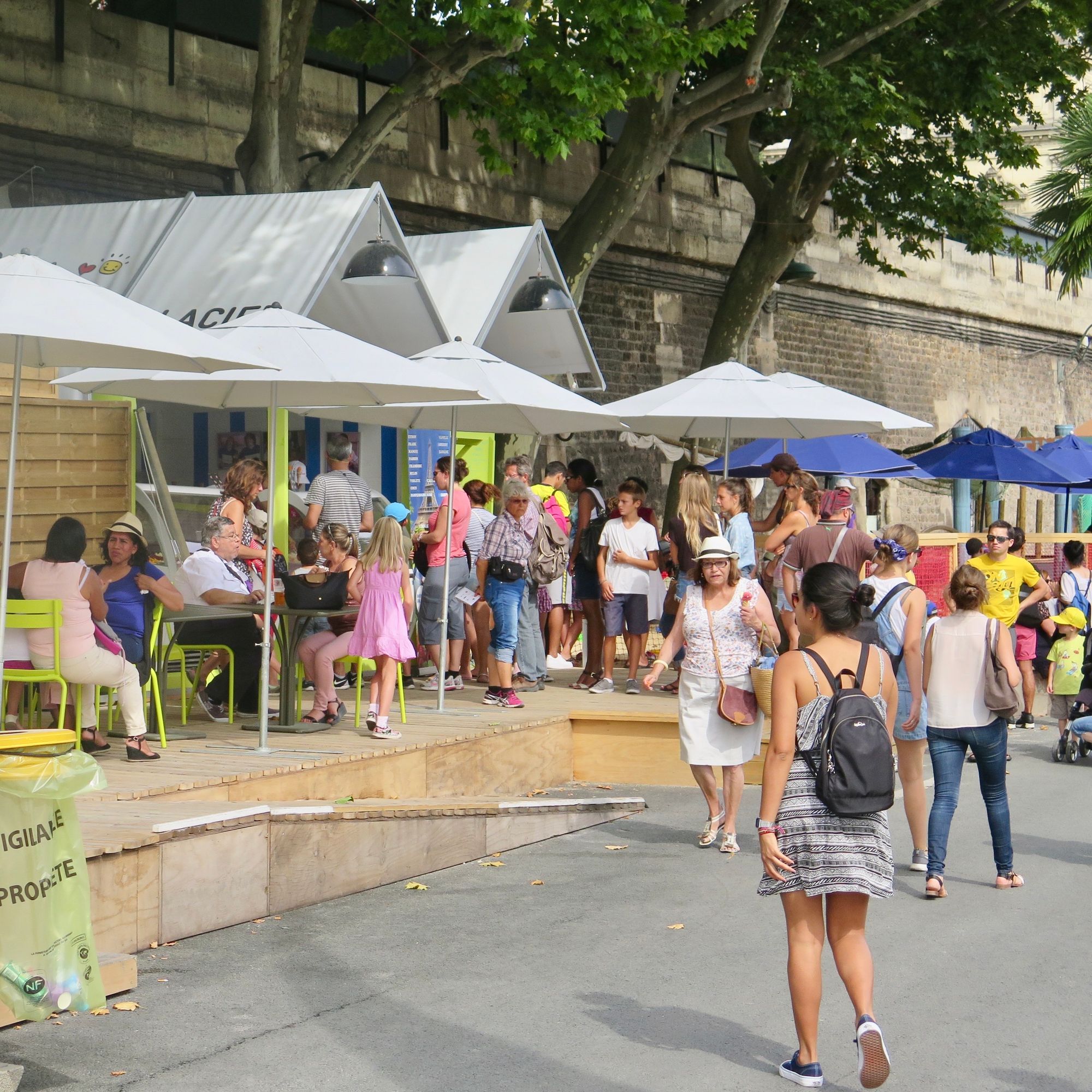
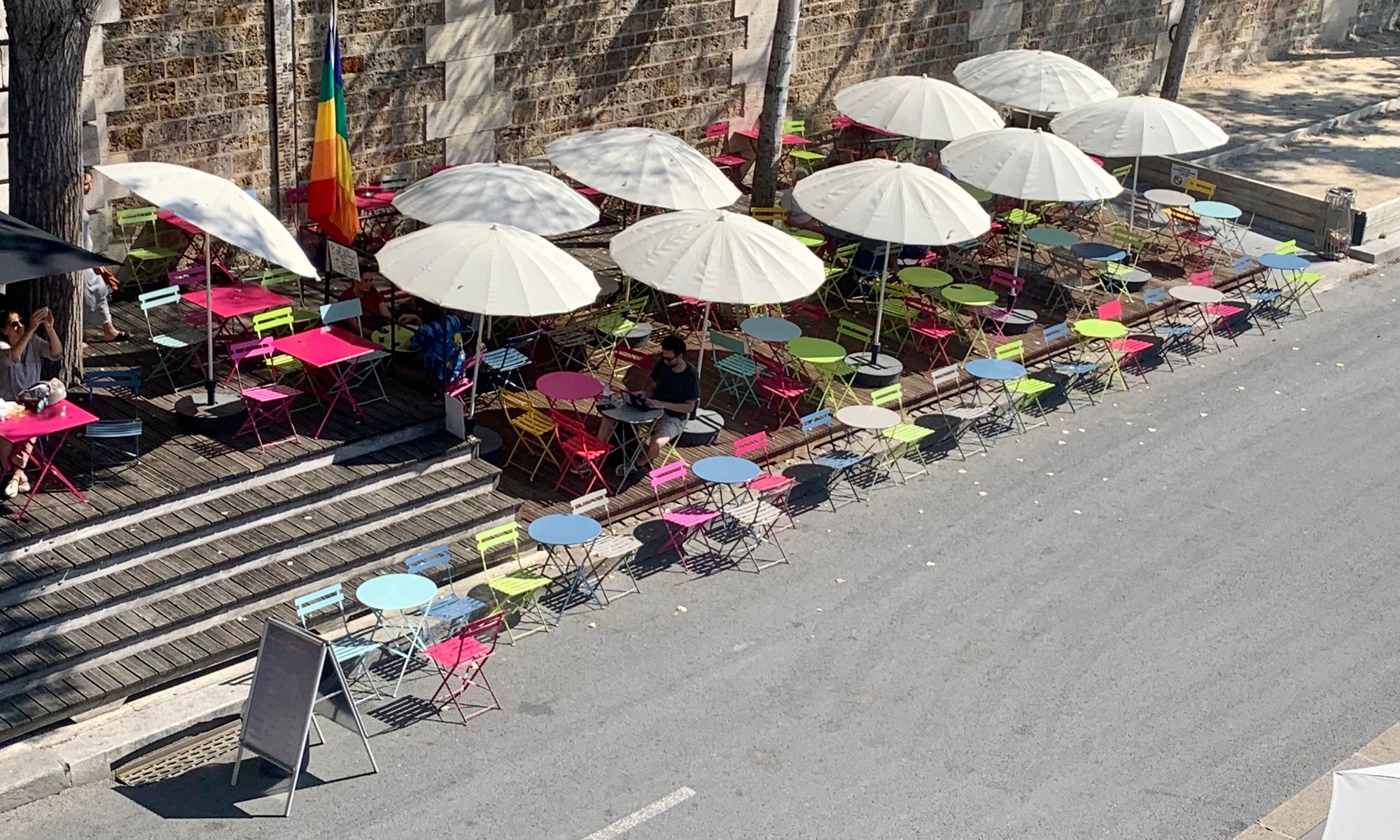
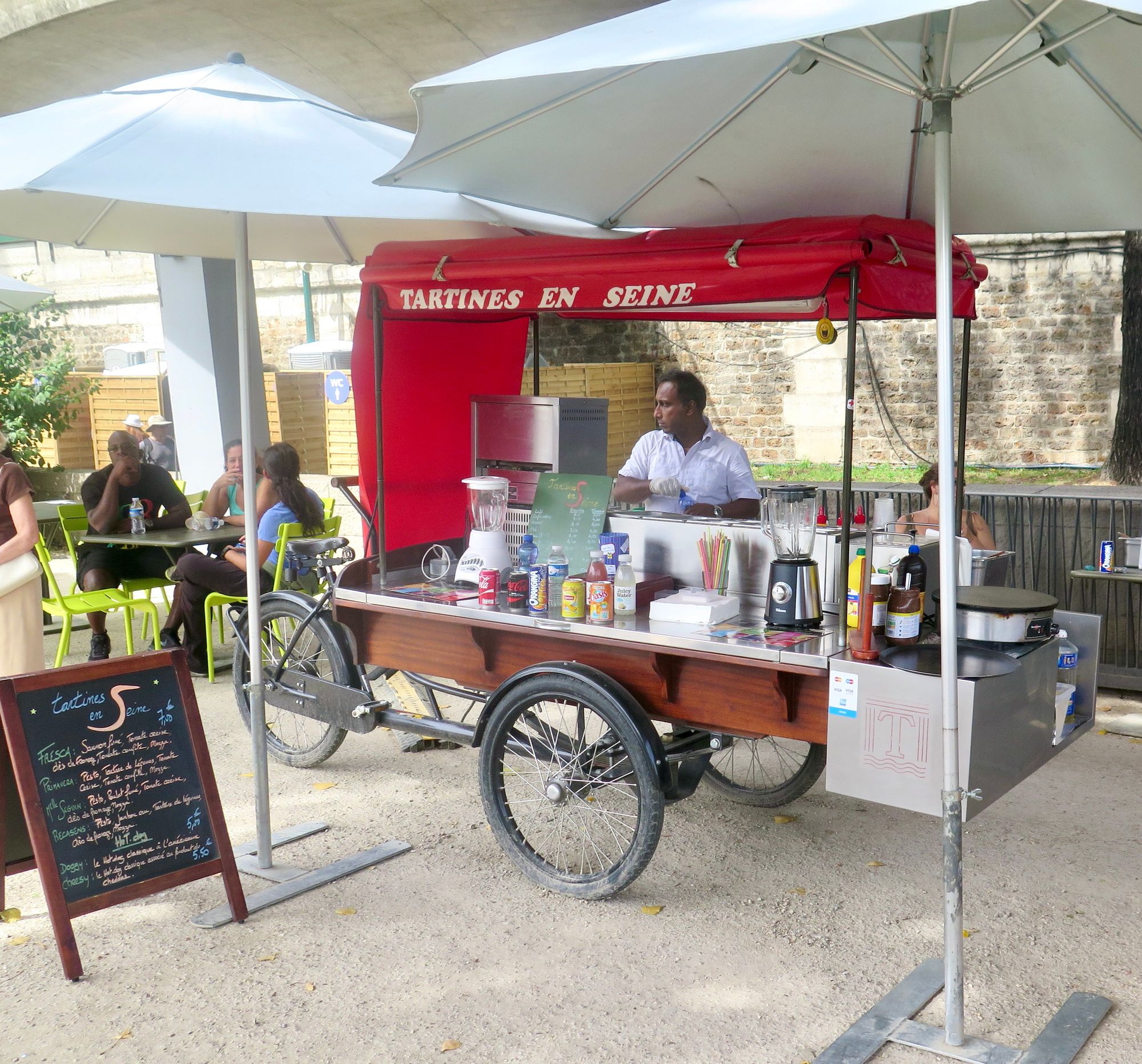
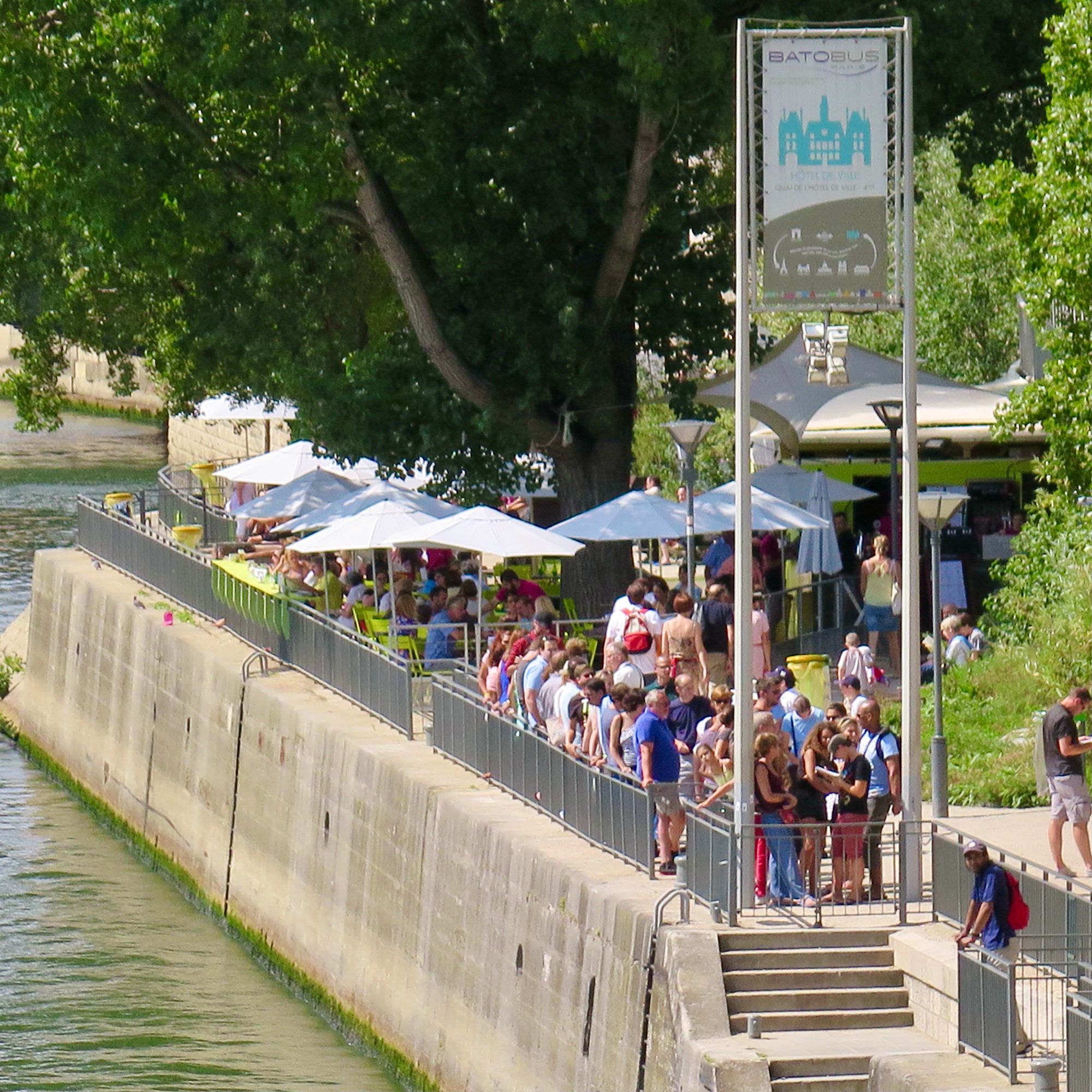
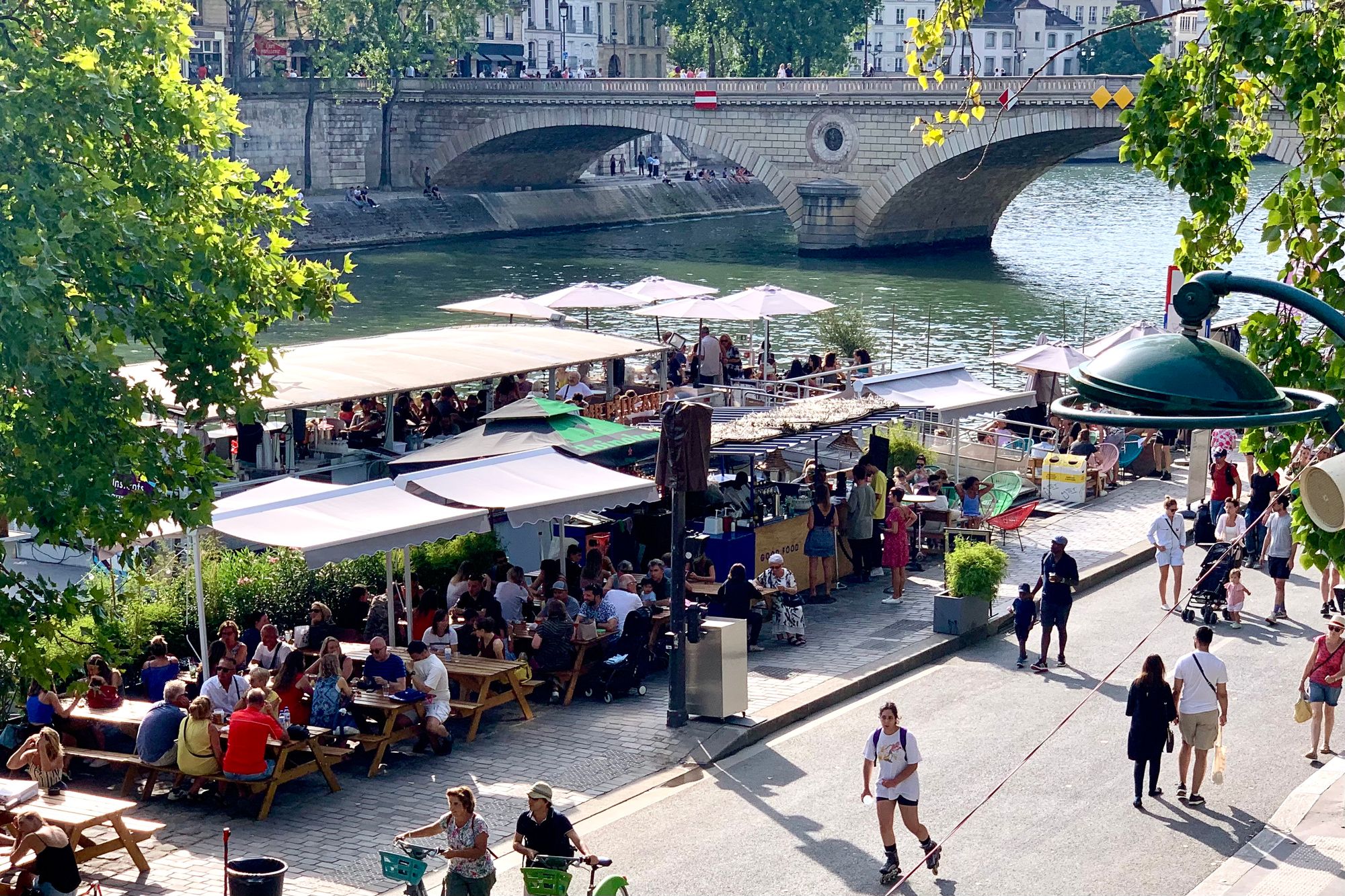
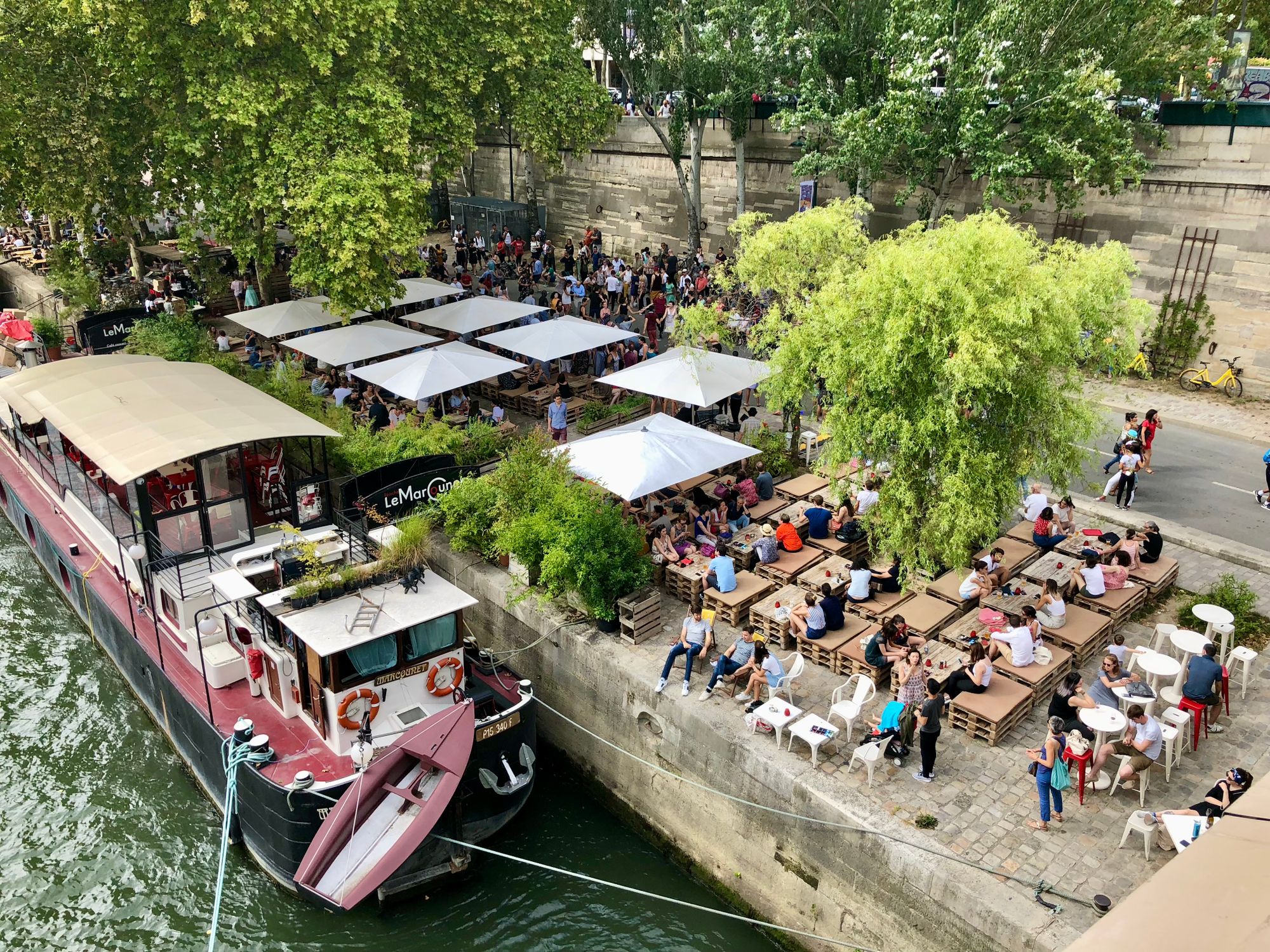
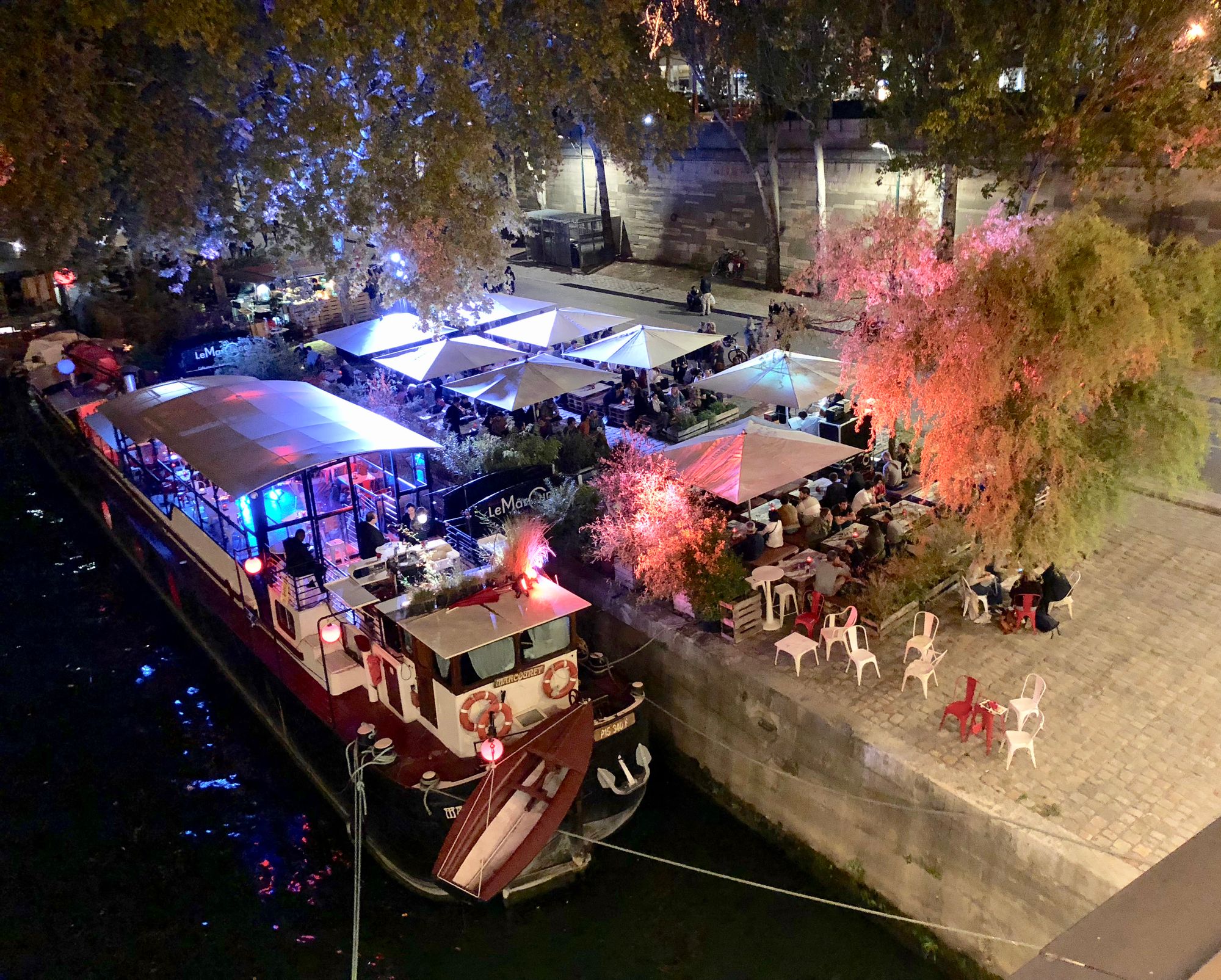
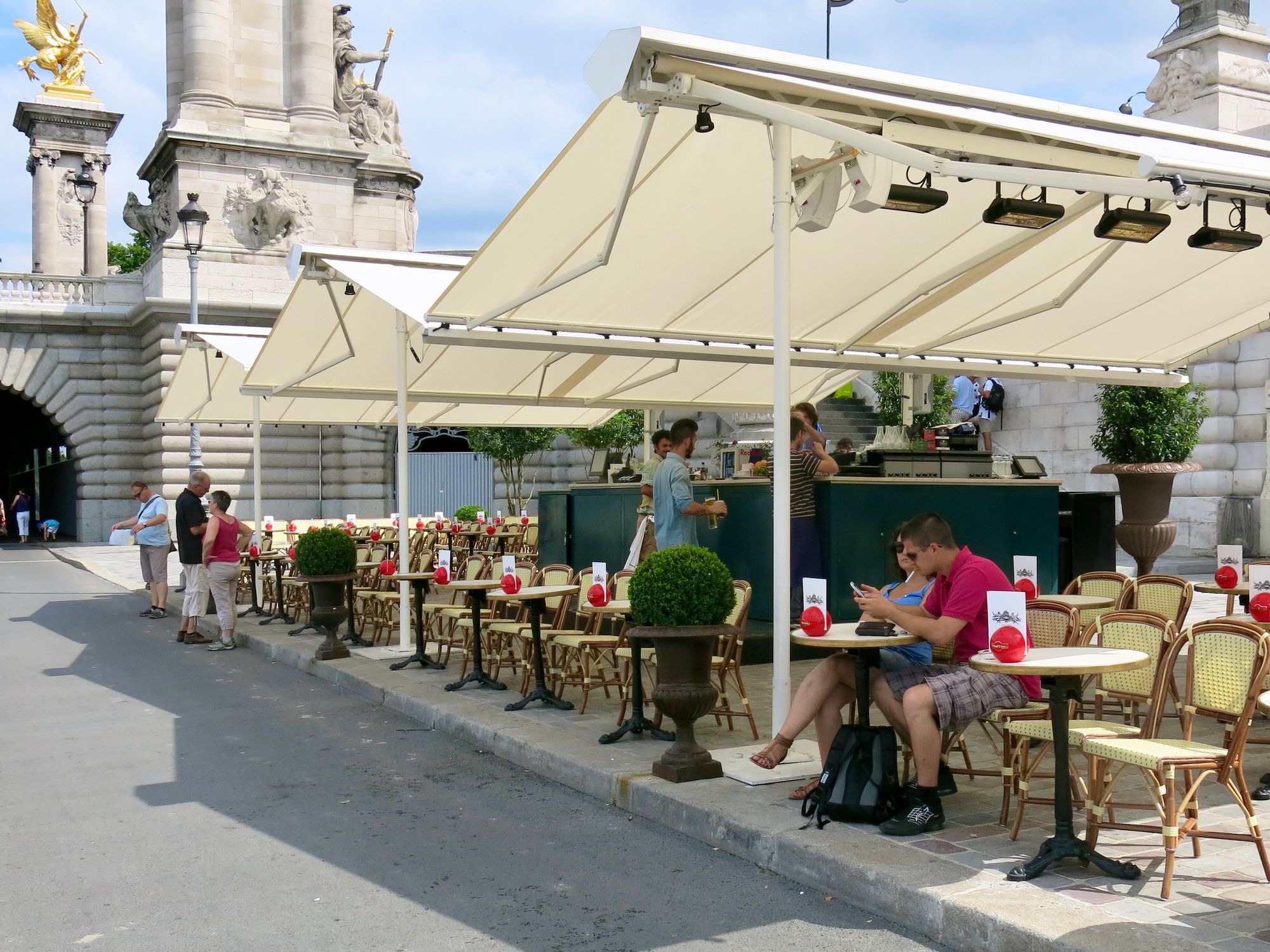
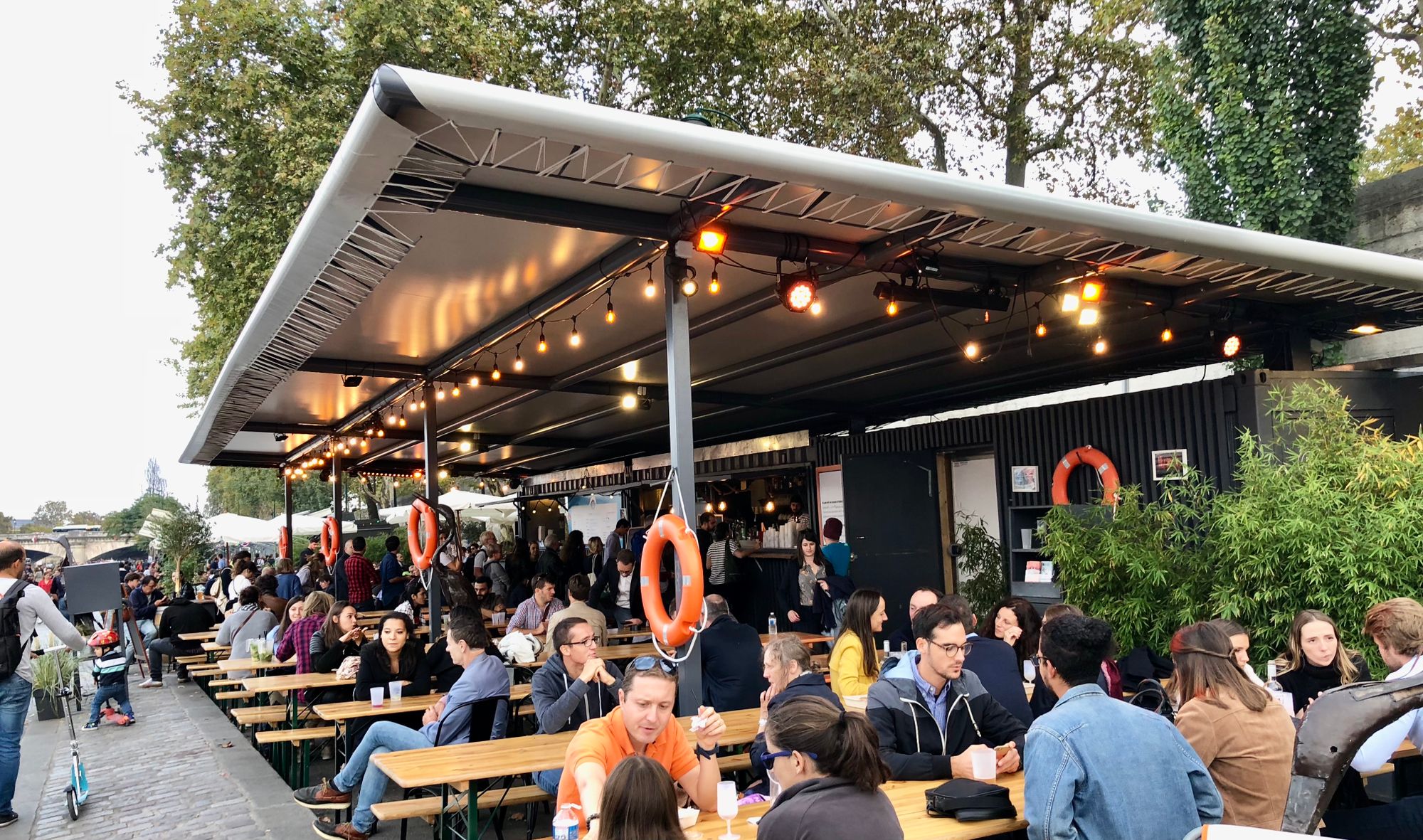
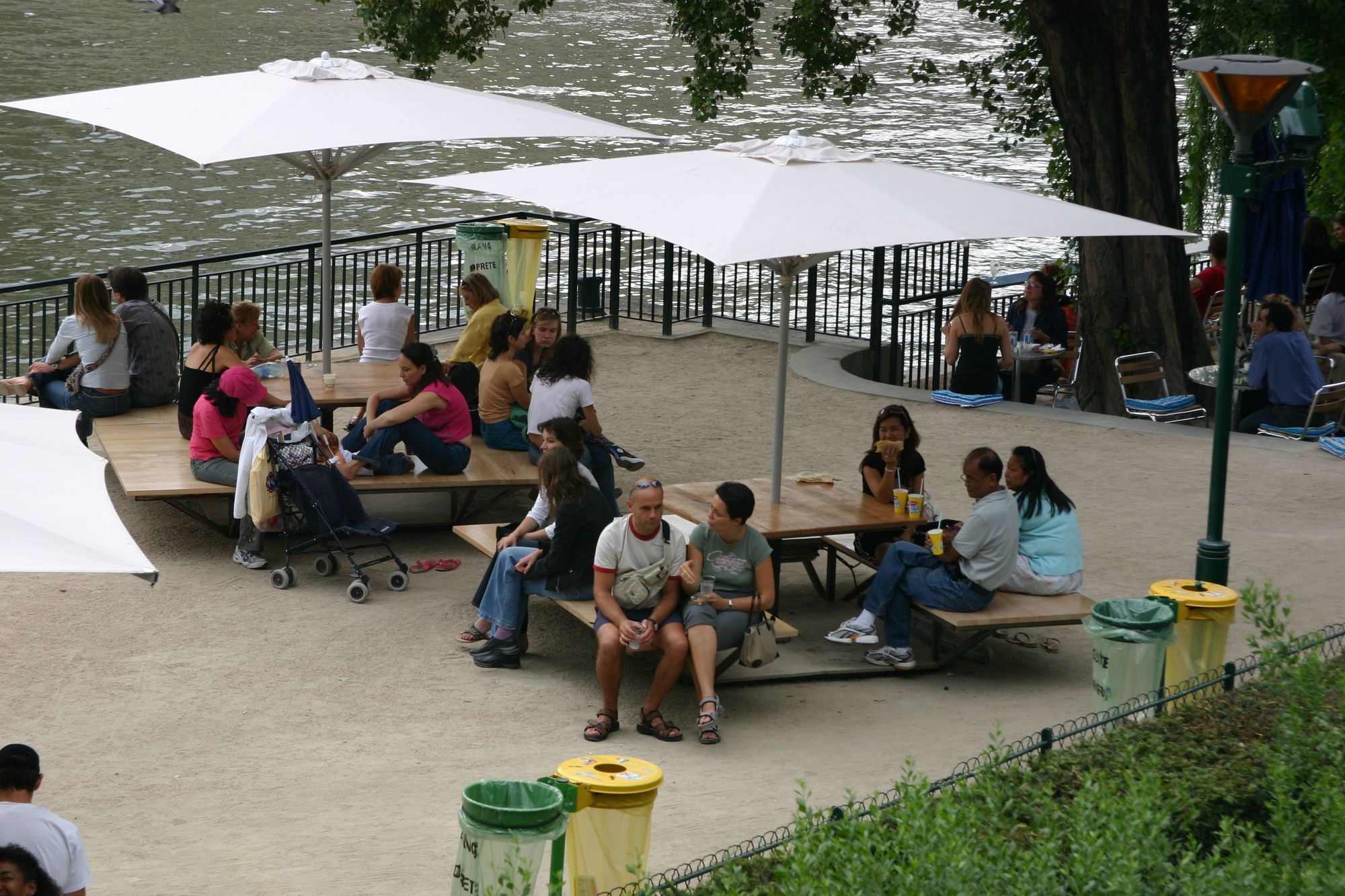
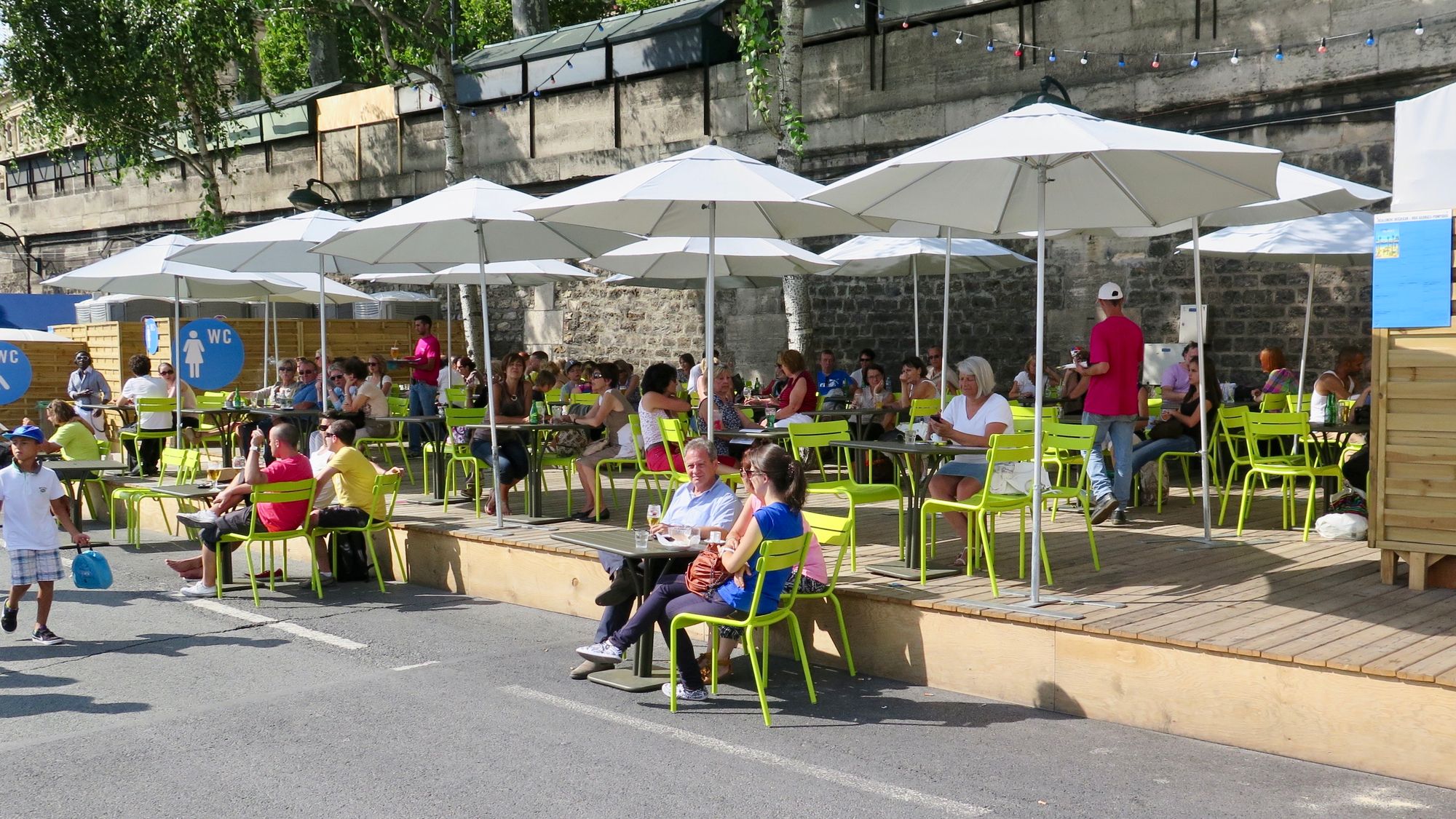
Other places in Paris
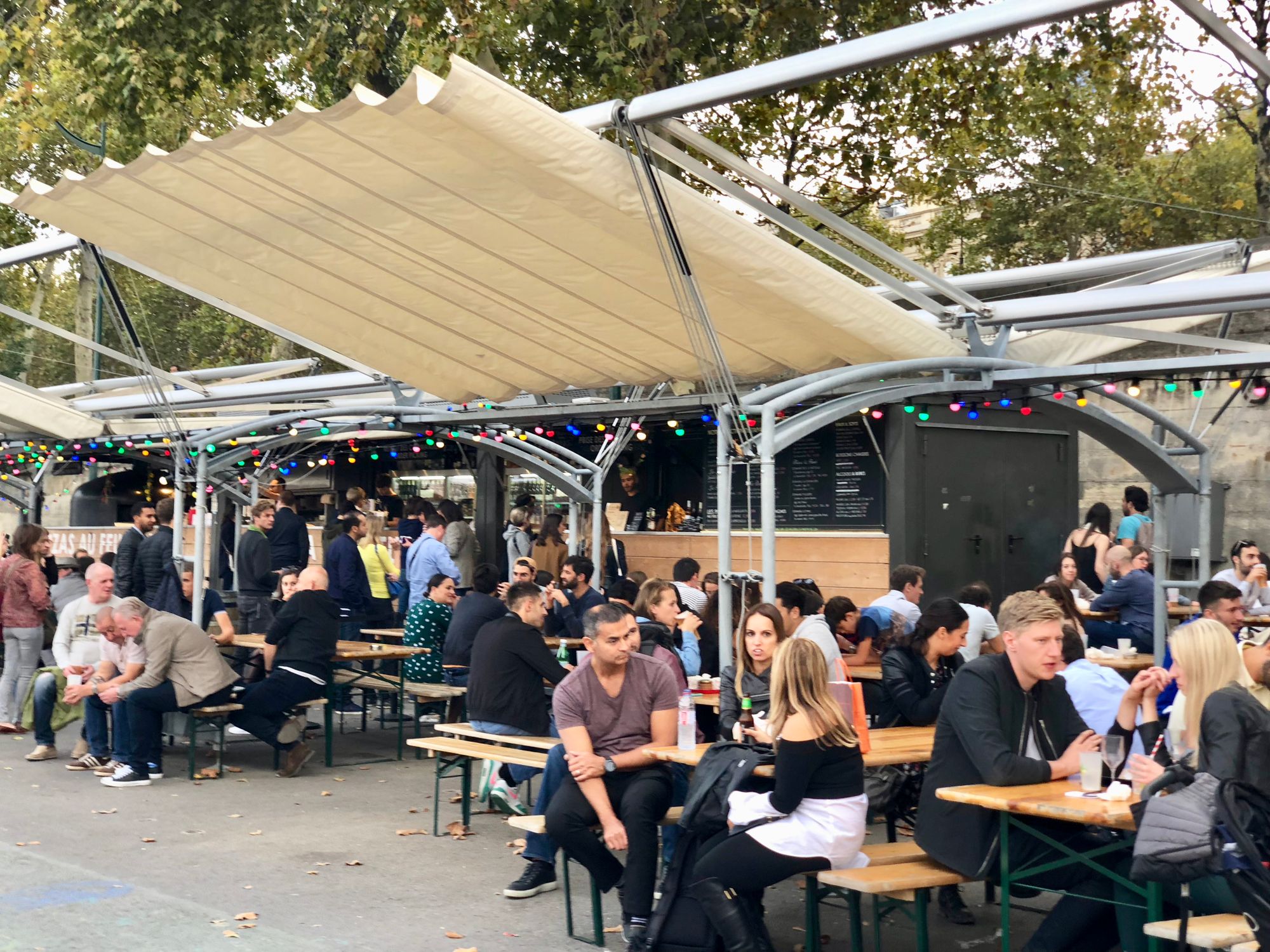
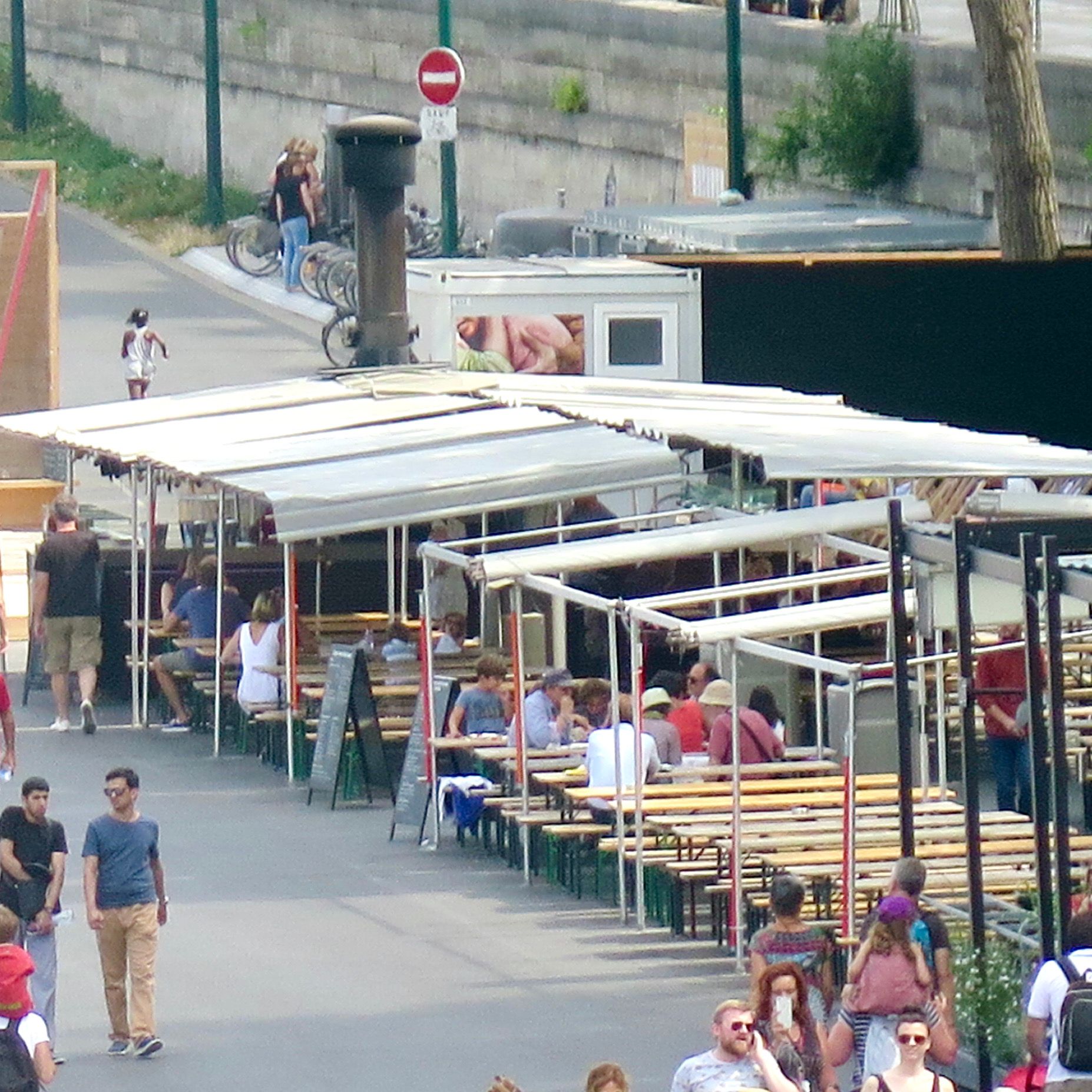
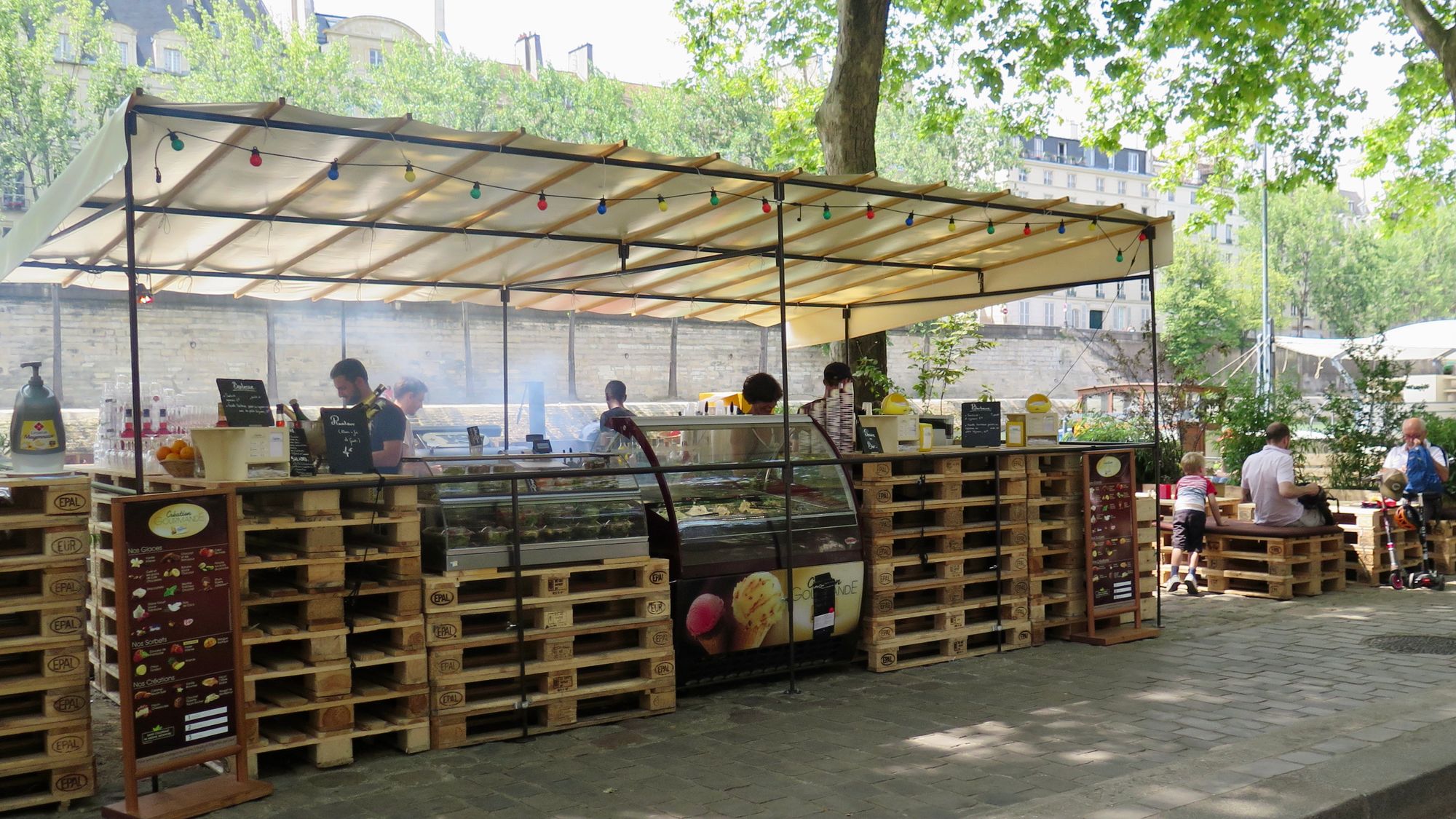
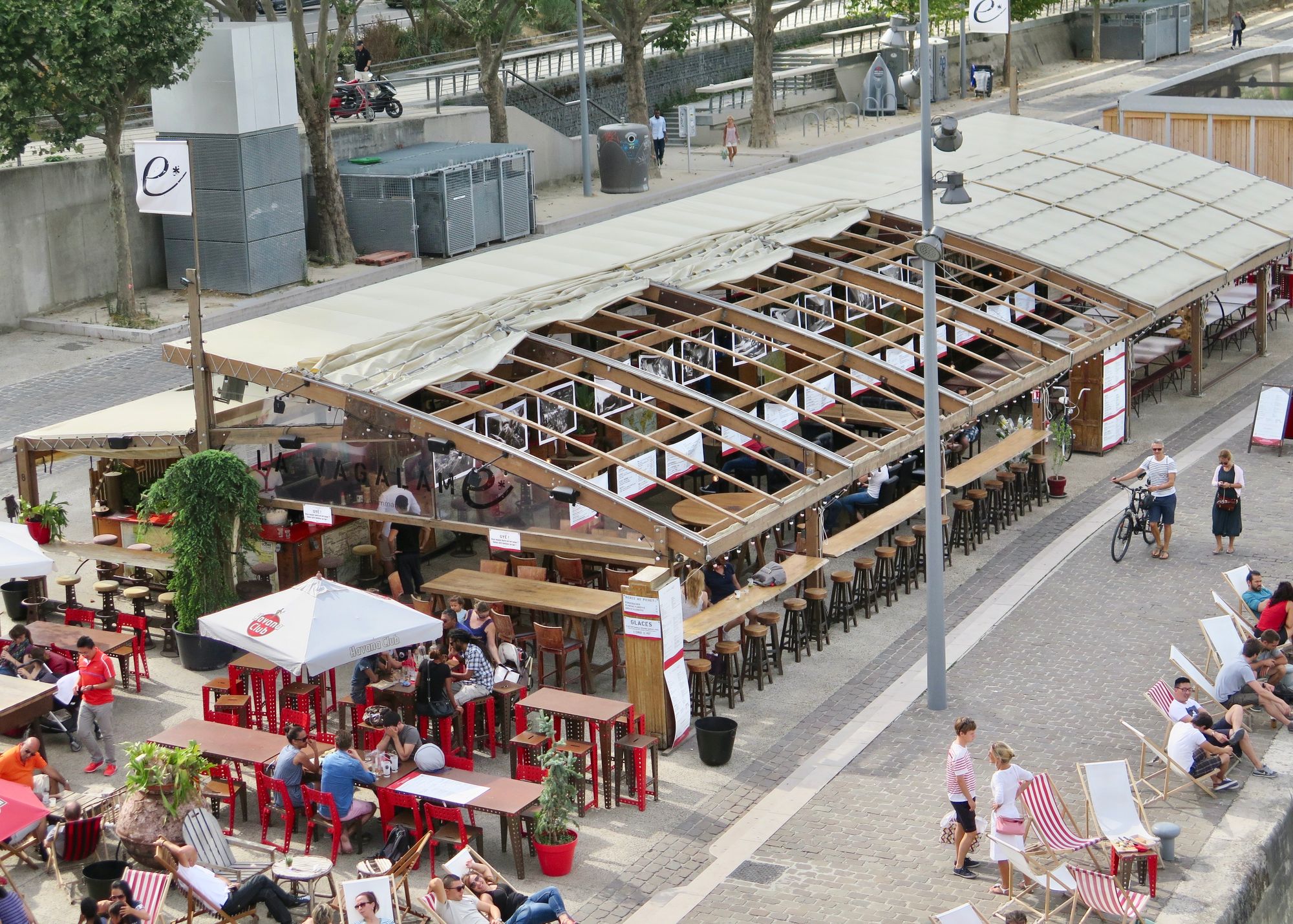
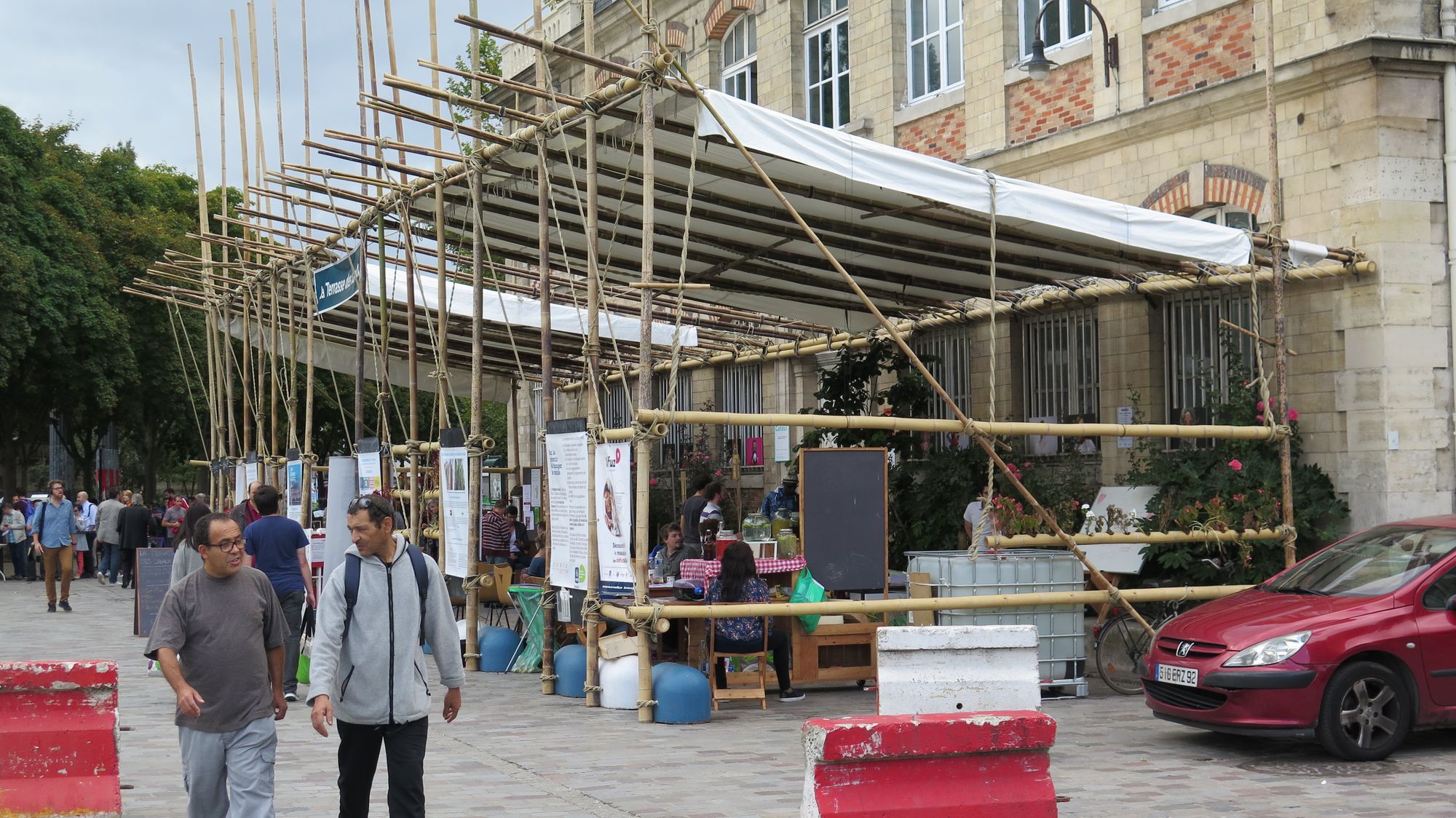
Paris Toldos
Miami Beach — Ocean Drive Porch Scene
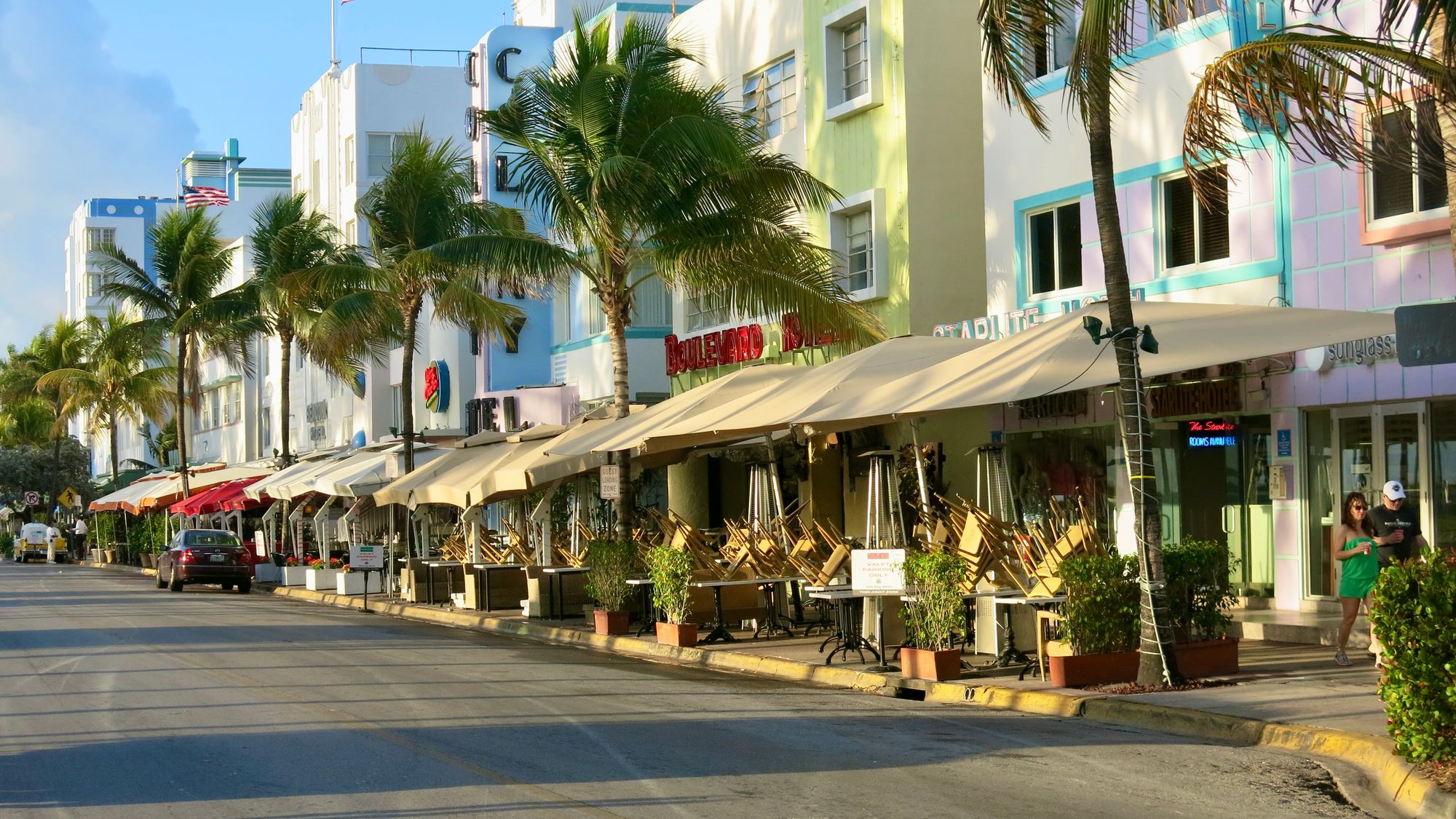
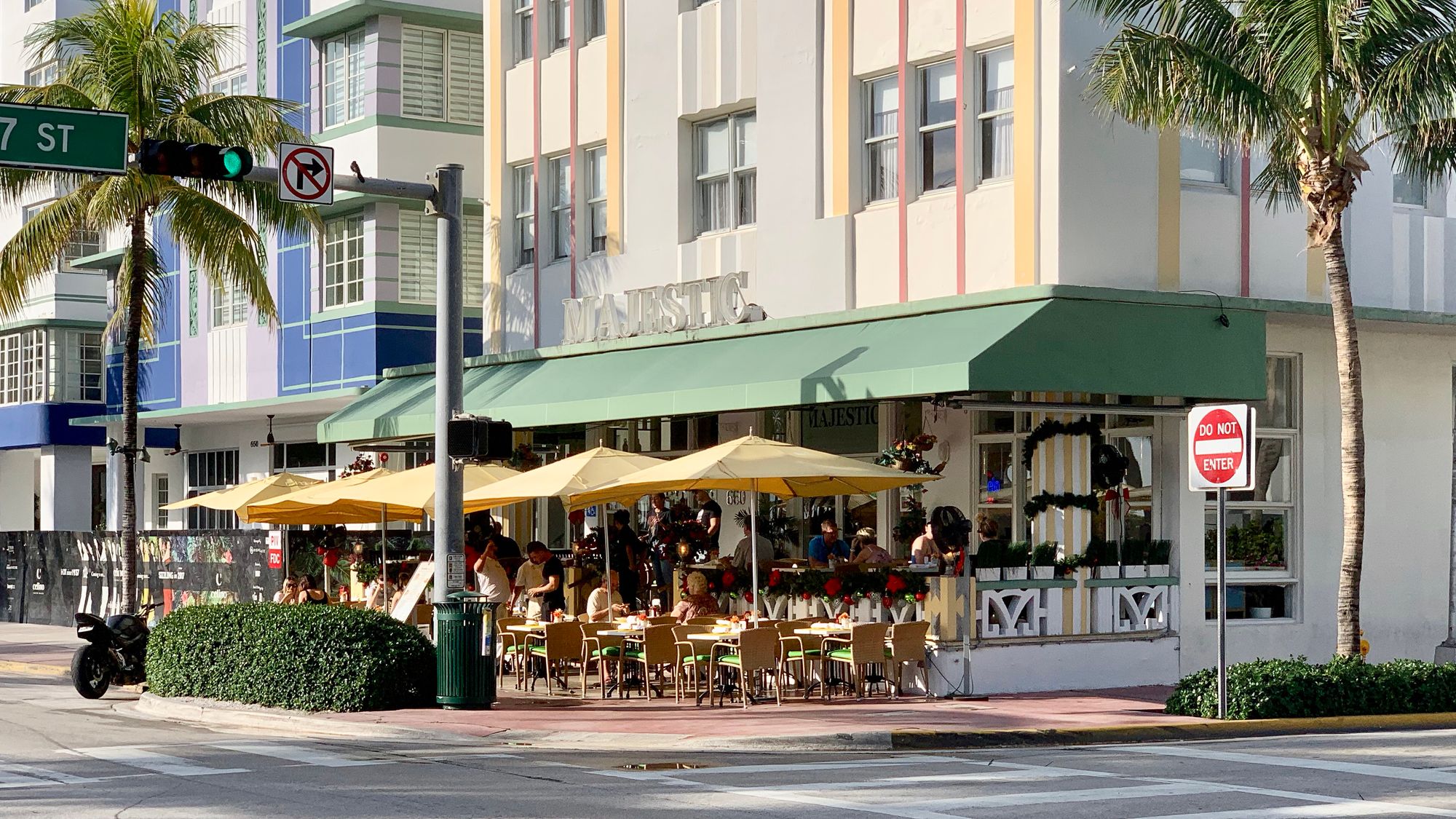
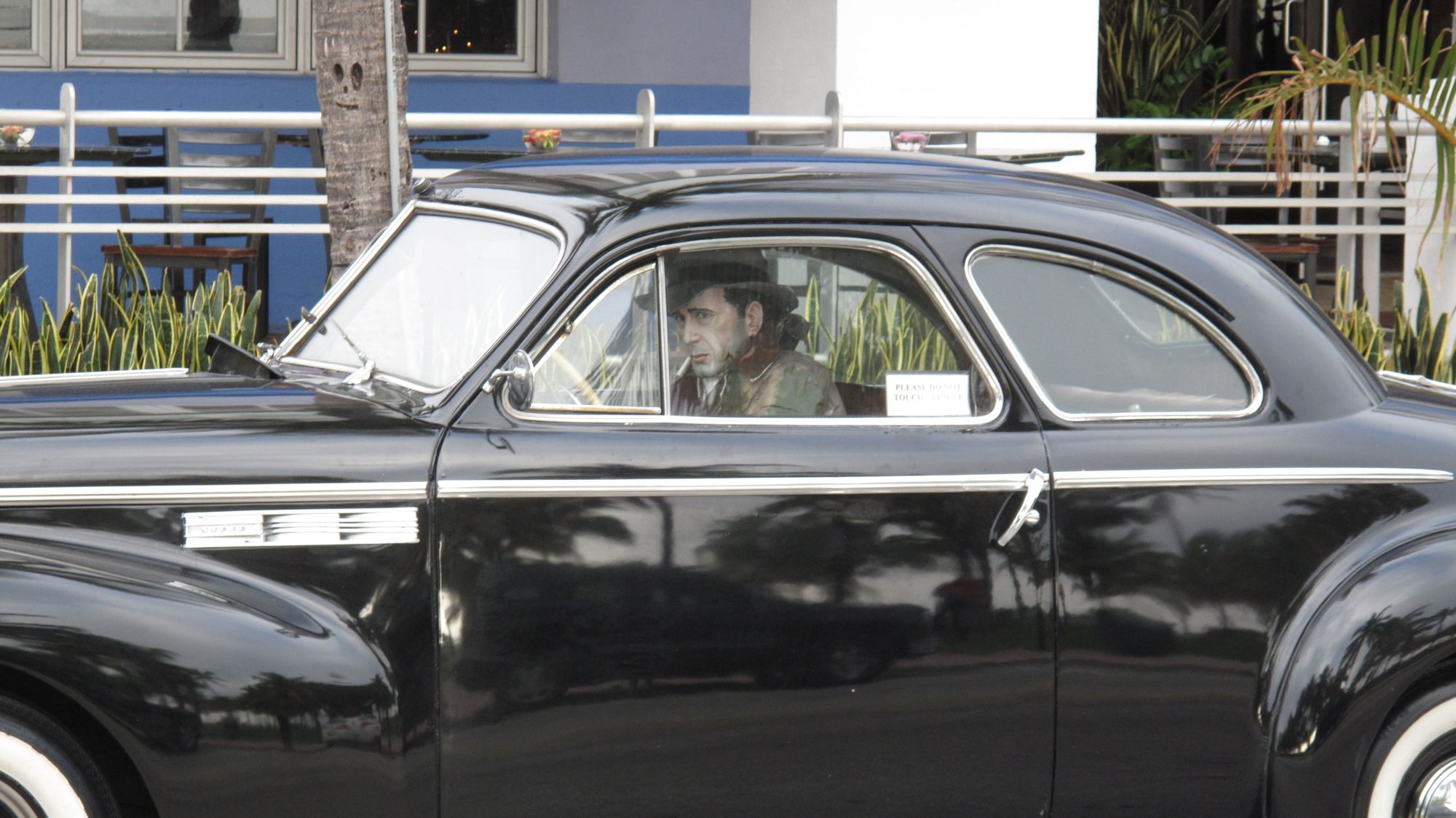
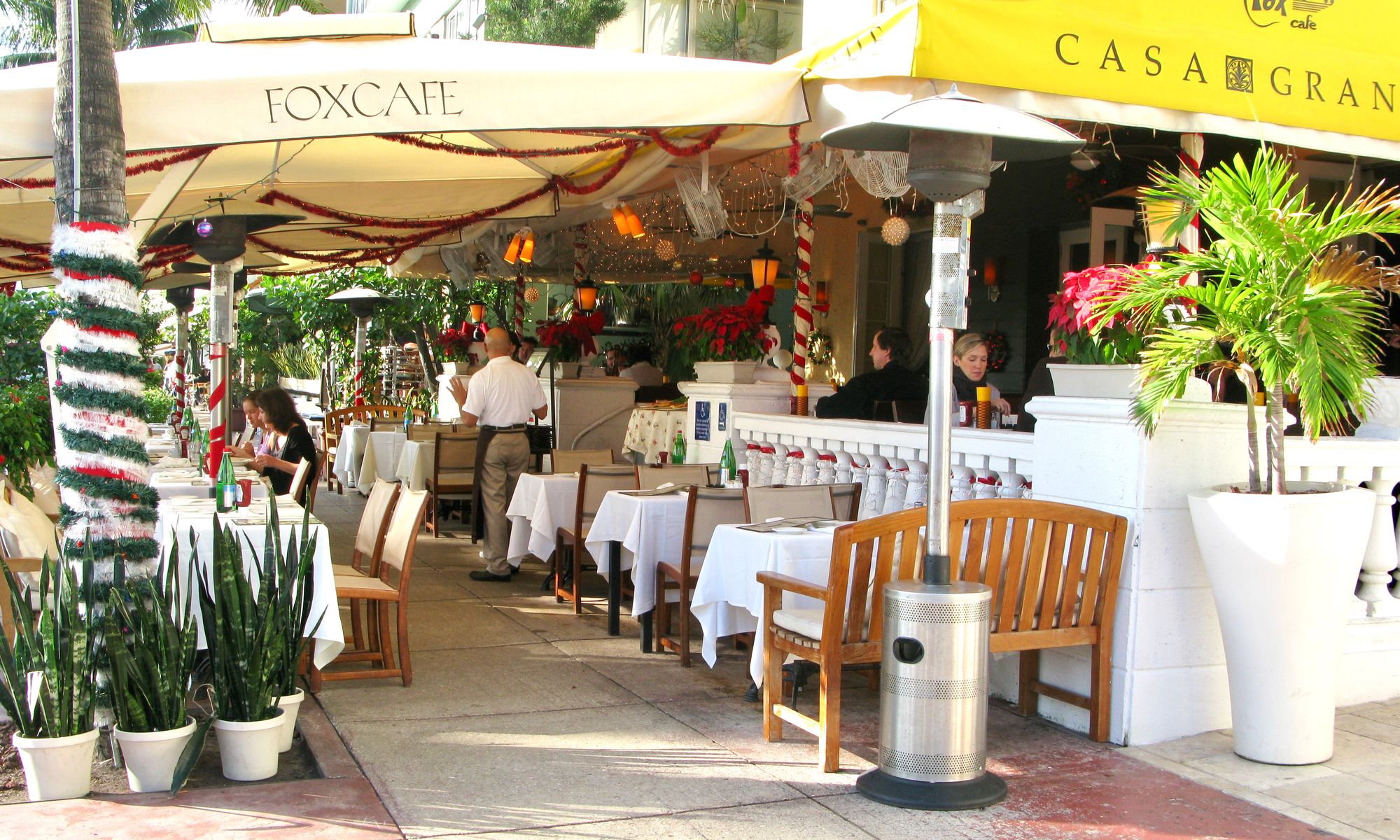
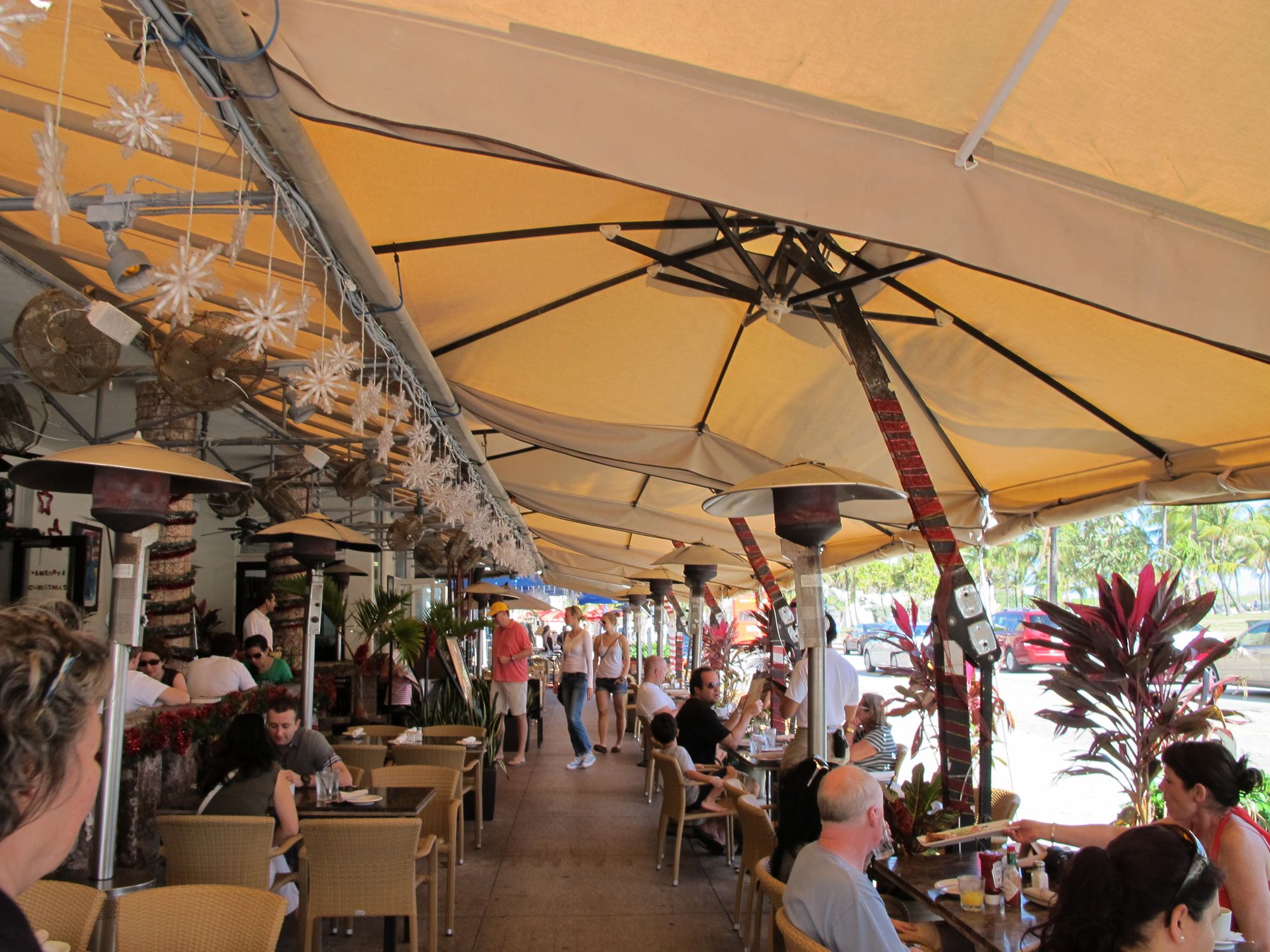
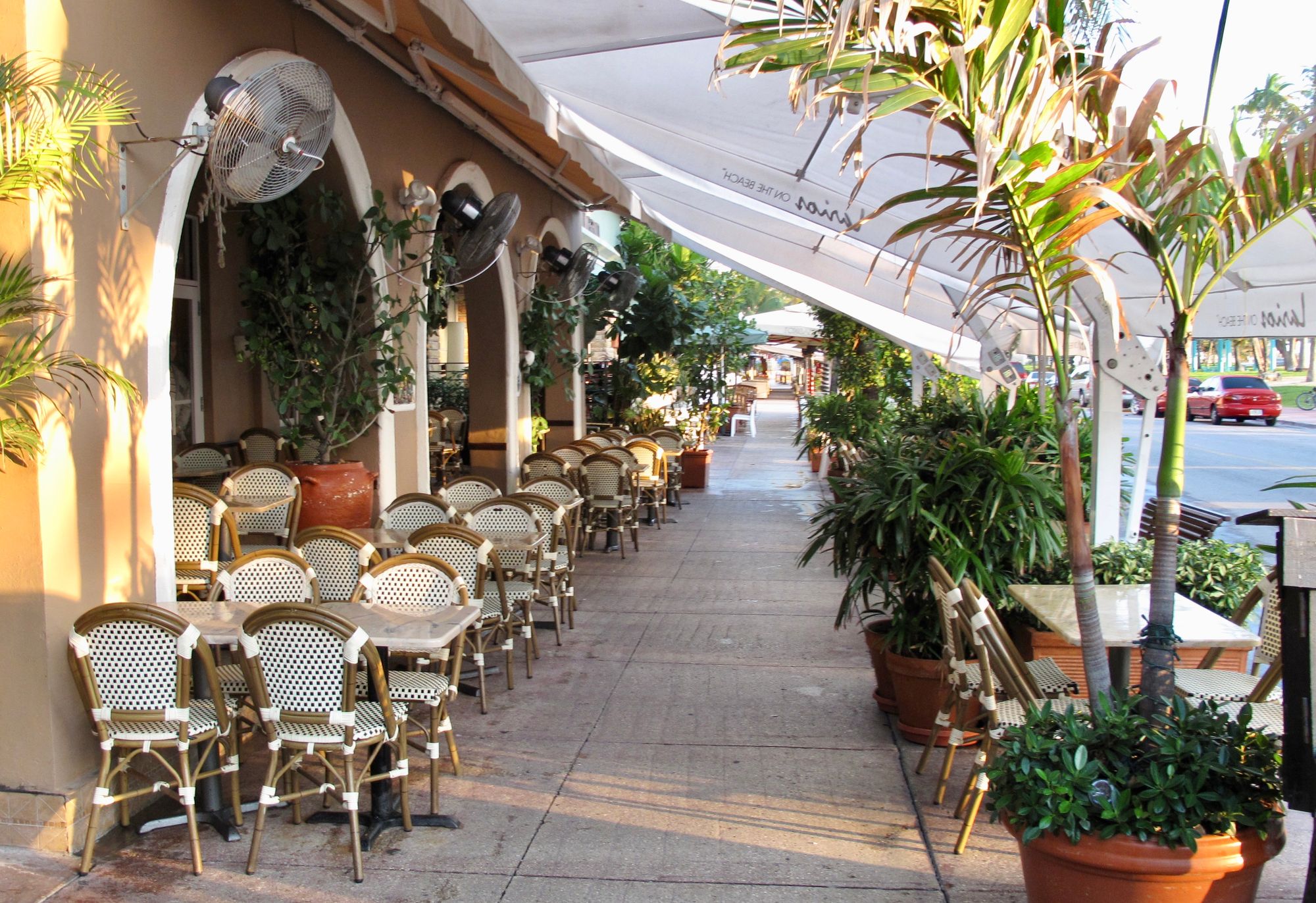
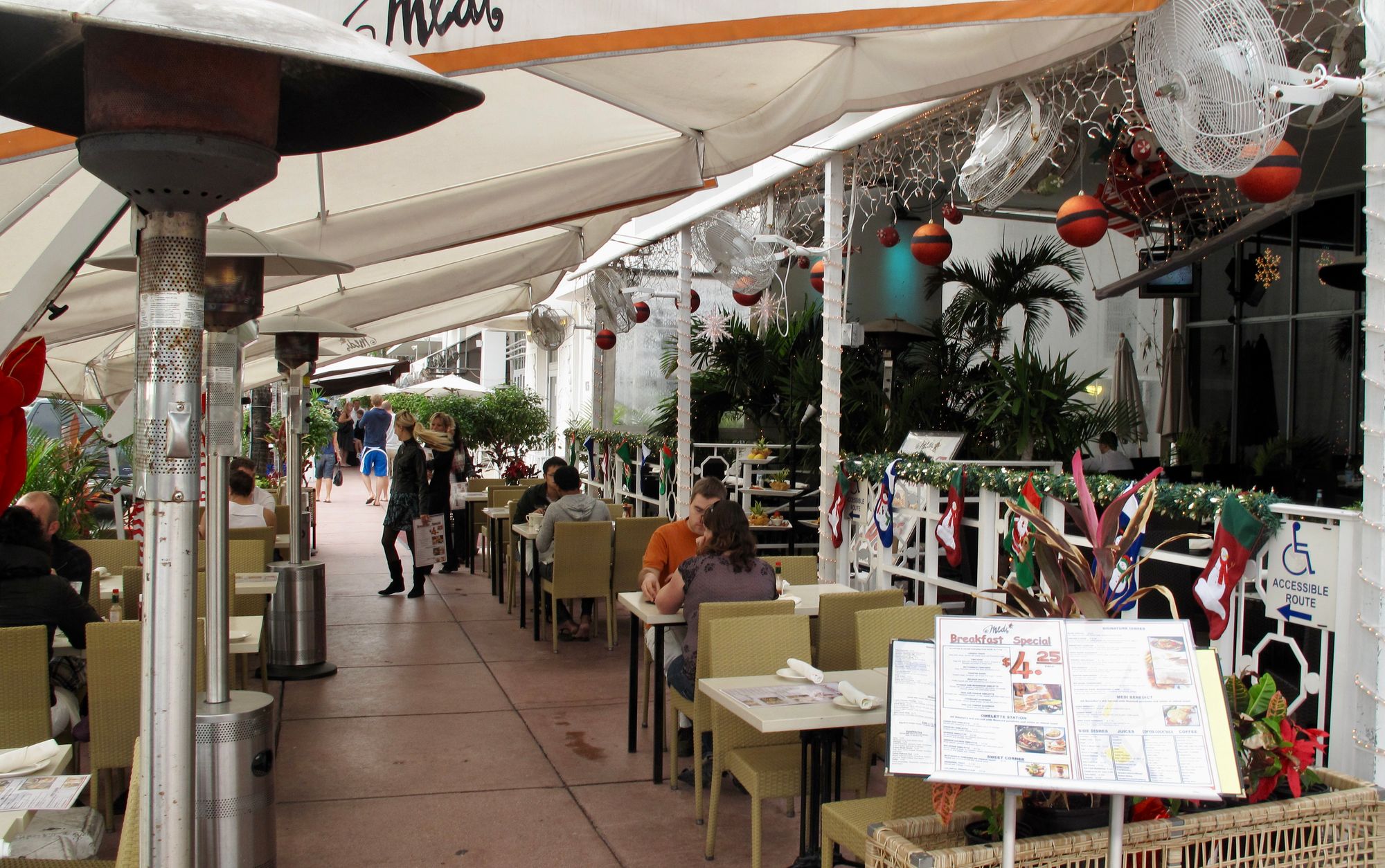
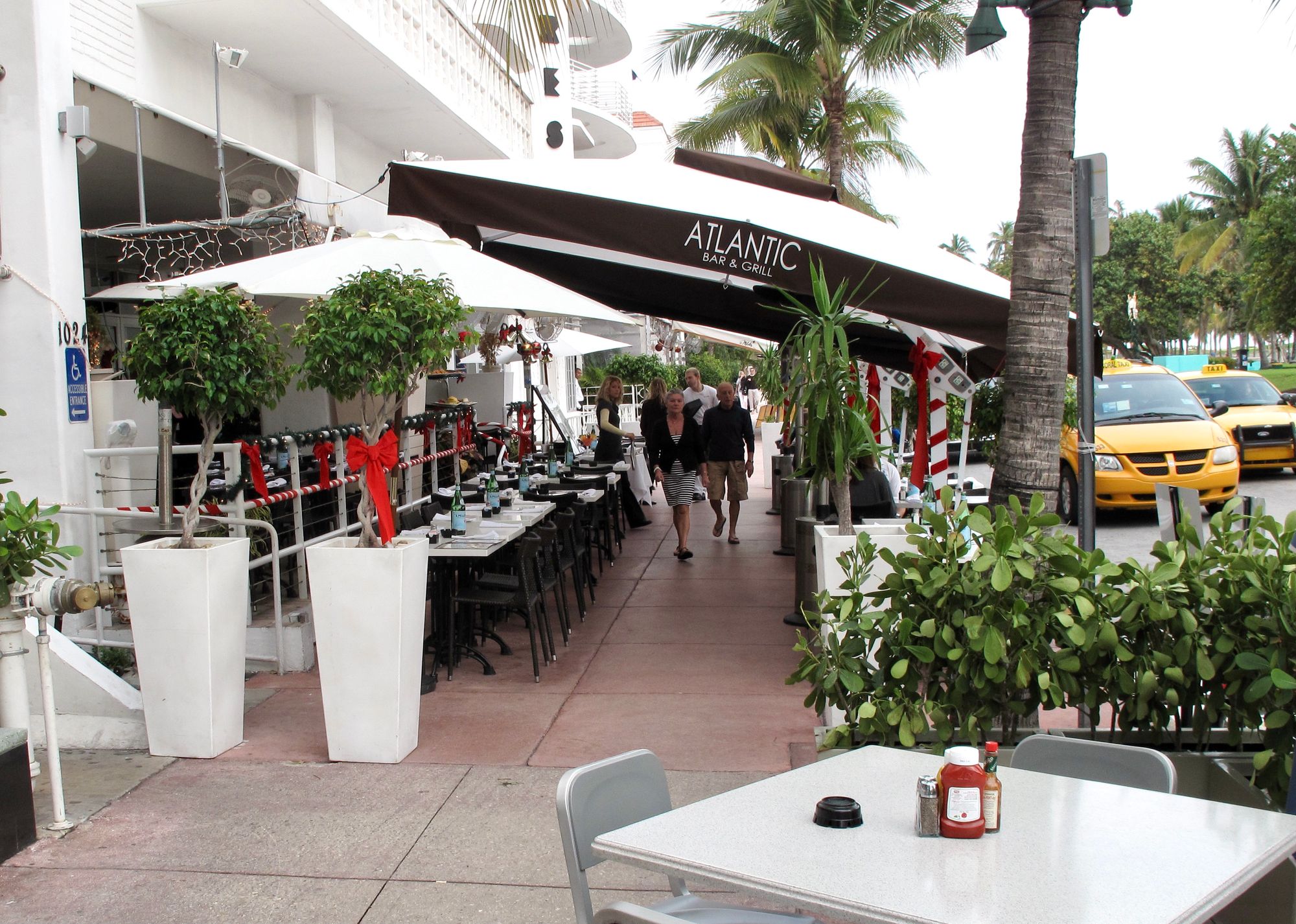
Brisbane
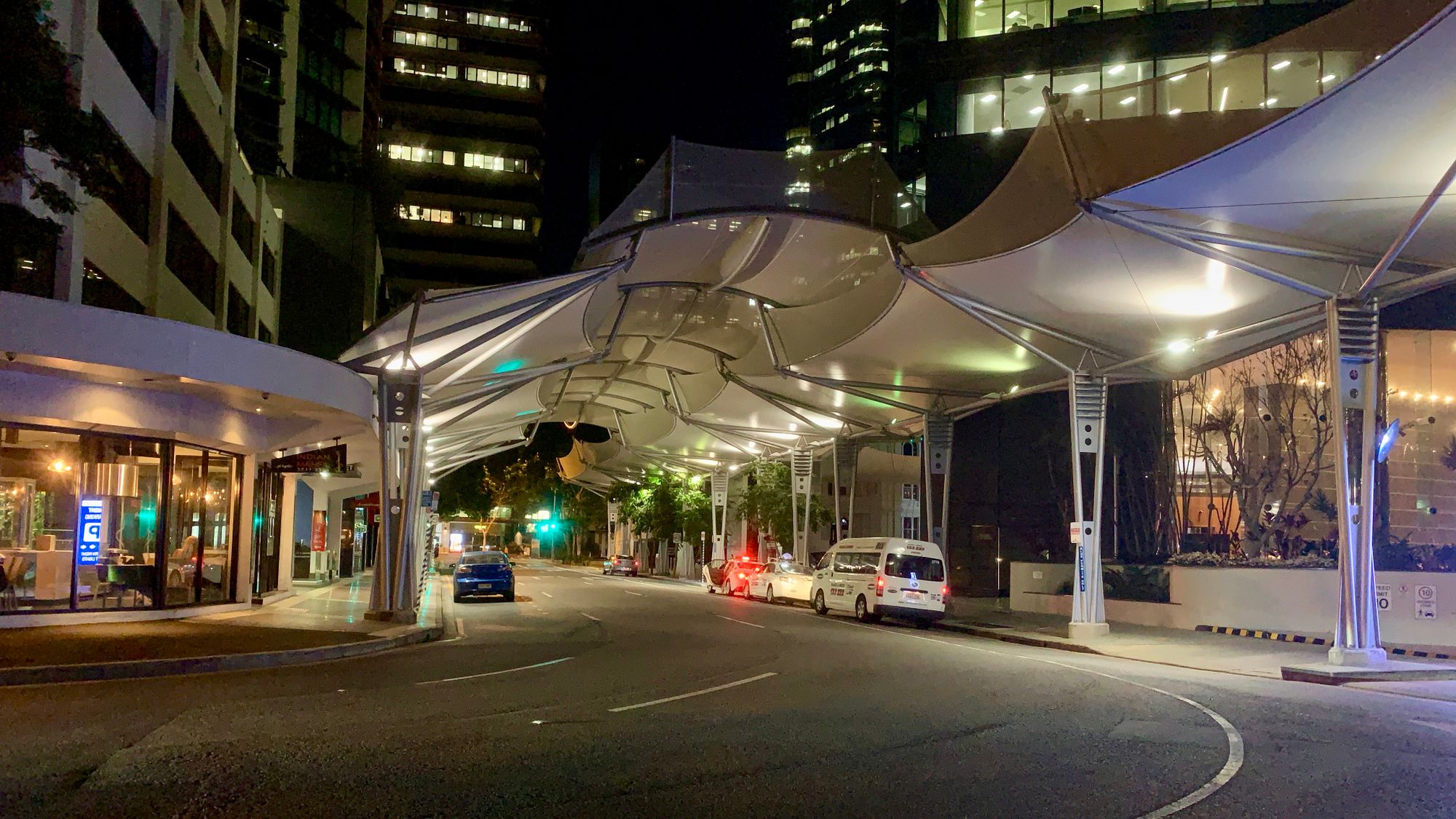
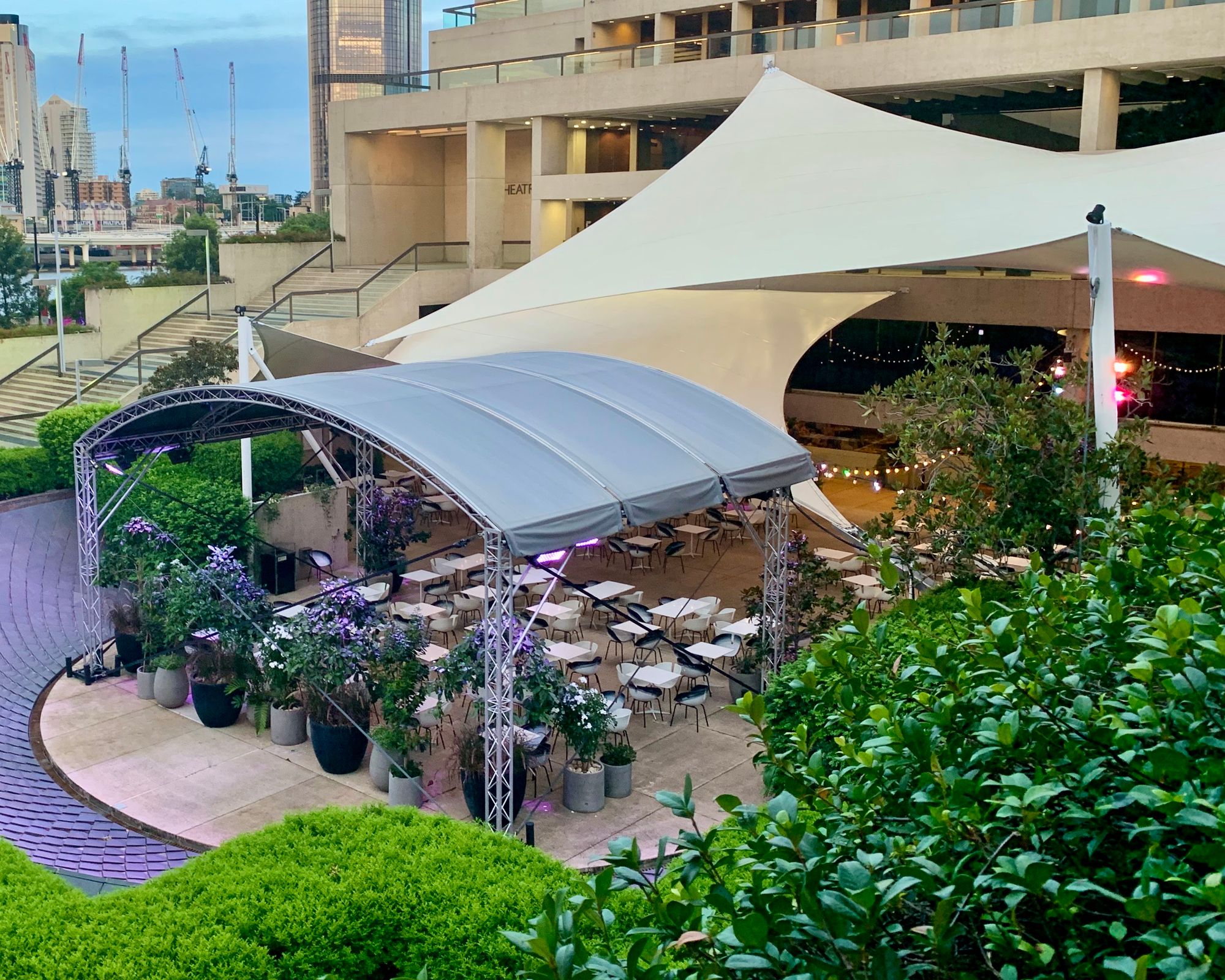
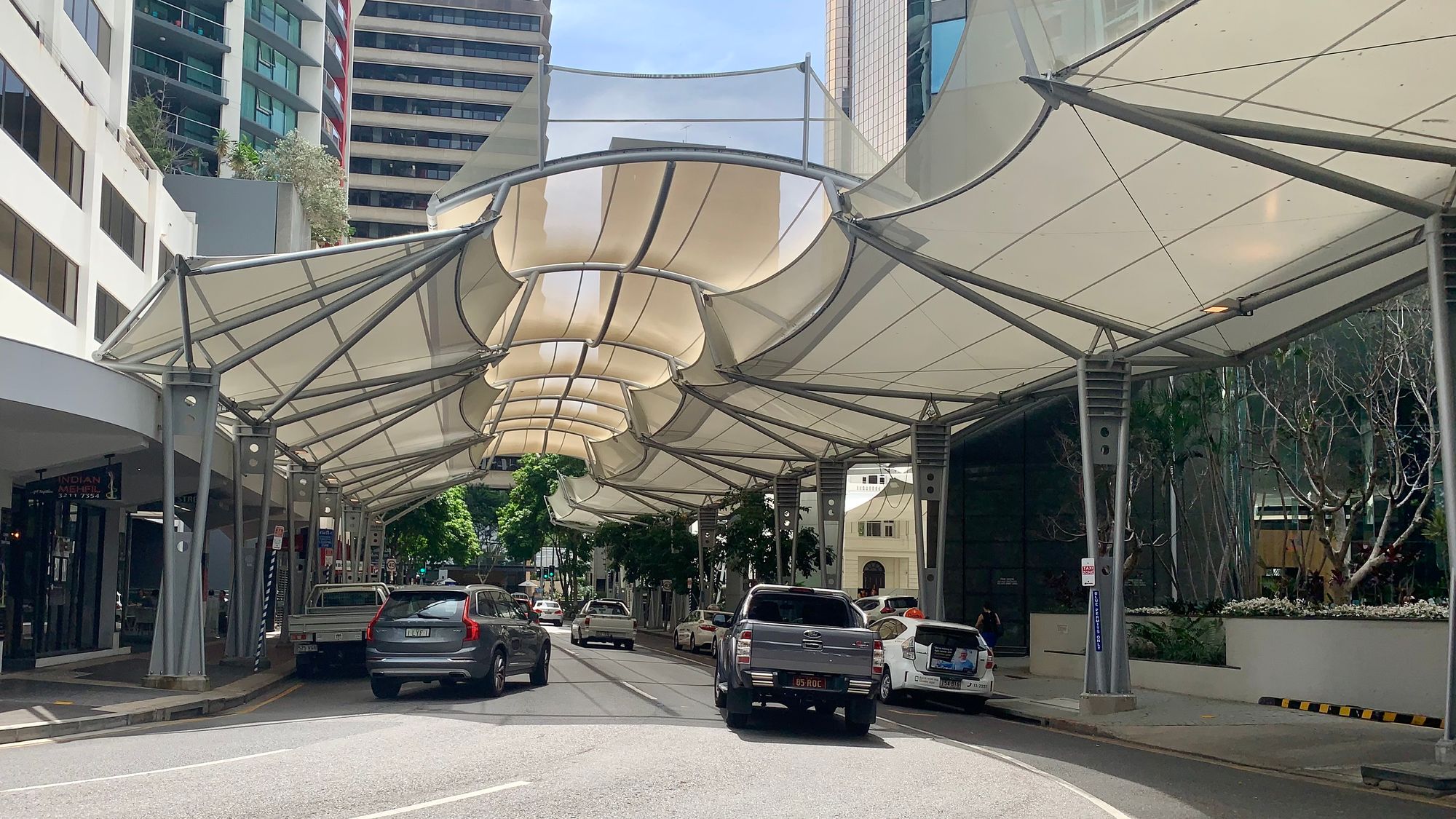
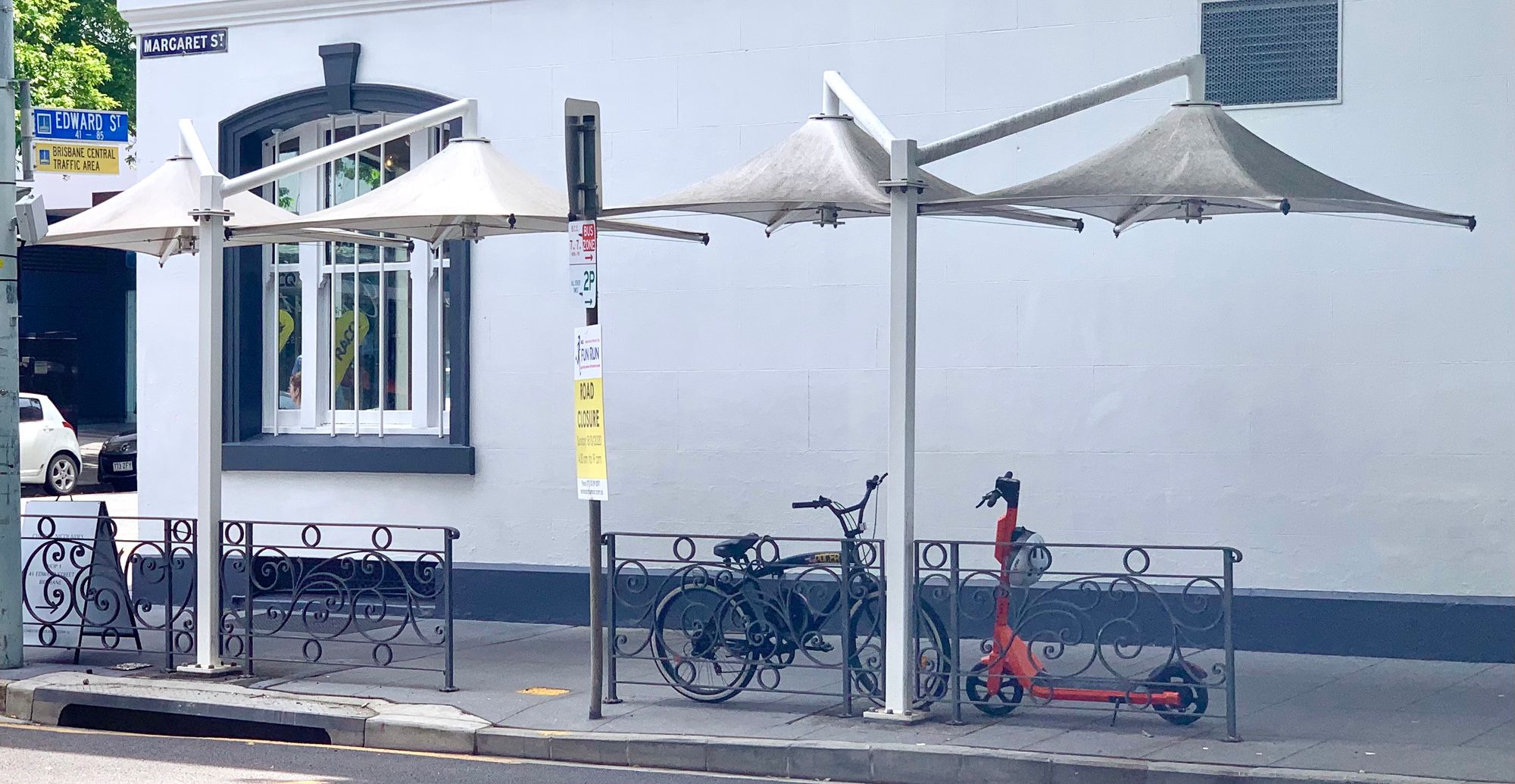
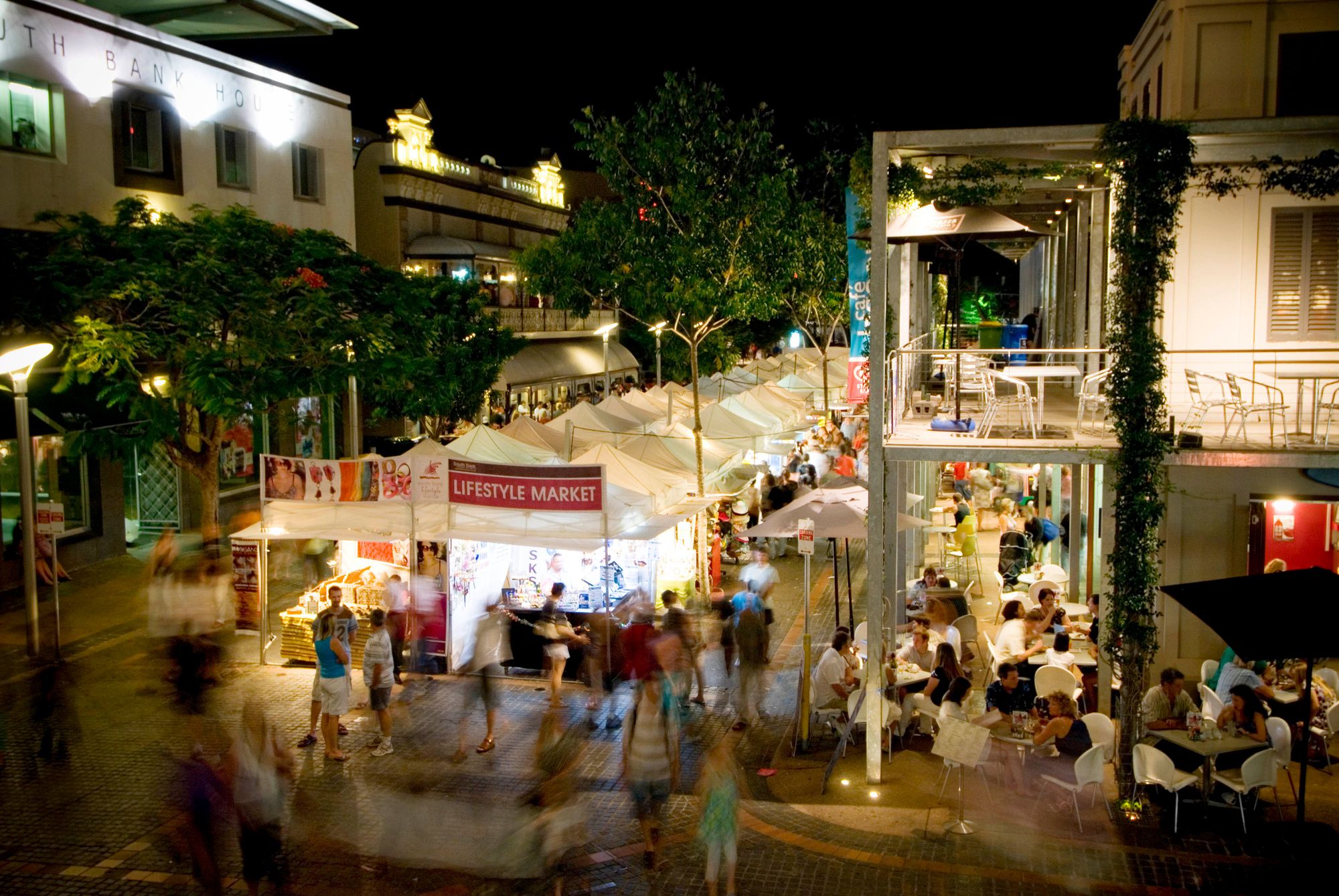
Dubai
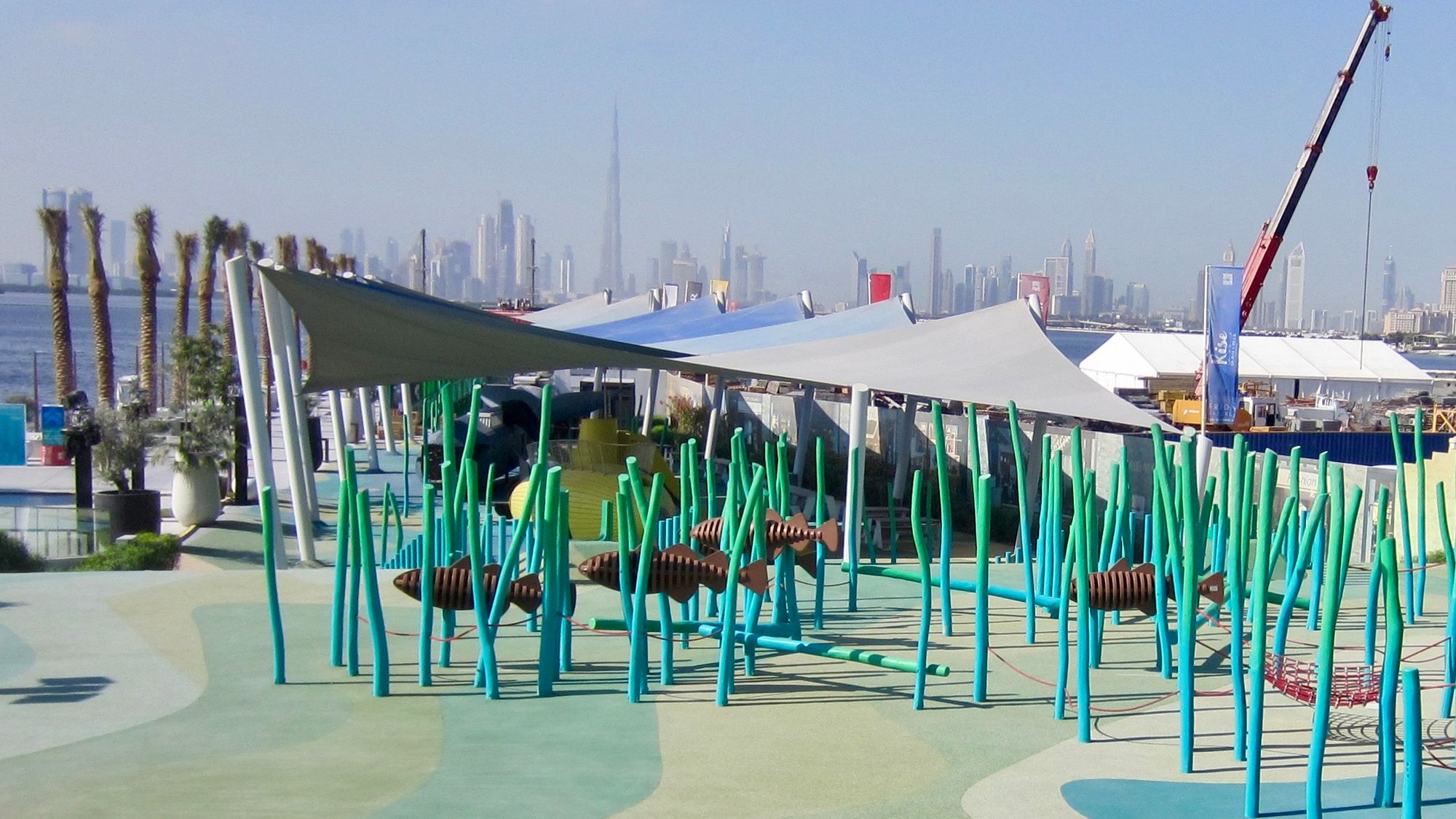
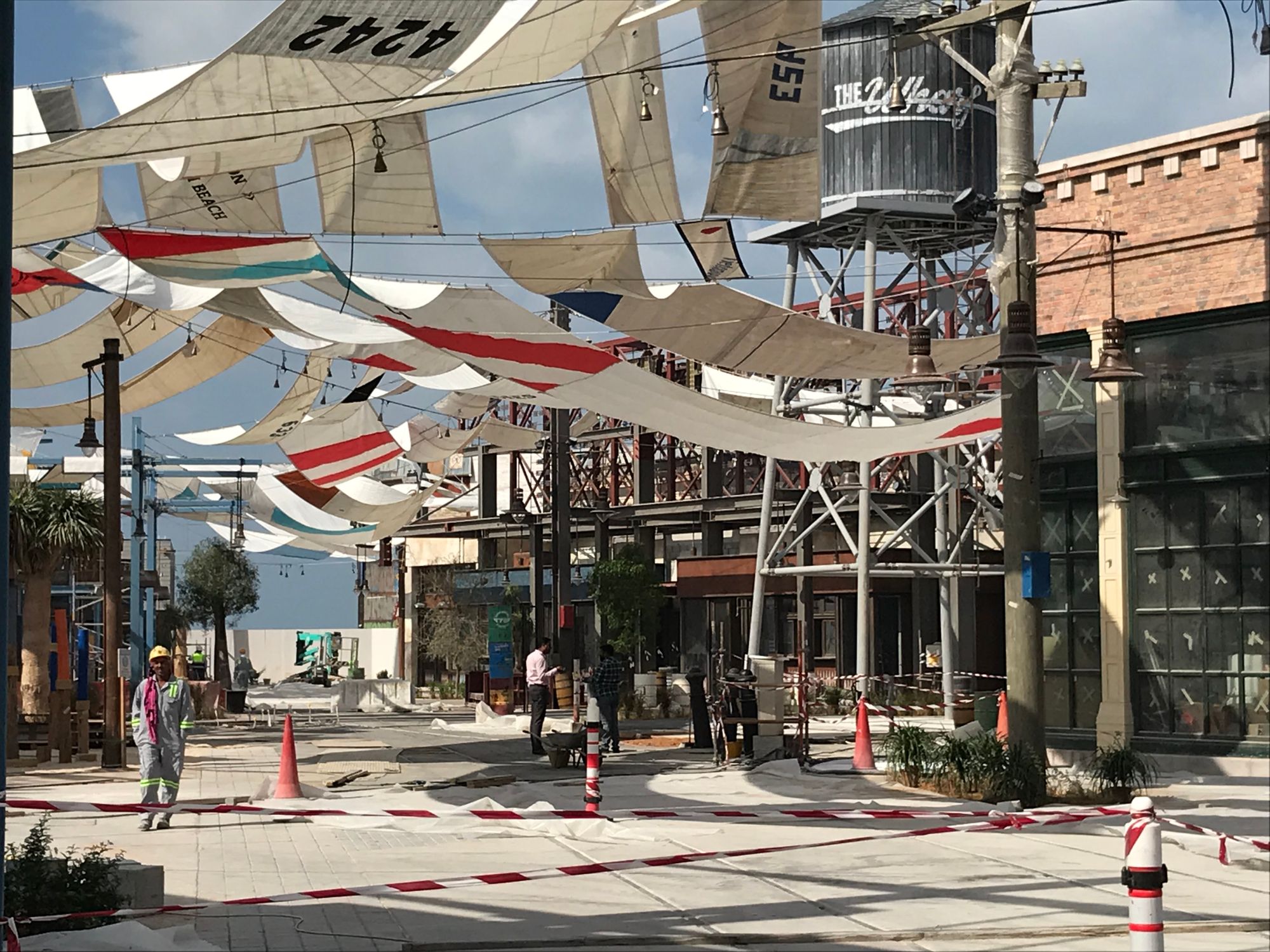
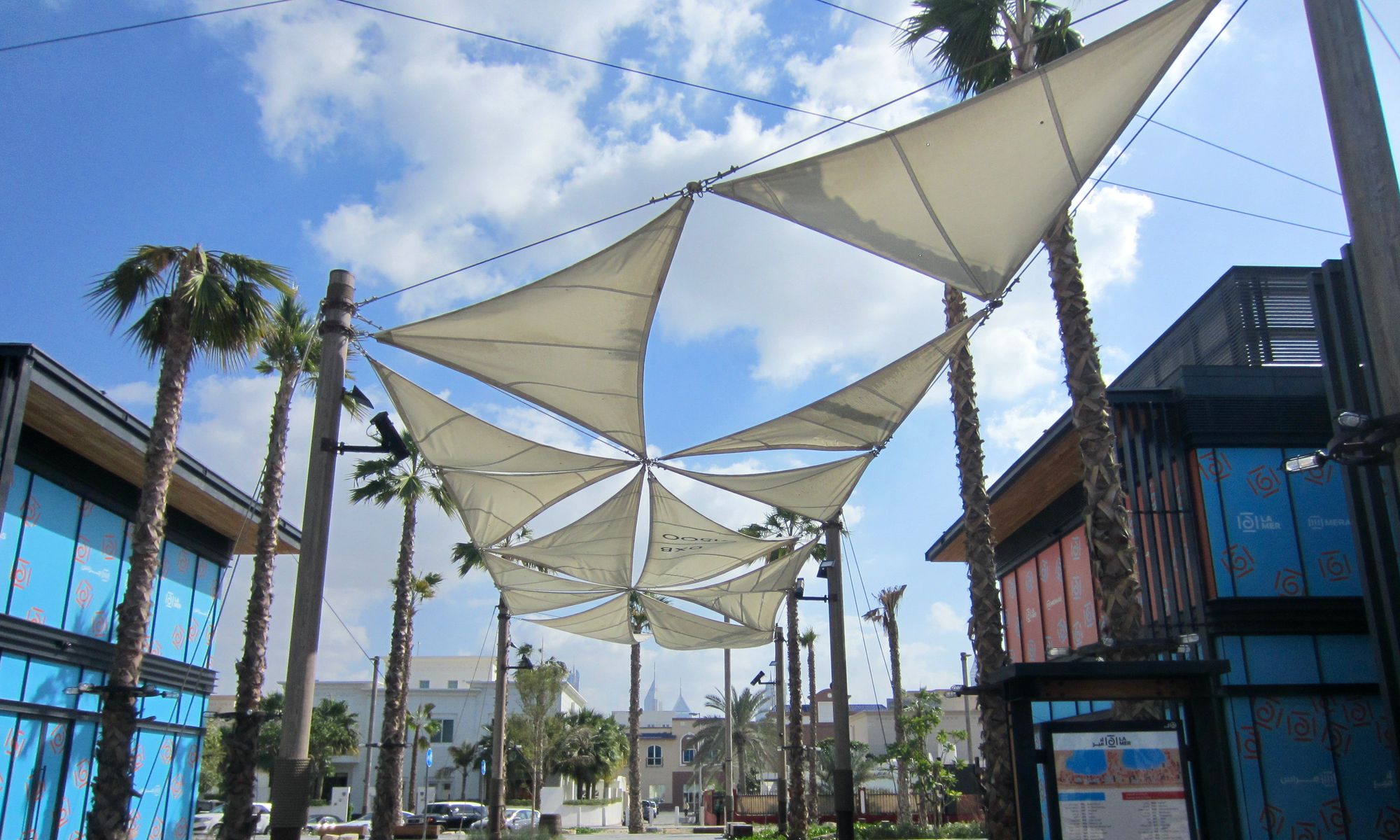
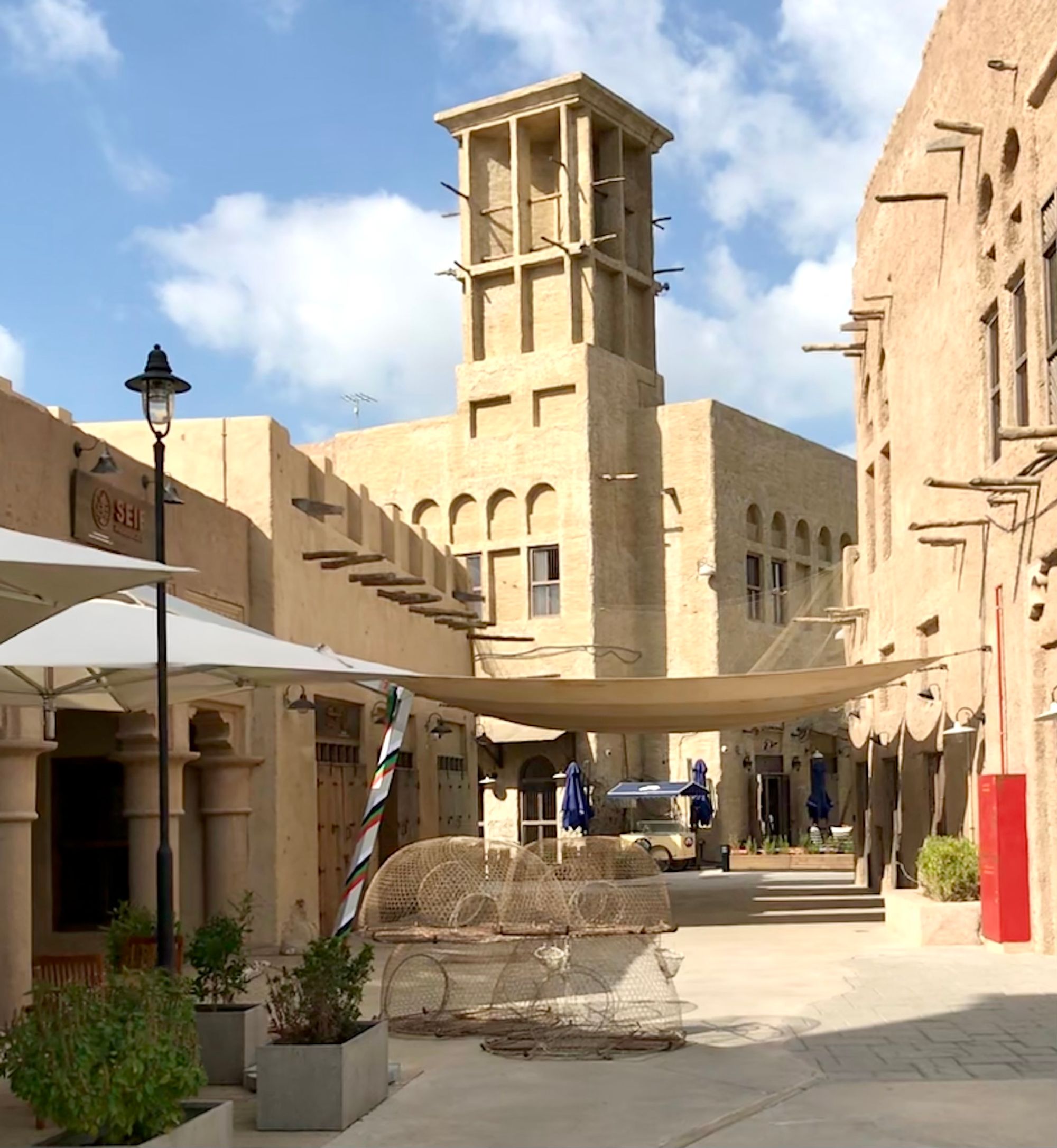
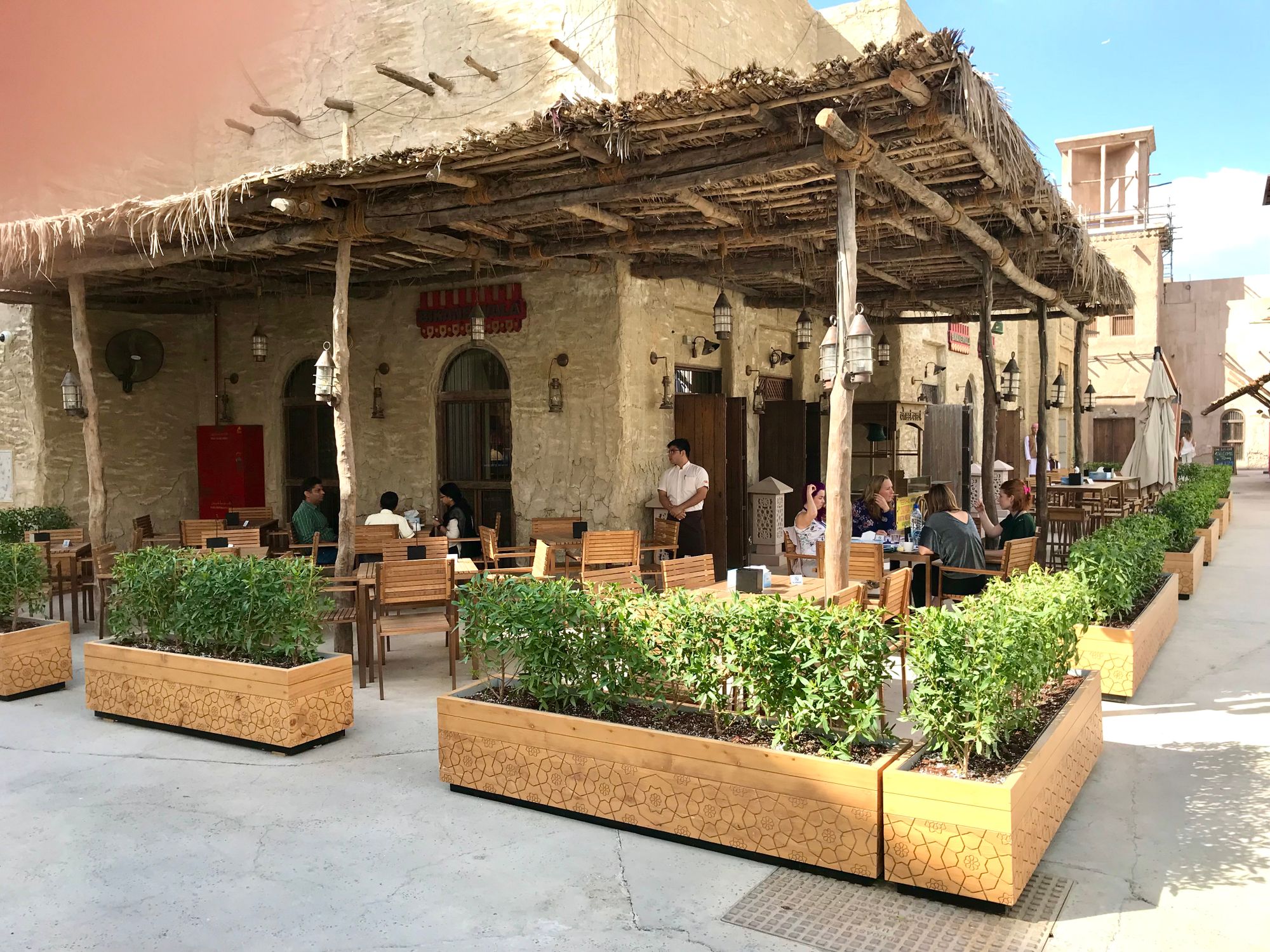
Dubai
Shade Can Be Unusual and Just Wonderful
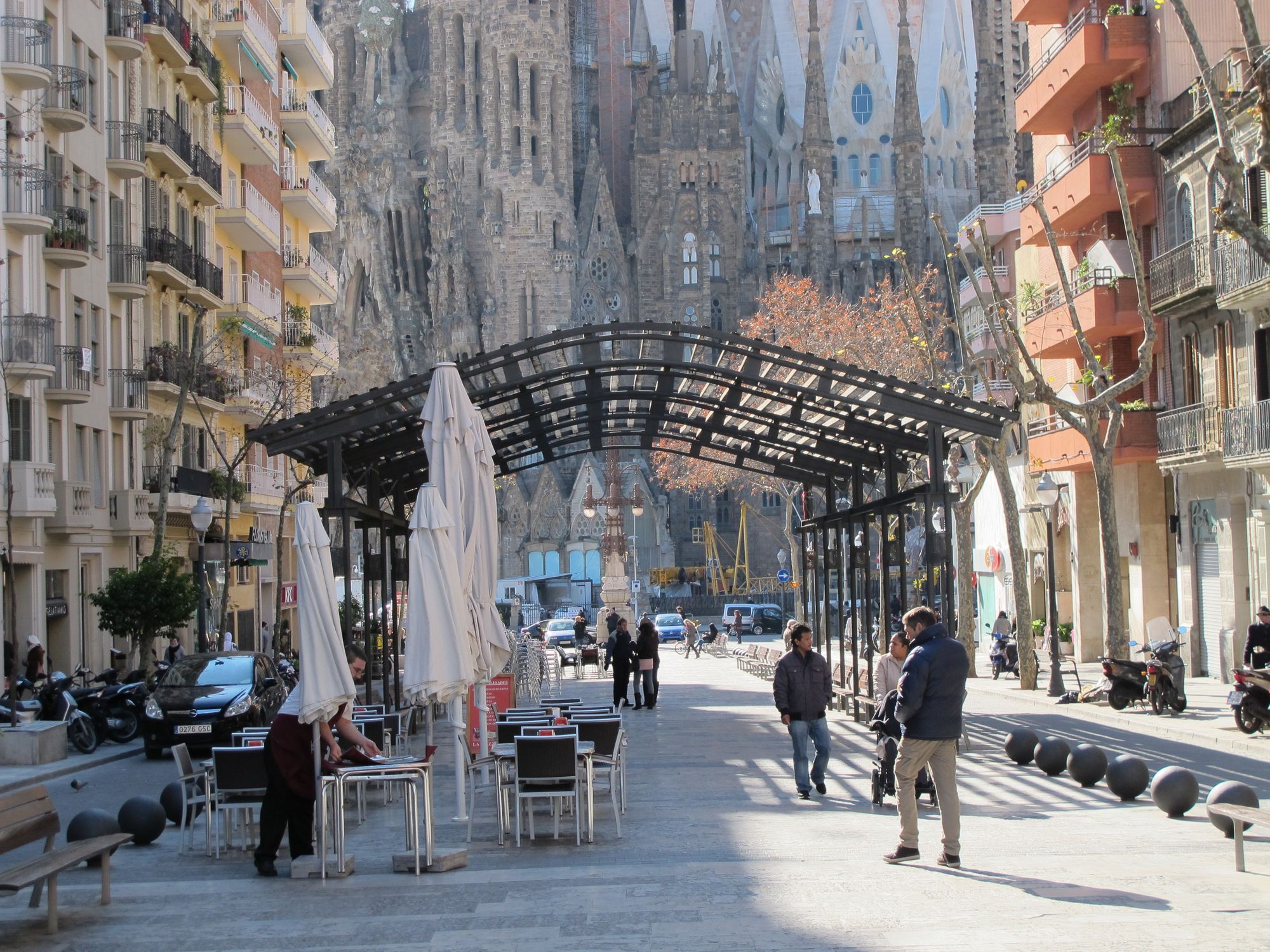
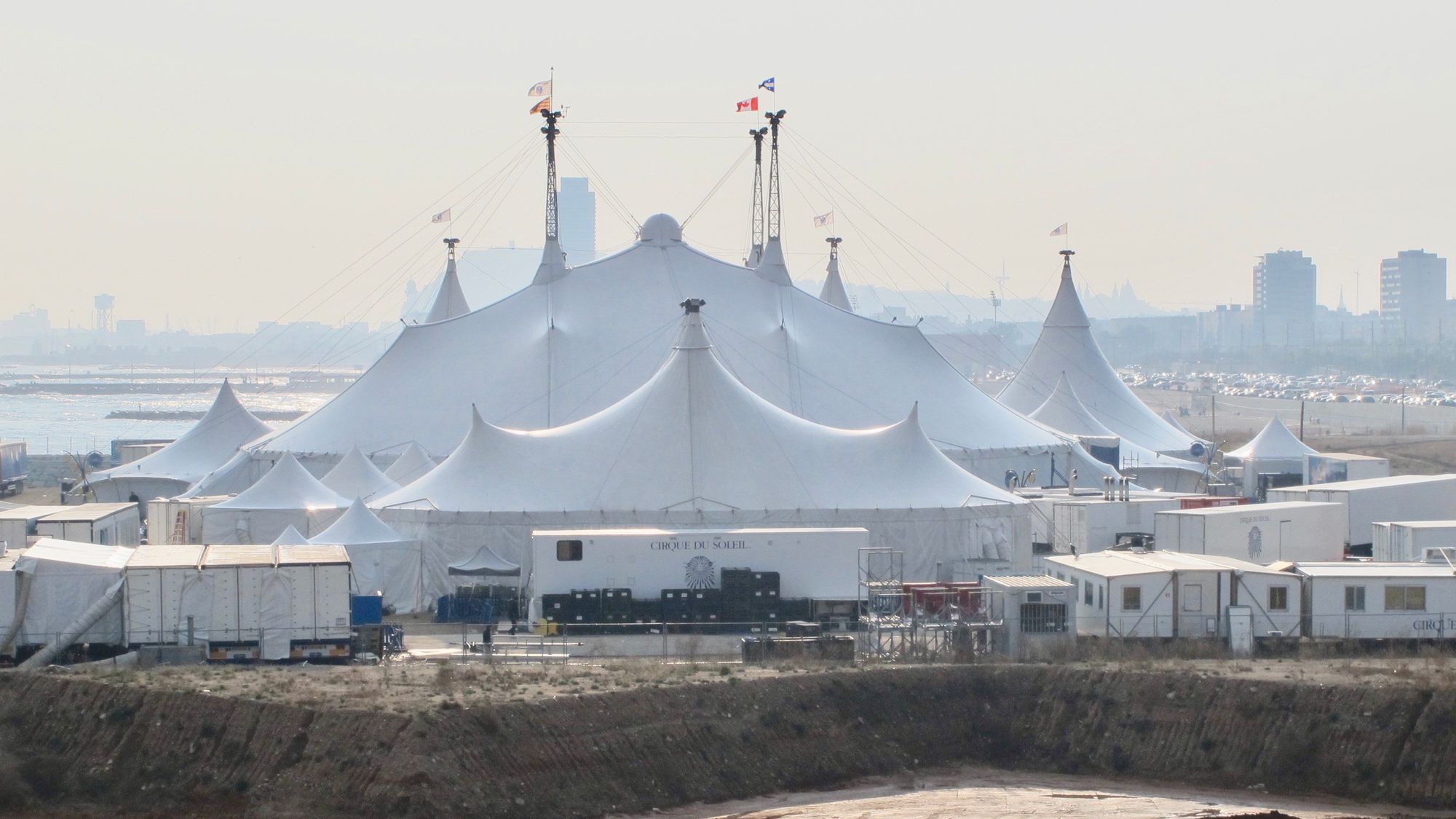
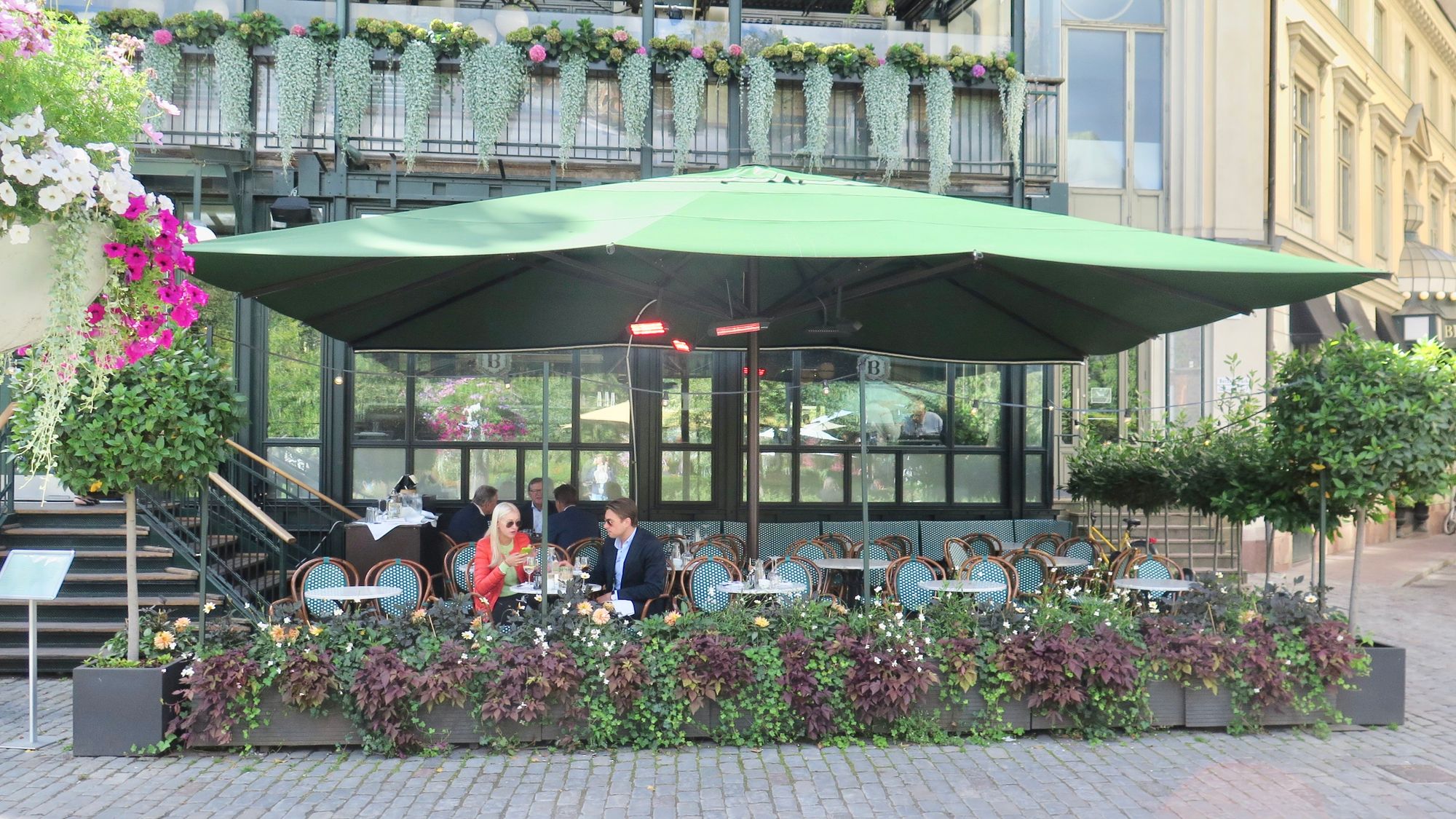
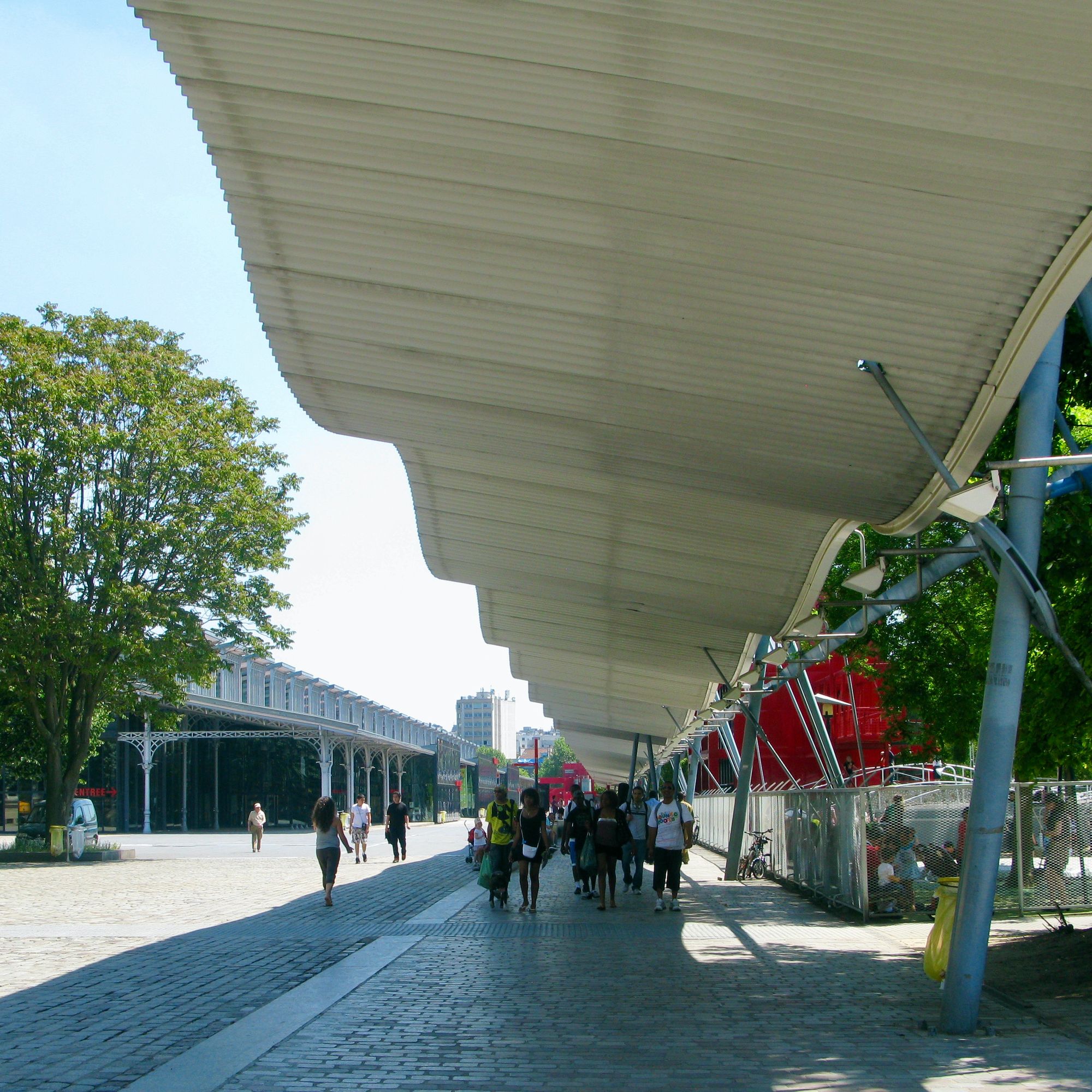
From top left: Barcelona (two images in top row), Stockholm, Paris
Takeaways
Strengthening Assets that Express a City's Character is one of our 11 transformative agendas, a set of ideas that can collectively impact communities everywhere. Shade and seating, when paired together, are a simple but impactful asset.
The overriding takeaway is that shade strongly impacts the lives of everyone, allowing and enticing them to come outside and use public spaces even in the heat of summer. When we create these settings, people spend more time outdoors, and our communities suffer less from the heat-related impacts of climate change.
Research demonstrates that, for various reasons, there are many places that suffer from a lack of shade – it is these places that can arguably benefit the most from an investment in shade. But before these investments are made, it is important to remember that shade can be a part of creating real, shared community places —and our thinking should not be limited to planting trees unless we also consider the social spaces they will ultimately support.
Shade can become an intentional strategy – developed with communities, led by communities. If we do it right, the addition of shade in all its forms can have an enormous collective impact on community health and its long-term effect on sustainability and climate change. Plus, in most cases the cost is minimal.
Other key takeaways
- People are drawn to seating and walking options that are under and nearby to trees and shade.
- Allées of trees expand the area where people can walk, creating opportunities for strolling and spontaneously meeting friends; it also enhances business opportunities by inviting customers to engage with local businesses.
- Using the space around trees and under tree canopies – and shade structures — to provide seating/walking/strolling options is an easy way to provide an essential amenity: a comfortable and cool place to be.
- Seating can be both simple and effective: do-it-yourself options, including unique places to sit, can be the foundation for creating a great public space.
- Sidewalks with shade structures and trees support the social life of main streets and local communities.
- Shade and seating, together, support healthy communities, socially and economically.
Like in all of our articles, we are asking you to share related images and stories with us that might be helpful to others. What we have found going through our collection of images we have taken, we are sure that there are other stories of how people have accomplished similar outcomes in their communities. We hope to encourage you to share your experiences, successes, and failures with us as we explore ways, new and old, to support social life in the places we love.
Related Articles
